Did you like my article?
You can send me a message to get a customized itinerary and quotation for an unforgettable experience.
I'll be waiting for you, so please check my profile and get your trip plan now
I would like to introduce the various tour spots in Tokyo for each category so that you can select the best for your Tokyo tour.
Those categories are as follows.
(A) Museum & modern facility:
(B) Modern sightseeing facility & Cruising:
(C) Japanese Garden;
(C) Temple, shrine etc.:
(D) Sophisticated and Bustling area:
(E) Thema park:
(F) Traditional town atmosphere:
(G) Japanese Modern Architecture:
(H) Sakura sightseeing spots:
(I) Autumn leaves sightseeing spots:
(J) Food market and drinking street:
(K) Experience of Traditional performing arts & events enjoyment:
(L) Crafts art of Japan experience such as Sake brewery and Bonsai museum:
(M) Enjoyment for kids such as Amusement facility, shopping of latest trendy goods, entertainment café and so-on
(A) Museum & modern facility:
(1) Tokyo National Museum:
This museum is appropriate for you to learn Japanese history and related culture for each era.
The Exhibit on 2nd floor shows “Flow of Japanese art” from Johmon era to Edo era.
The Exhibits on 1st floor shows sculpture, clay, sword and so-on.
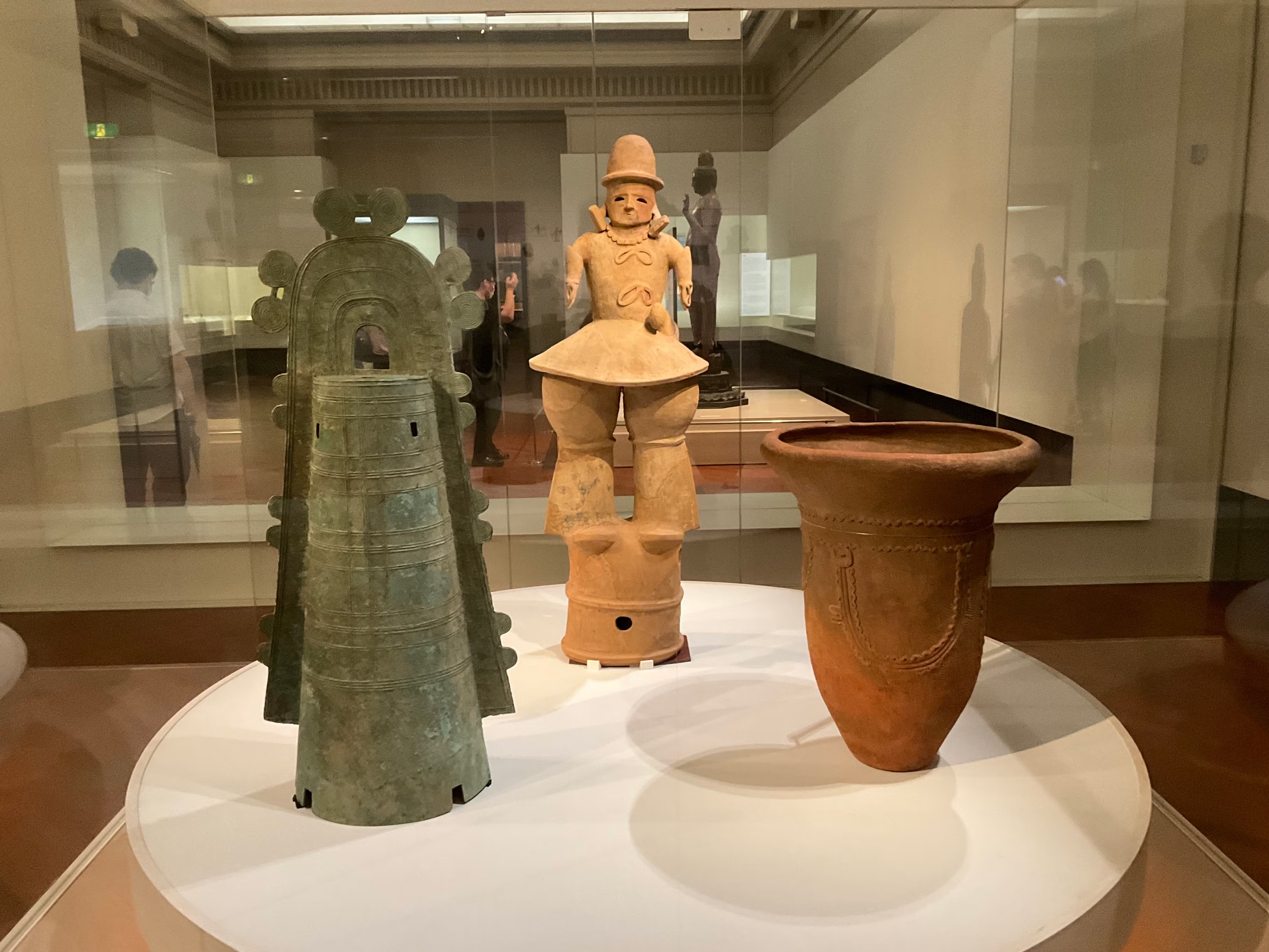
Bell-shaped bronze vessel in BC4th – AD3th
Haniwa in the Kofun period:AD250-AD540
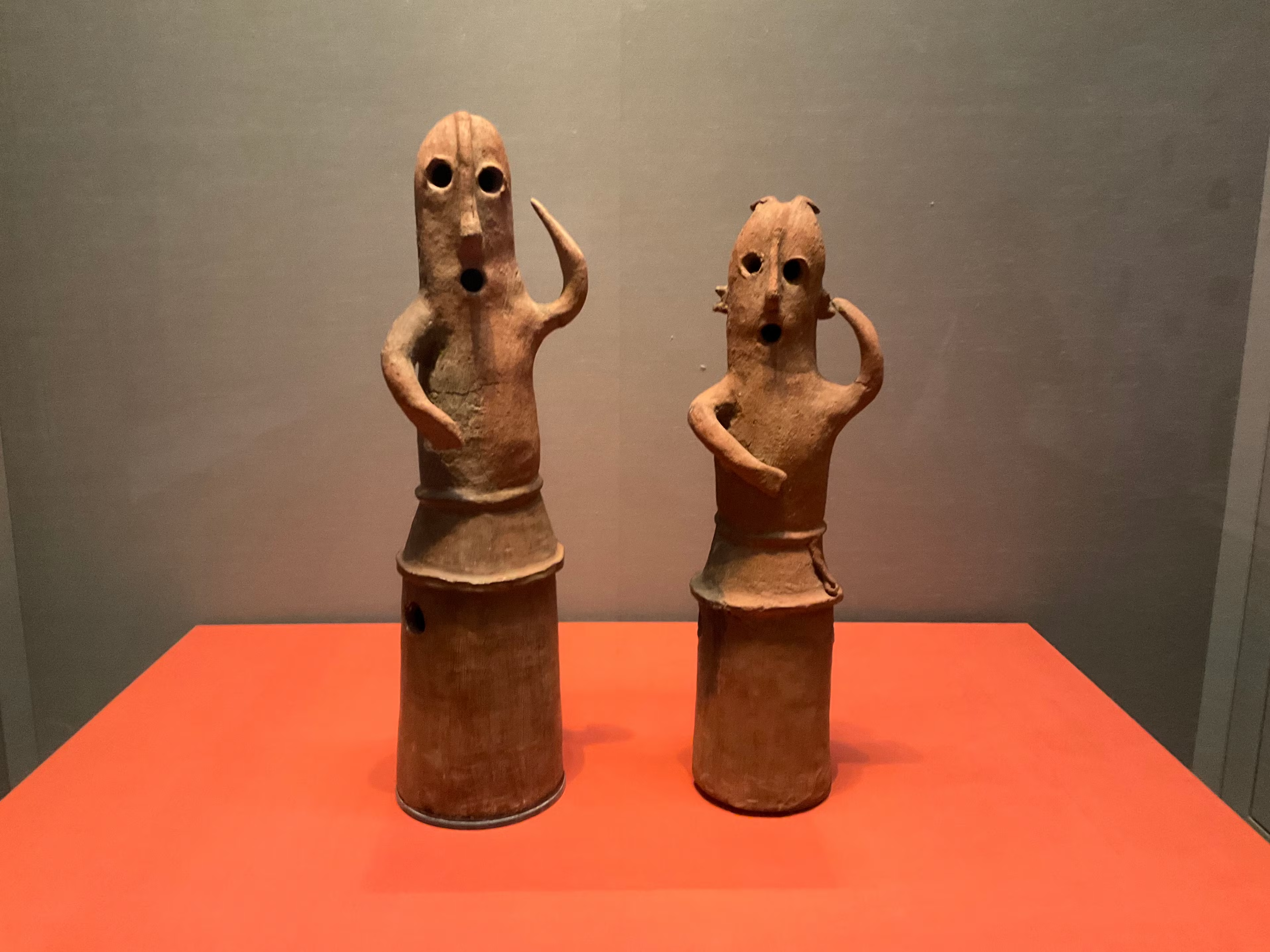
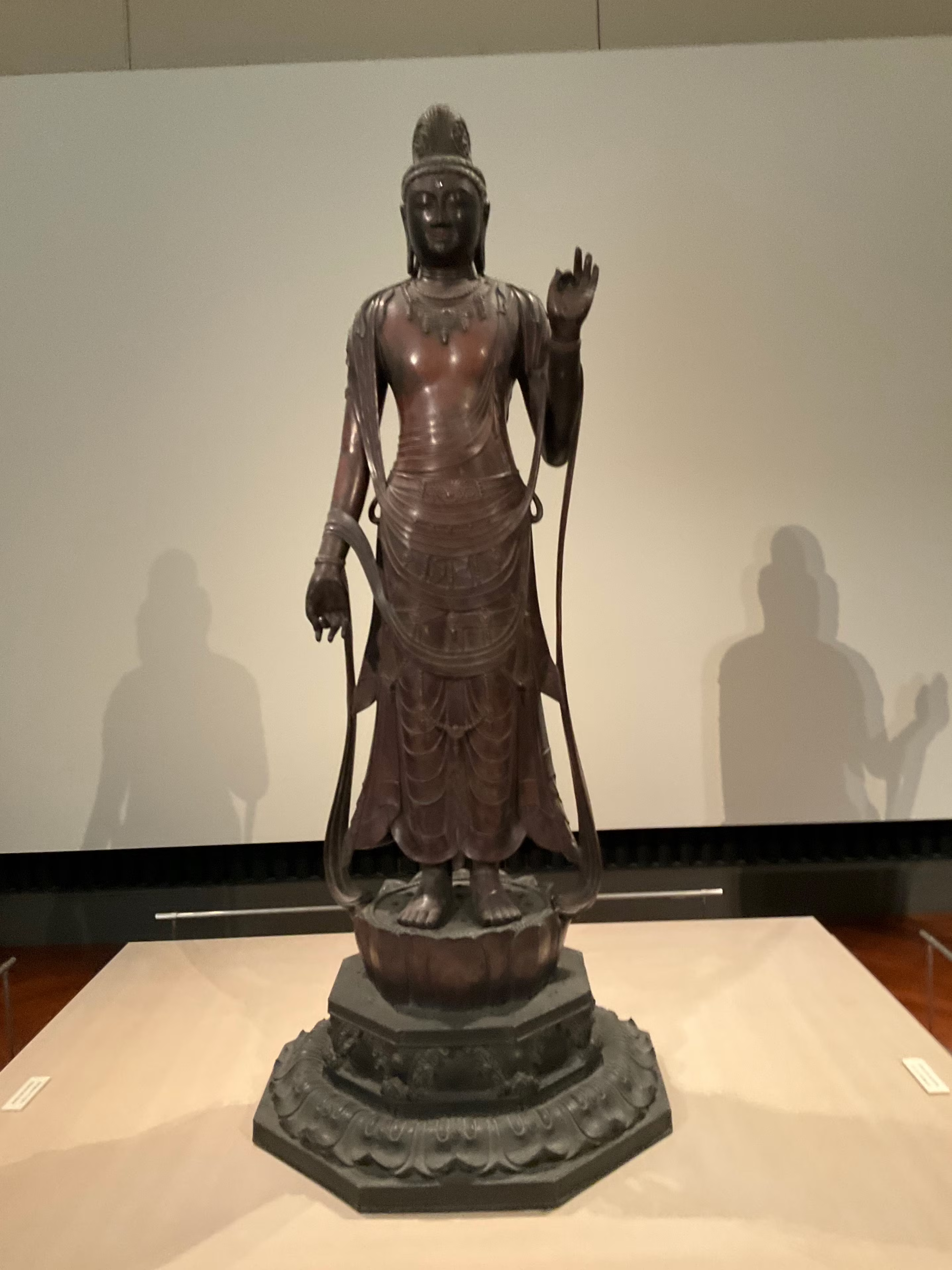
Budda statue in AD7th

Samurai armor in AD12th
Zen & Ink painting in AD16th
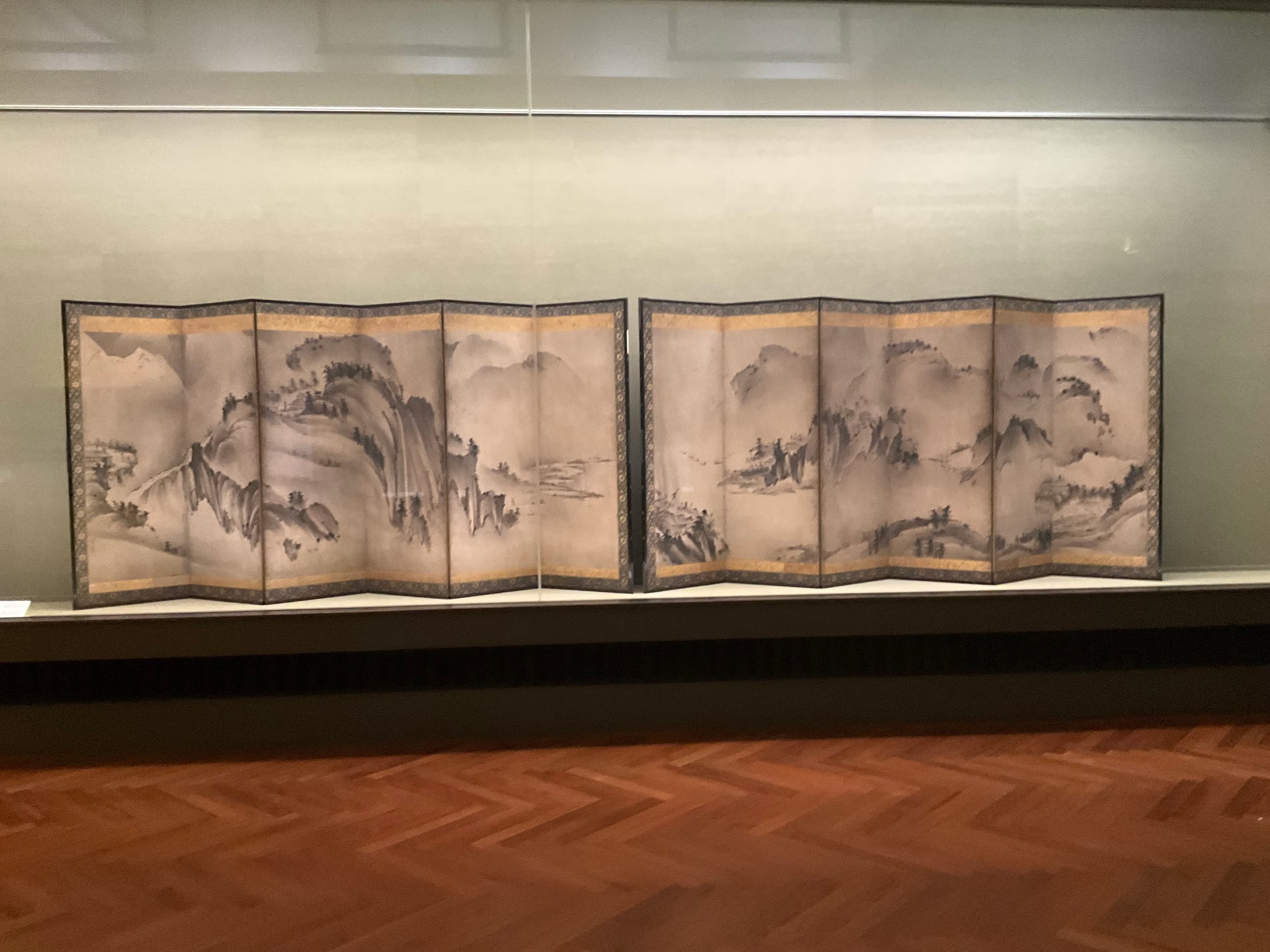
Special Exhibit “beauty of art during Jomon of 10k years” *
Johmon era had started around 13k years ago. People in the era who had executed hunting, fishing and collection created various type of tools during their daily life which are very much fascinated and powerful. This exhibit shows those tools gained from all around Japan created during the Jomon era.
(2) National museum of Western art:
This museum was founded in 1959 specialized for western art. Western paintings painted from end of Medieval age to beginning
of 20th century and France modern sculpture of mainly as Rodin are exhibited through out a year.
Currently, over 6000 pieces including paintings, sculpture, sketch, woodblock print and craft products are stocked in the museum.
Also, This museum building architecture designed by a famous architect named Charles Edouard jeanneret, known as Le Corbusier was registered as World cultural Heritage in 2016. The name registered for this architecture is “Architecture art by Charles Edouard jeannere – Extreme contribution for modern architectural establishment”.
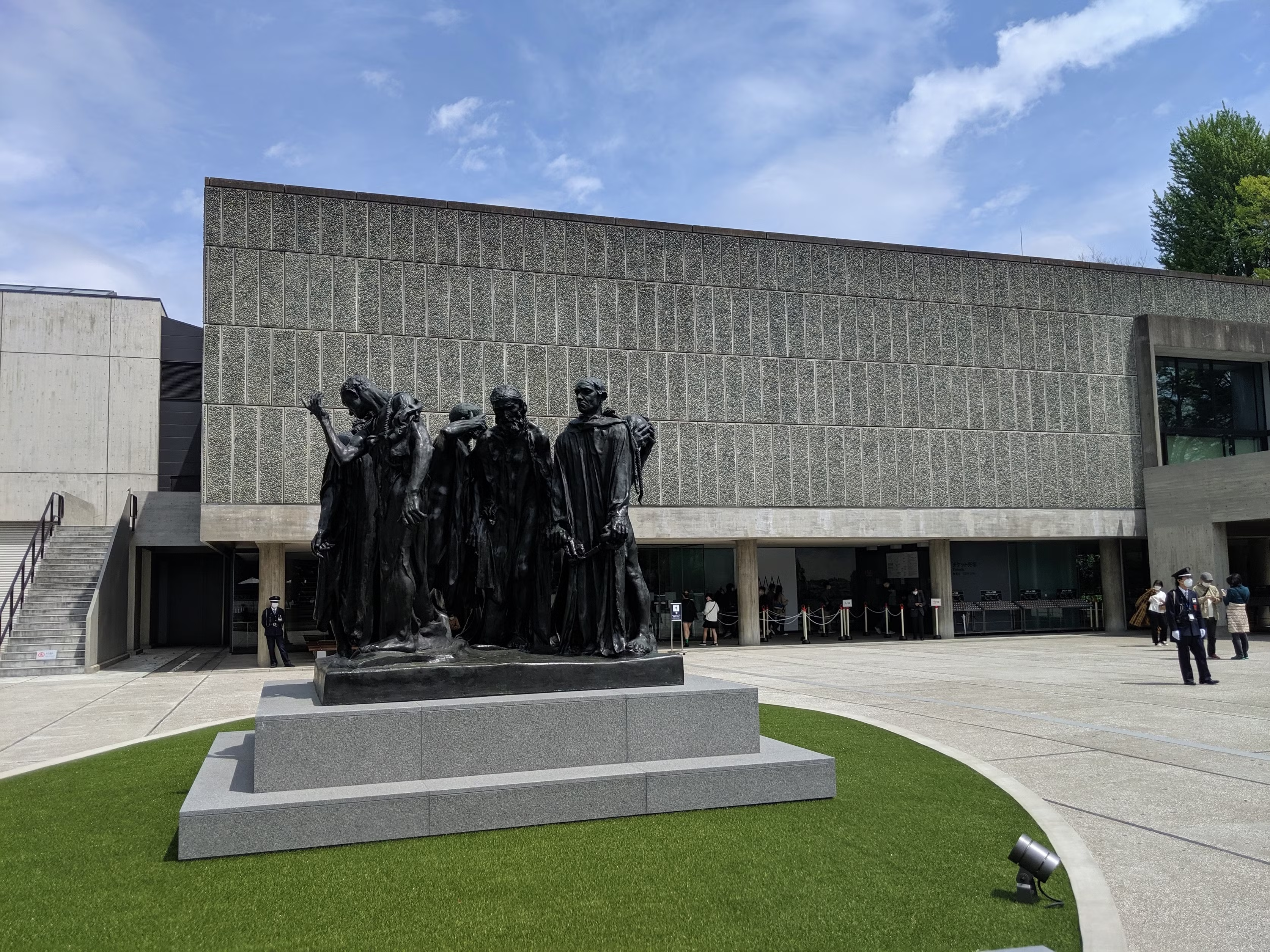

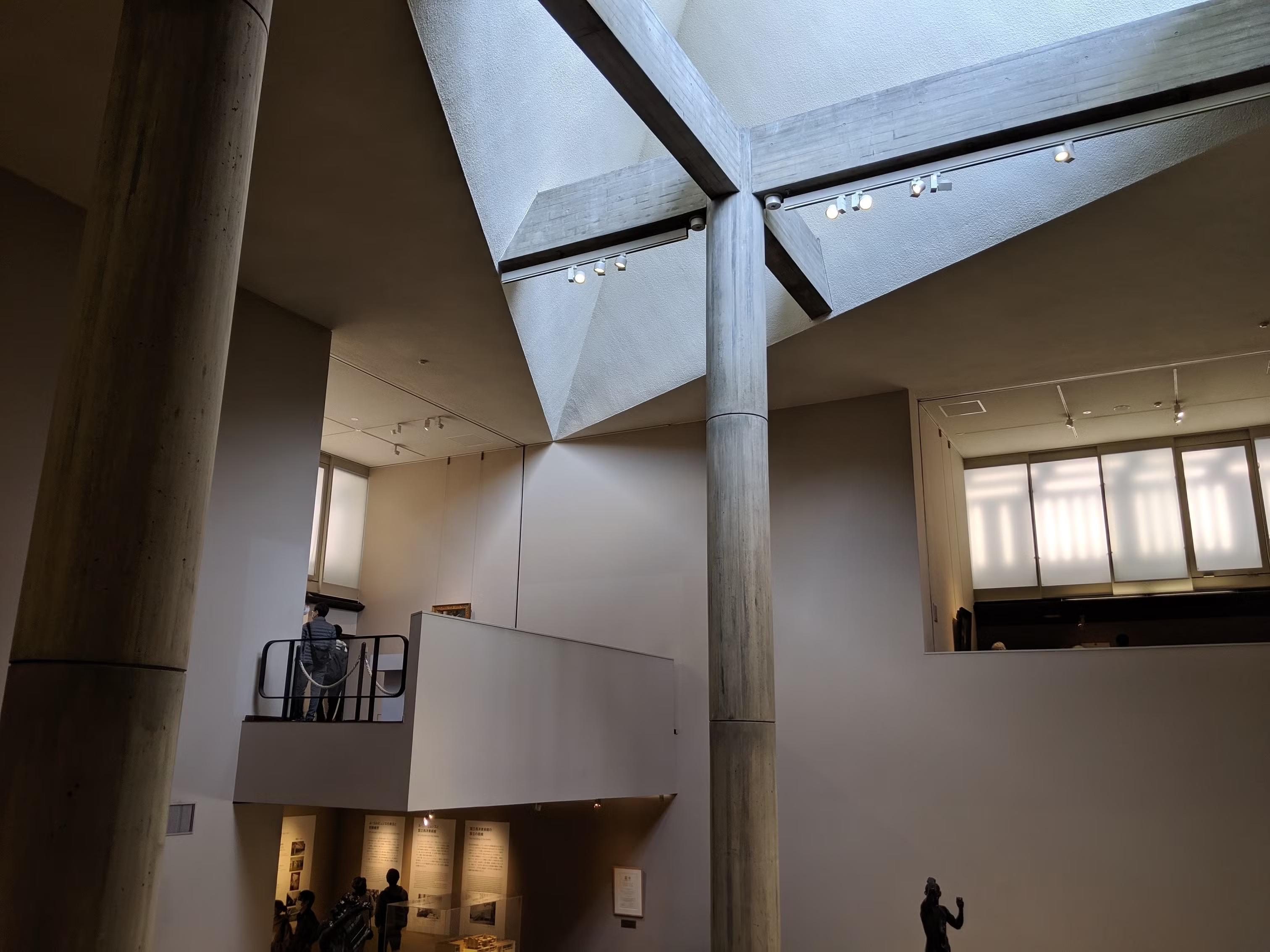
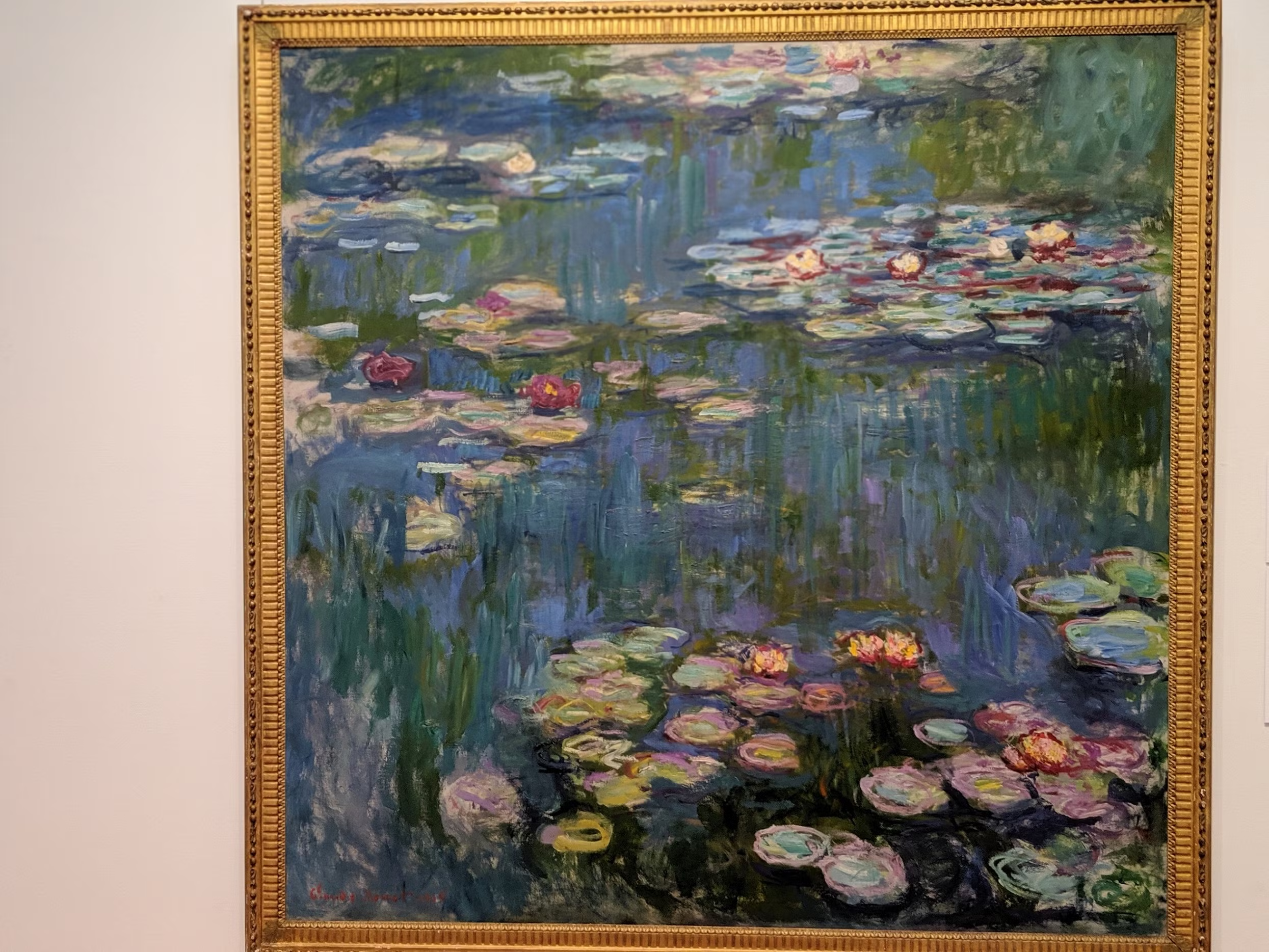
(3) Tokyo National museum of Modern art:
This museum stocks more then 9500 pieces of art such as paintings, sculpture, sketch, woodblock print, watercolor paintings, photos and so-on. Around 180 – 250 arts of the beginning of 20th century to the present day are selected within total stocks and exhibited from 2nd floor to 4th floor.
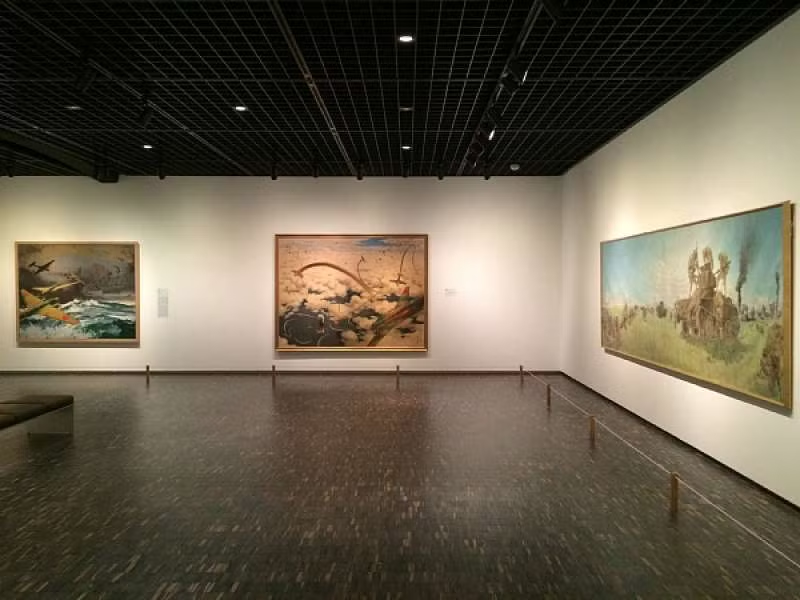
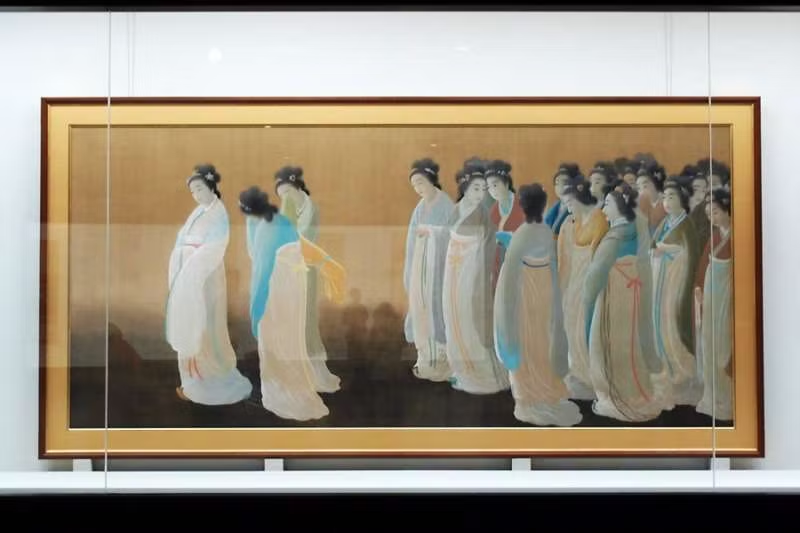
(4) Ota Memorial Museum of Art / Omotesando:
The main arts exhibited in this museum are Ukiyoe-color print of everyday life in the Edo period of 17-19 century.
Total amount collected is around 12,000 pieces. The arts exhibited are changed every month with each theme set. Therefore, people can enjoy new arts experience every time they come to this museum.
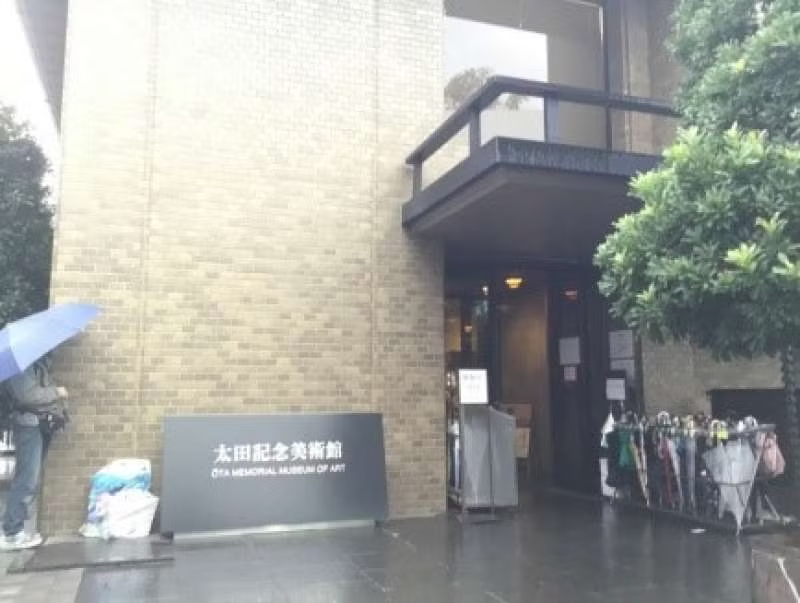
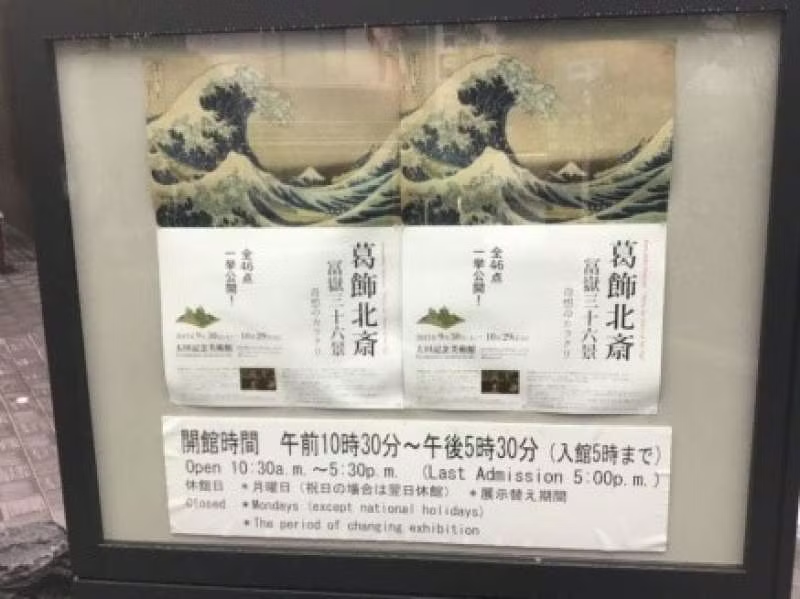
(5) Sumo-museum:
This museum shows you the culture & history of Sumo-wrestling which is the national sports of Japan. There are a lot of exhibits related with Sumo and the actual Sumo-wrestling shown by movie pictures.
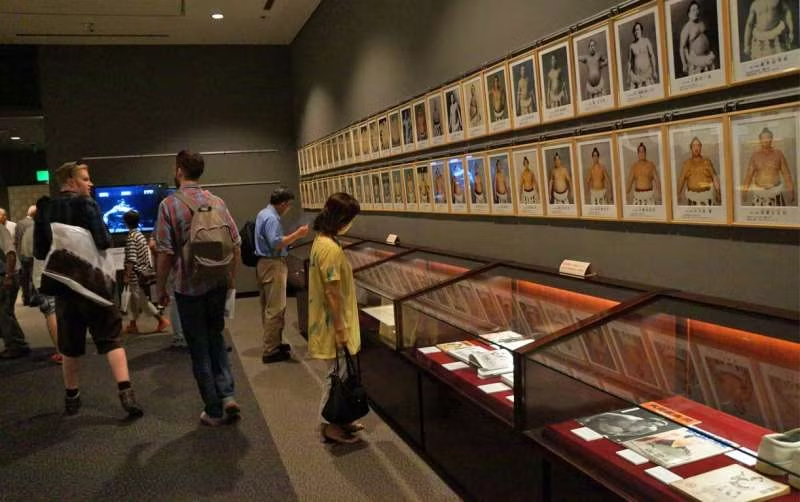
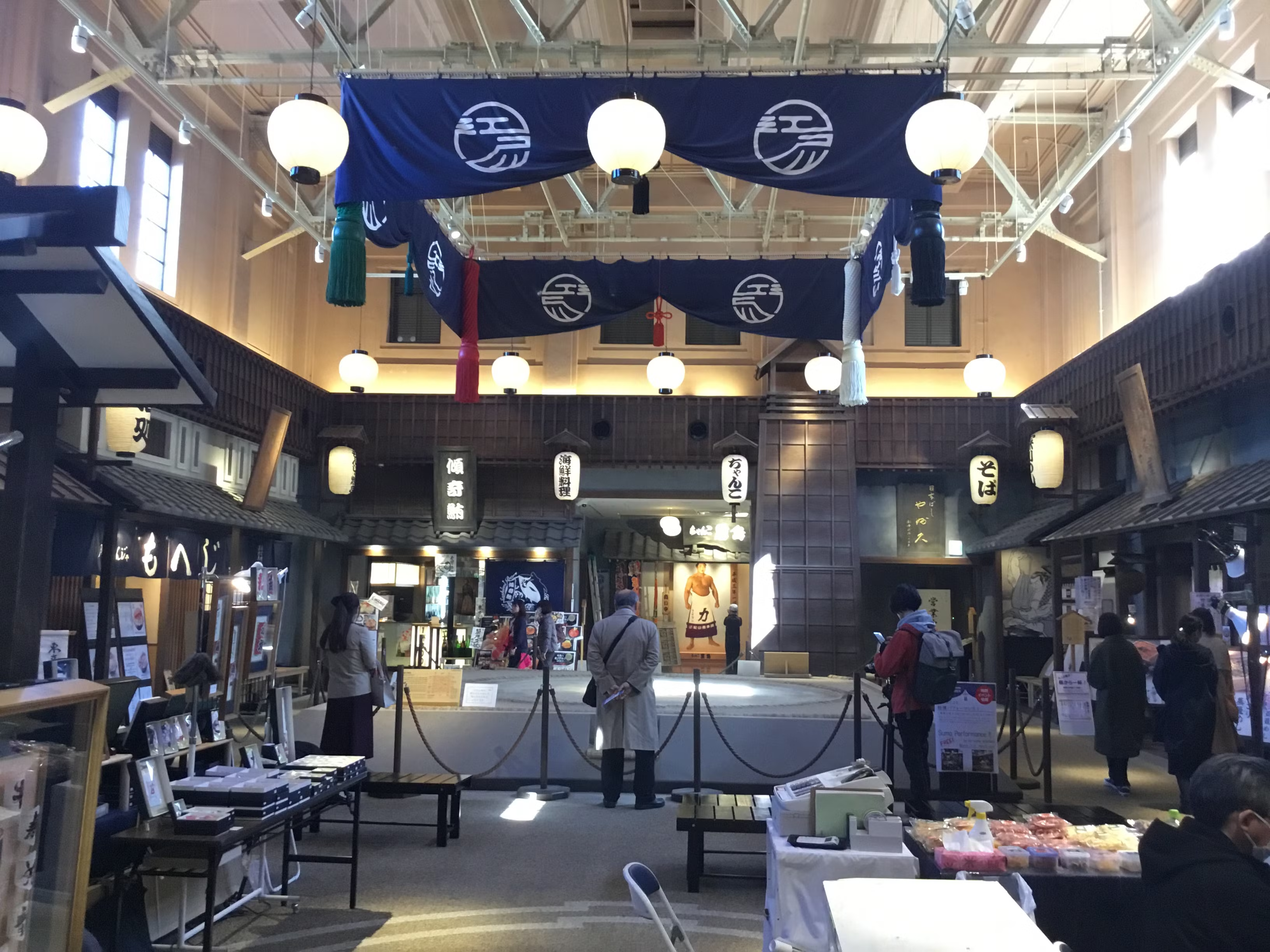

(6) Edo-museum Ryogoku:
You can see and enjoy a lot of culture and atmosphere exhibits in Edo era (17th- 19th century).
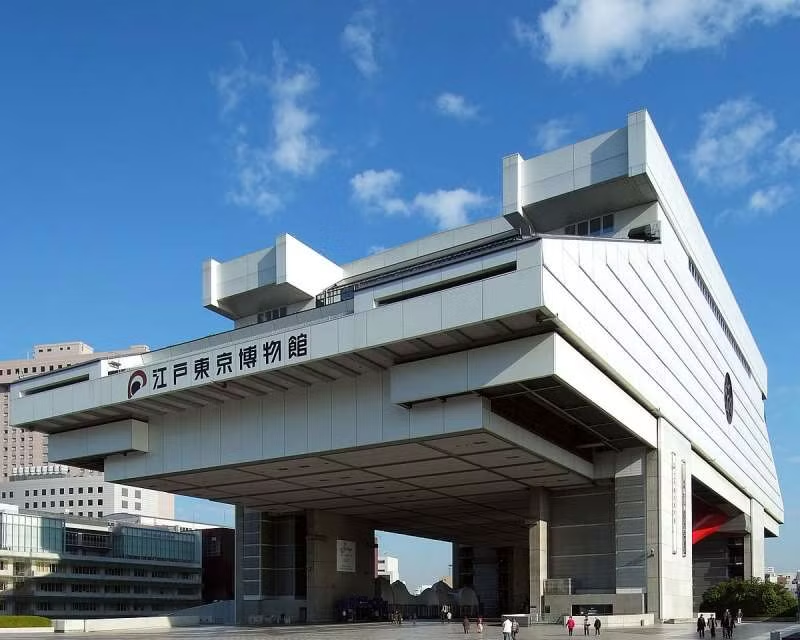

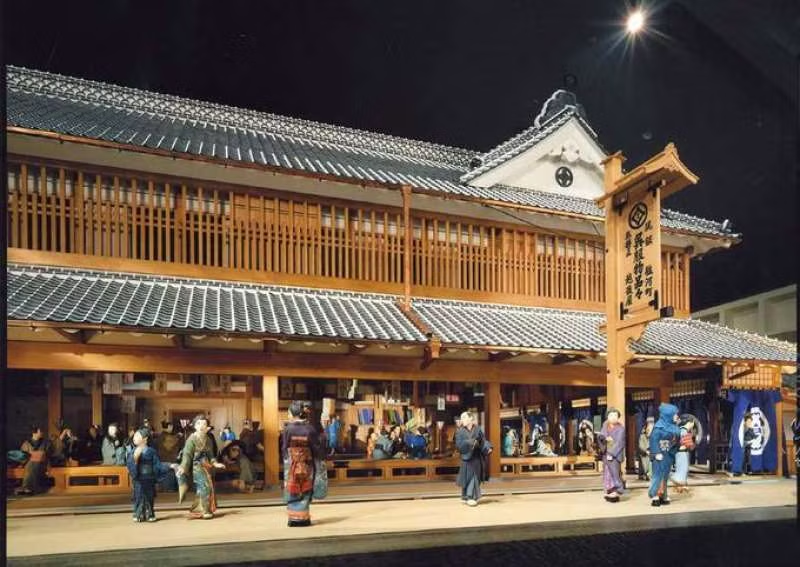
(7) Tokyo Skytree:
This Sky Tree is the tallest self-standing broadcasting tower (634meters) in Japan and is located about 1km east of Asakusa which is one of the main amusement districts where the atmosphere of Shitamachi (traditional shopping, entertainment and residential district in Tokyo) is still preserved. The external appearance of Tokyo Sky Tree is designed to have beautiful curves similar as the five-story pagoda,

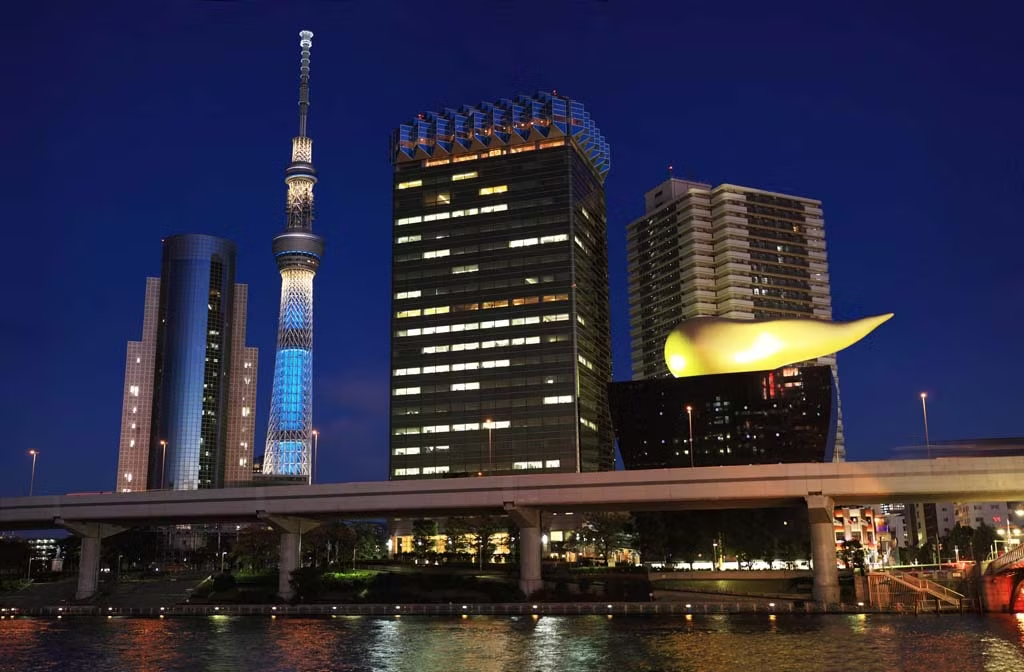
Earthquake resistant construction method of Tokyo Skytree (Blog)
(8) Tokyo Tower:
Tokyo tower used to be the highest communications and observation tower in Japan before Tokyo Sky Tree was constructed, whose observation decks command a breath-taking panorama of Tokyo. There are a lot of shops and restaurants, so people from all age groups can enjoy there.
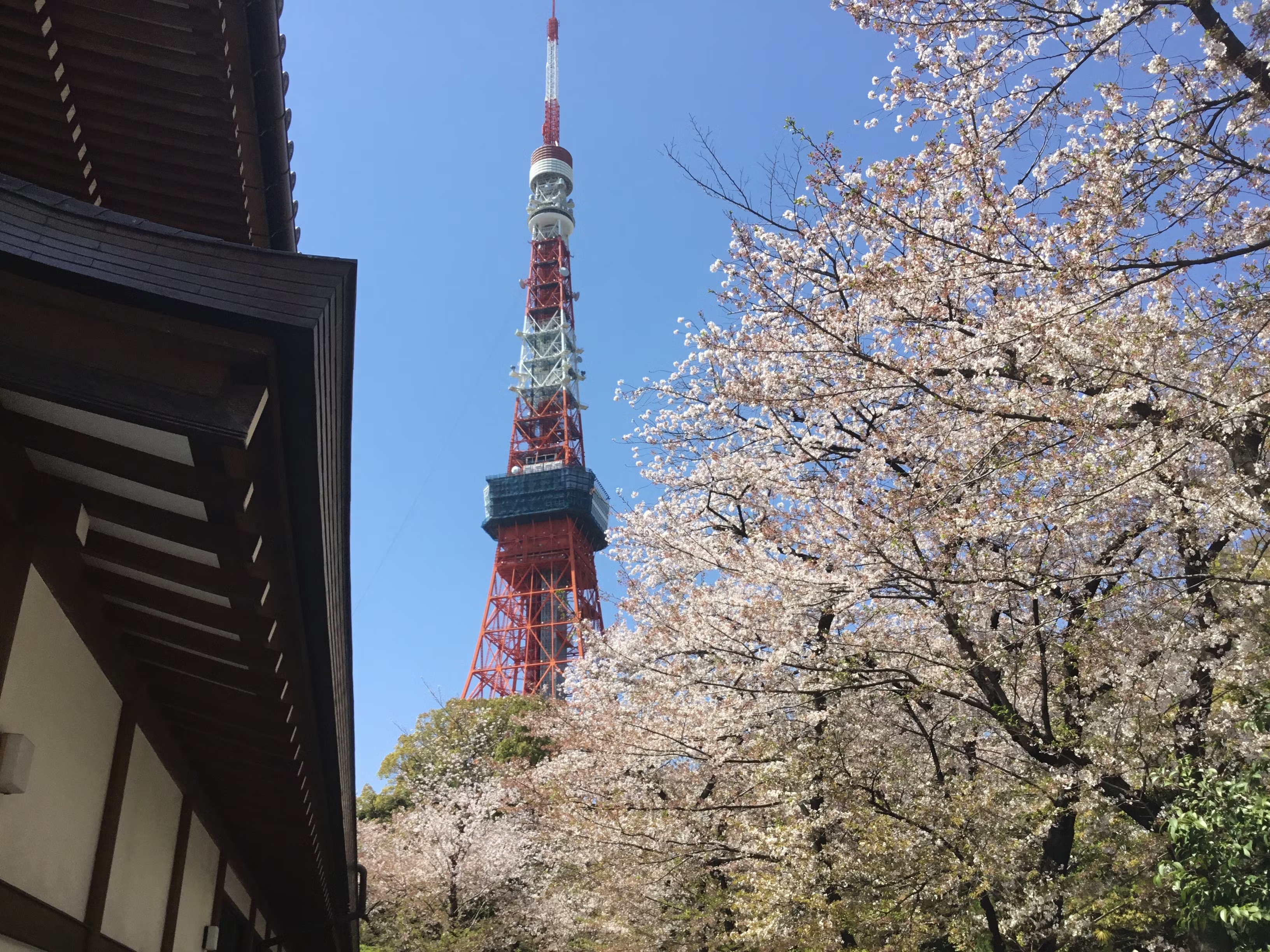

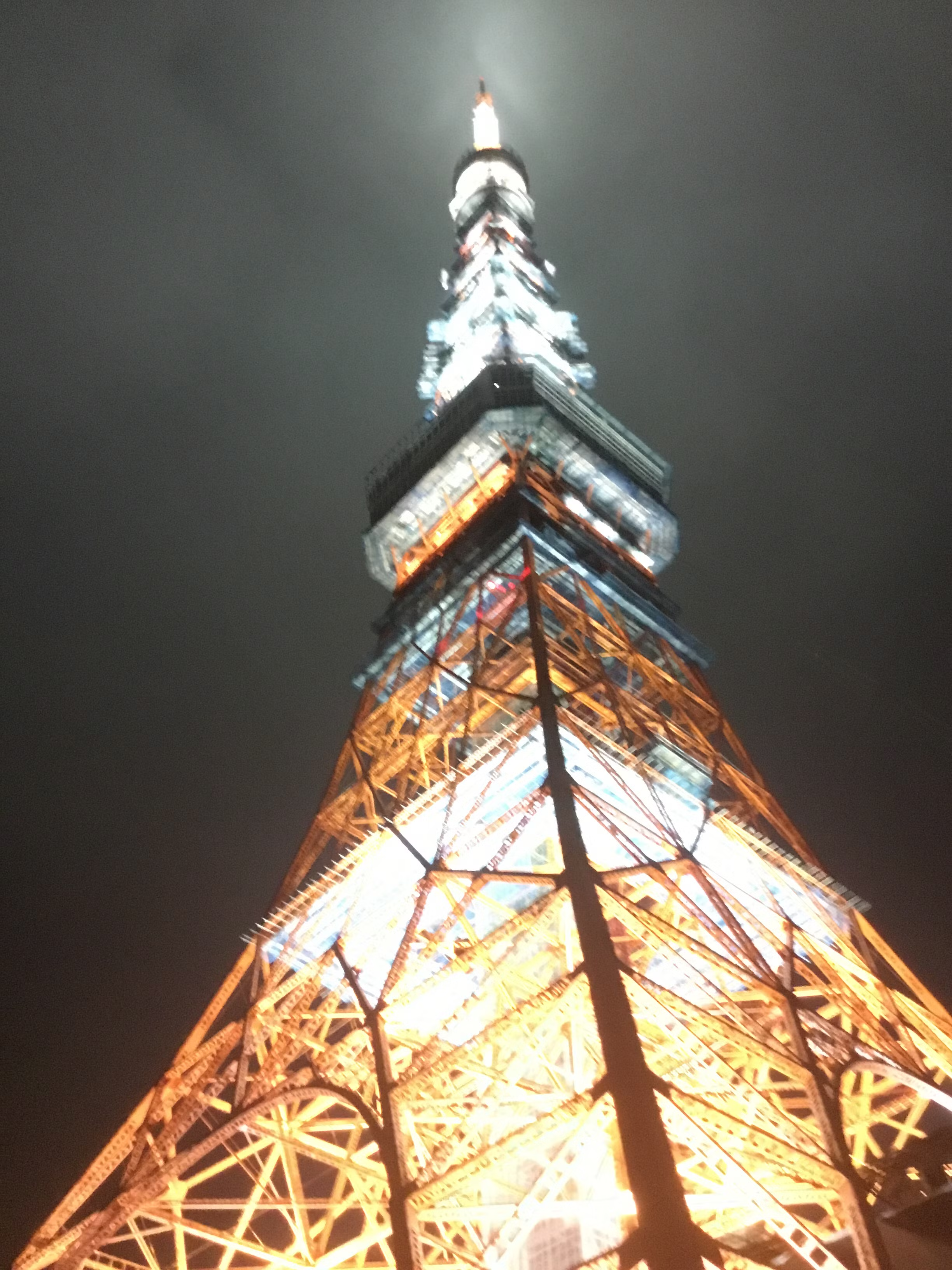
(B) Modern sightseeing facility & Cruising:
(1) Asakusa-Odaiba Tokyo Bay Cruise:
You can fully enjoy the color of Tokyo along the Sumida-gawa River toward Tokyo Bay and see many types of bridges spanning the river. (about one hour)
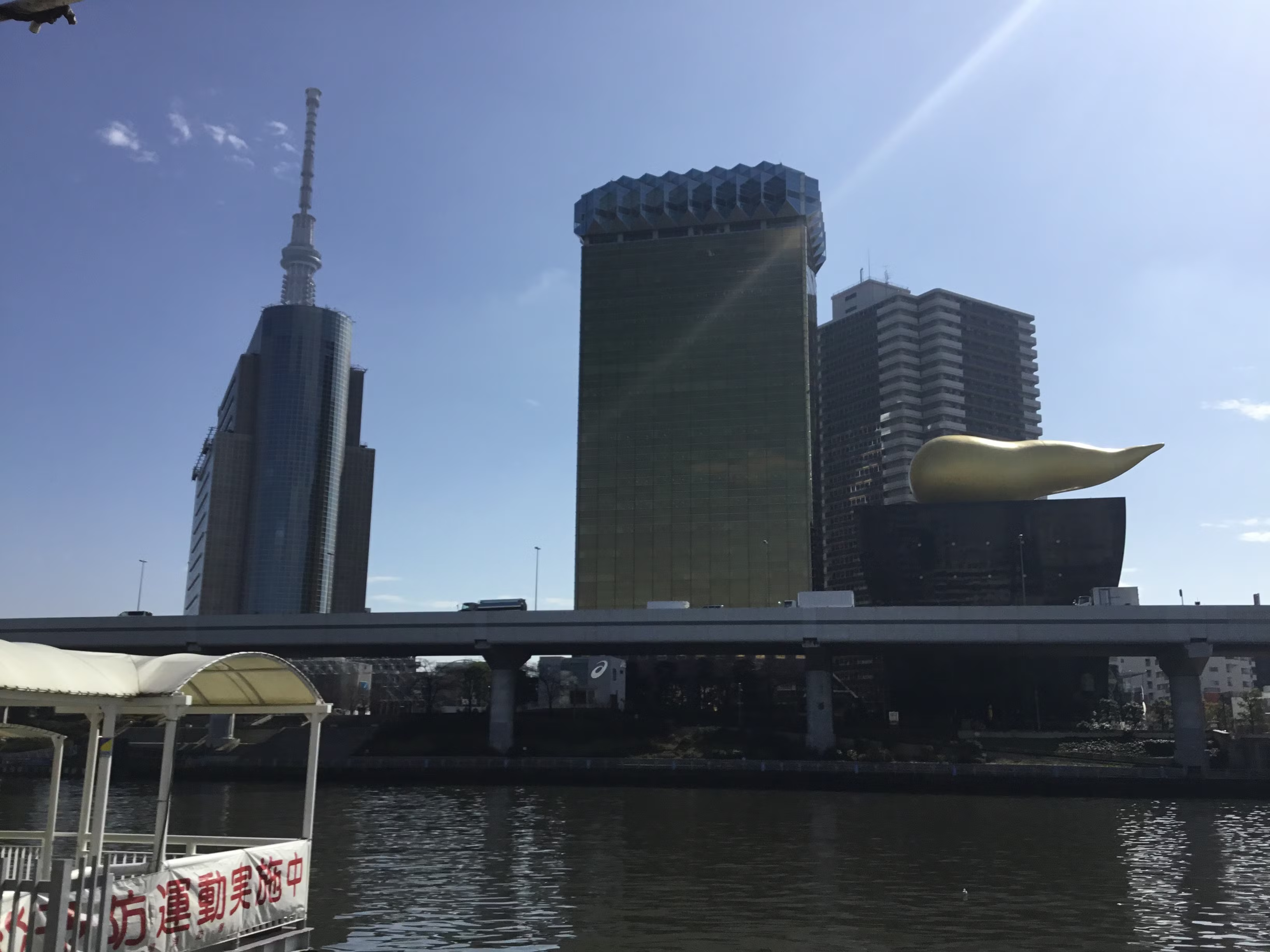
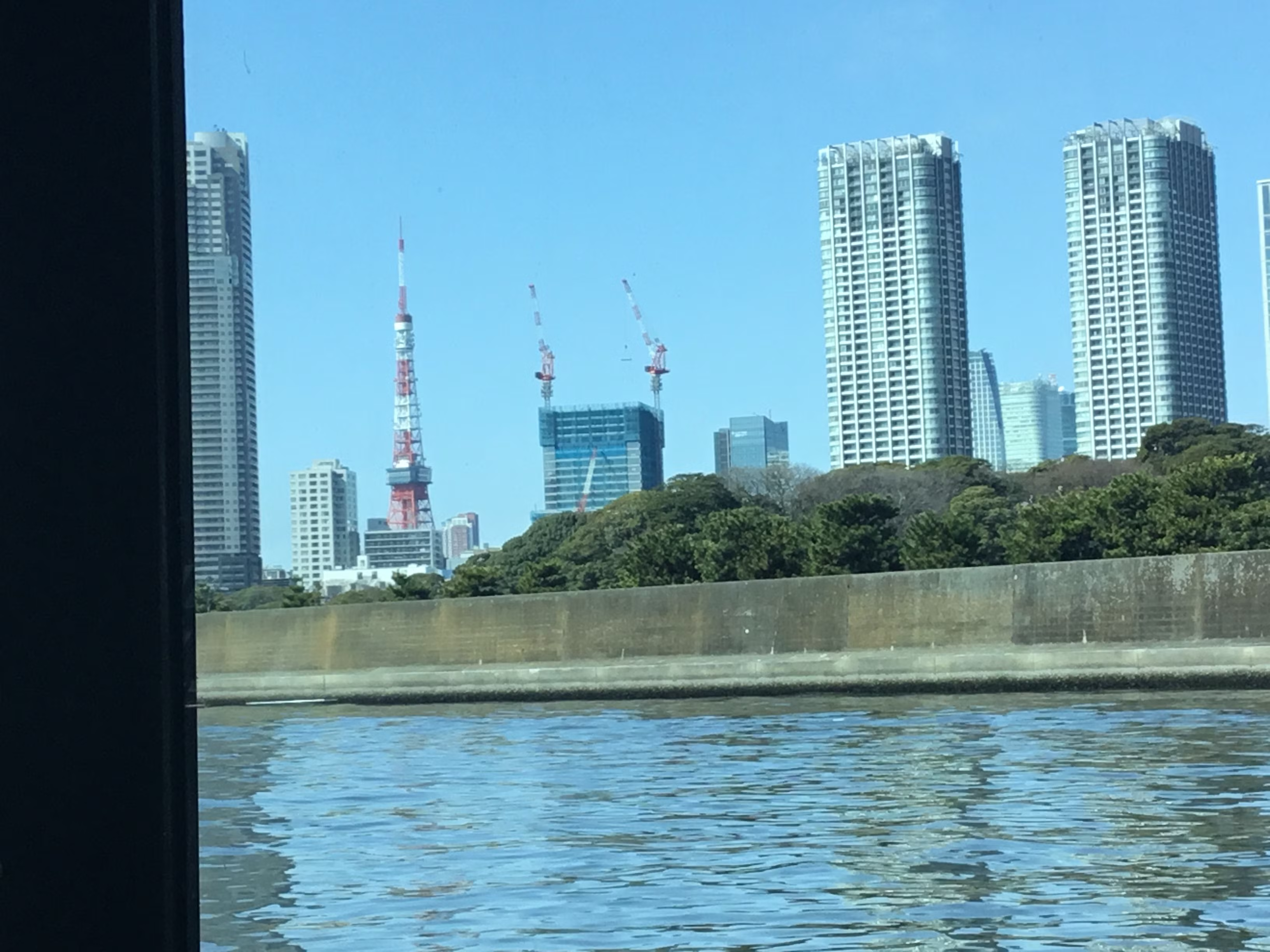
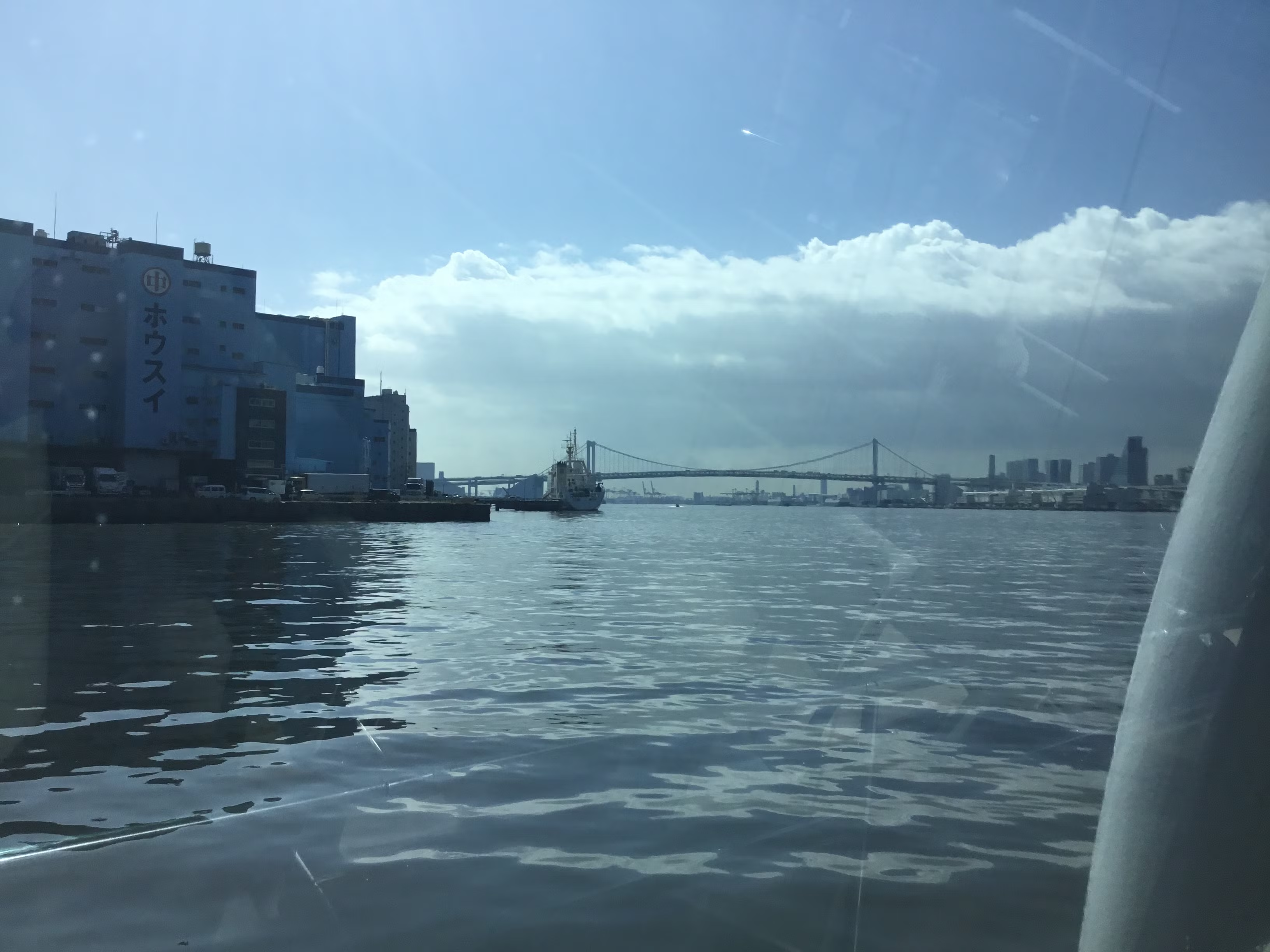
(2) Odaiba;
(a) Odaiba-Keihin park:
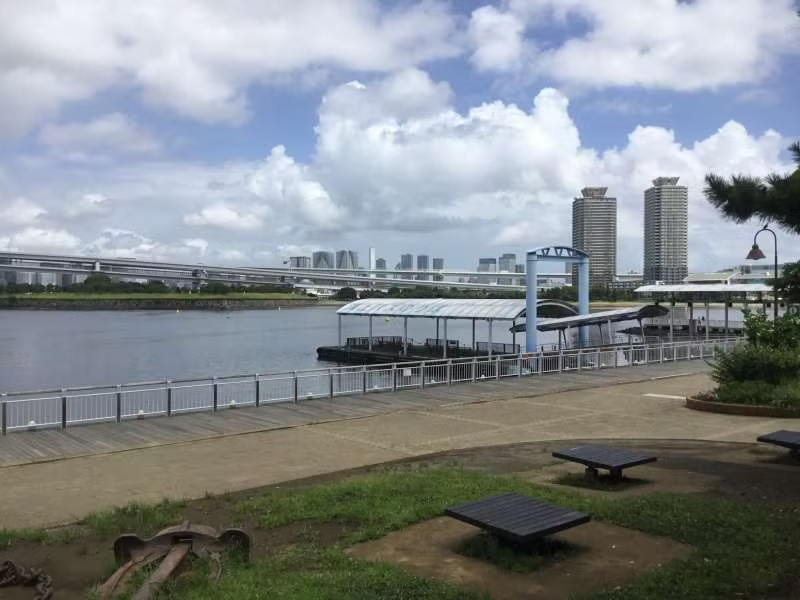
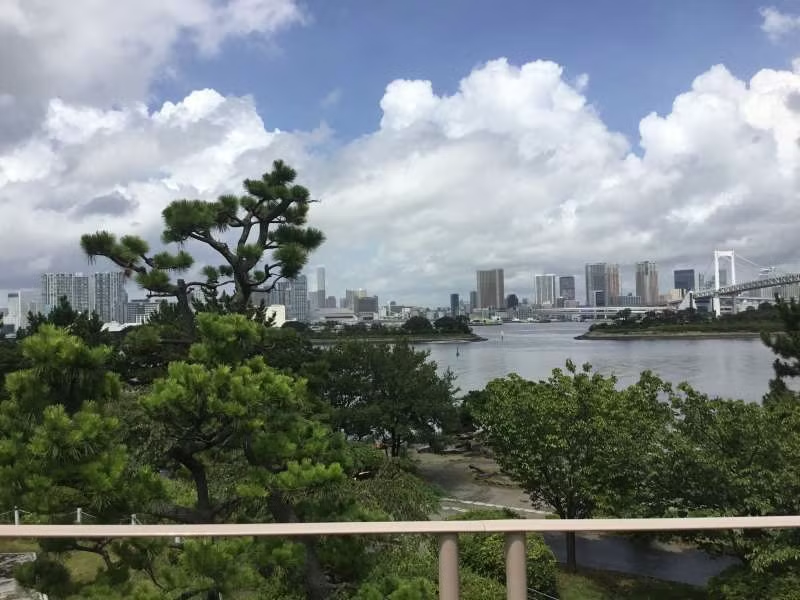
(b)Statue of Liberty in Odaiba as replica from that in France
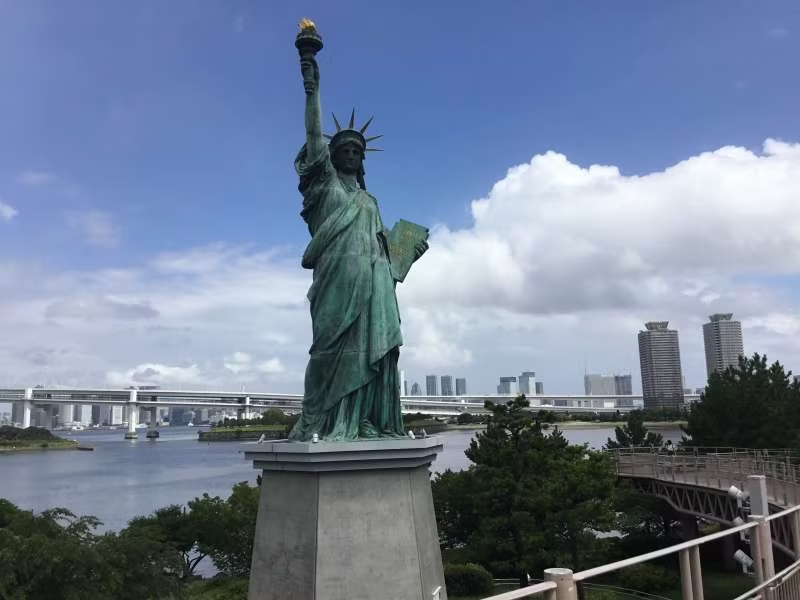
(c)Diversity Tokyo plaza
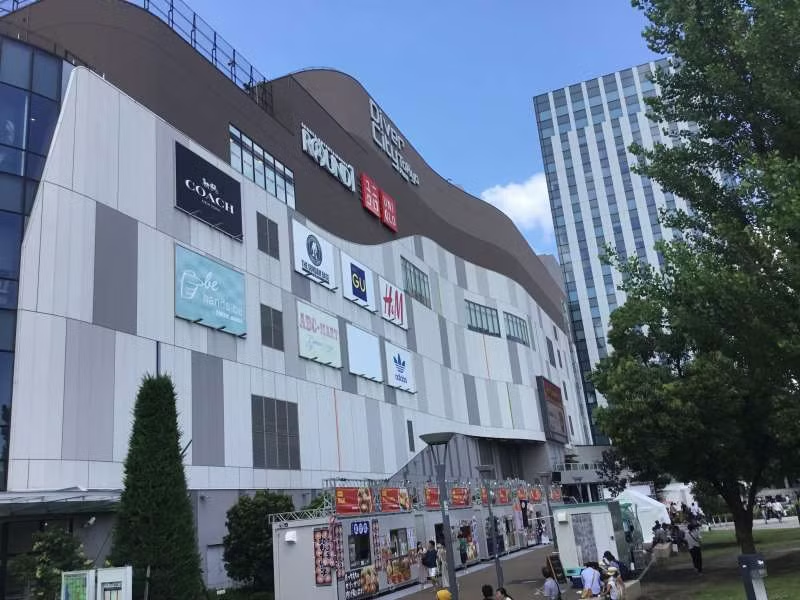
(d)Uniicrn Gundam watching

(C) Japanese Garden:
(1)Rikugien Gardens:
This garden was laid out by an influential feudal load who was very close to Tokugawa shogunate of the fifth Shogun. The garden became the property of Iwasaki Yataro, who founded the Mitsubishi financial conglomerate in the Meiji period (1868 – 1912).
Later in 1938, the garden was opened as a public garden own by Tokyo.
Rikugien garden is a typical traditional strolling- type landscape garden and the representative of feudal load garden. You can see large central pond with islands surrounded by artificial hills and dense groves of trees. The trails winding around the garden and several teahouses are located.
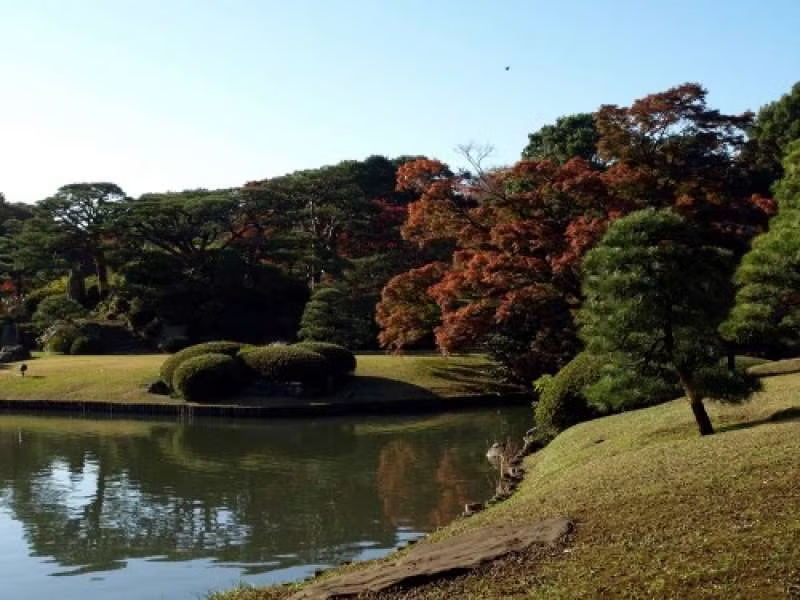
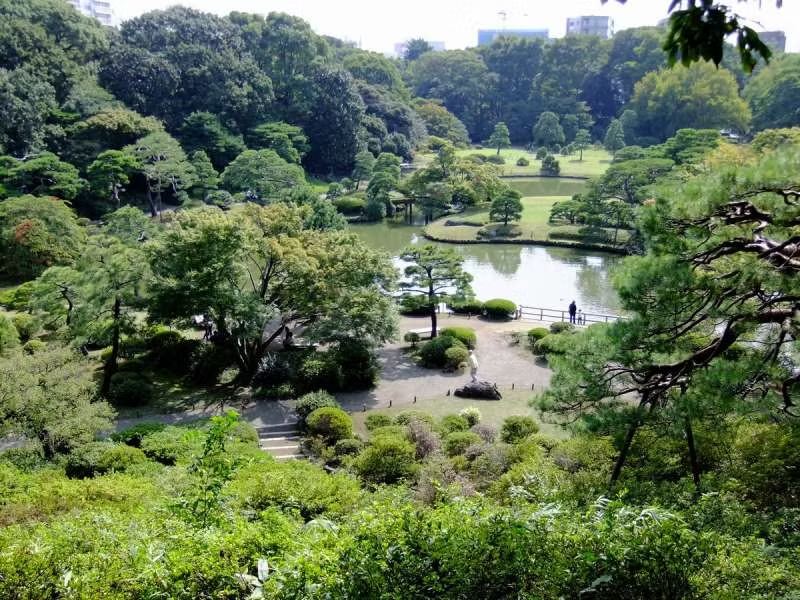
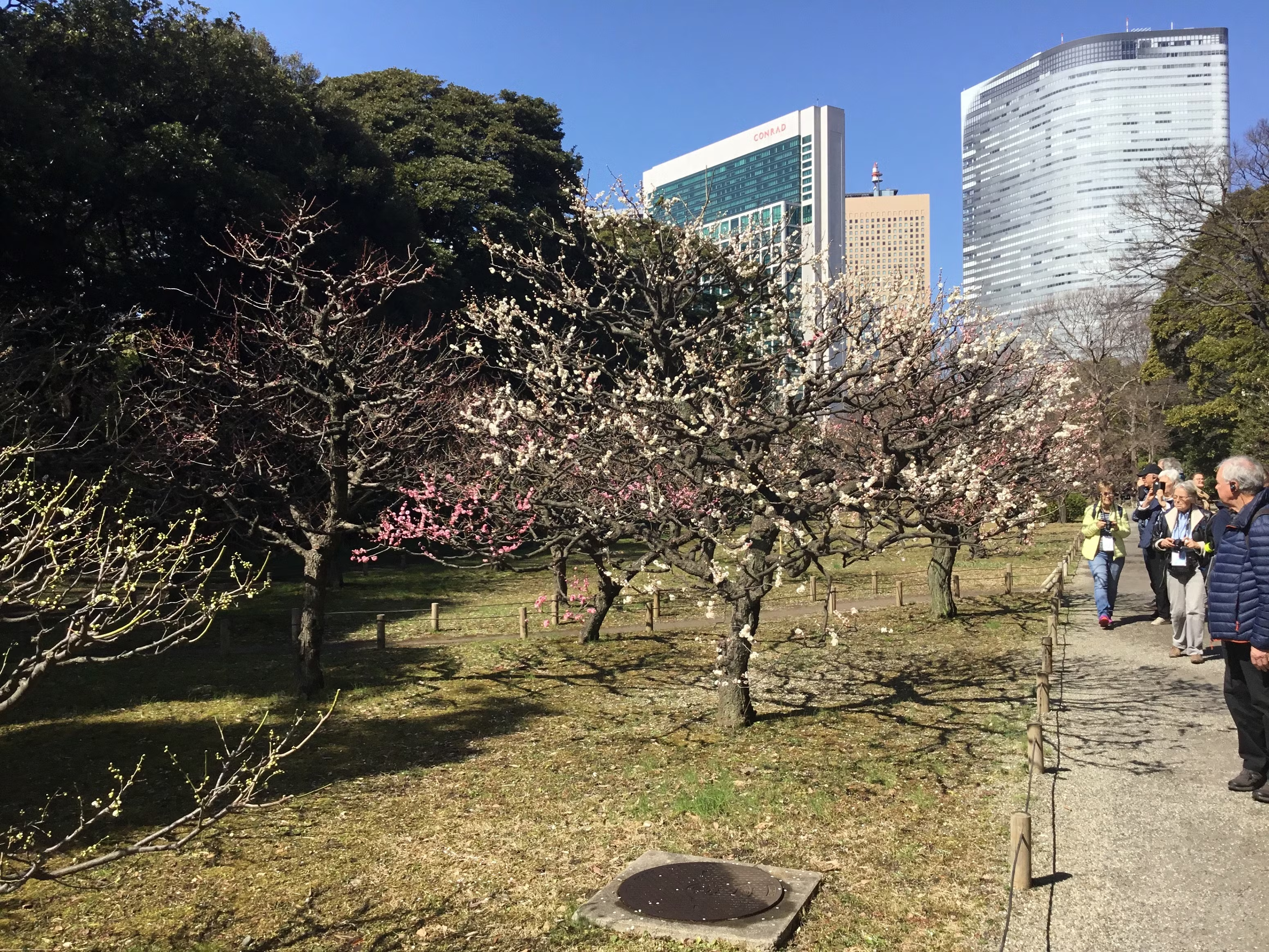
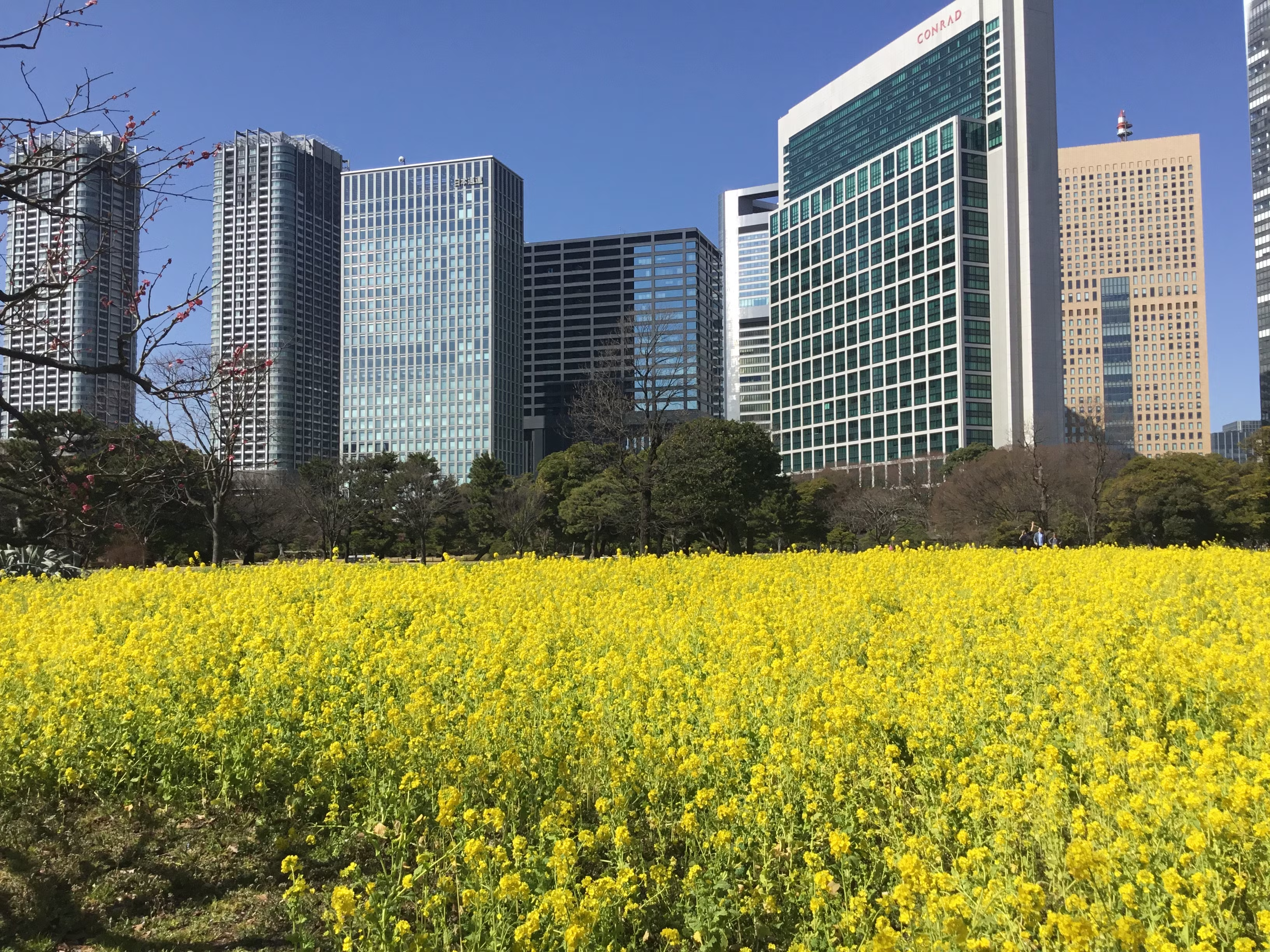

(3)Kiyosumi Garden:
This garden was opened to the general public in 1932.
This garden is known as an evaluation area from the fires that followed the Great Kanto earthquake in1923 and in the second World war in 1945.
Many citizens were saved by the garden as a emergency shelter.
This garden is famous for the strolling style landscape garden surrounded by fine and beautiful stones gathered from all over Japan to decorate the garden. Stones placed in the garden are used as stepping stones over the pond, the flagstones paths, a stone bridge, a stone lantern and so-on.
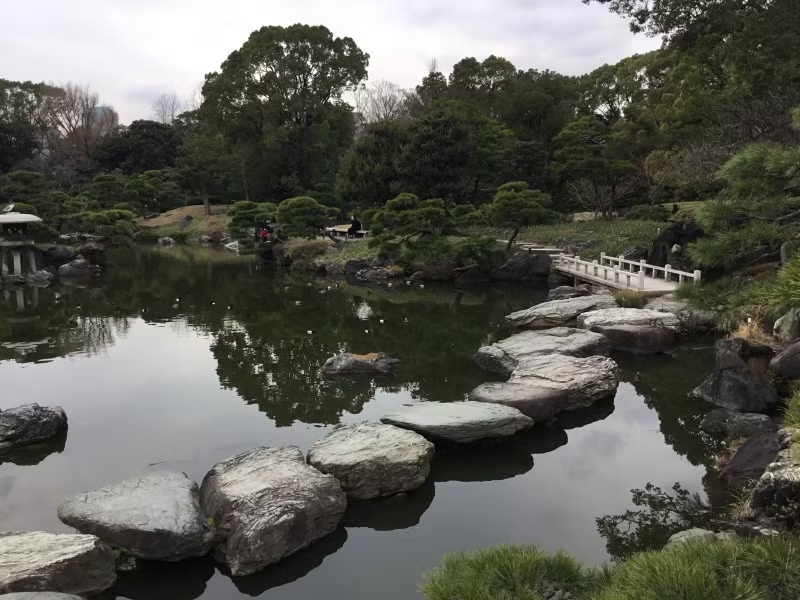
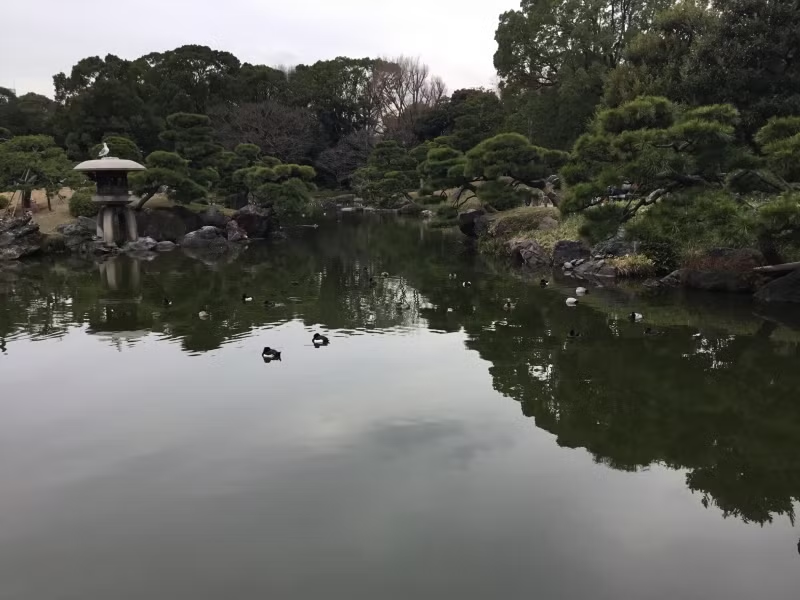
(4)Ueno Onshi Park:
Ueno Onshi park is one of the largest park in Tokyo which has opened since 140 years ago where there are various tour spots such as a large pond, a lots of museums, a five stories pagoda, temples, zoo and so-on.
From the middle of November to the beginning of December every year, the trees such as Japanese zelkova, ginkgo, camphor and so-on have been beautifully colored as yellow and red.
Ginkgo trees along the S-shaped garden path turn yellow in Autumn leaves season. You can enjoy beautifully colored ginkgo, maple and zelkova.
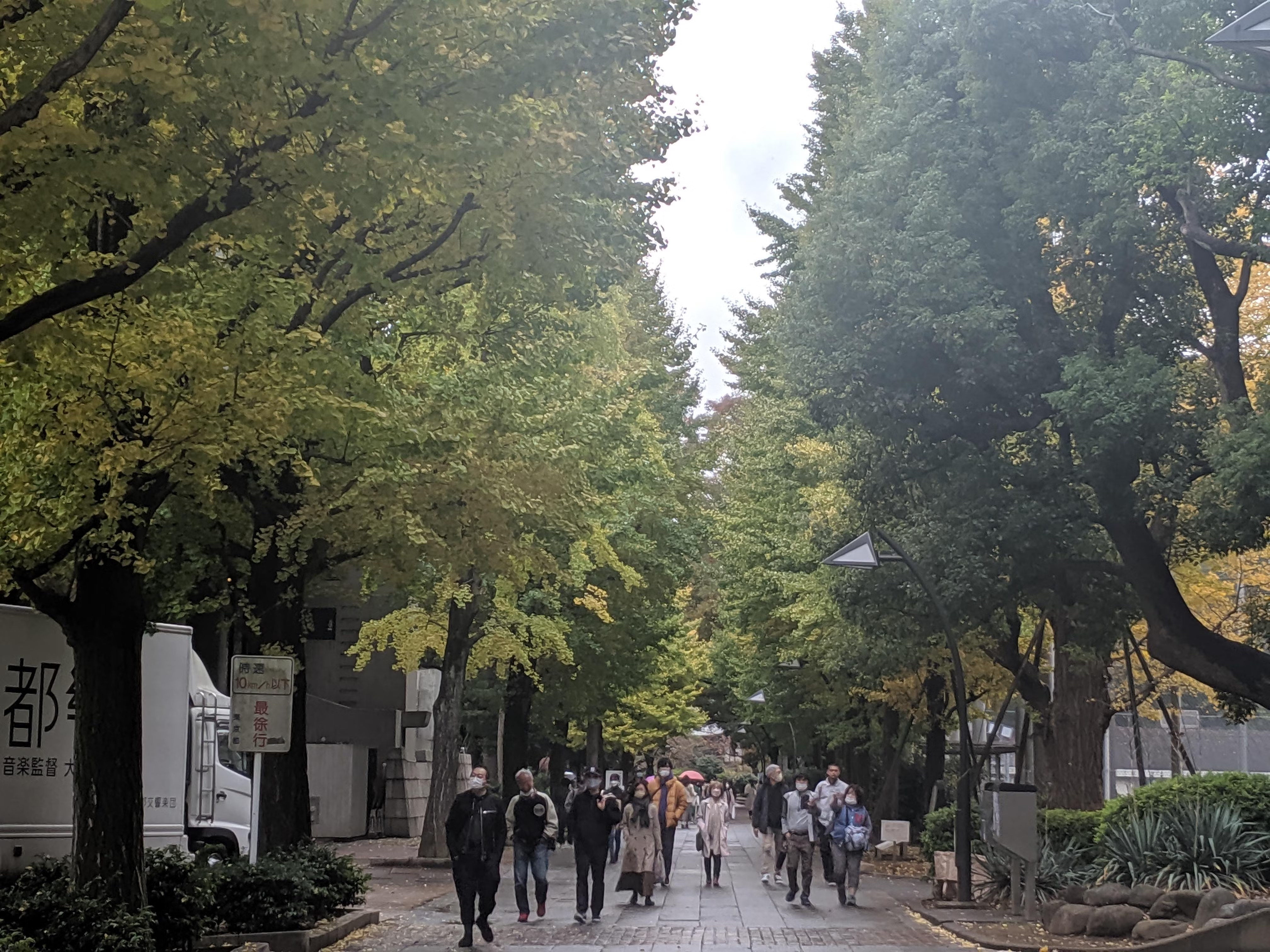
a) Ueno Toshogu shrine in Ueno park:
This shrine defies Ieyasu Tokugawa who established Edo era and was the top worriers in Japan.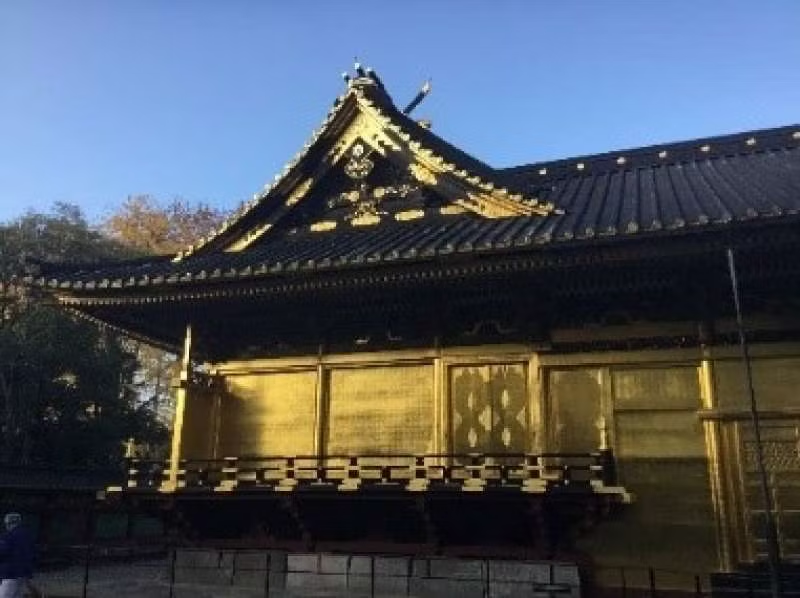
b) Ueno Daibutsu in Ueno park:
The face of this Buddha statue was fallen down by the big earth quake in 1923 and the body was thrown away.Therefore, only a face statue has been remained up to now. You can mainly receive blessing of success in examination.
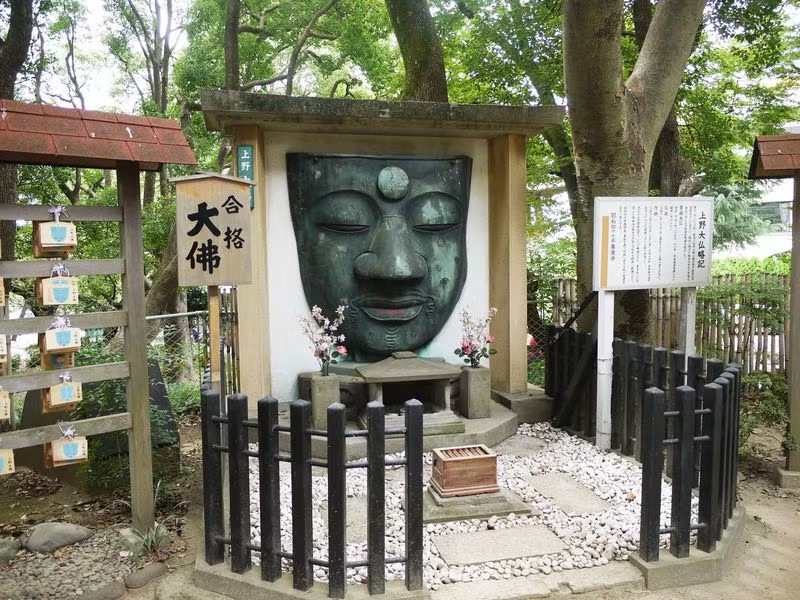
(5) Hibiya Park:
The land of Hibiya park used to be occupied by many high-ranking feudal loads during the Edo period (1603 – 1867).
The park was redeveloped and designated as the first Westernized park in Japan. It was opened in 1903 as a pioneer of modern city park. The great fountain as the symbol of the park was installed in the center of the park in 1961. Visitors can enjoy seasonal flowers and plants through a year, such as cherry-blossoms in spring and autumn color leaves in fall. There are two ponds in this park, one is “Shinji-Ike” which was originally part of an old moat that surrounded the Edo castle.
The other is “Kumogata-Ike” which has a large crane fountain in the center.
Ginkgo trees along the S-shaped garden path turn yellow in Autumn leaves season. You can enjoy beautifully colored ginkgo, maple and zelkova.

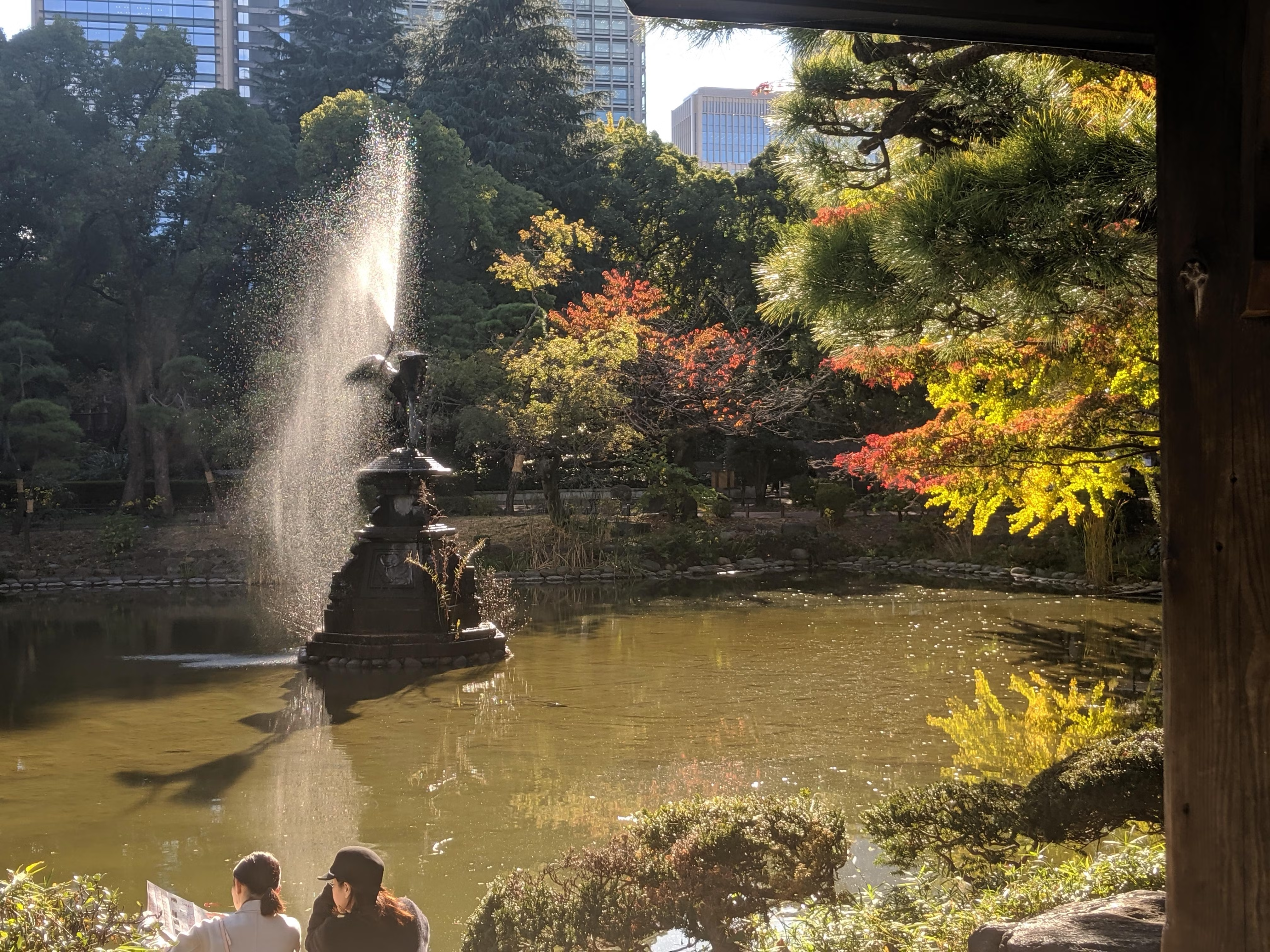

(6)Imperial Palace East Garden:
Many kinds of seasonal flowers and plants are planted in the garden.
You can enjoy the scenery in all year around. It's very a beautiful Japanese garden.
In Autumn leaves season, Konara oak, sawtooth oak, maple and so-on are planted in Ninomaru Miscellaneous Forest and you can enjoy the autumn leaves of them.
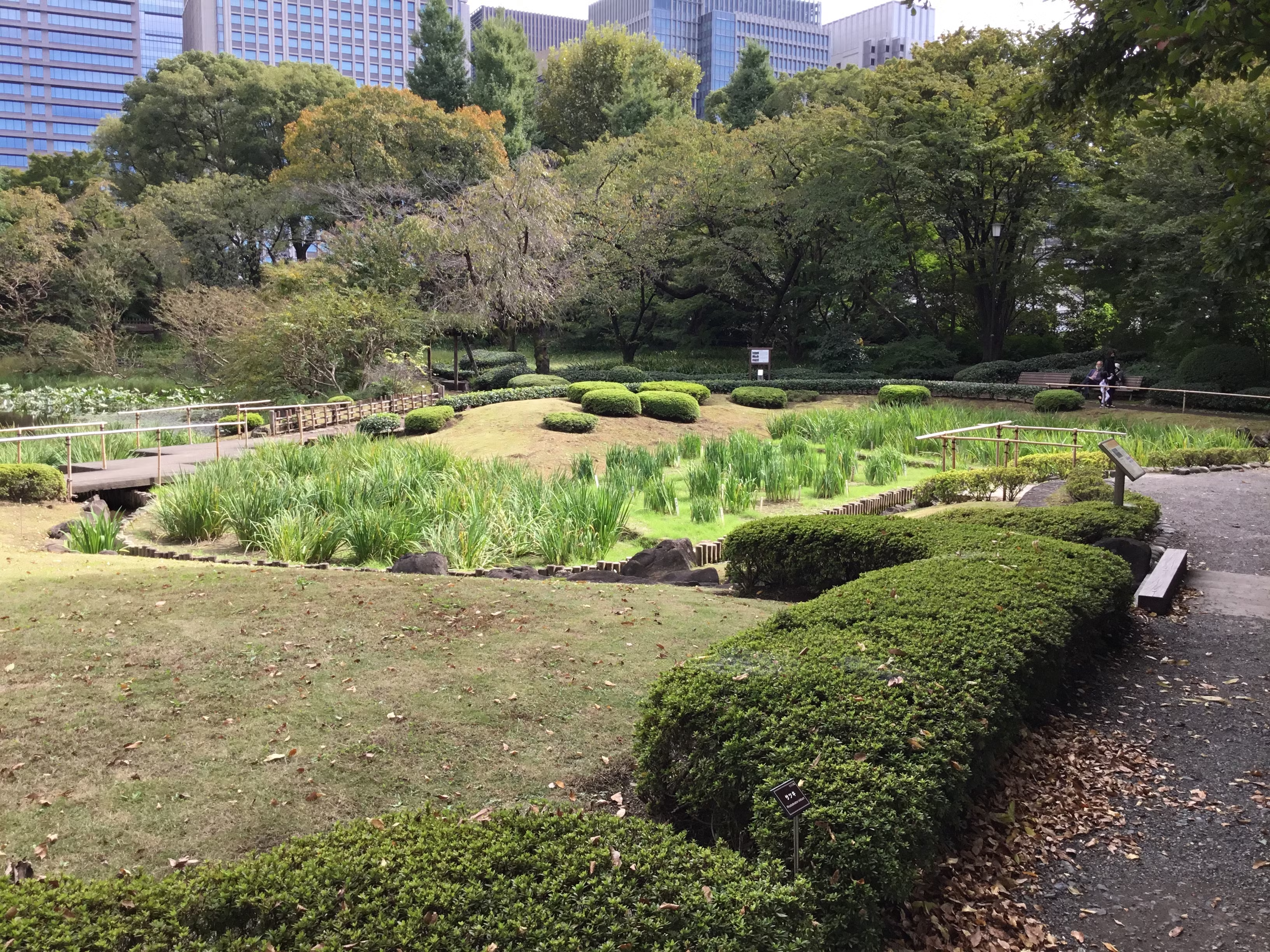
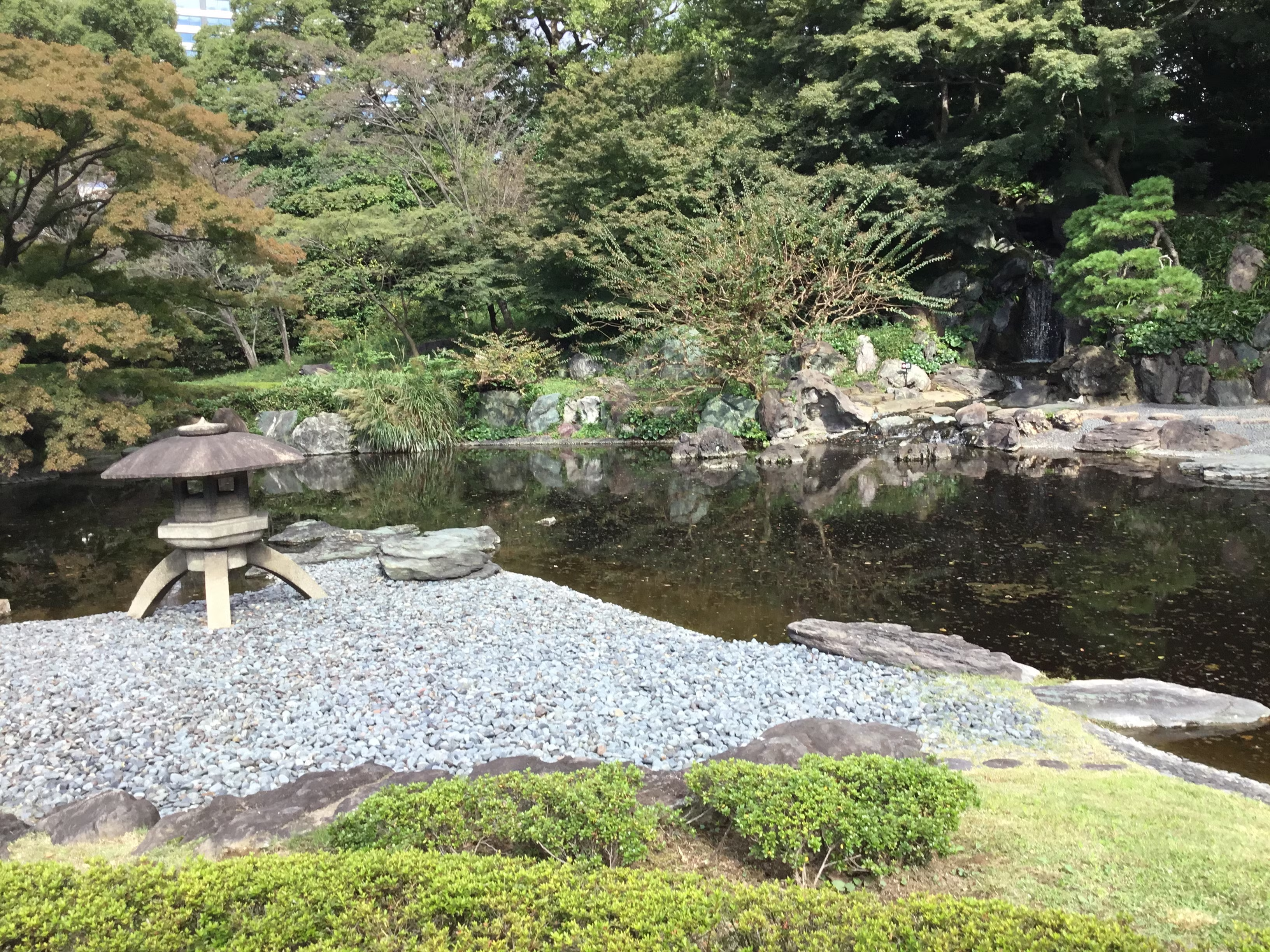
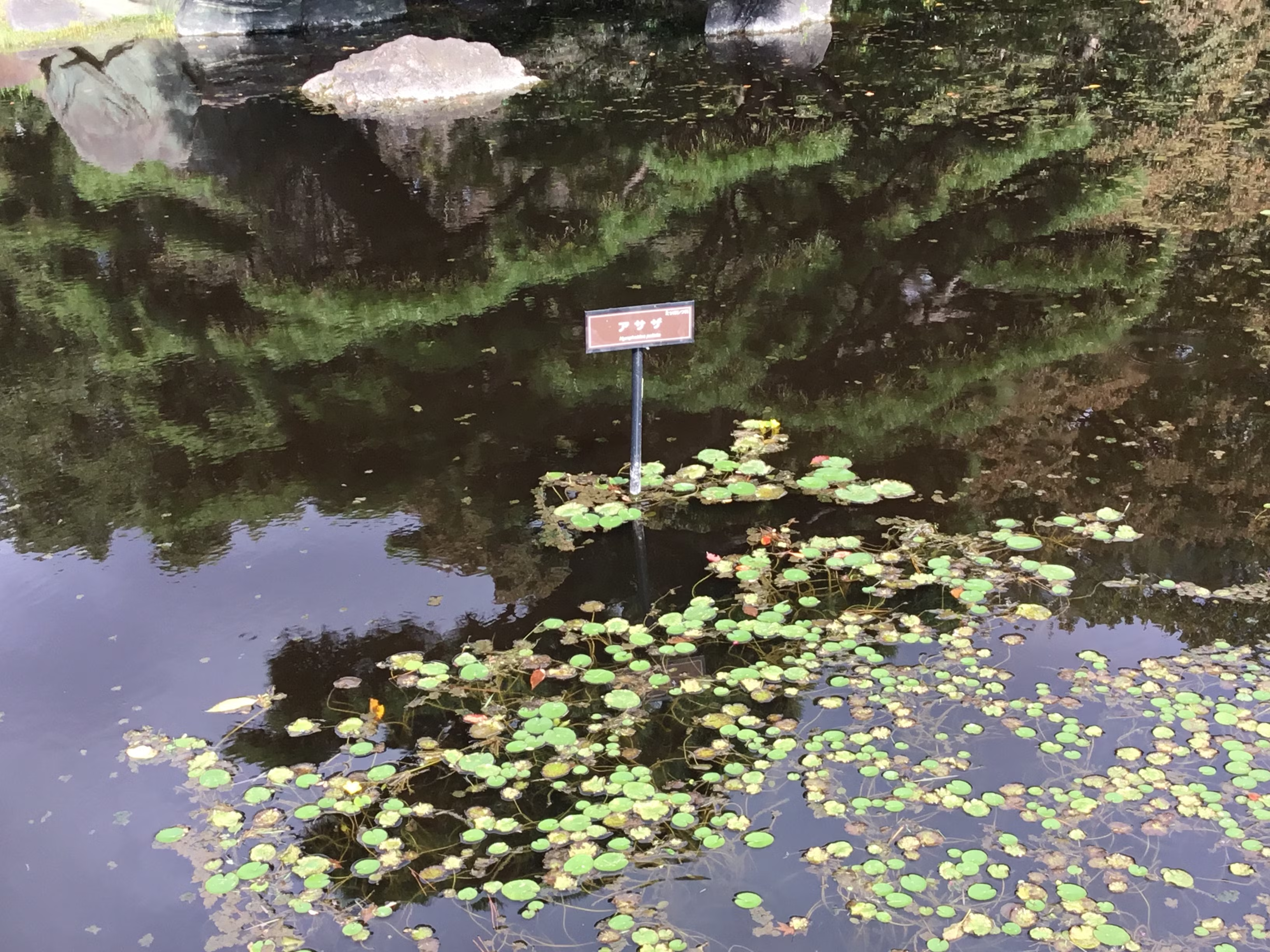
(7) Shinjuku Gyoen:
This garden was completed as the Shinjuku Imperial garden in 1906. The garden was rebuilt after World war 2 in 1949 as a National garden and opened to the general public.
This garden consists od three different types of gardens including a traditional Japanese-strolling type landscape garden with winding paths around the pond, a French format garden with beautiful symmetric design and an English Landscape garden with spacious grass lawns.
This garden is one of the best Autumn leaves spots in Tokyo. You can see the autumn leaves of ginkgo and maple in any places such as Momiji Mountain, Japanese Garden, Hahanoko no Mori and so-on.



(8) Kyu-Furukawa Garden:
This garden used to belong to Mutsu Munemitsu who was a politician and diplomat in Meiji era (1868 – 1912). The current building was constructed in 1917 by Furukawa family. Ownership was transferred to Tokyo Metropolitan Government and was opened to the general public as Tokyo Metropolitan Garden in 1956. This garden was registered as a Cultural property of Tokyo.
This garden contains three main features such as a Western style residence built on a small hill, a Japanese style garden created with a pond in the lowlands and a western style rose garden located on a slope and on the lower grounds.
From the middle of November to the beginning of December, about 220 number of maples are dying the garden. You can enjoy the bright red, yellow and green contrast in the garden from the observatory and the surroundings of Western-style buildings.
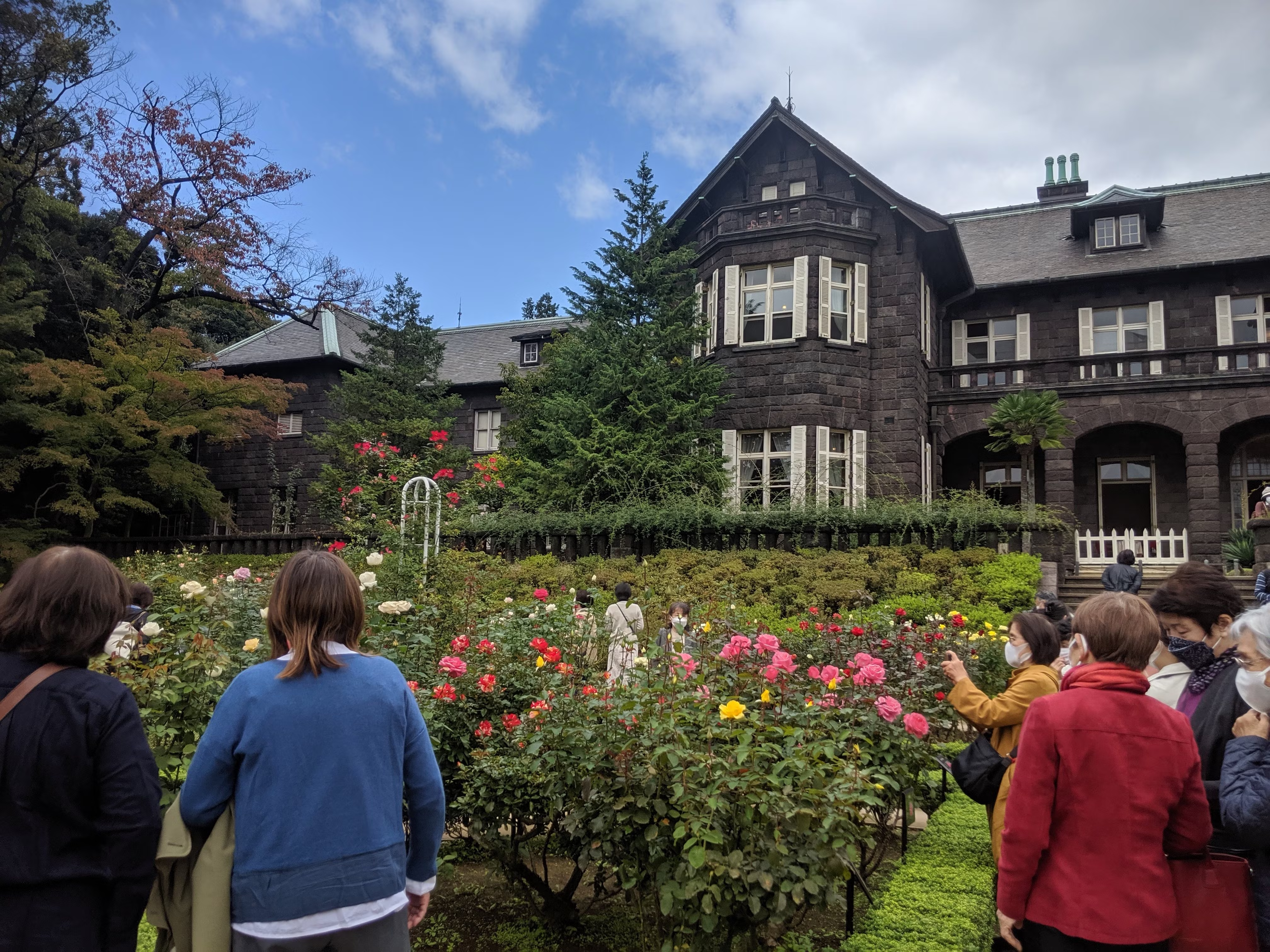
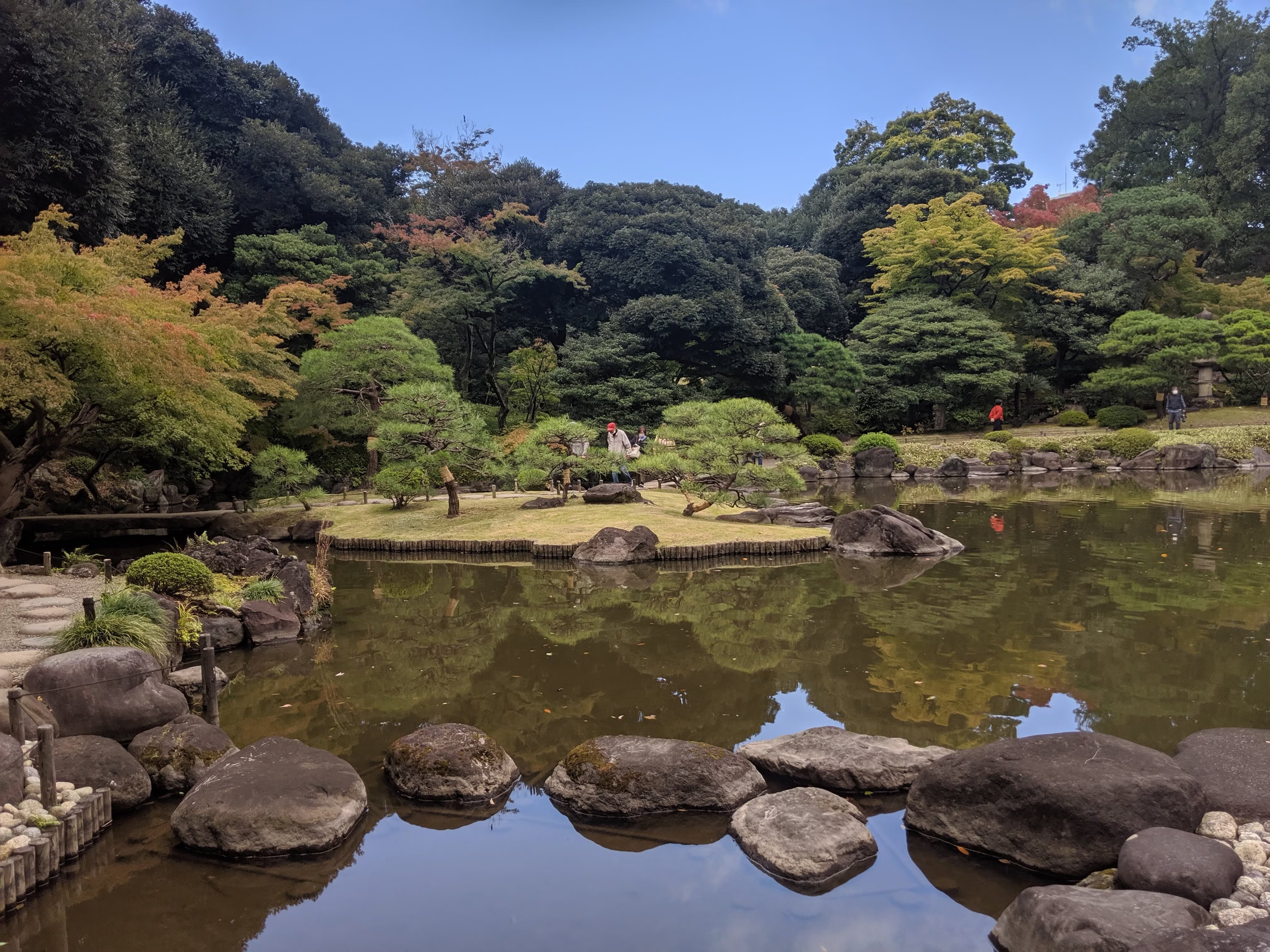
(9) Koishikawa Korakuen Garden:
The garden was completed by the feudal load who was the relative of Tokugawa Shogunate in the mid of 17th century. This garden is the representative of the gardens of feudal load during Edo period and a typical strolling type landscape garden as the oldest of all gardens in Tokyo.
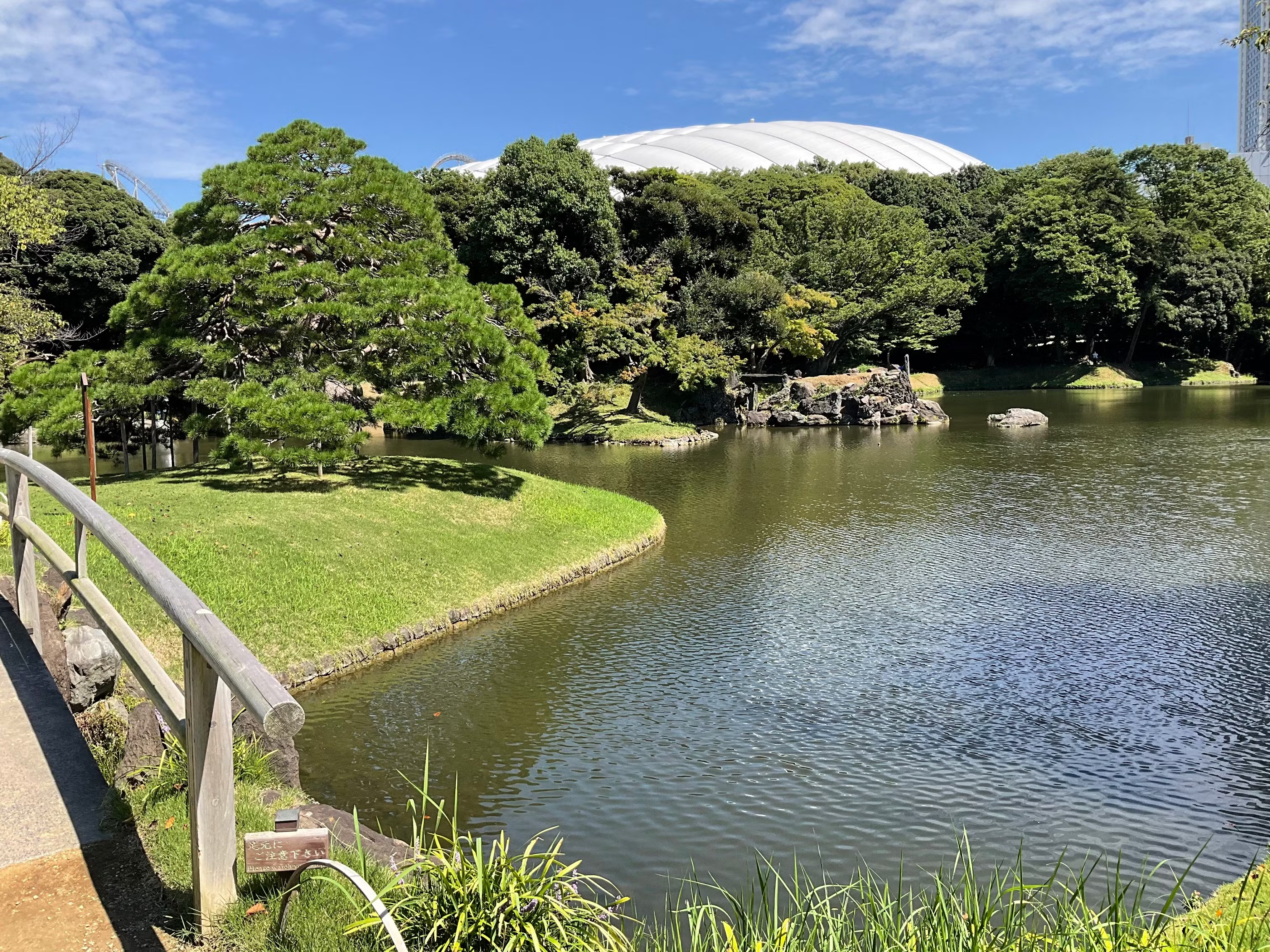
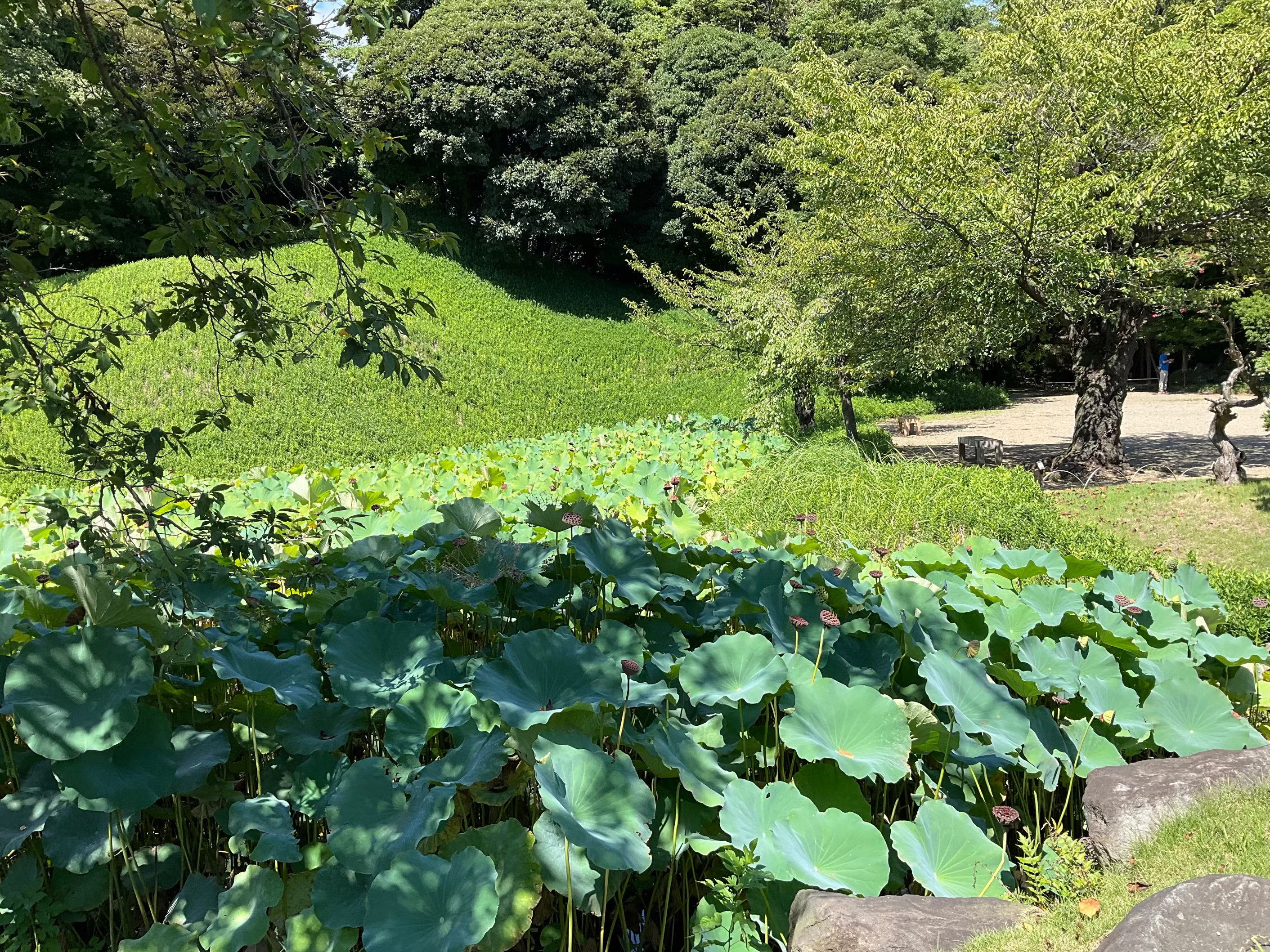
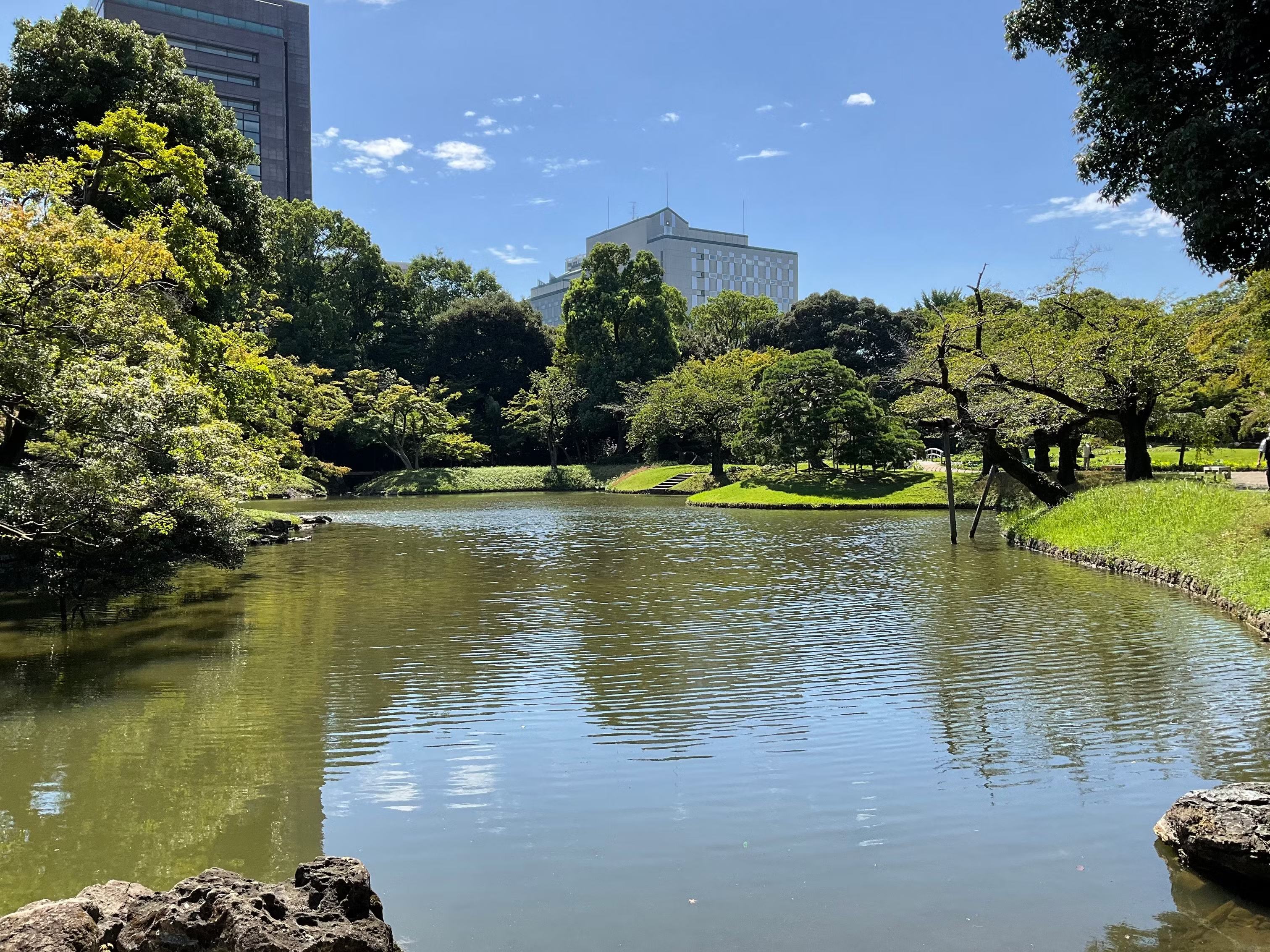
(C) Temple, shrine etc.
(1) Imperial Palace & East Garden, Nijubashi Bridge:
The Edo Castle, formerly the Tokugawa Family’s residence, became the Imperial Palace as the Emperor moved to Tokyo from the Kyoto Imperial Palace after the Meiji Restoration. The main residence of the Emperor open only twice a year such as beginning of each year and the birthday of each Emprror.We visit the East Garden of the Imperial Palace. We see two main spots such as the main tower of the former Edo castle and the Ninomaru Garden. Many kinds of seasonal flowers and plants are planted. You can enjoy the scenery all year around. It's very a beautiful Japanese garden. Also we visit Nijyubashi bridge (Front entrance of Imperial palace).
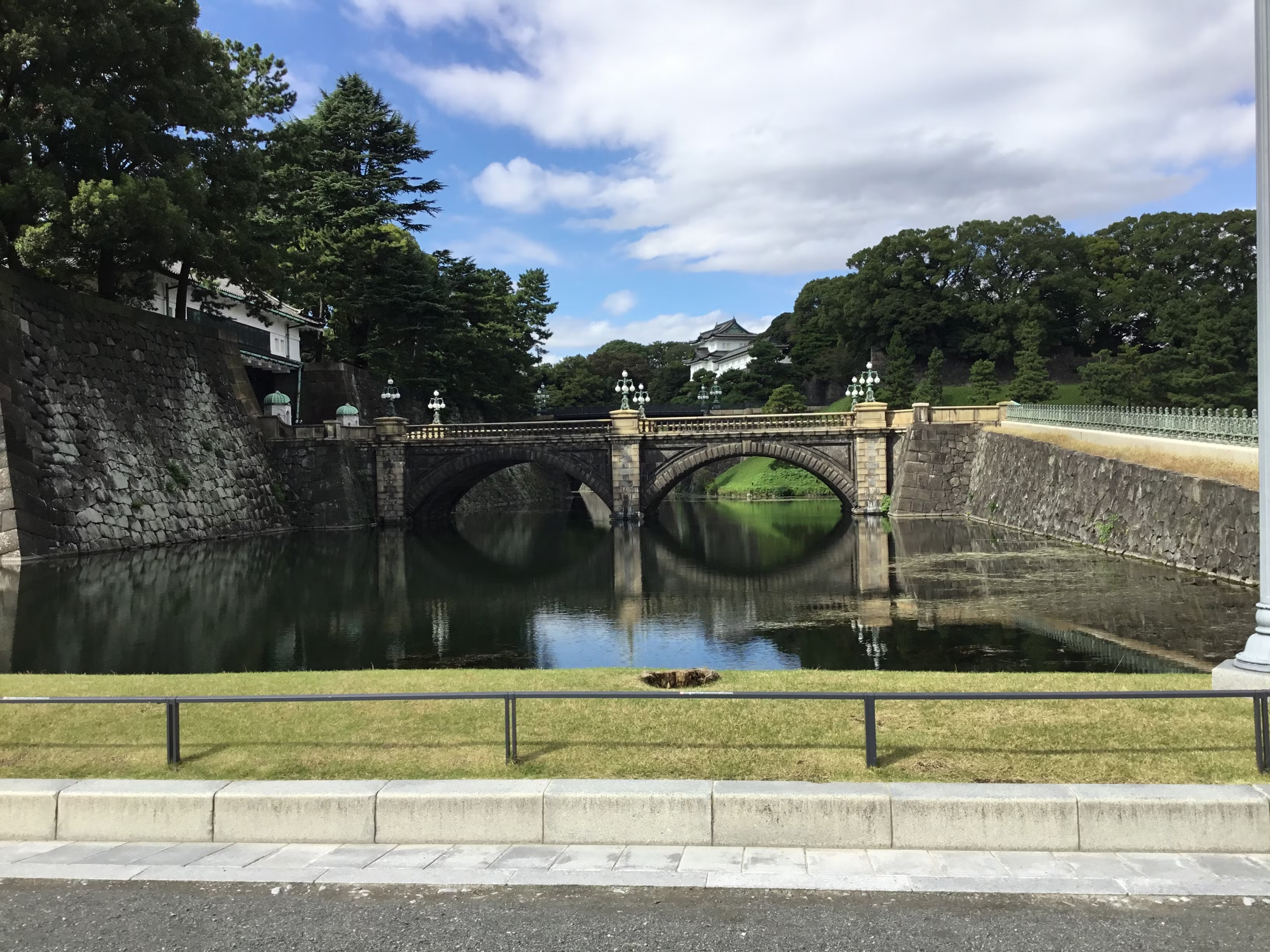
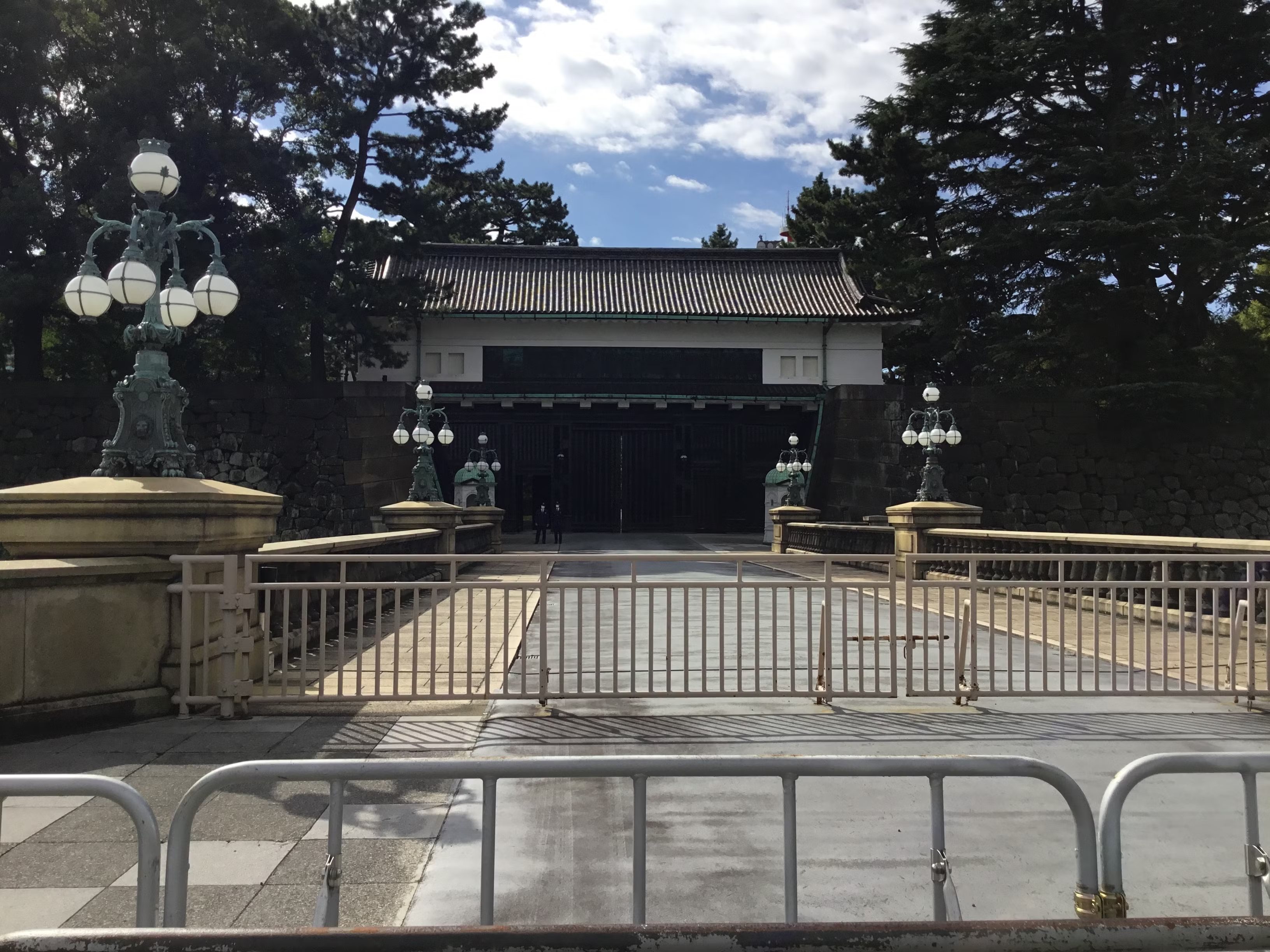
Fujimi tower:
Fujimi tower is located in the south edge of Honmaru Goten Palace of Edo castle and the only triple turret which has survived up to now. The current tower was rebuilt in 1659 after being destroyed in the Great Fire of Meireki in 1657. This type of tower was built to preserve weapons and 19 numbers of tower was located in Edo era. Now, only three tower is remained. This Fujimi tower was used as the replacement castle tower after the castle tower was destroyed by fire. The height of the stone wall is 14.5m and that of the tower is 15.5m.
![]()
Ootemon gate:
Ootemon is constructed in the shape of a cubic container named “Masu”as Japanese word. We measure rice with the Masu. This Masu construction can prevent the enemies to intrude Edo castle because they will be trapped in a space shut off on all sides. Then, the soldiers to defend the castle will fire on the enemies from all directions.
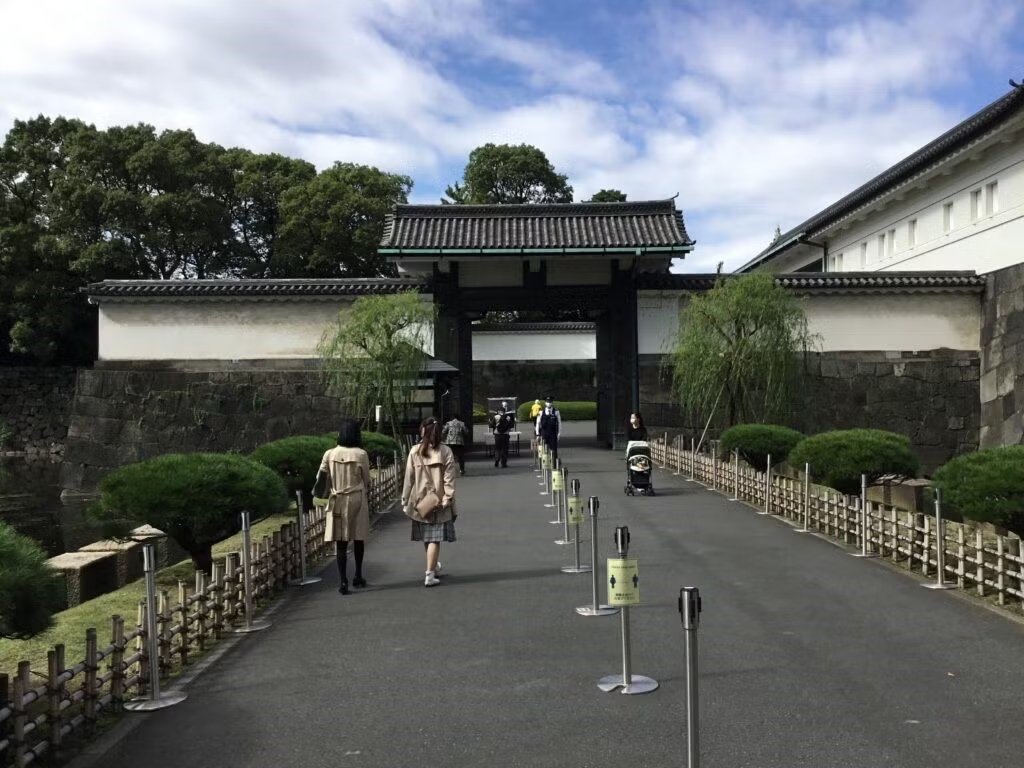
Special Historic Site: Edo Castle Ruins:
Edo castle was constructed in 1457 and Tokugawa Ieyasu who established Edo shogunate had moved to live the castle in 1590. Various extensions and maintenance of outer coat had been applied and the outermost enclosure of the castle had been finished in mid of 17th century.
The main building of Edo castle had been burned down due to the big fire occurrence named “Meireki no Taika” in 1657. The Edo castle was rebuilt soon, however only castle tower was remained as burned down. The reason is that the lack of financial resources and the lack of need for a castle tower due to no more war possibility in Edo era.

Ninomaru garden:
Ninomaru garden was the part of Ninomaru second compound of Edo castle. Various fires occurred during many years had damaged the garden. The current garden was created in 1964 which was modeled after a garden existed in mid-18 century. This is a stroll style garden connected to a pond.
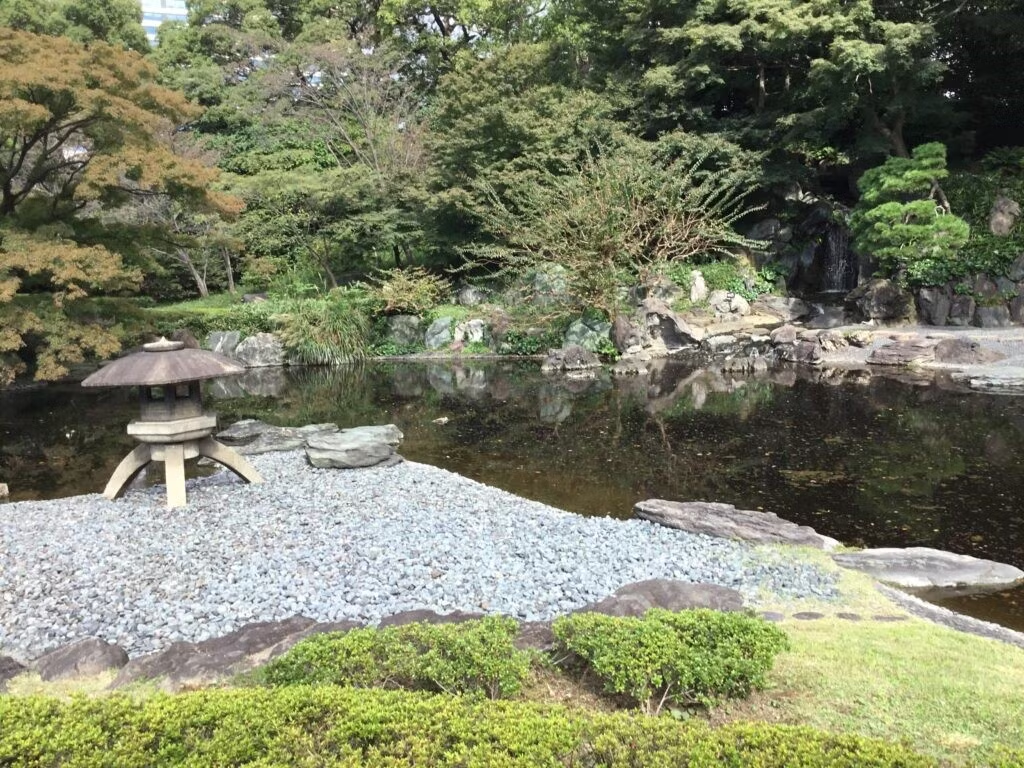
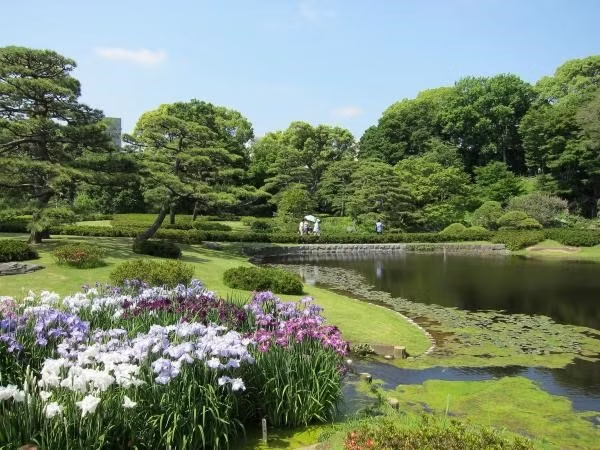
(2) Meiji Shrine:
Meiji Shrine is dedicated to the defied sprits of Emperor Meiji and his consort Empress Shoken.
It was founded in 1920 after they passed away.
After destroyed by fire in World War 2 air raids, the Shrine buildings were renovated on 1958.
Before you enter into this Shrine, you will find a gate called a Torii that separate the ordinary world from the sacred world.
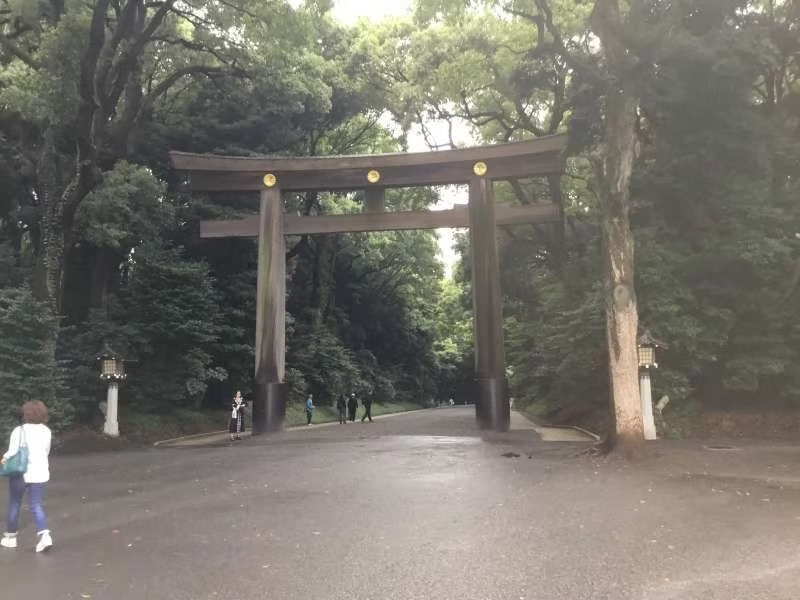
After going through Torii, you will find sake barrels which are stacked up because the deities like sake very much. Sake plays an important role in rites and festivals including Japanese weddings.
Also, Barrels of wine were offered by a famous France wine makers to pray good relationship between France and Japan.
While passing through the Shrine to main hall, you will find an oasis of woodland.
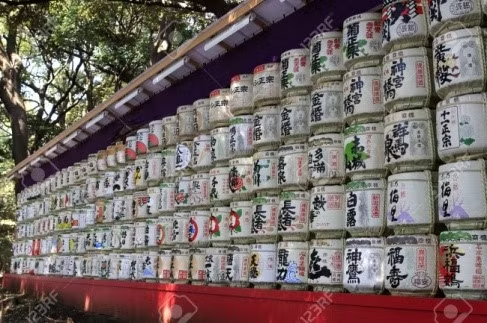
This is an artificial oasis. This Shrine is surrounded by evergreen woodland that covers 700,000square meters.
In the beginning 100,000 trees were donated by people all over Japan. There are now 170,000 trees inside the shrine compound.
This was created as the first eternal forest in Japan using most advanced tree planting techniques.
While walking through to Main hall, you will find the purification place called “Temizuya” in Japanese.
You have to purify yourselves there before praying in Shintoism.

It will take around 20 minutes to walk up the approach path to the Main Hall.
Meiji Shrine is listed as the most popular shrine for New Year’s visits. The number of visitors is around three million.
In front of the Main Hall, you can find the pair of camphor trees which were donated when Meiji shrine was founded in 1920 and are called “Myotogi” meaning as Couple trees. You can pray for a good match for couples and the safety of your family.
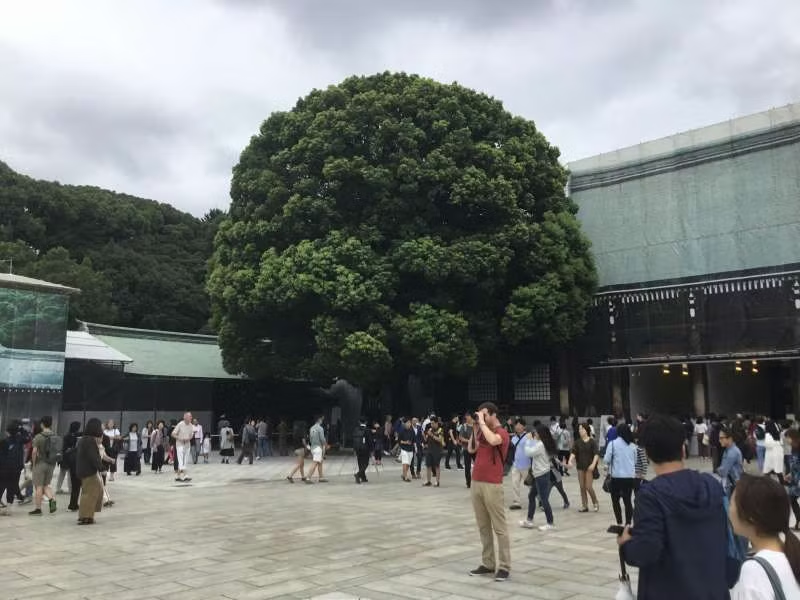
(3) Asakusa:
a) Sensoji temple and Kaminarimon gate:
This temple was founded in 628 and the oldest temple in Tokyo. Around 30million people come to pray every year.
Kaminari-mon or Thunder Gate is the best symbol of Asakusa. There is a famous huge red lantern in the center of Kaminari-mon. On either side of the gate, Fujin (deity of wind) and Raijin (deity of Lightning) are enshrined.
This big lantern was re-built in 1960 by the founder of Panasonic / Konosuke Matsushita.
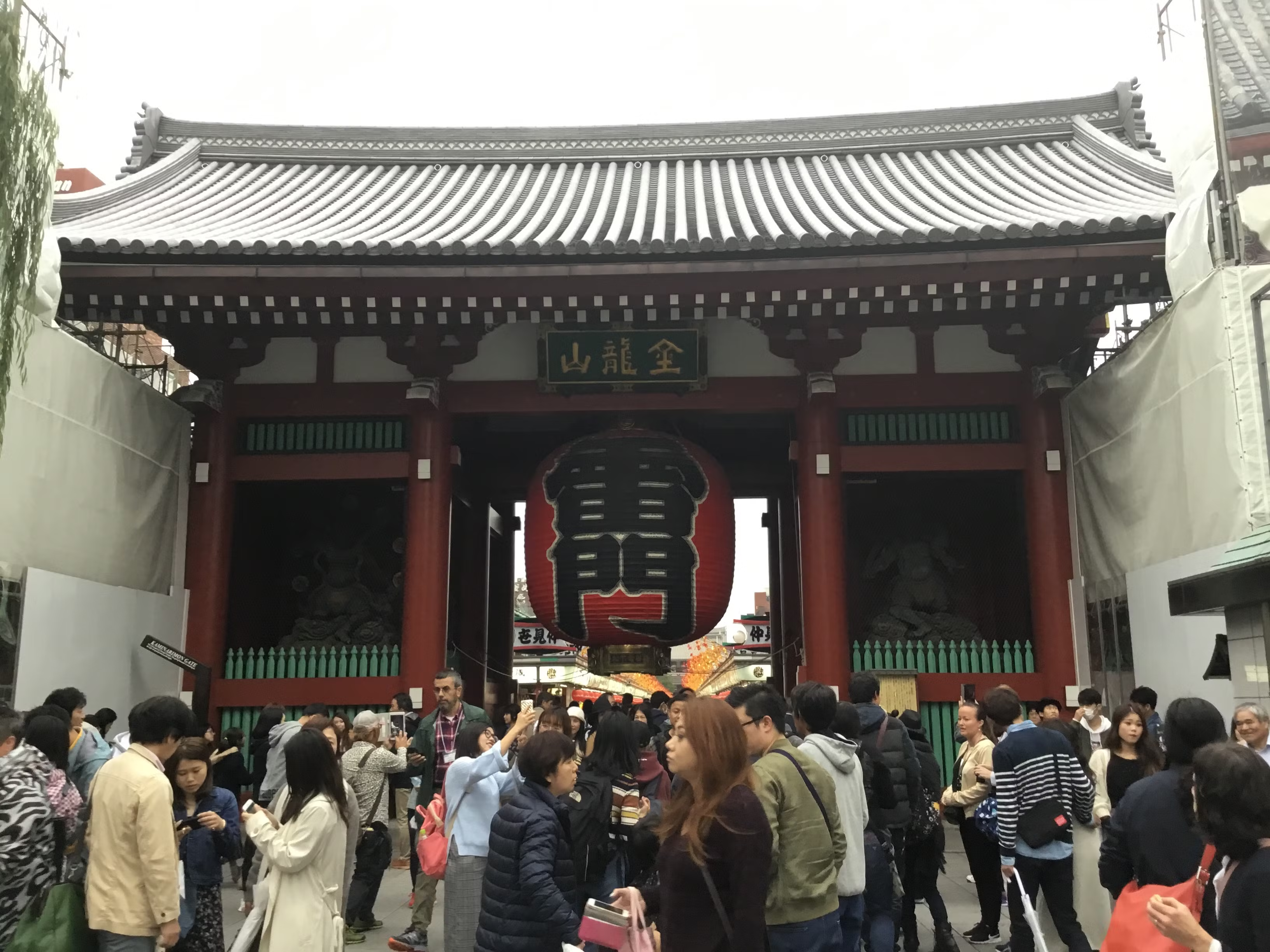
b) Nakamise-street:
The souvenir shops of Nakamise-street are lined up from Kaminari-mon to Hozo-mon for around 205 meters. The number of the shops is 89 and they are selling souvenirs such as Kaminari okoshi, Ningyo-yaki, folding fans, beckoning cat, lanterns and Japanese Kimonos including light cotton Kimono called “Yukata”. The oldest historical cake in Asakusa: ningyo-yaki of Kimuraya-store : This shop started in 1868 and is located in Nakamise-street.
![]()
d) Hozoumon gate:
Hozomon is located inside Sensoji-temple in the middle path spot through to main hall.
This means “Treasure House Gate”. On either side of the gate, Deva Kings called Nio are enshrined. These two Deva kings oversee everyone who enters the temple and keep the grounds safe.
![]()
e) Five stories pagoda in Sensoji temple:
The height of 53.32meter is the second highest pagoda in Japan next to that of Toji temple in Kyoto. A small quantity of Gautama Shakamuni’s ashes is kept on the top floor. From the bottom upward, each story symbolizes the earth, water, fire,

f) Main Hall of Sensoji:
Three deities are enshrined in this Hall.
However, worshippers are not allowed to see the Kannon Bodhisattva which are hidden inside the hall. Those are called “Hidden Buddha”. The Hidden Buddha can give you power by concealing itself.
The temple’s monks gather at the alter to chant sutras three times a day at 6 am, 10 am and 2 pm each lasting 30 minutes.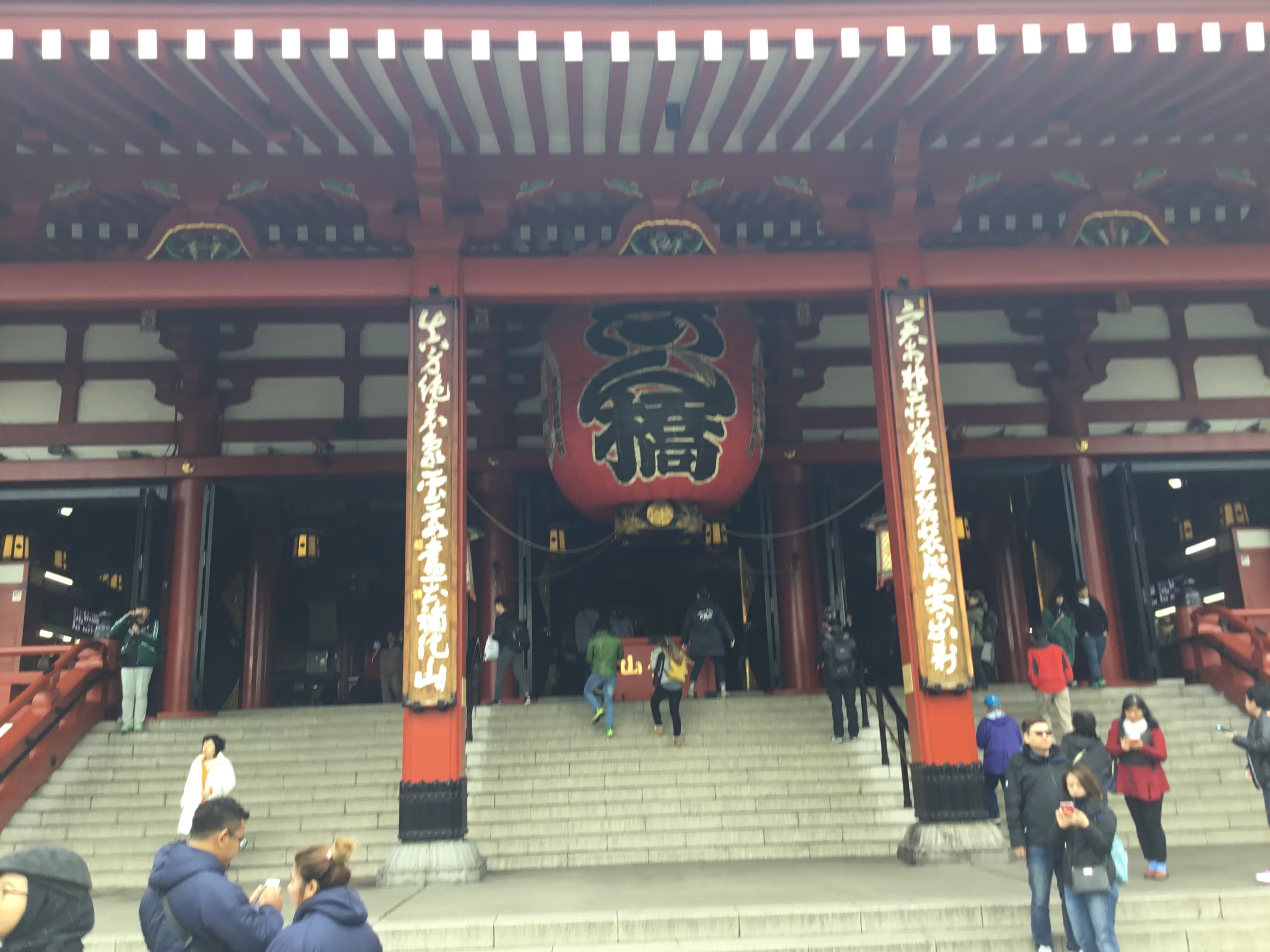
g) Asahi Breweries, Ltd. Headquarter buiding:
You can see this building beyond the Sumida-river with outstanding architecture.
The brightening gold color object next to this building is called fire object which was designed by France famous designer Philip Sculp.

(4) Zojyoji temple :
This temple is one of the representative temple in Tokyo and lots of people come here to pray.
This temple is the family temple of Tokugawa shogunate who established and had ruling power in Edo era.


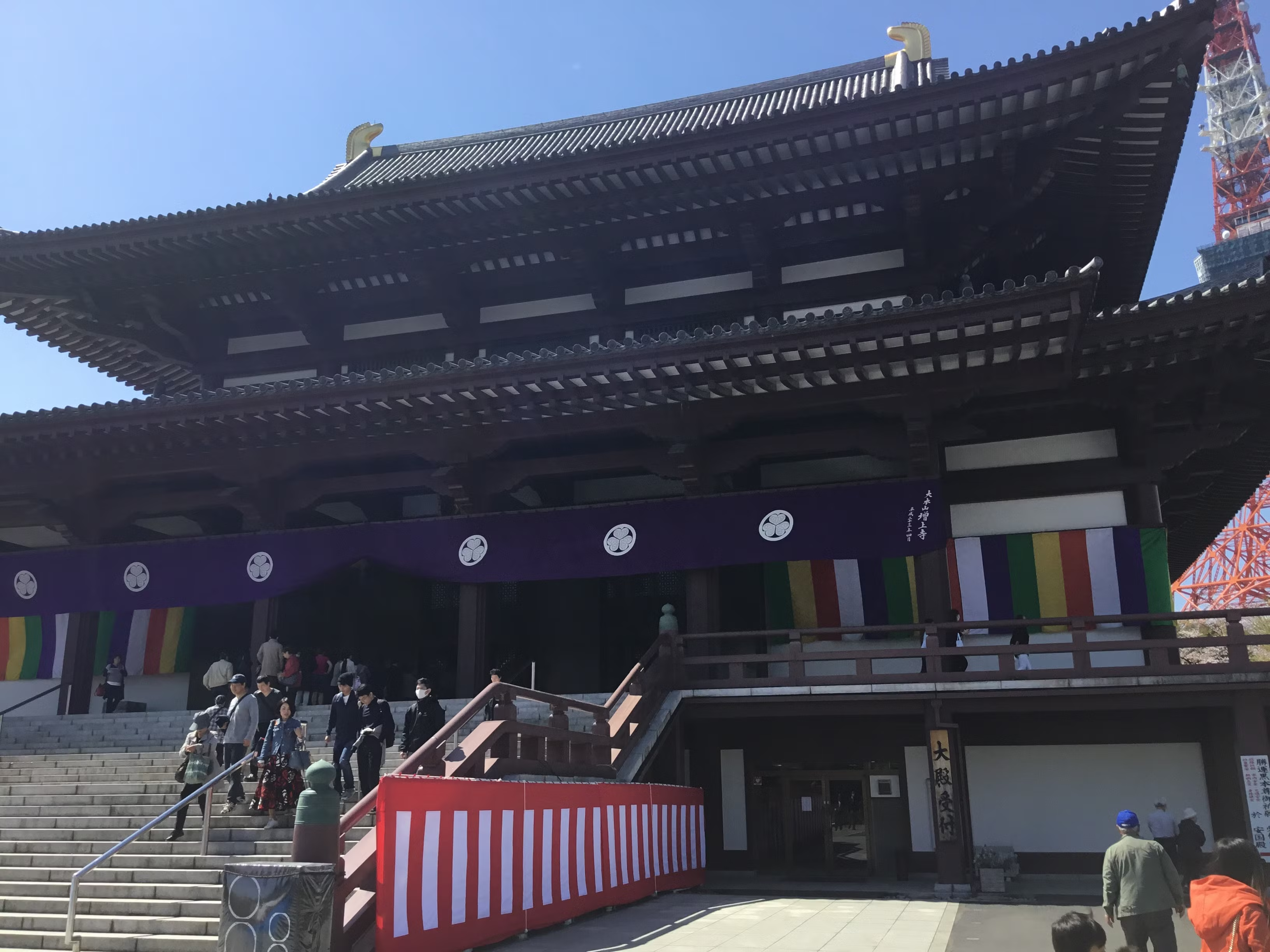
(5) Yasukuni shrine:
Yasukuni shrine was established to commemorate and honor the achievement of the people who dedicated their precious lives for their country. The name “Yasukuni” given by the Emperor Meiji represents wishes for preserving peace of nation.
Currently, more than 2,466,000 divinities are enshrined at Yasukuni Shrine.
There are souls of men who made ultimate sacrifice for their nation to join the various wars since the war occurred in 1853 related with Meiji restoration to World War 2. These people, regardless of their rank or social standing, are considered to be completely equal and worshipped as venerable divinities of Yasukuni shrine.
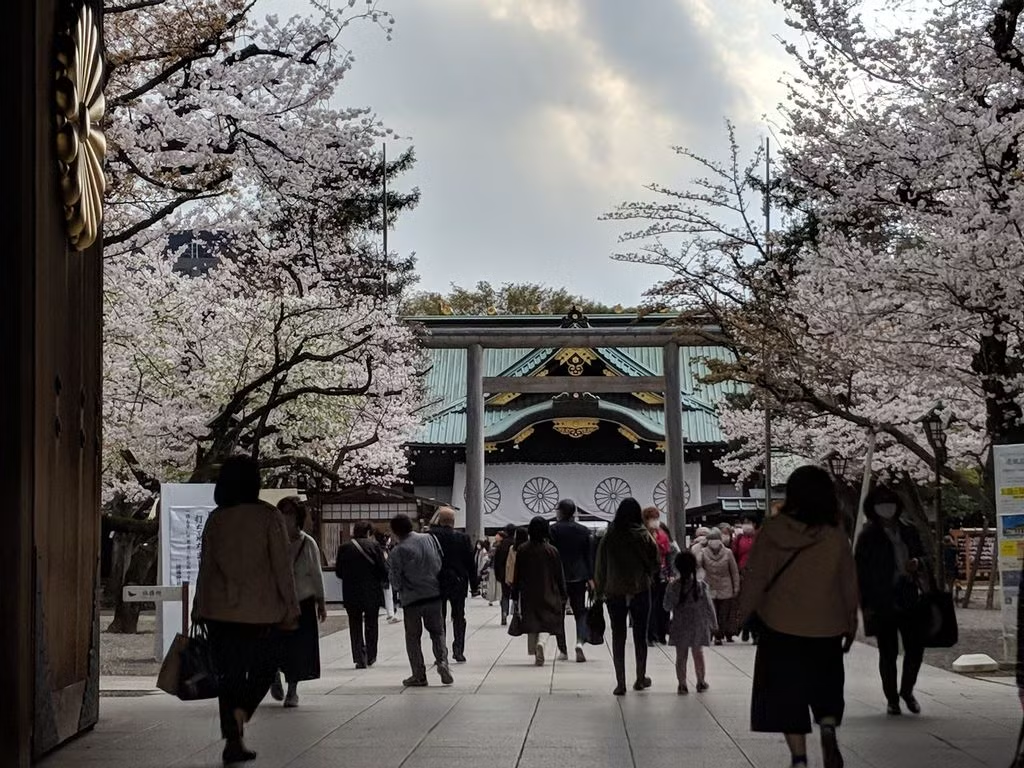

(6) Ueno Toshogu shrine
This shrine defies Ieyasu Tokugawa who established Edo era and was the top worriers in Japan.
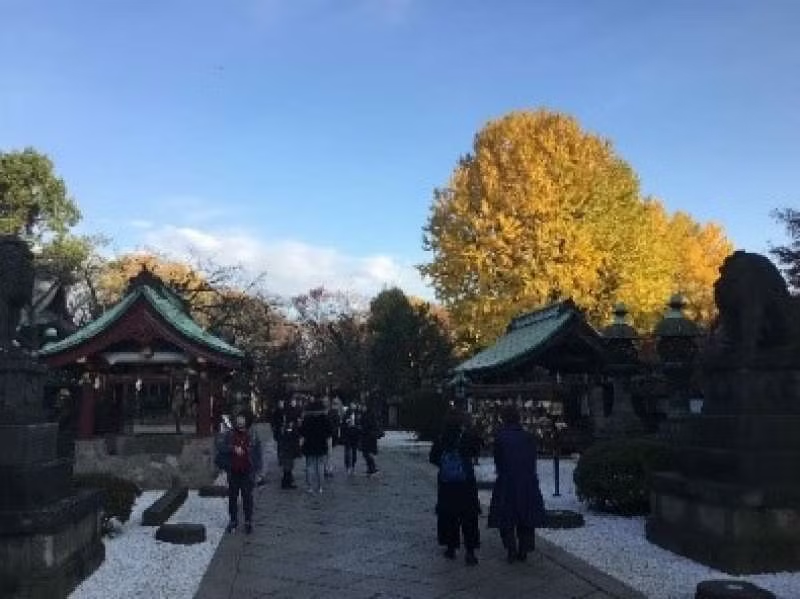
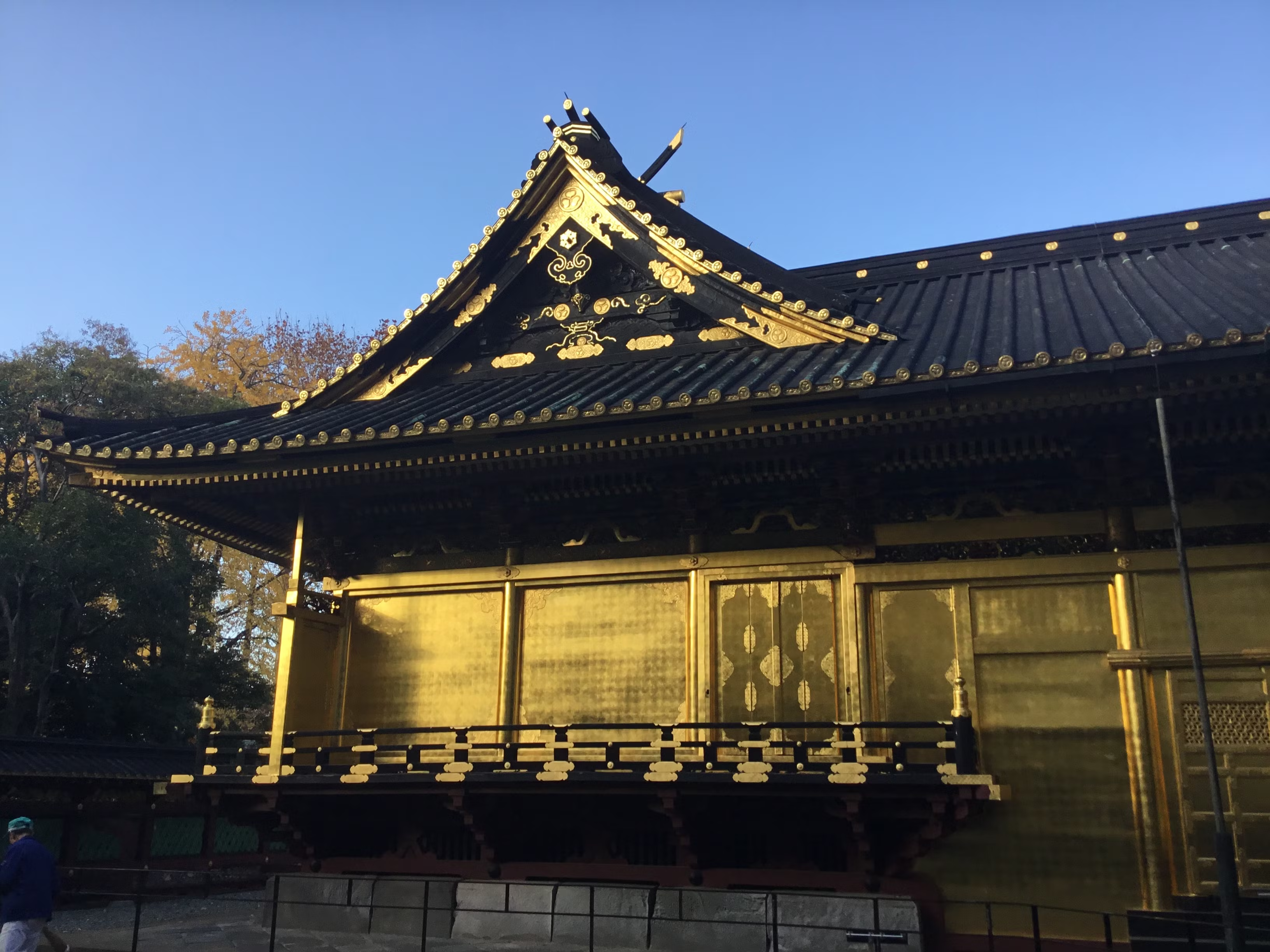
(7) Tomioka Hachiman Shrine:
Tomioka Hachiman shrine was built in 1627 and the largest Hachiman shrine in Edo period, which has been widely worshipped by people who specially lived near the town on both banks of Sumida river. The festival of this shrine named as Fukagawa-Hachiman Matsuri is one of the three biggest festivals in Edo period. Other two festivals are Kanda and Sannou. 53 numbers of portable shrines go through the street with water bravely put on those. One of the main portable shrines is the biggest gold shrine in Japan. This shrine is also the origin of Sumo tournament in Edo period. During more than 100 years in Edo period, the sumo tournament had been held in the compound of this shrine and you can see the monuments of historical Yokozuna sumo wrestlers there. This shrine brings you various benefits such as traffic safety, business success , family& company safety and safe childbirth by your prayers.
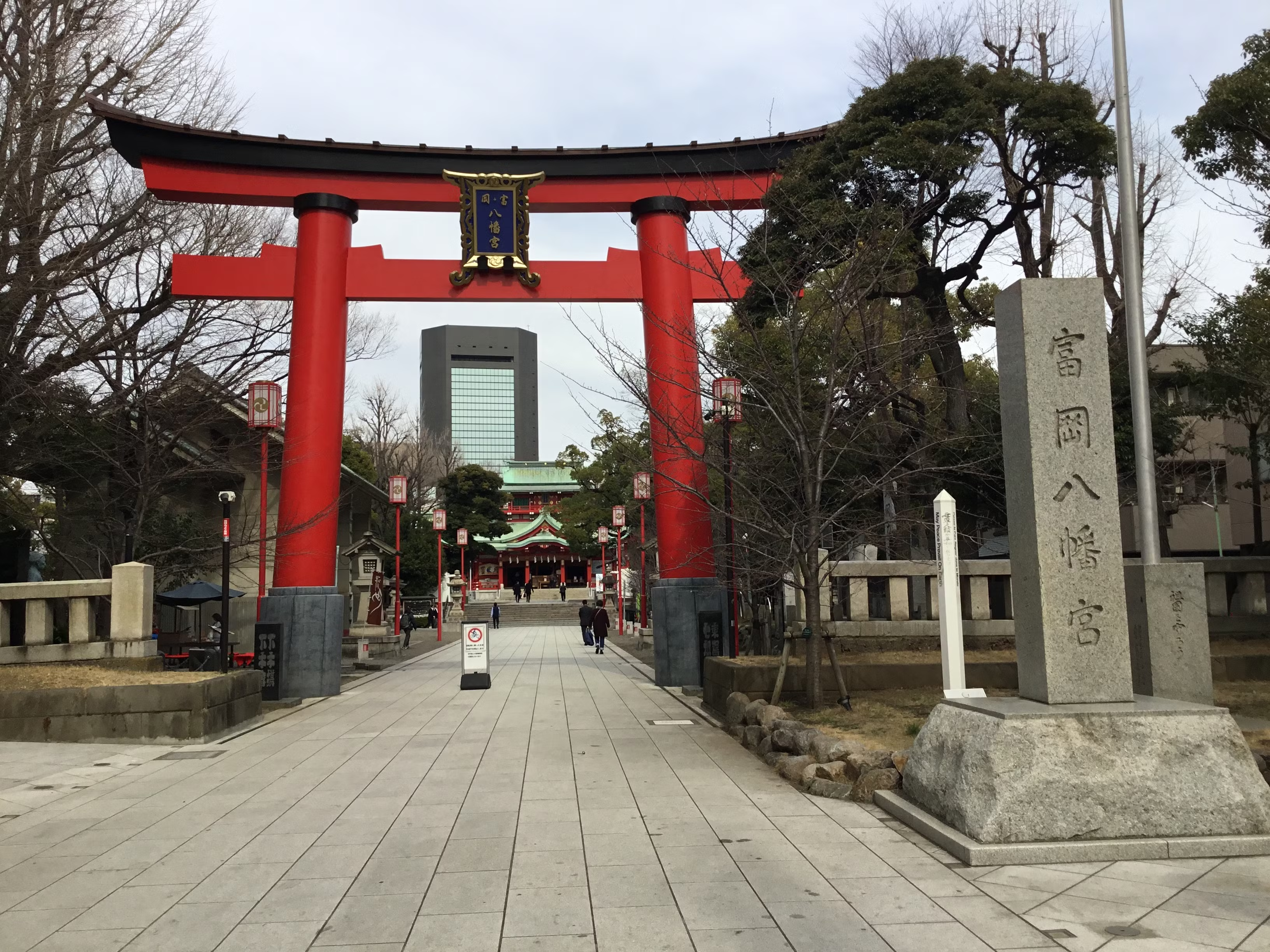

(8) Fukagawa-Fudoudo temple:
Fukagawa Fudoudo is the temple whose Principle Image is Acala.
The main hall was built in 2011 as the 310 years memorial project after foundation of this temple.
This main hall every day executes events in esoteric Buddhism called “Goma” where Goma woods which represent worldly desires are bonfire and burned up by fire of Acala wisdom. People pray for their wishes to come true.
Anyone can join the ceremony. This ceremony make you feel overwhelmed by the full impact sutra chanting, sound of Japanese drum & conch and strong rhythmical sound.
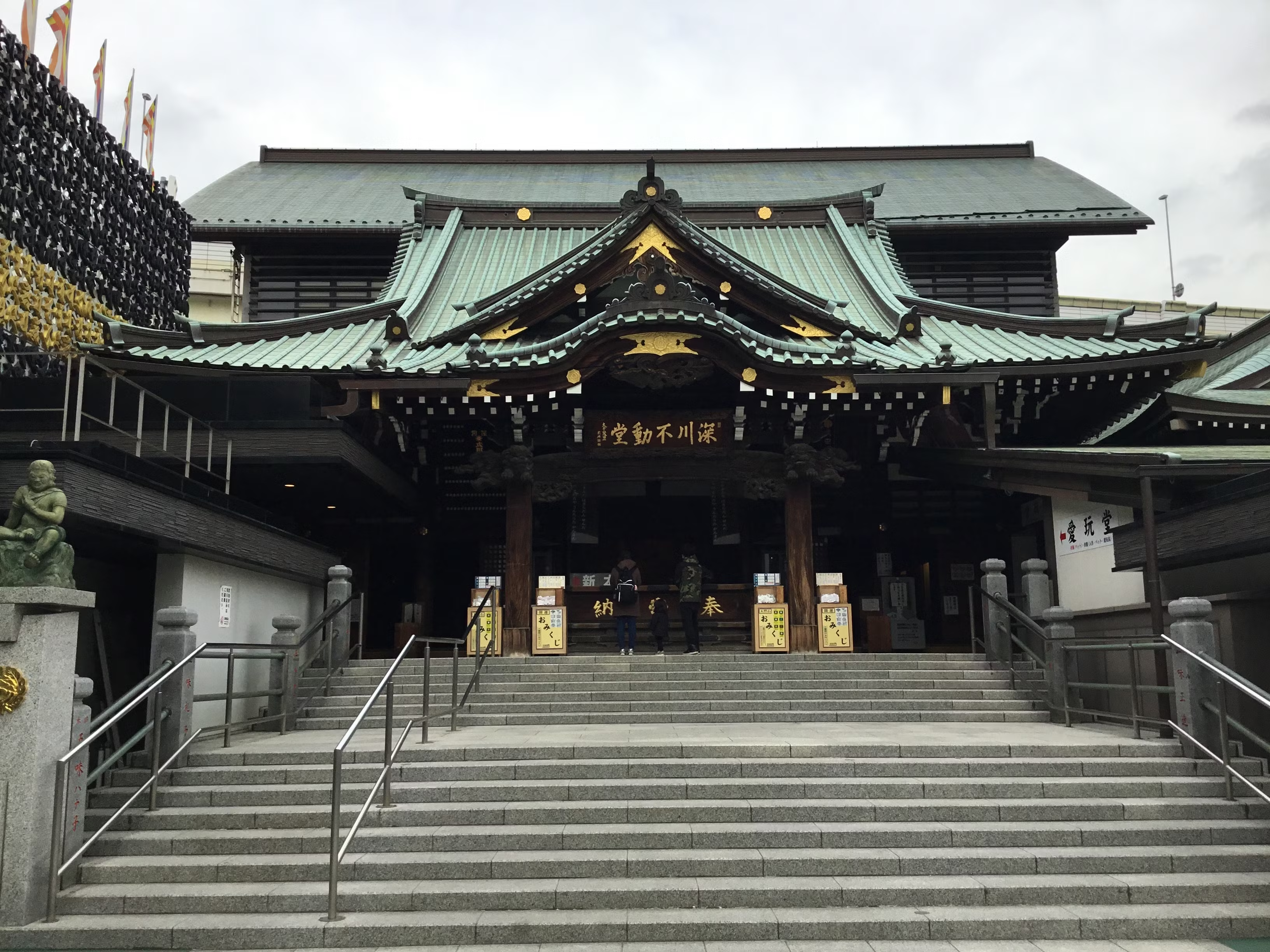
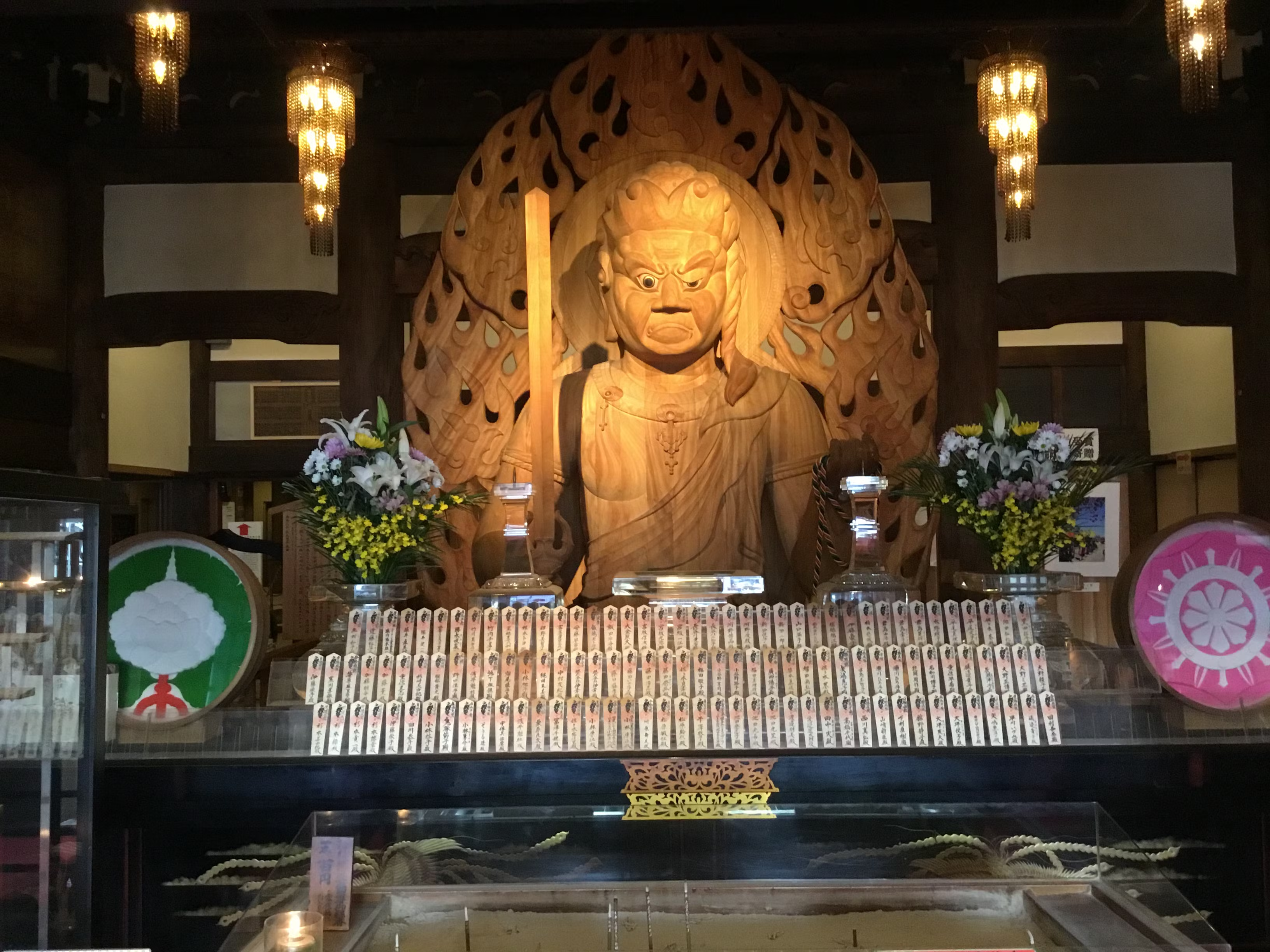
(9) Fukagawa Omotesando area:
Tomioka Hachiman shrine and Fukagawa Fudoudo temple are built with closer each other in Fukagawa town area and in this area, there are lots of traditional stores lined up on the street such as Japanese cake & pickled. Also, you can enjoy various gourmet and café. The atmosphere of this street is similar with that of Kyoto and Asakusa, however the size of area is not so wide and not much crowded.
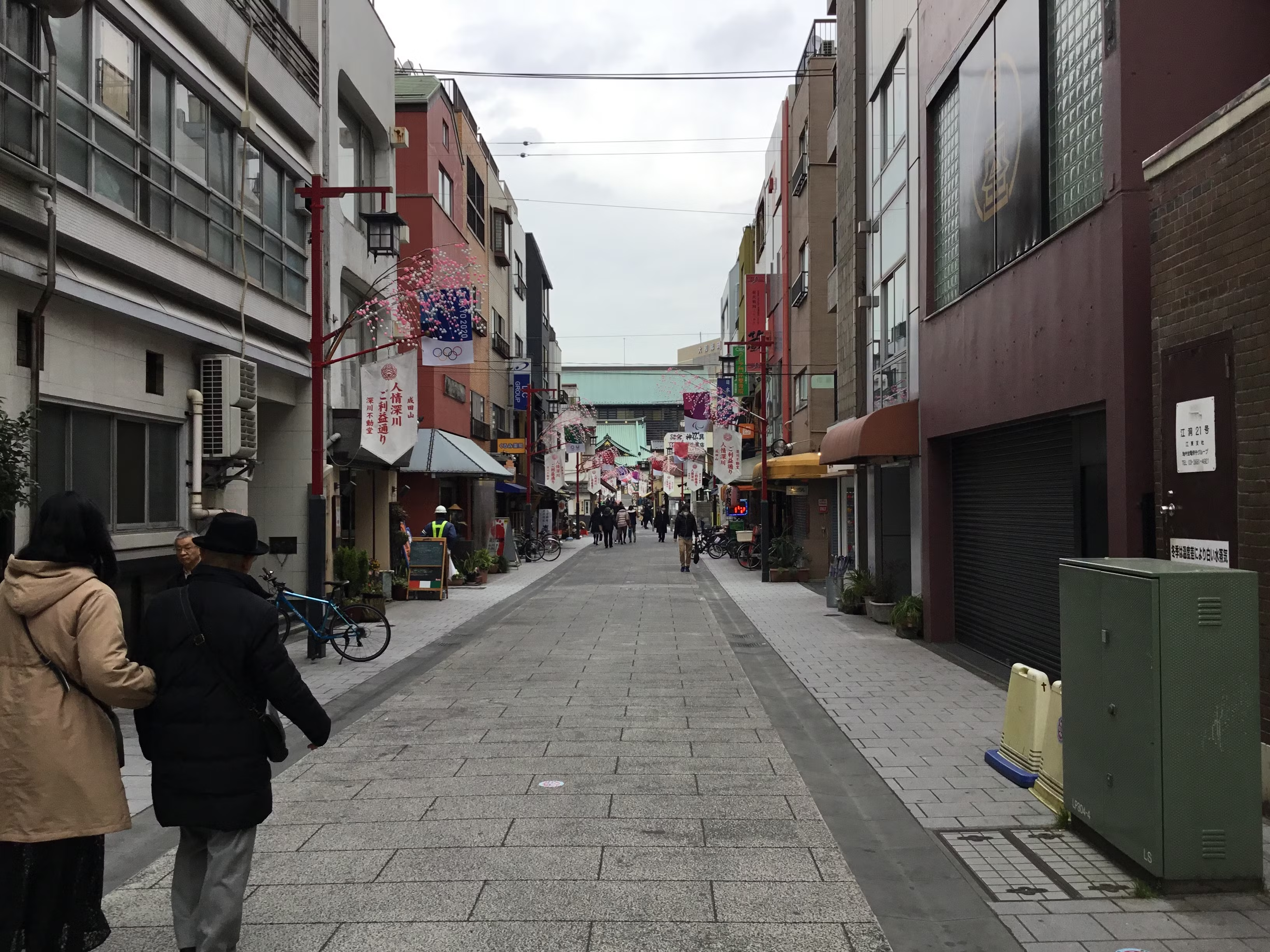
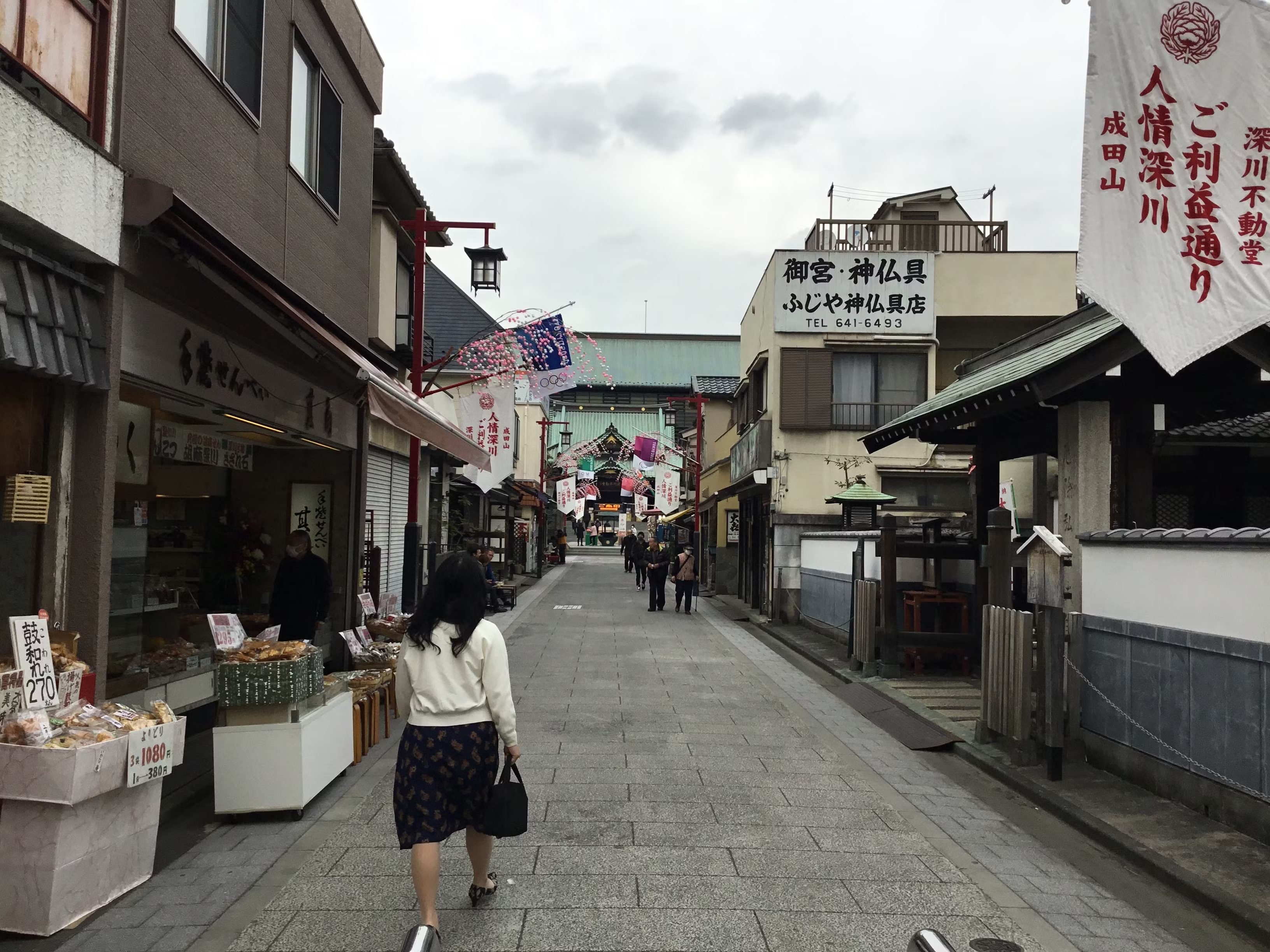
(1) Omatesando:
Omote-Sando was developed in 1919 as an approach to Meiji shrine. This street is the origin of the advanced culture where in tree-lined road, you can see lots of brand-buildings and the innovative architectures at once. This place is the treasure trove of modern Japanese architecture. On both sides and side roads of Omotesando toward Meiji shrine from Harajuku station to Nezu Museum with only about 1.6km long, many masterpieces by world-famous architects have created showcase of countless modern architecture.
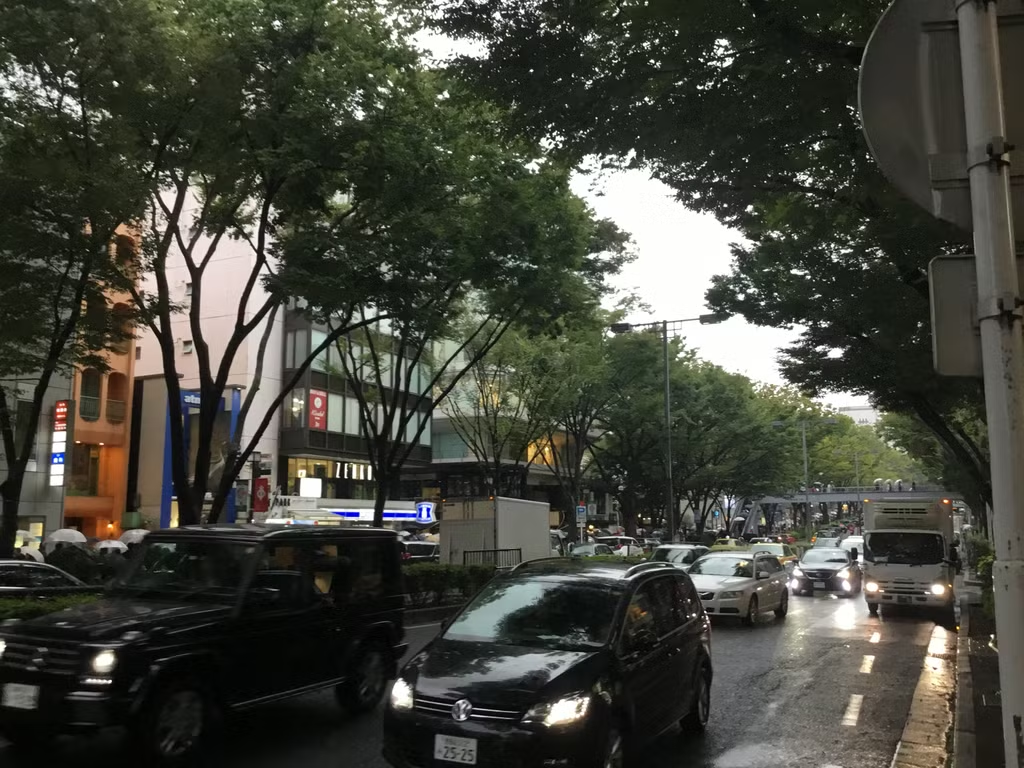
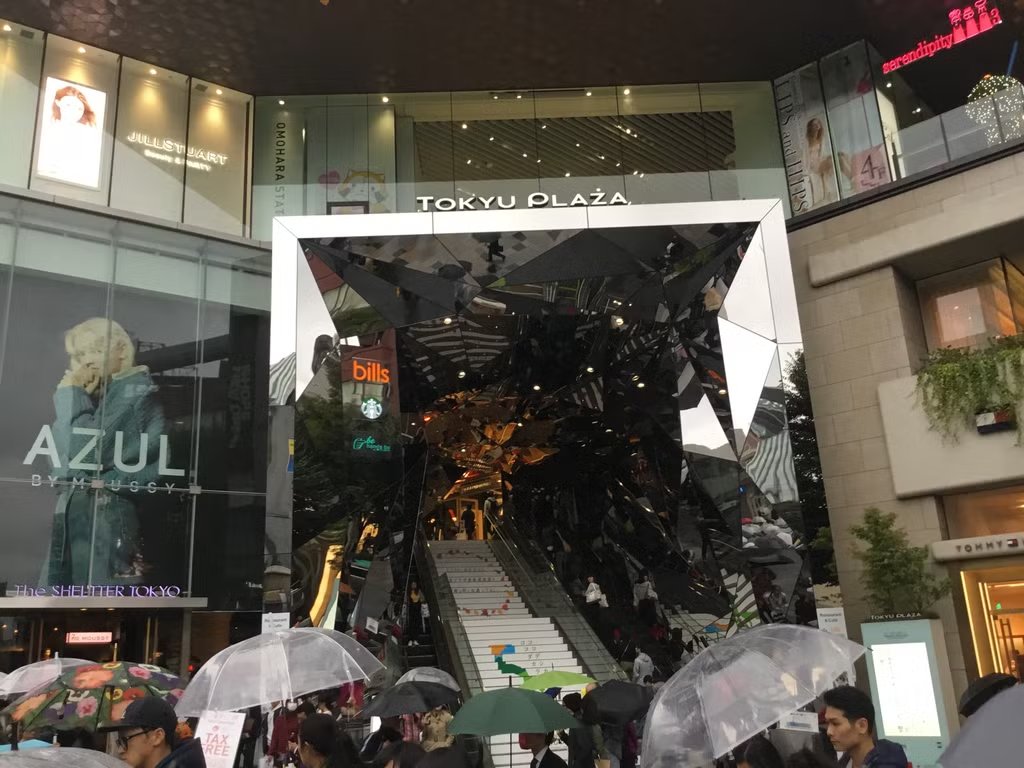
(3) Shinjuku:
Shinjuku is located in the west suburbs of Tokyo where Musashino plateau spread and the ground is strong that had prevented the damage from great Kanto earthquake and has increased the population. Lots of downtown has been created in the surroundings of Shinjuku station as a terminal station. Shinjuku station is the place where the world top number of passengers are getting on and off with more than 3million per day and one of the best tourist spots in Japan.
Now, Shinjuku has two main spots, one is the area of skyscrapers including Tokyo Metropolitan Government and the other is the entertainment district such as Kabuki-cho.
(a) Shinjuku Gyoen Garden:
This garden was completed as the Shinjuku Imperial garden in 1906. The garden was rebuilt after World war 2 in 1949 as a National garden and opened to the general public. This garden consists of three different types of gardens including a traditional Japanese-strolling type landscape garden with winding paths around the pond, a French format garden with beautiful symmetric design and an English Landscape garden with spacious grass lawns.

(b) Tokyo Metropolitan Government building:
This building was designed by Tange Kenzo who is a world-renowned architect and completed in 1991 in Shinjuku Ward. This Tocho building has two towers, north and south, which houses panoramic observation deck on the 45th floor at a height of 202meters above the ground. You can see the view of Tokyo landmarks such as Tokyo-Skytree, Meiji shrine, Mt.Fuji if whether is fine and so-on.
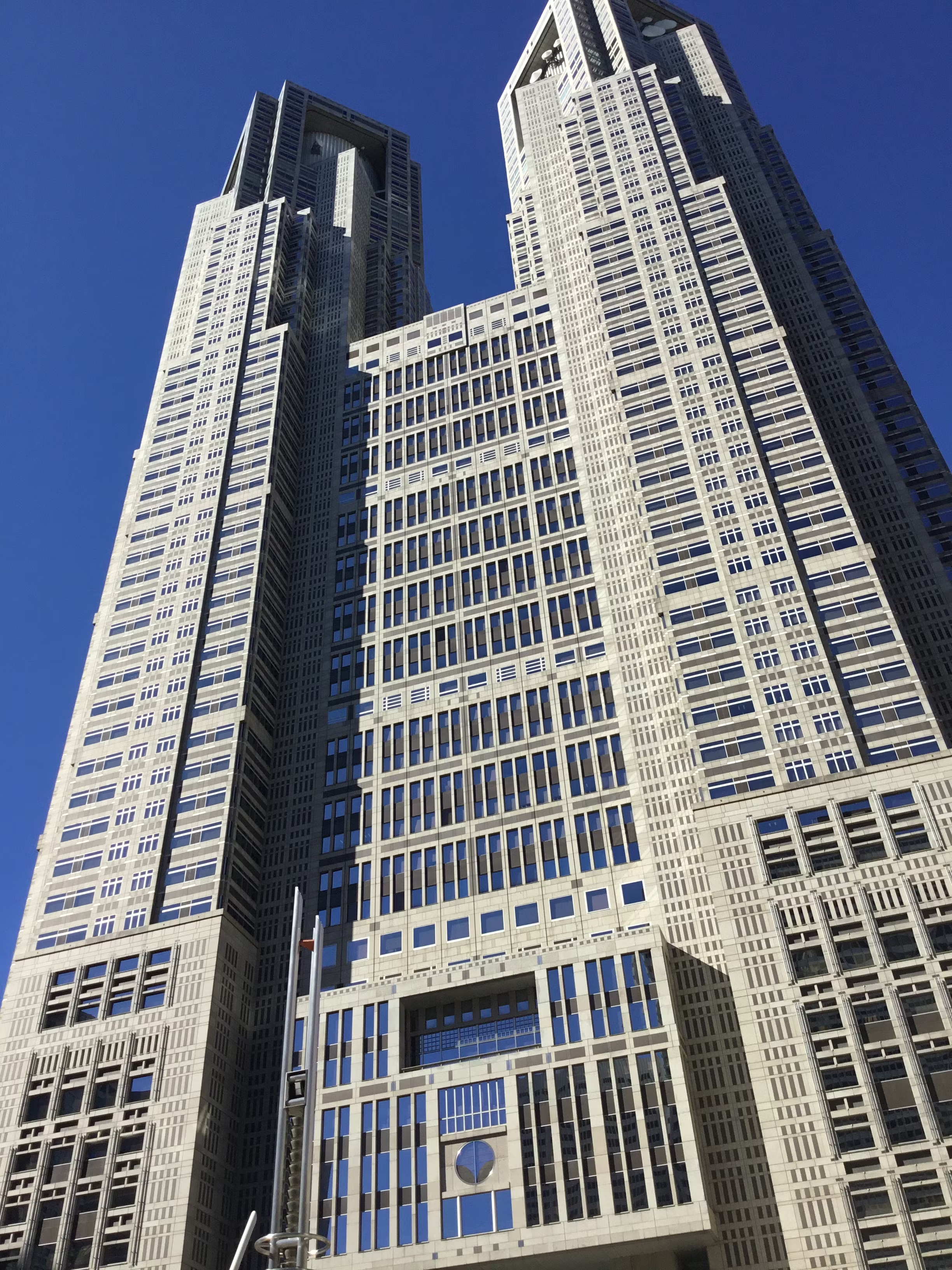
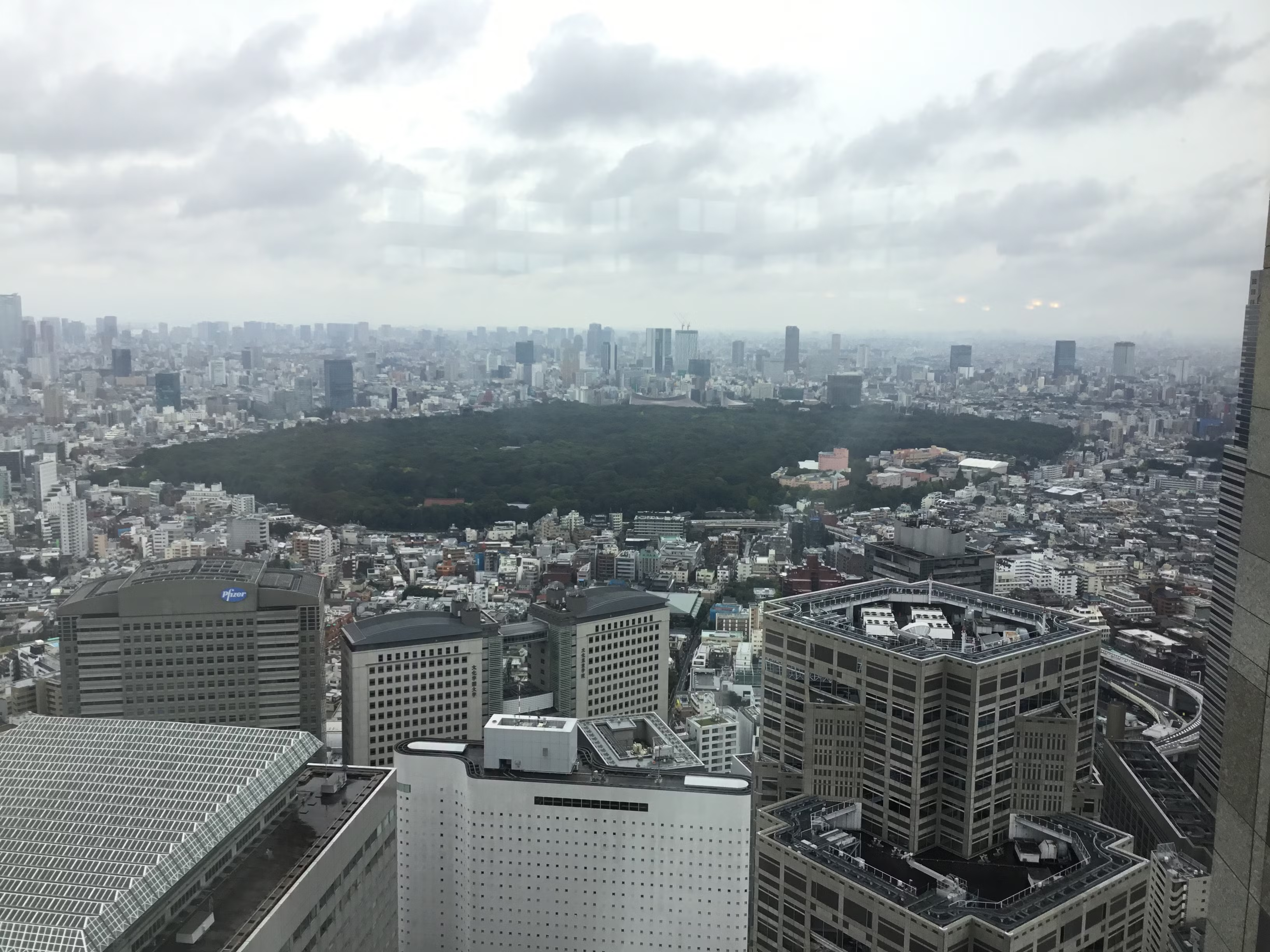
(c)“Omide Yokochou”:
To drop in "Omoide Yokocho" which is the traditional meals street lined up with small type of Japanese bar where you can tase Yakitori, eel, oden and so-on.
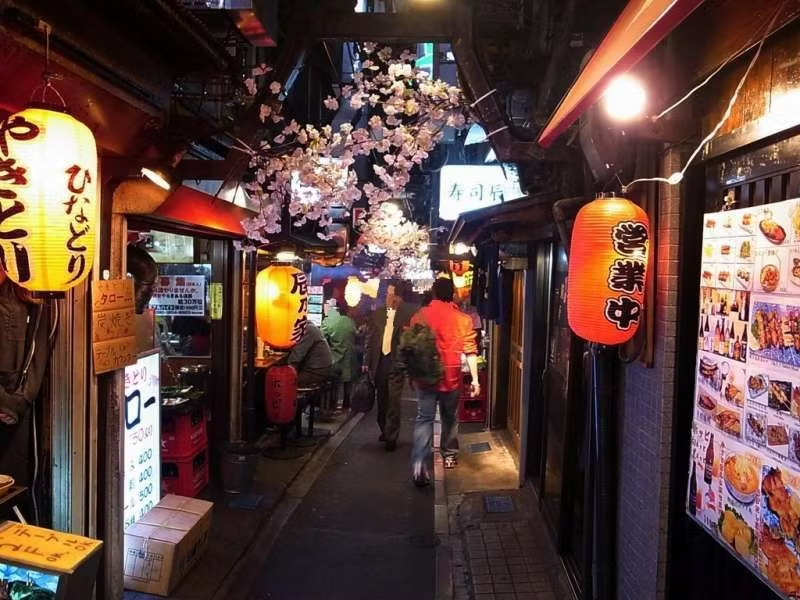
(d) Shinjyuku Kabukichou street:
Then, to move to Shinjyuku Kabukichou street of bustling area where you can find various type of entertainment spots, restaurants and shopping. during strolling, you can find "Gozilla" face coming up on to some tall buildings.
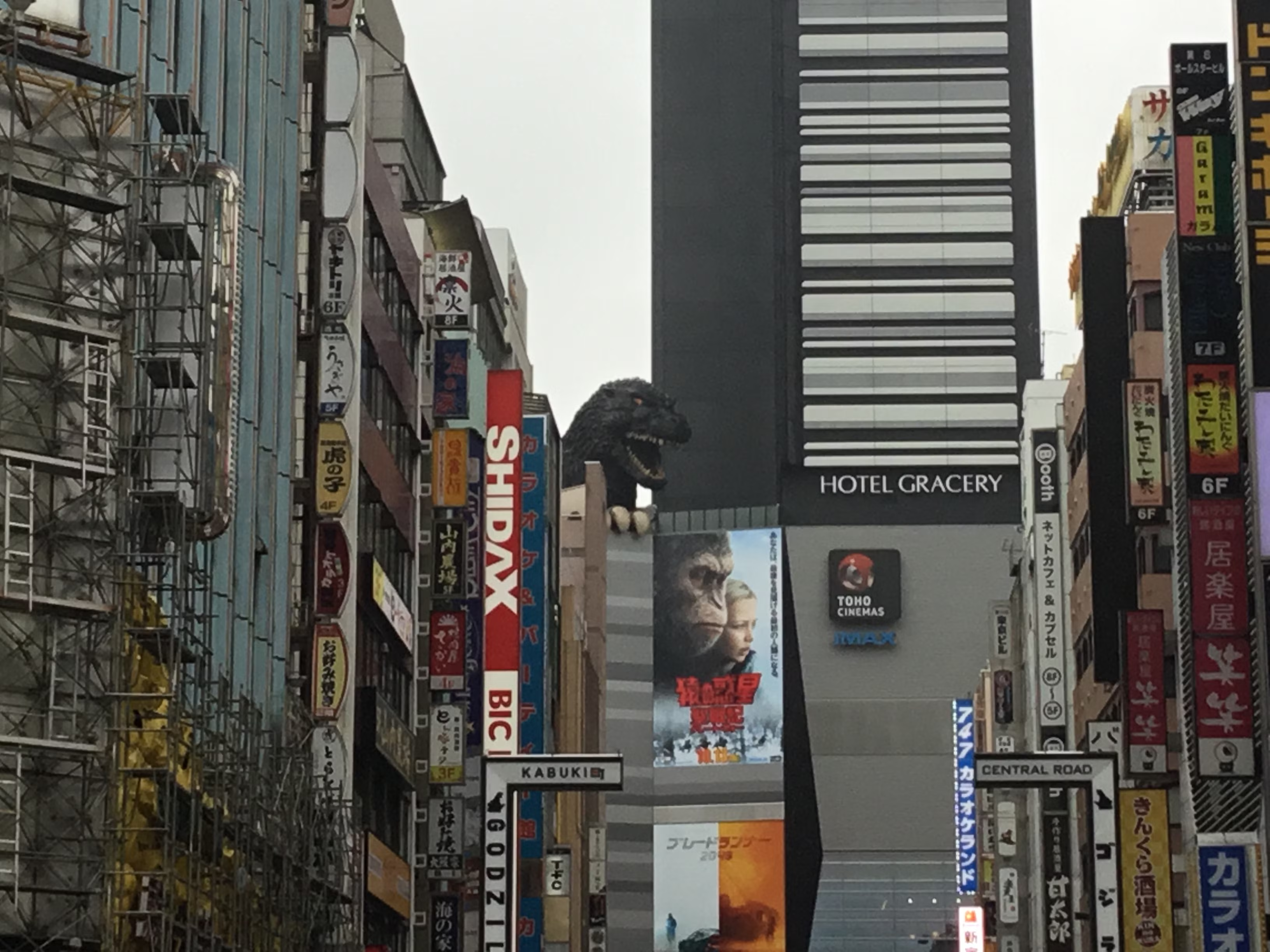
(e )Shinjuku Golden-Gai Alley:
The Shinjuku Golden-Gai district has about 250 tiny bars and eateries crammed into a maze of six narrow alleyways. It is too narrow even for a small car to enter. The old two-and three-story wooden houses can only accommodate 10 to 15 customers at one time. No store is open in the daytime. The alley districts are dimly lit in the evening, and very much alive at midnight. Street security cameras have ensured the areas safety and the area has become very much familiar for tourists from abroad.
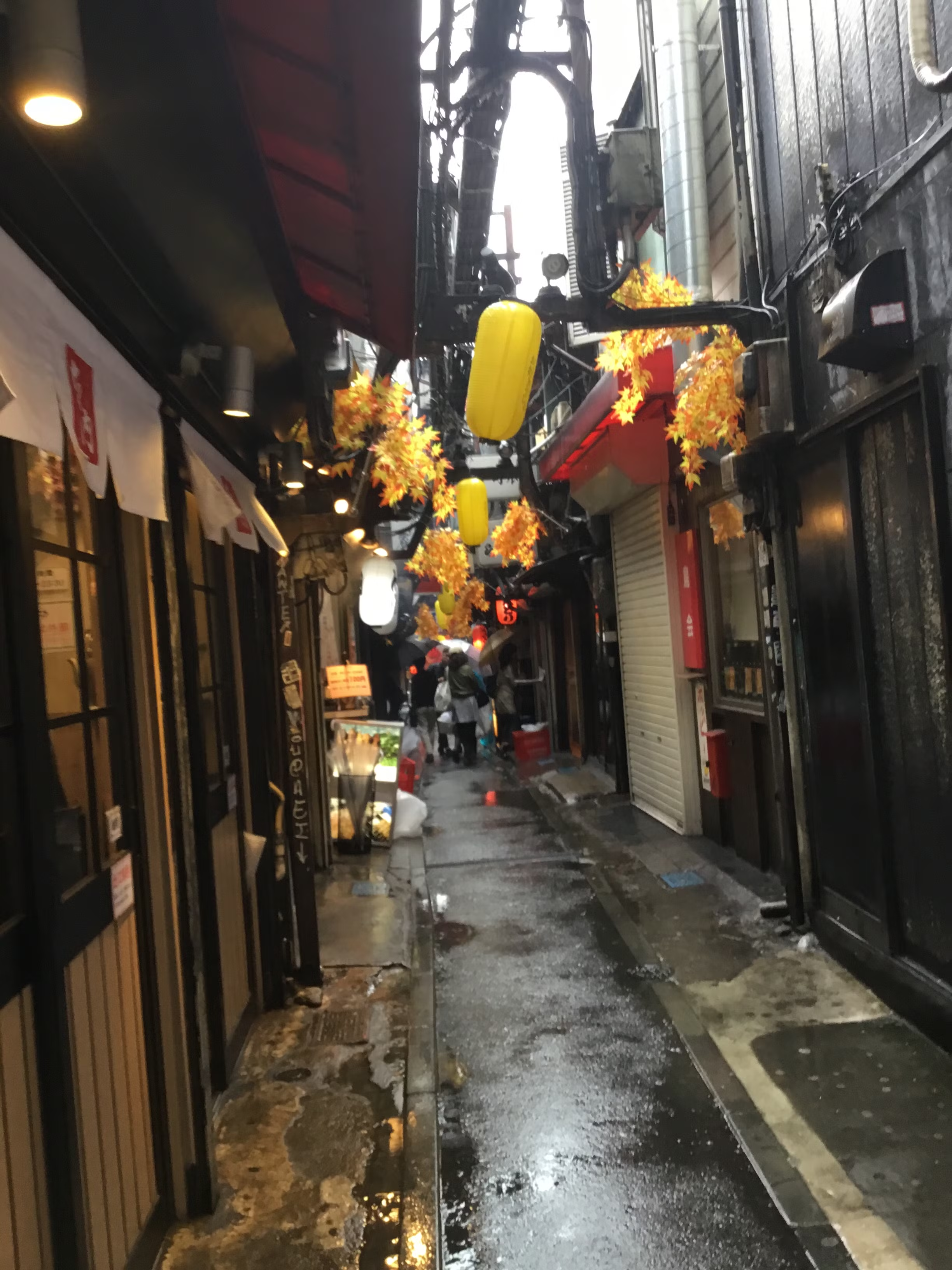
(1) Omatesando:
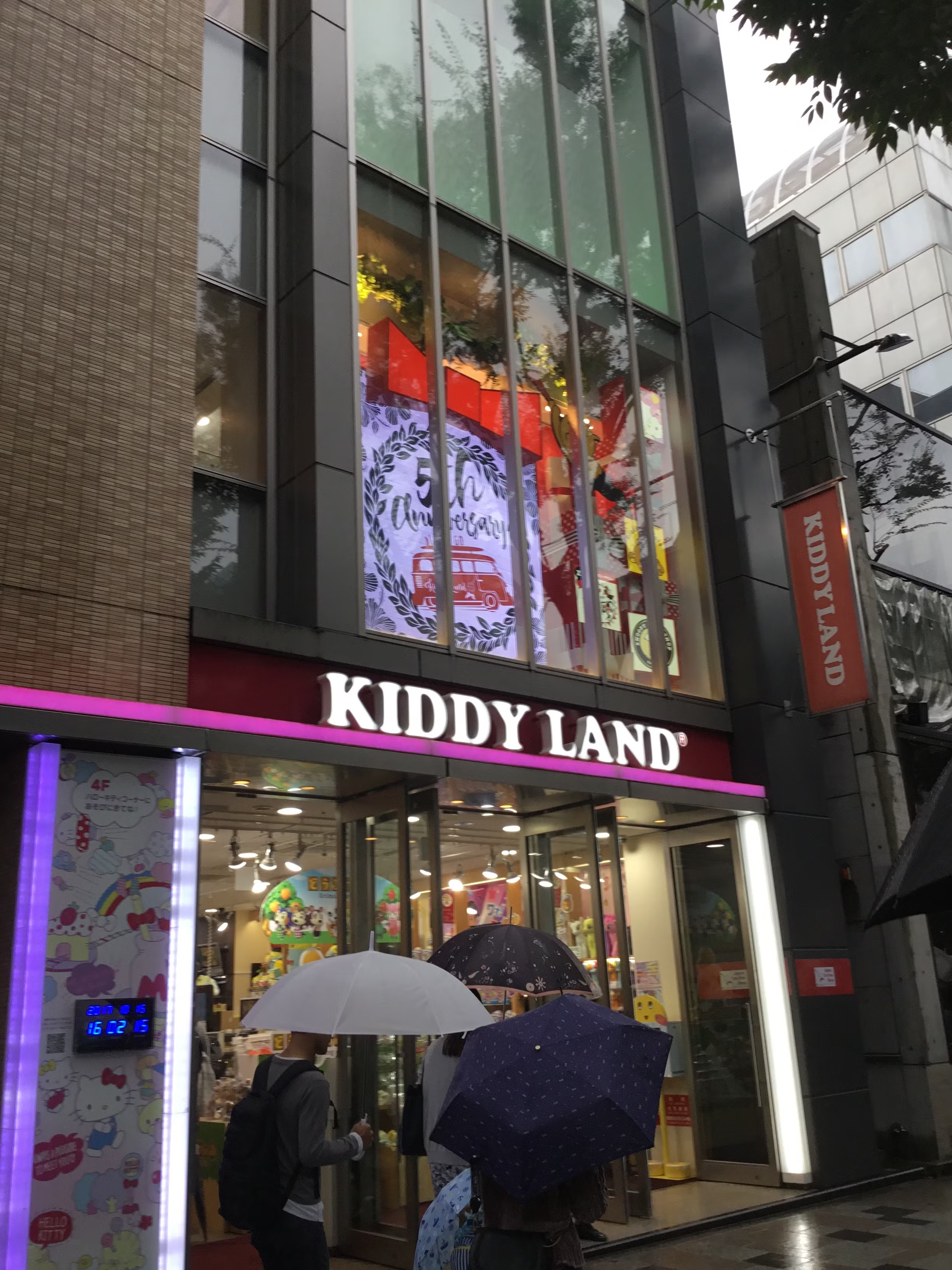
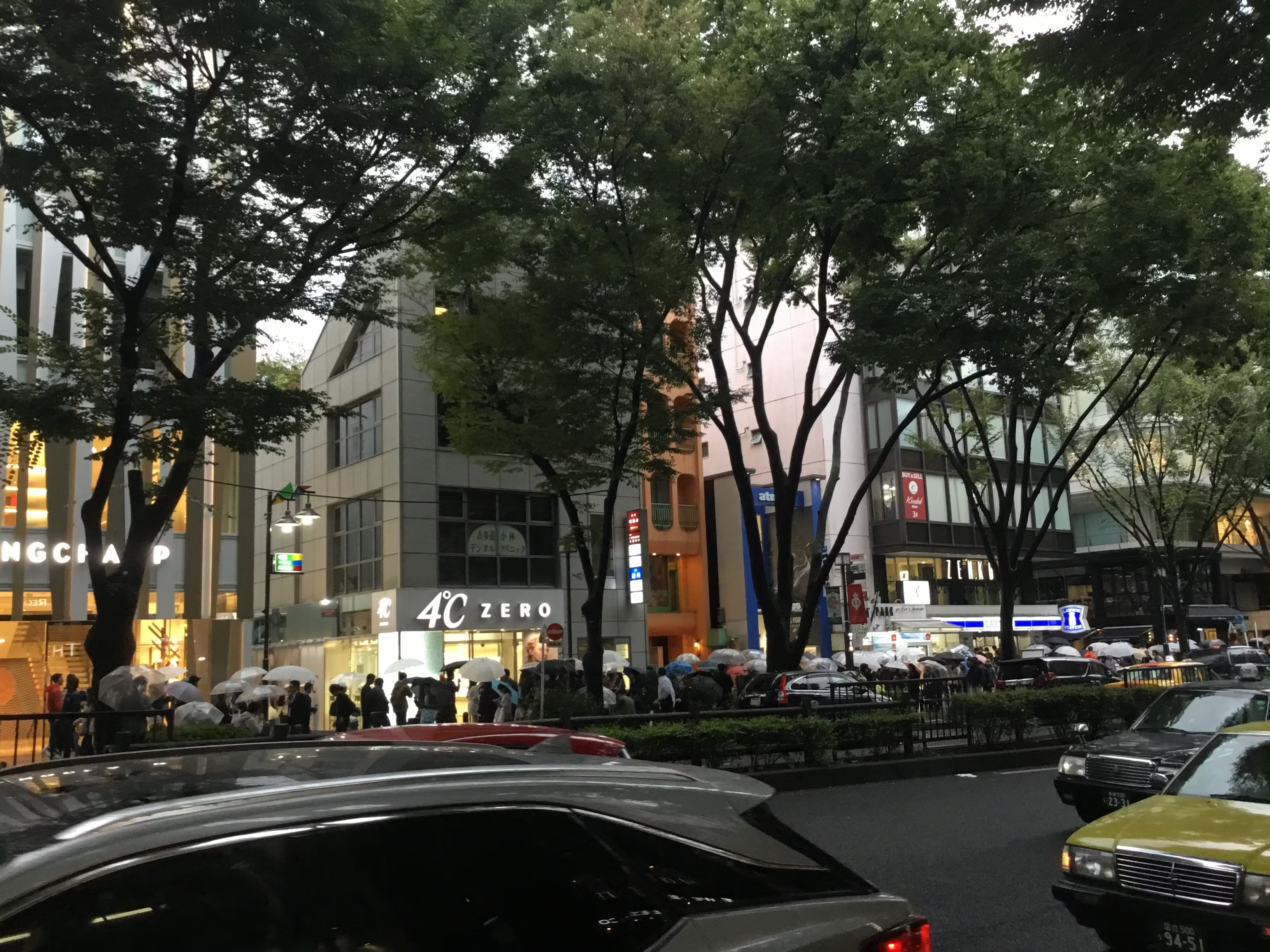
Fashion building of Woodland in Harajyuku:
This is the trend mark of Harajyuku and around 140 shops handling Lolita fashion and recent trend cloths. You can get stimulation by the spots dispatching latest trend.
Cat street stretching north to south from the center of Omotesando:
There area bring you the sophisticated atmosphere with latest trend information.
You can make shopping with relaxed and happy mind.
(2) Shibuya pedestrian scramble crossing:
Shibuya pedestrian scramble crossing is located in front of the JR Shibuya station.
The scramble crossing is a five-way intersection in which hundreds or in some case thousands of pedestrians surge at once from all directions into the crossing when the crossing light turns green. Pedestrians pass through each other without colliding to reach their target destinations. If you see this scene from a slight distance upwards such as a café or a grass-walled walkway in Shibuya station, the intersection looks like a flood of people.
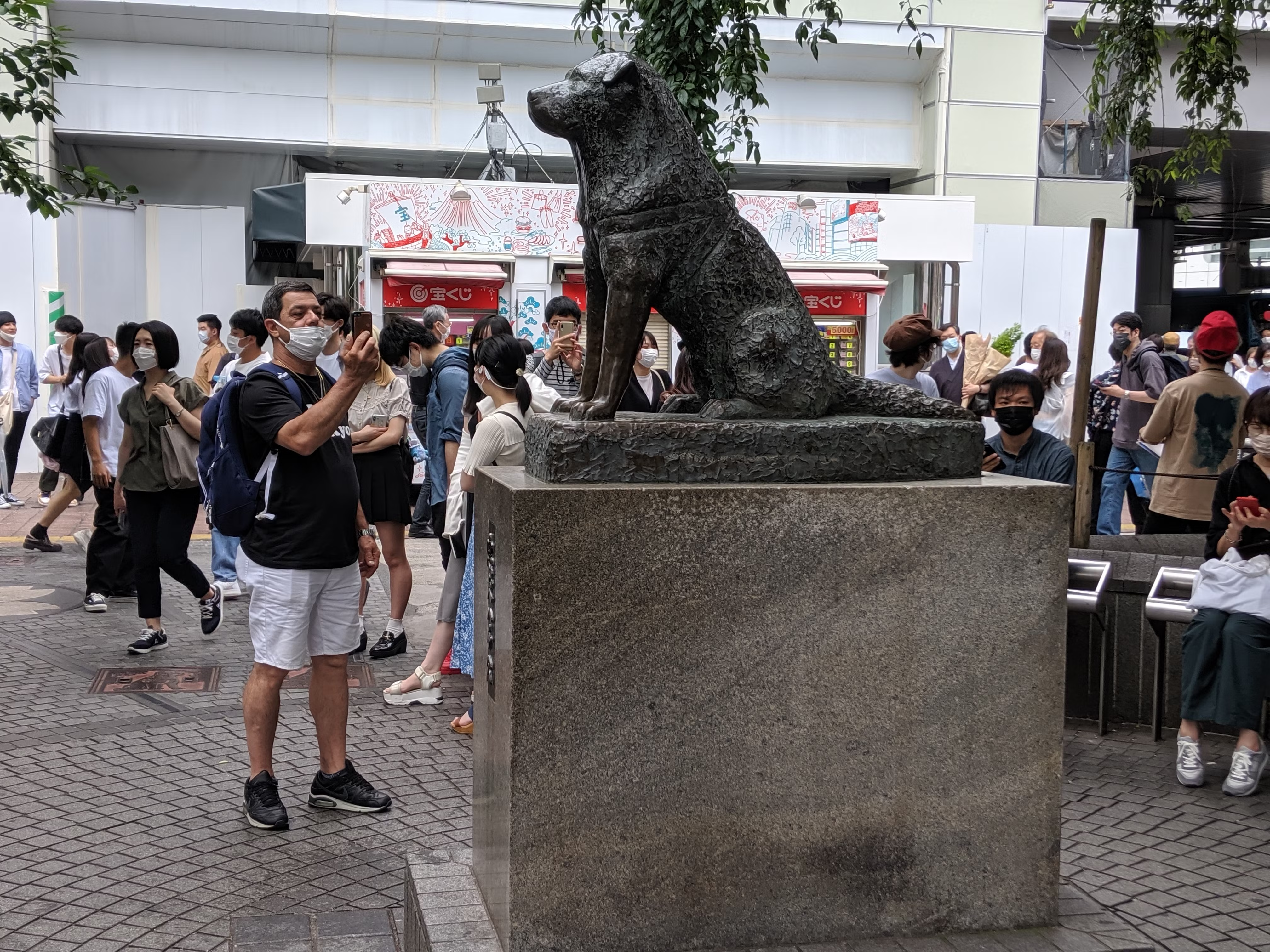

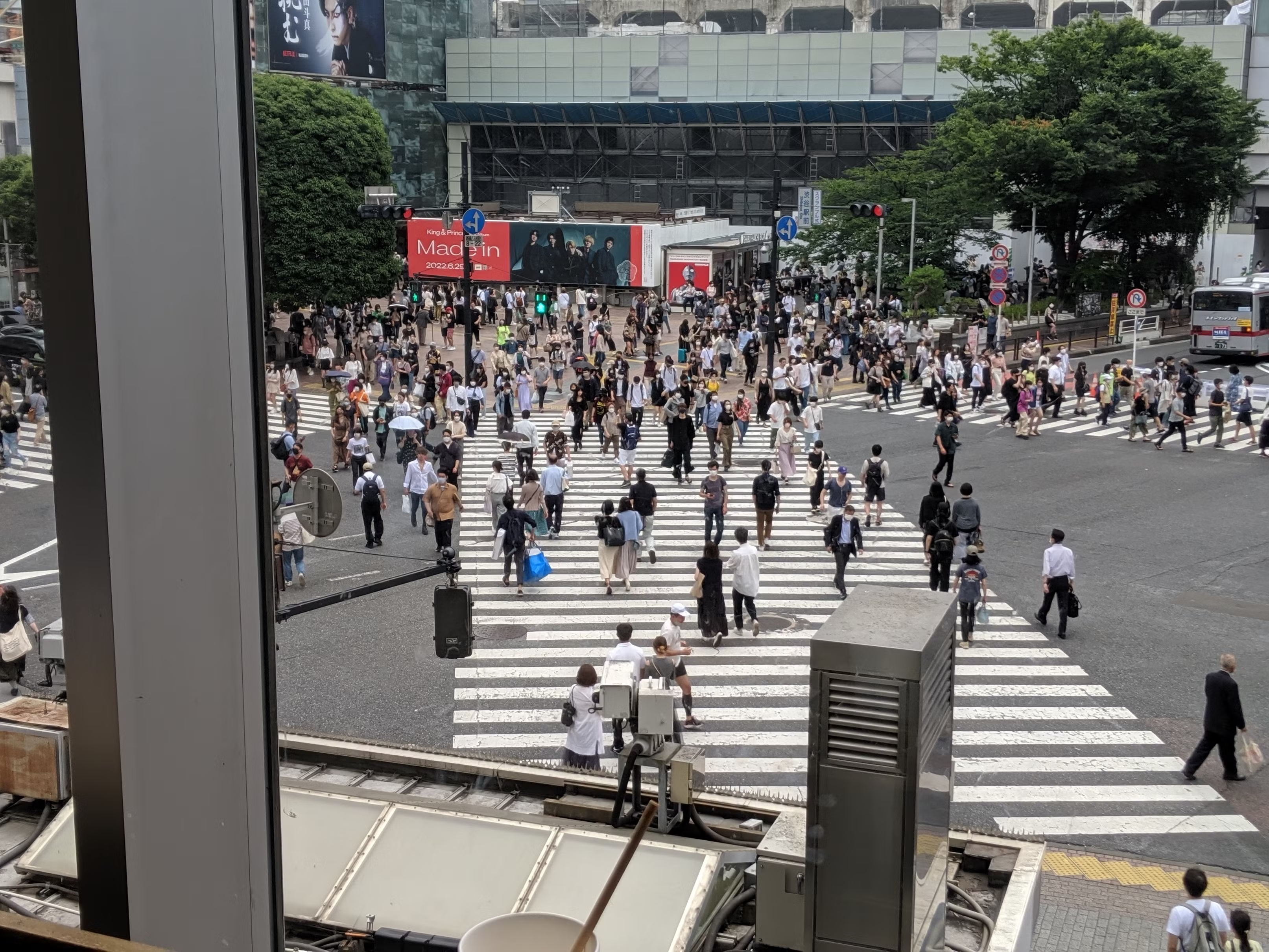
(3) Shinjyuku
Shinjuku Kabukicho: Kabukicho is the most crowded amusement area in Japan including Golden street, Godzilla sight spot. Food restaurant, Manga-café, Izakaya-bar, Drinking bar, Pachinko parlor, amusement facilities such as Robot restaurant , movie theaters and so-on.
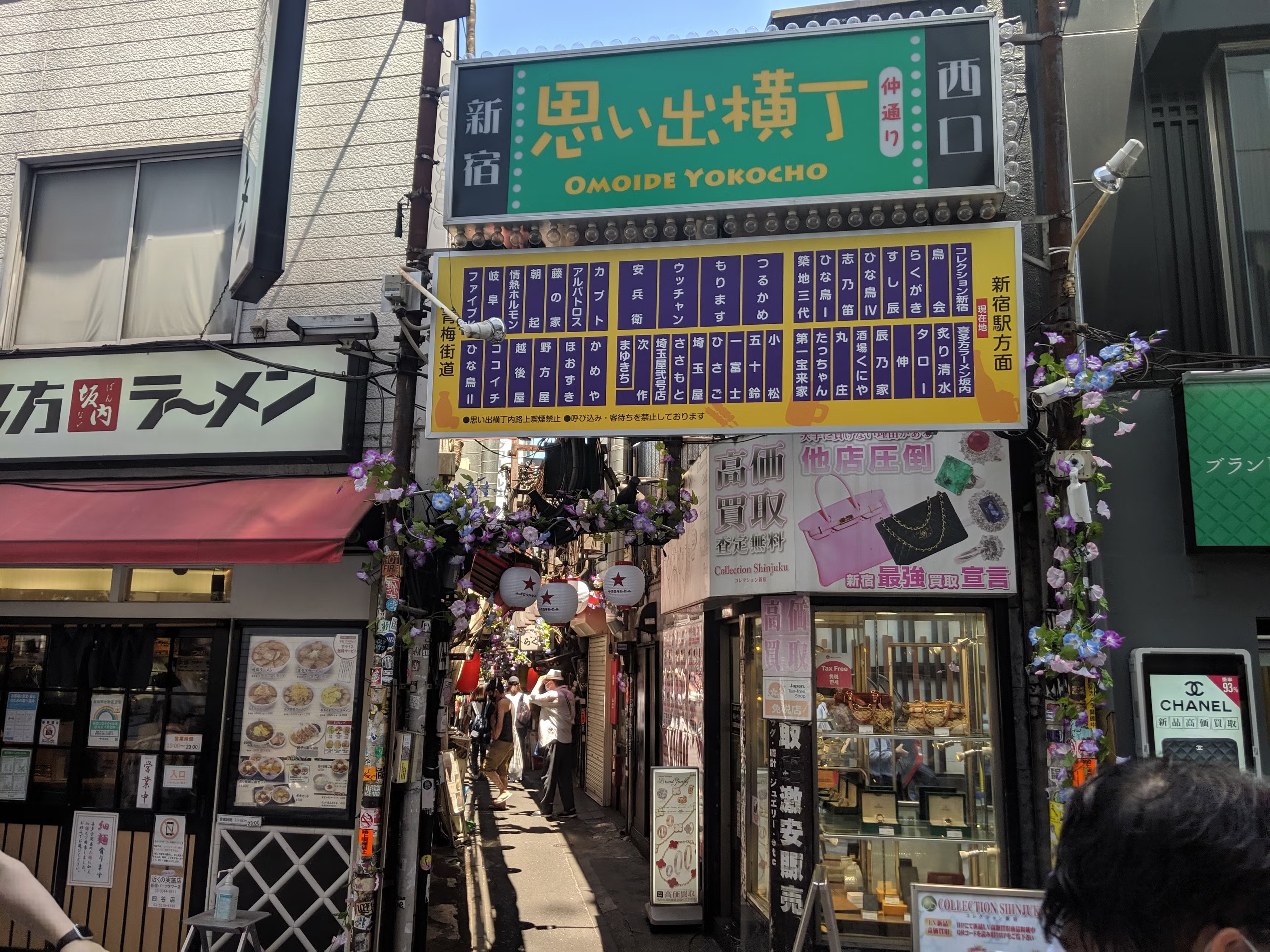
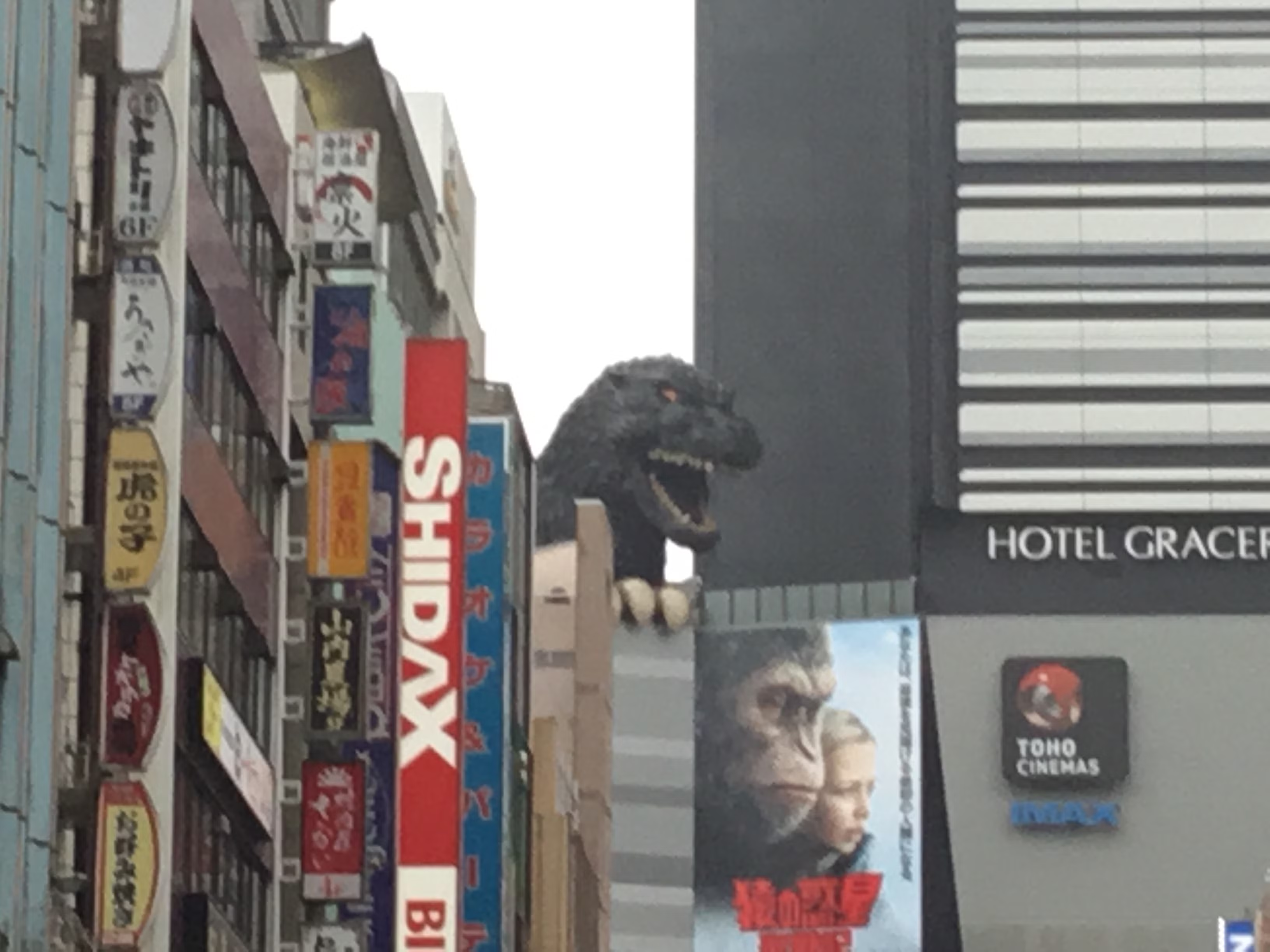
Shinjuku Golden-Gai Alley:
The Shinjuku Golden-Gai district has about 250 tiny bars and eateries crammed into a maze of six narrow alleyways. It is too narrow even for a small car to enter. The old two-and three-story wooden houses can only accommodate 10—15 customers at one time. No store is open in the daytime. The alley districts is dimly lit in the evening, and very much alive at midnight. Street security cameras have ensured the area’s safety and the area has become very much familiar for tourists from abroad.
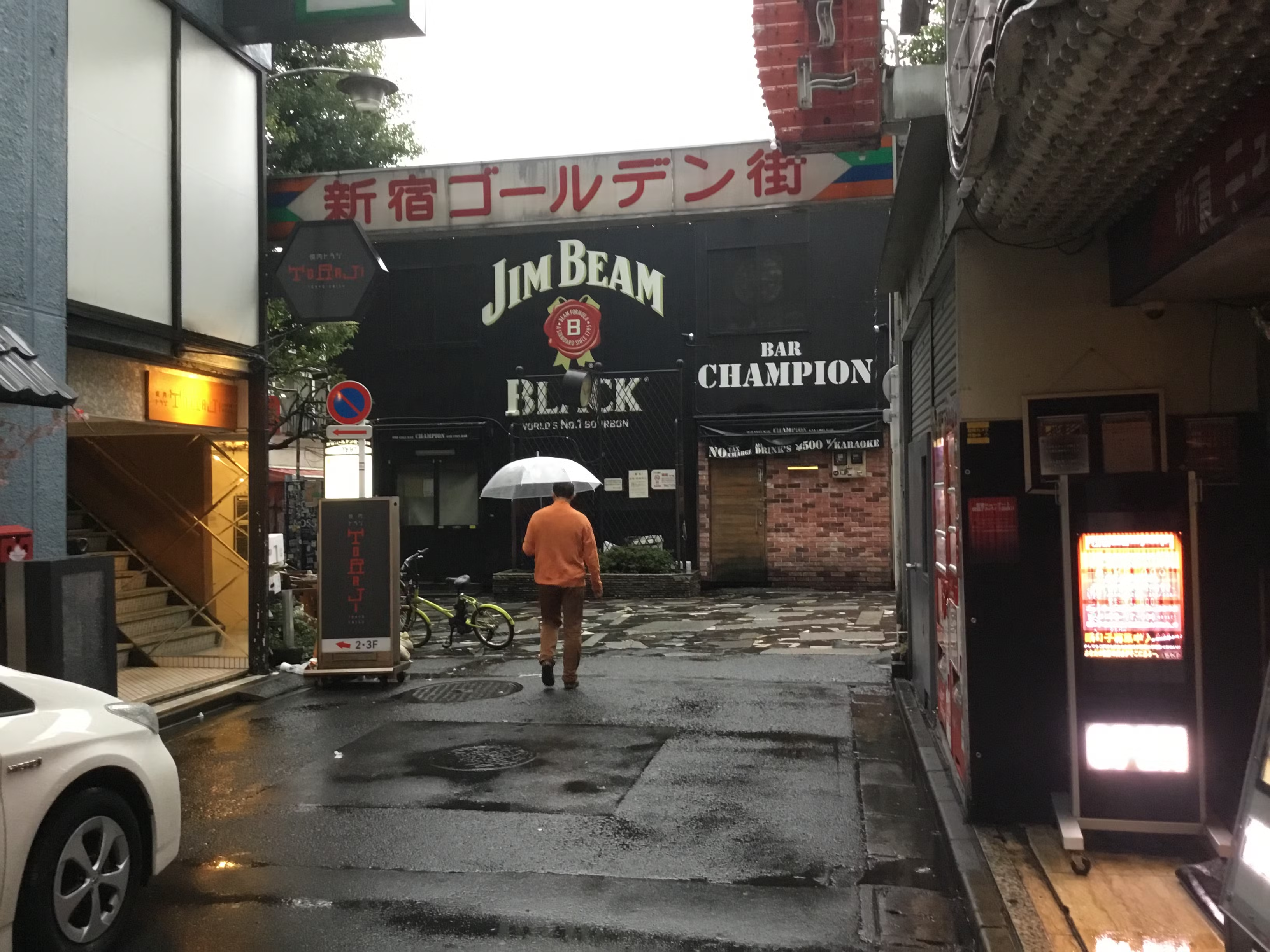
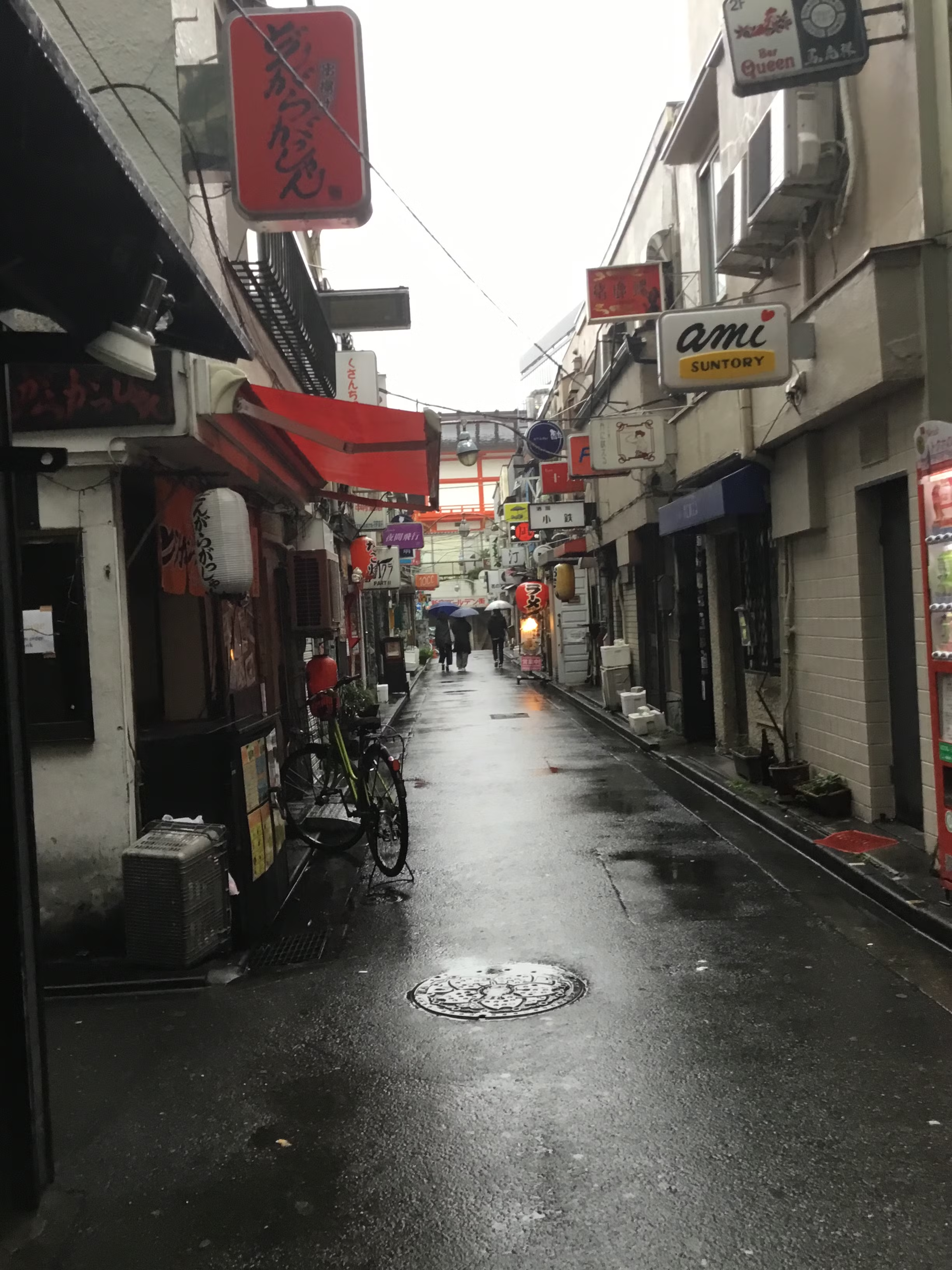
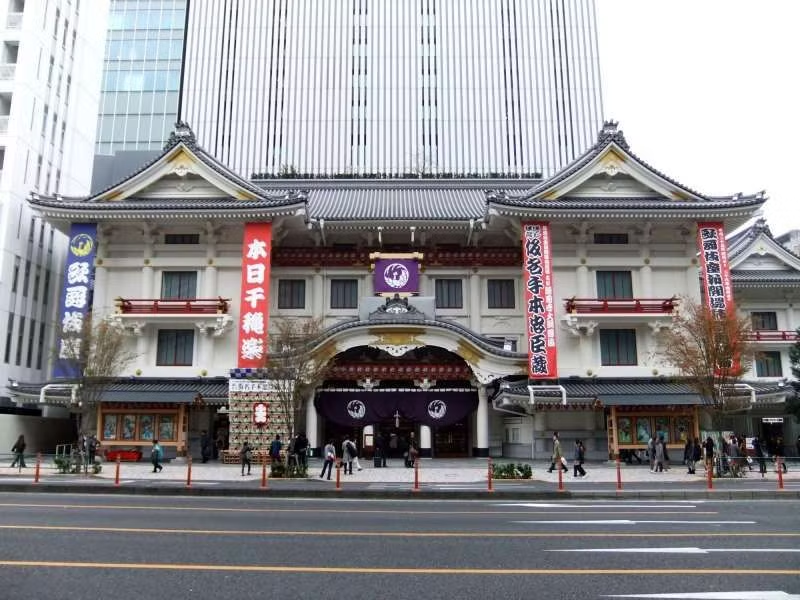
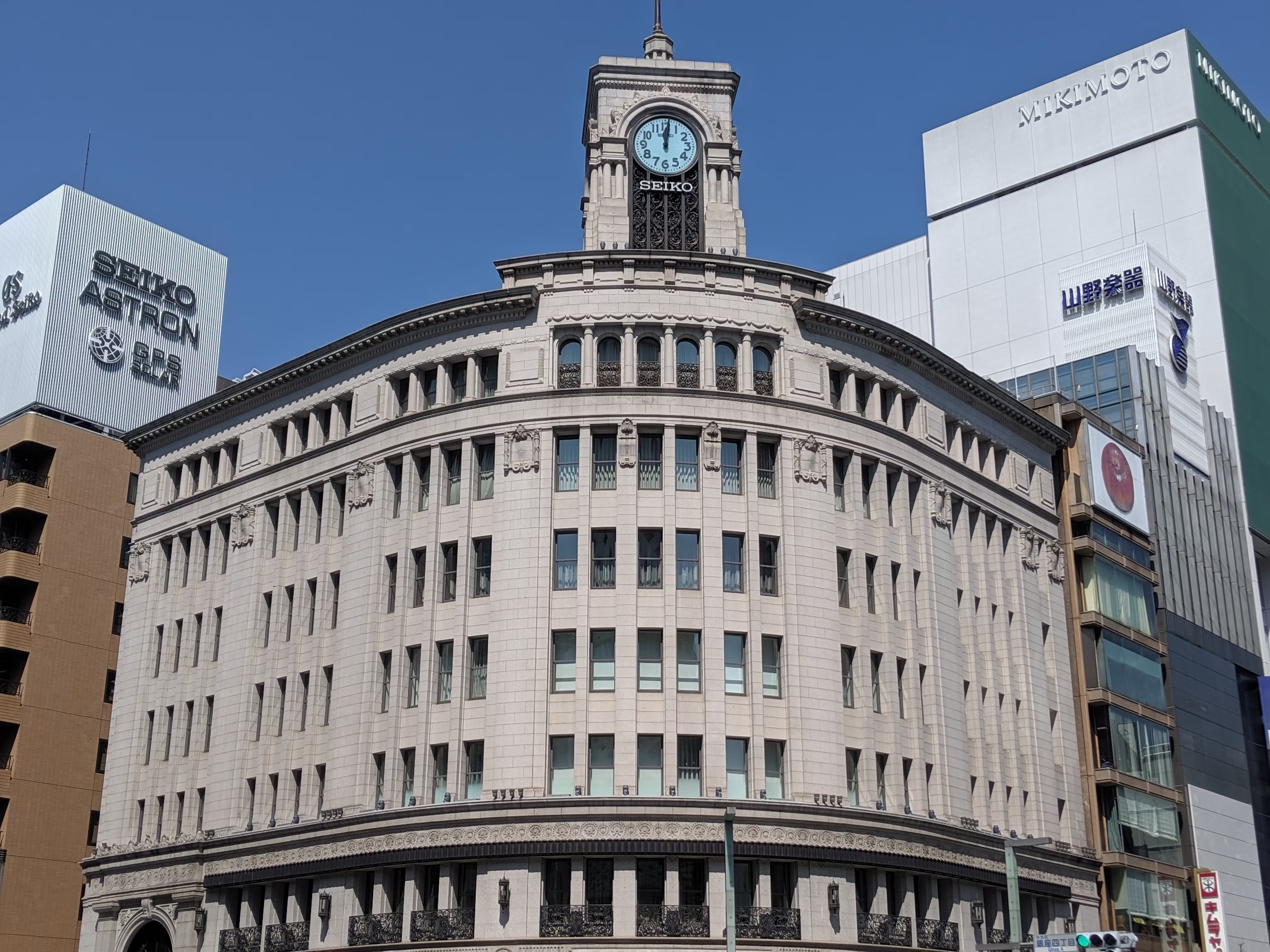
(4) Ginza,
Ginza is the best graceful and sophisticated town in Japan where a lot of brand name shops are lined along the street and all kind of luxurious and delicious food restaurants are gathered. Kabuki Theater is located in the eastern end of Ginza that was built in 1889. You can enjoy not only attending a performance but also lots at the atmosphere including the Kabuki gallery on 5th floor.
Kabuki Theater:
Current Kabuki Theater was built as the 5th period opened in 2013.
Kumano Kengo designed it. The original design was by Okada Shinichi as the 3rd period and
it was burned out in 1924 due to the war fire.
Wako (EX-K.Hattori):
This building was built in 1894 as the company house of Hattori watch shop who was the predecessor of Seiko watch company. Current one was designed and built by Watanabe Jin in 1932.
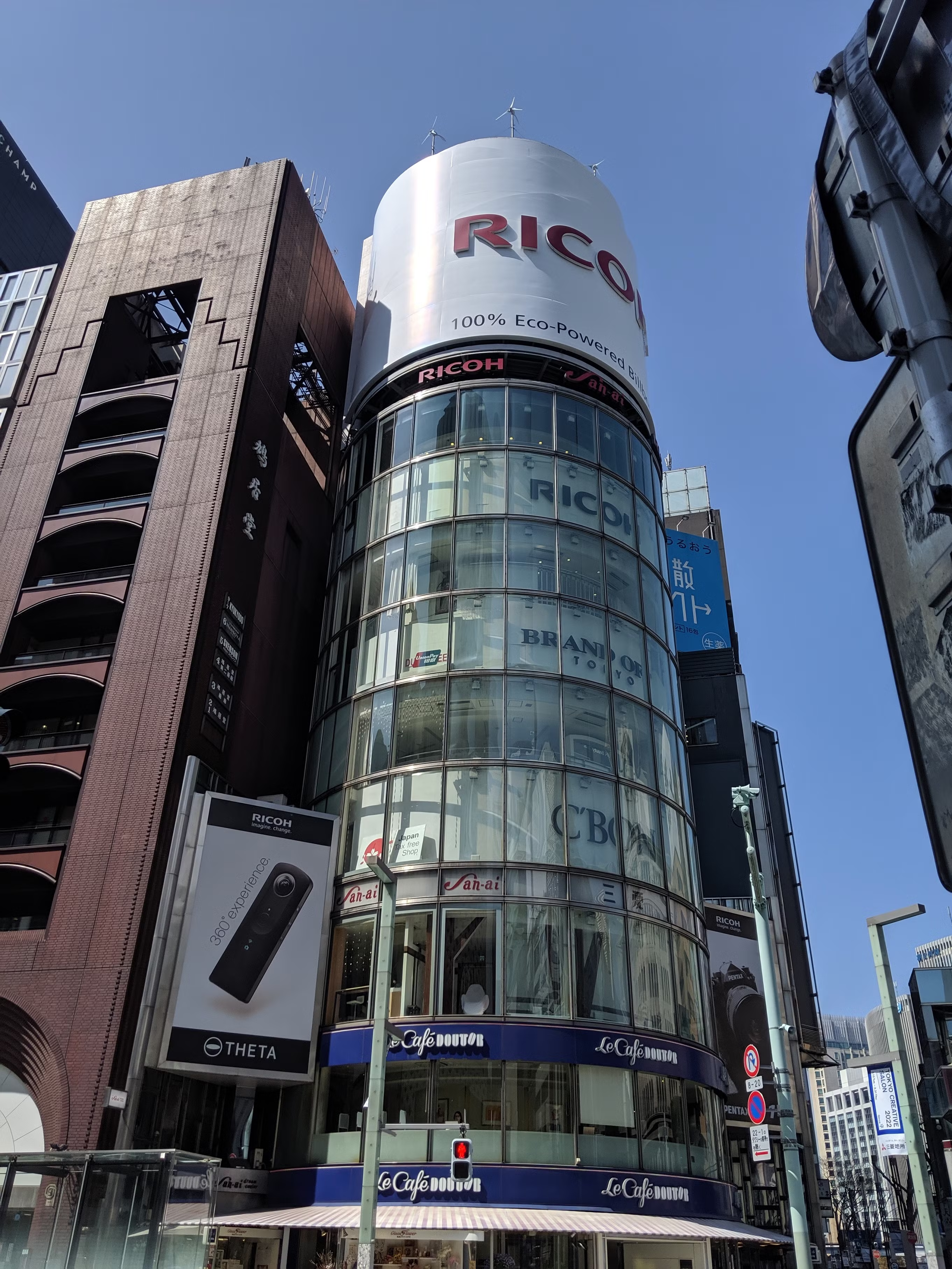
San-ai Dream center:
Hayashi Shoji designed and built in 1964. This building was designed as glass-walled cylinder with donut type concrete floor boards be fixed into the surrounding of the center cylinder core (elevator) from the top side.

The Beer Hall Lion Ginza on 7-Chome:
Sugawara Eizo designed and built in 1934.
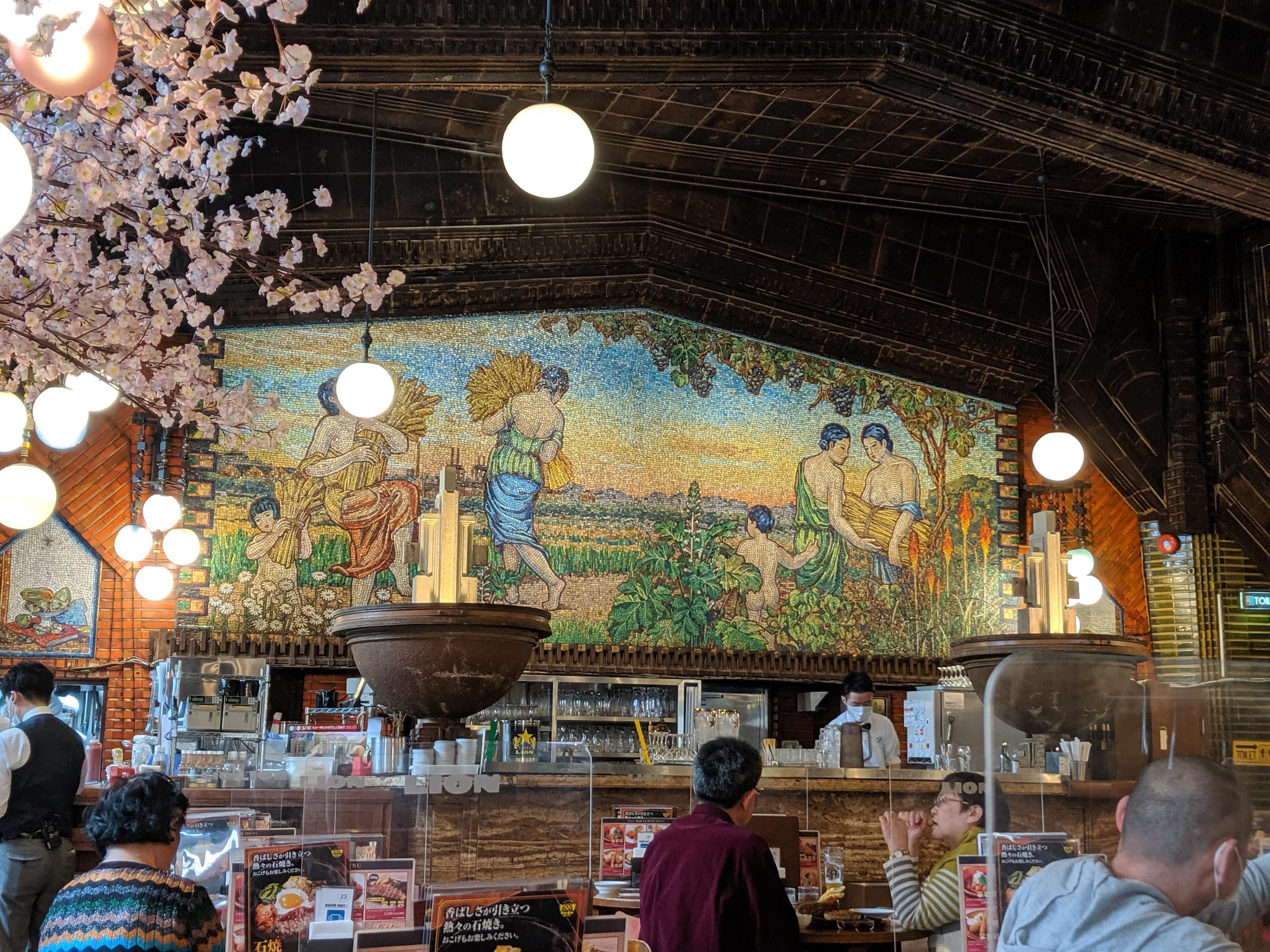

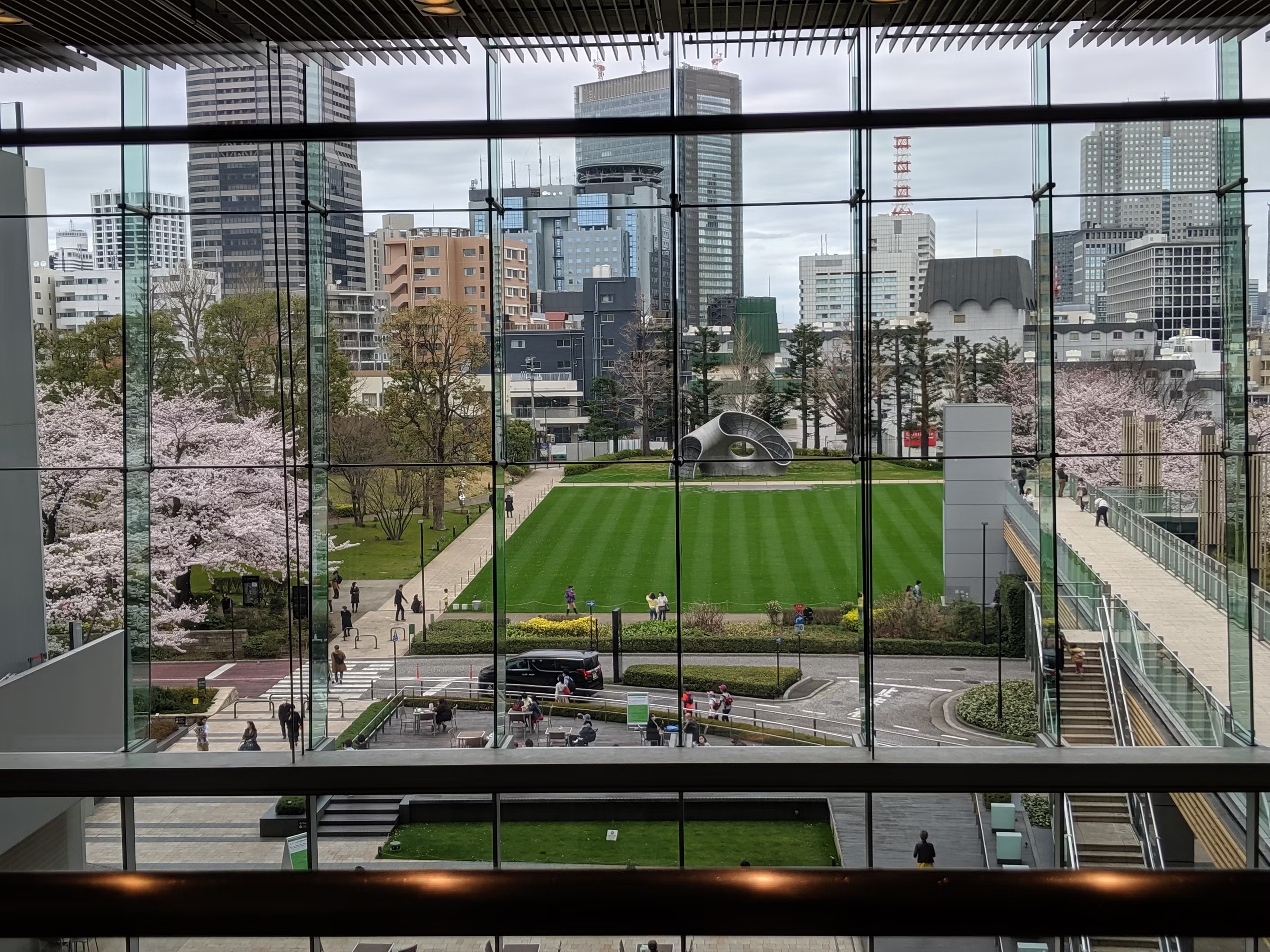
(5) Tokyo midtown tower:
The highest tower in Tokyo exceeding that of Tokyo Metropolitan Government
This building consists of 54 floors above ground, 5 floor below ground whose height is 248 meters is a complex facility where about 130 stores and restaurants are opened and Hotel the Ritz Carlton Tokyo in the floor from 45th to 53th.
Garden side building consists of 9 floors above ground, 3 floor below ground whose height is 48 m where Suntry museum, supermarket, Billboard live Tokyo and Garden terrace (4 floors above ground, 1 floor below ground with restaurants street and open terrace) are opened.

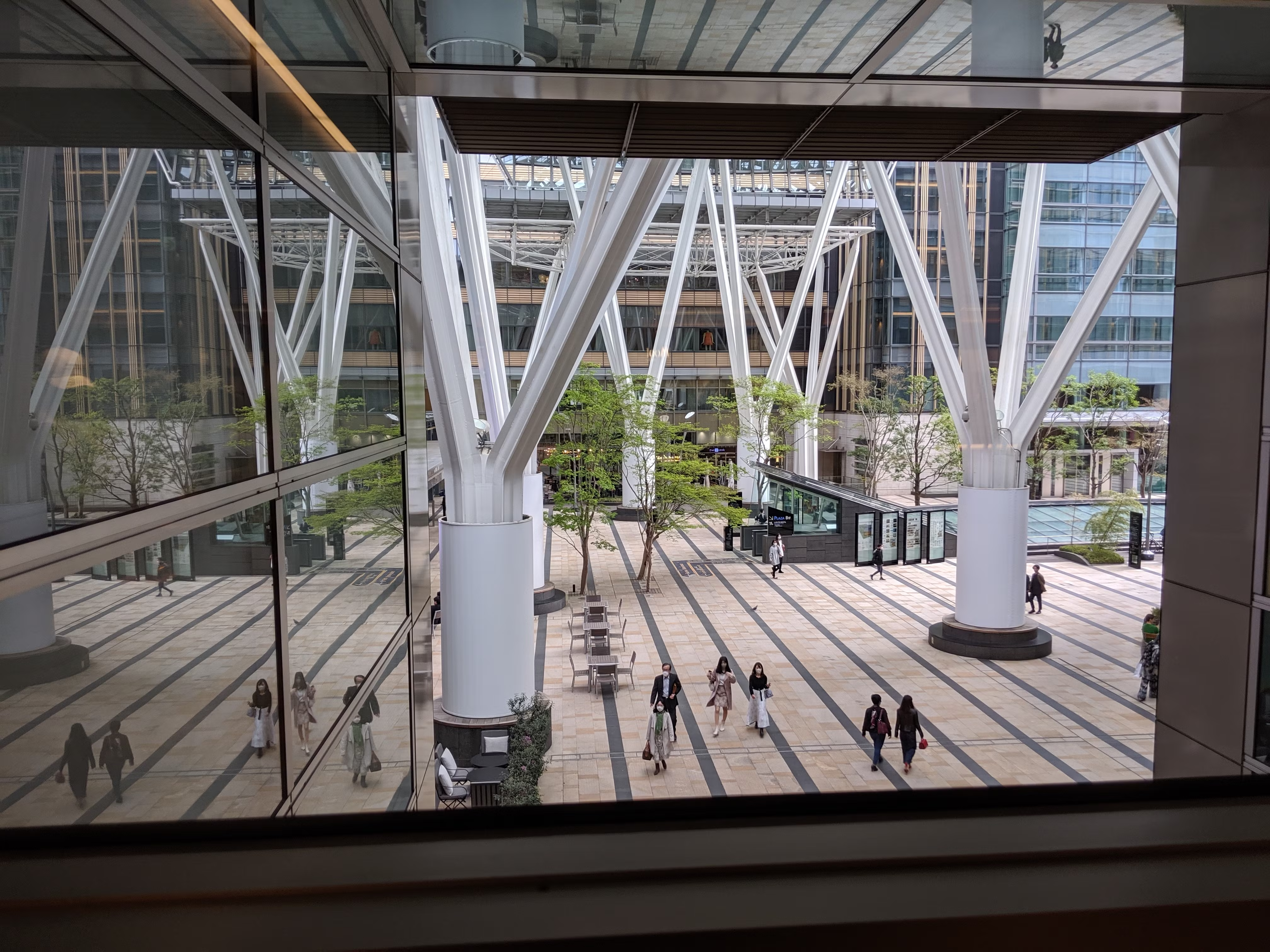
(1) Ueno zoo inside Ueno park enjoying animals including Panda.

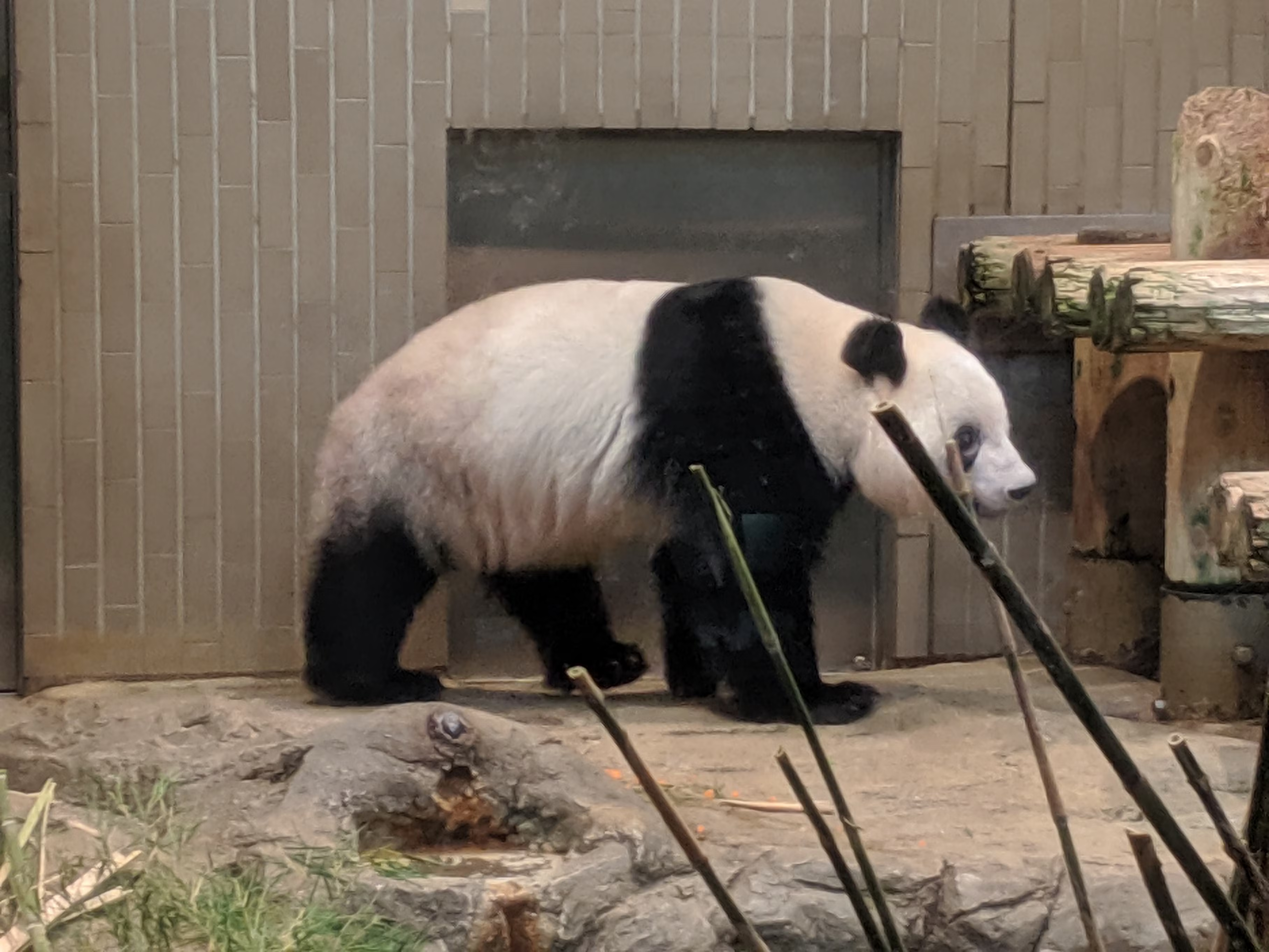
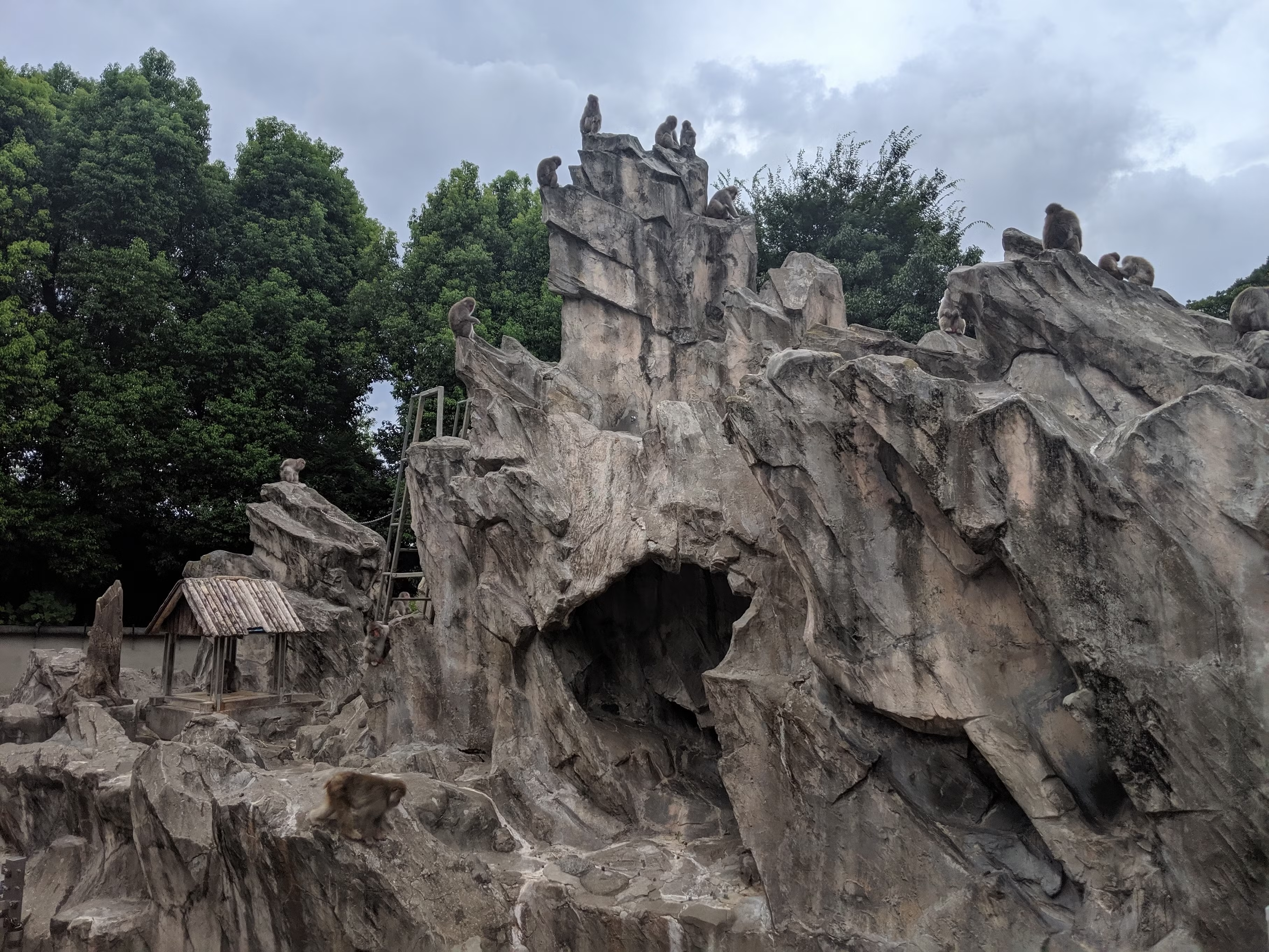
(2) Tokyo Disneyland: No photos
(3) Tokyo Disney Sea: No photos
(1) Yanaka:
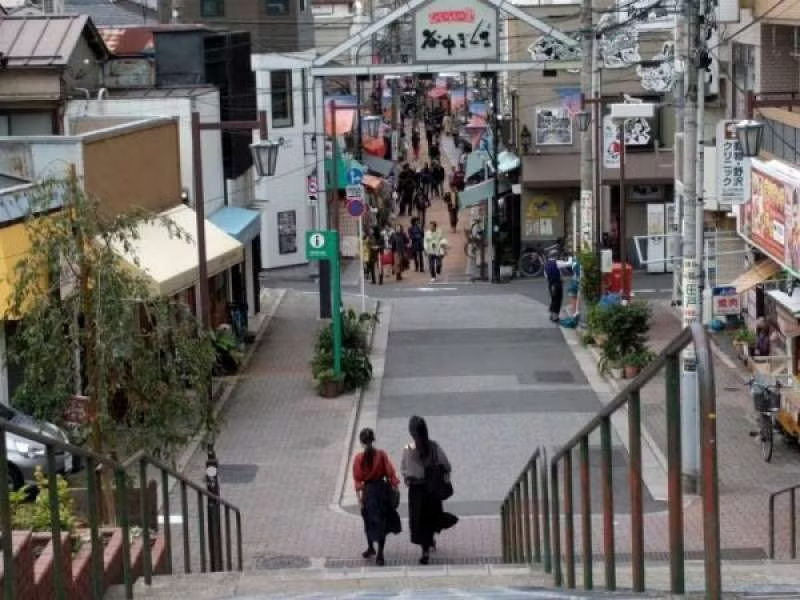
In Yanaka, you can enjoy the atmosphere of old temple town include old shopping street.
You can eat traditional Japanese food such as minced meat cutlet, cream croquette and paste food.
Also, you can see old Japanese-style wall during 17th -18th century.
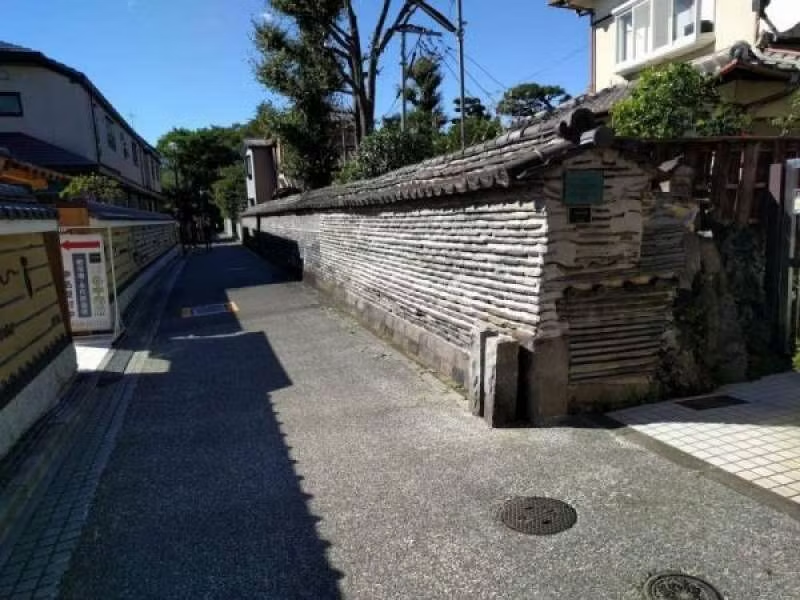
(2) Kagurazaka Street:
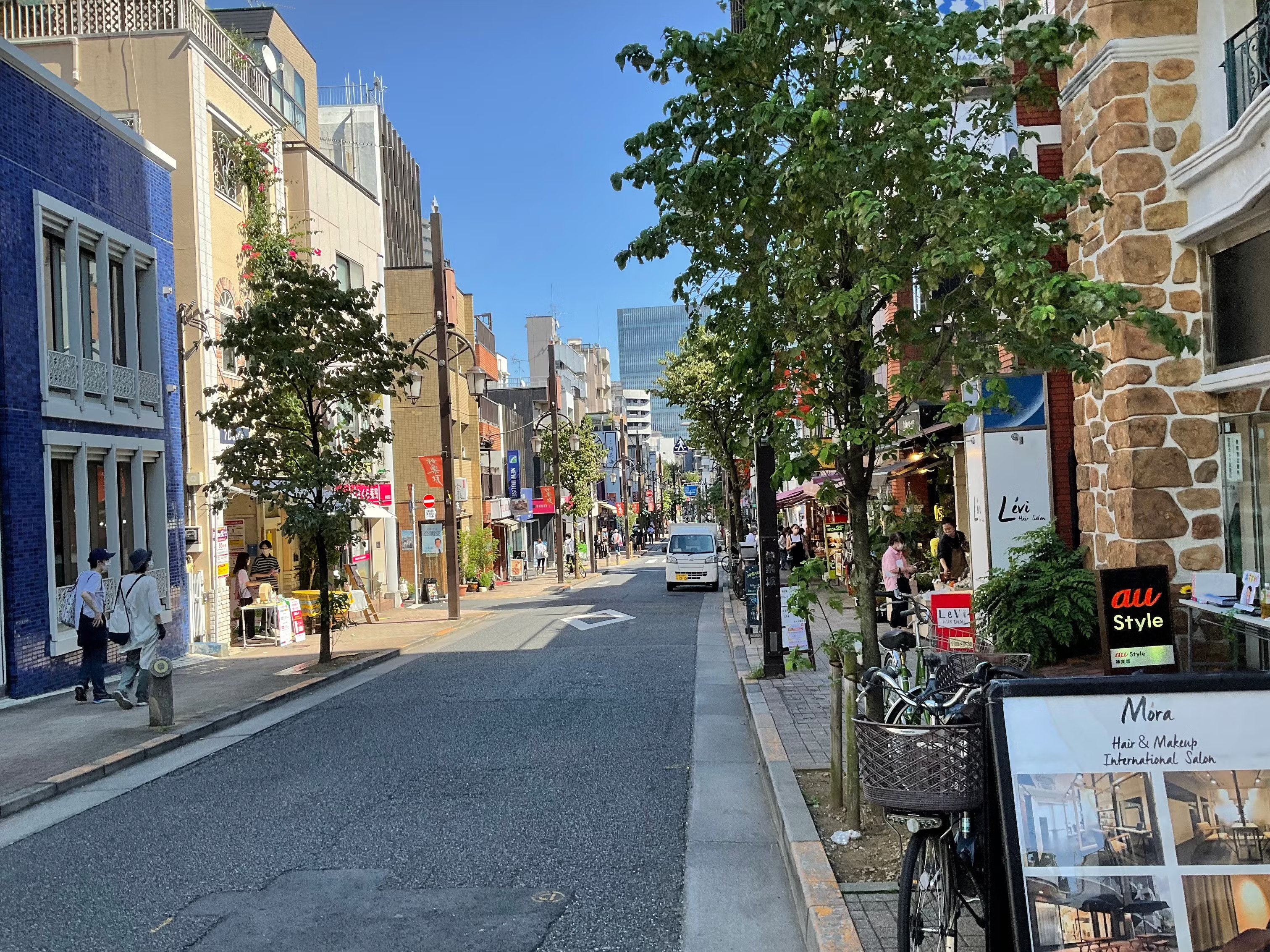
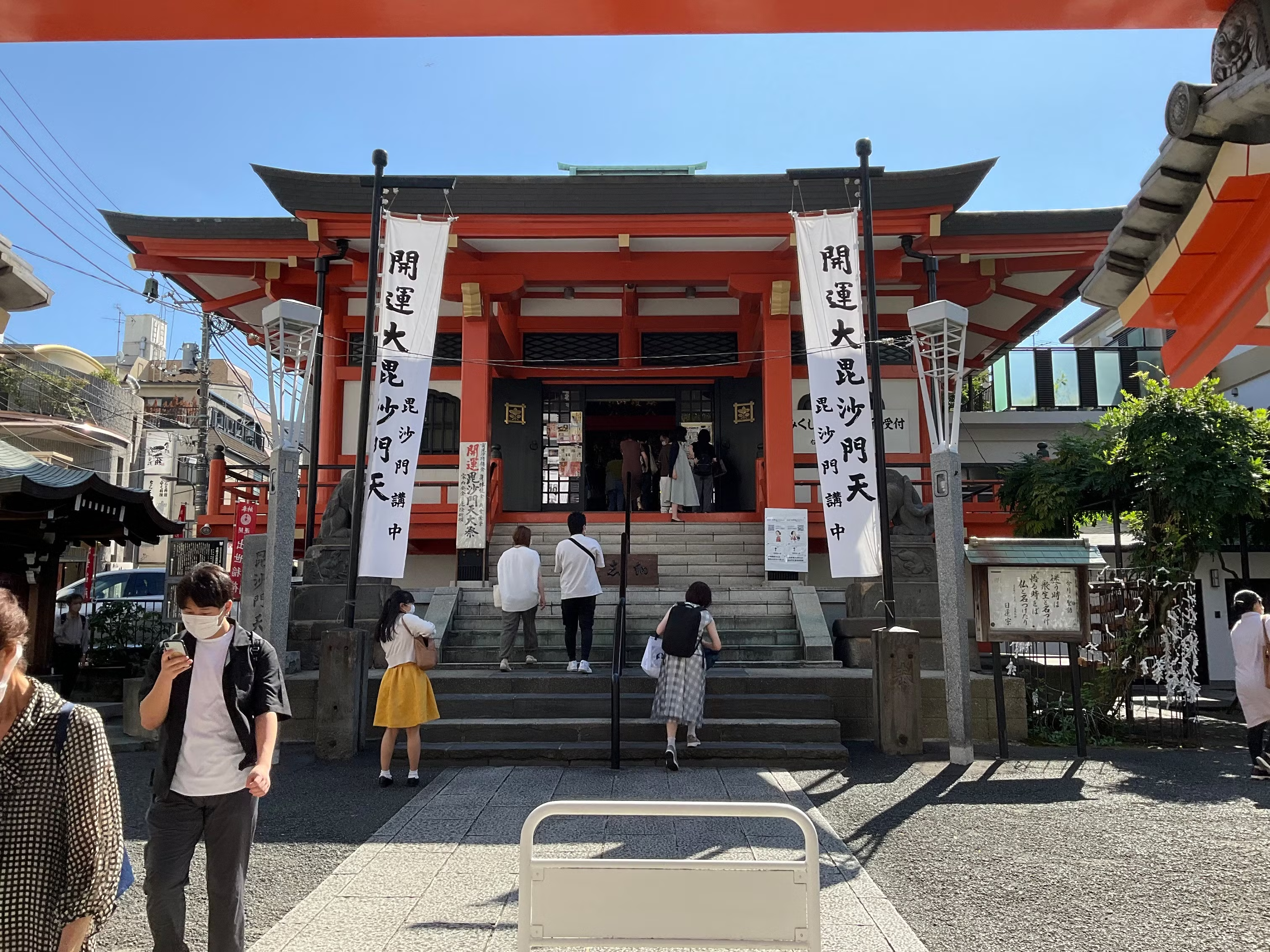
Kagurazaka Street is a fashionable shopping and dining district along a gentle sloping street near Iidabashi station.
This area was once situated on the outer moat of Edo castle and used to be the area where many feudal loads resided side by side
with shrines and temples in Edo period( 1603 – 1867).
From the end of 19th century to beginning of 20th century, the area flourished as an adult entertainment district or pleasure quarters, with various Geisha agencies and traditionally established Japanese- style restaurants.
At present, there are many high-class Japanese style restaurants along the narrow streets and the cobbled back alleyways off the main slope, creating a sense of nostalgia for Japanese history and traditions.
Along the sloped street, there are many trendy upscale Japanese, French and Italian restaurants with various shops selling such as Kimono, ceramics and Japanese sweets.

(3) Nakano Broadway center:
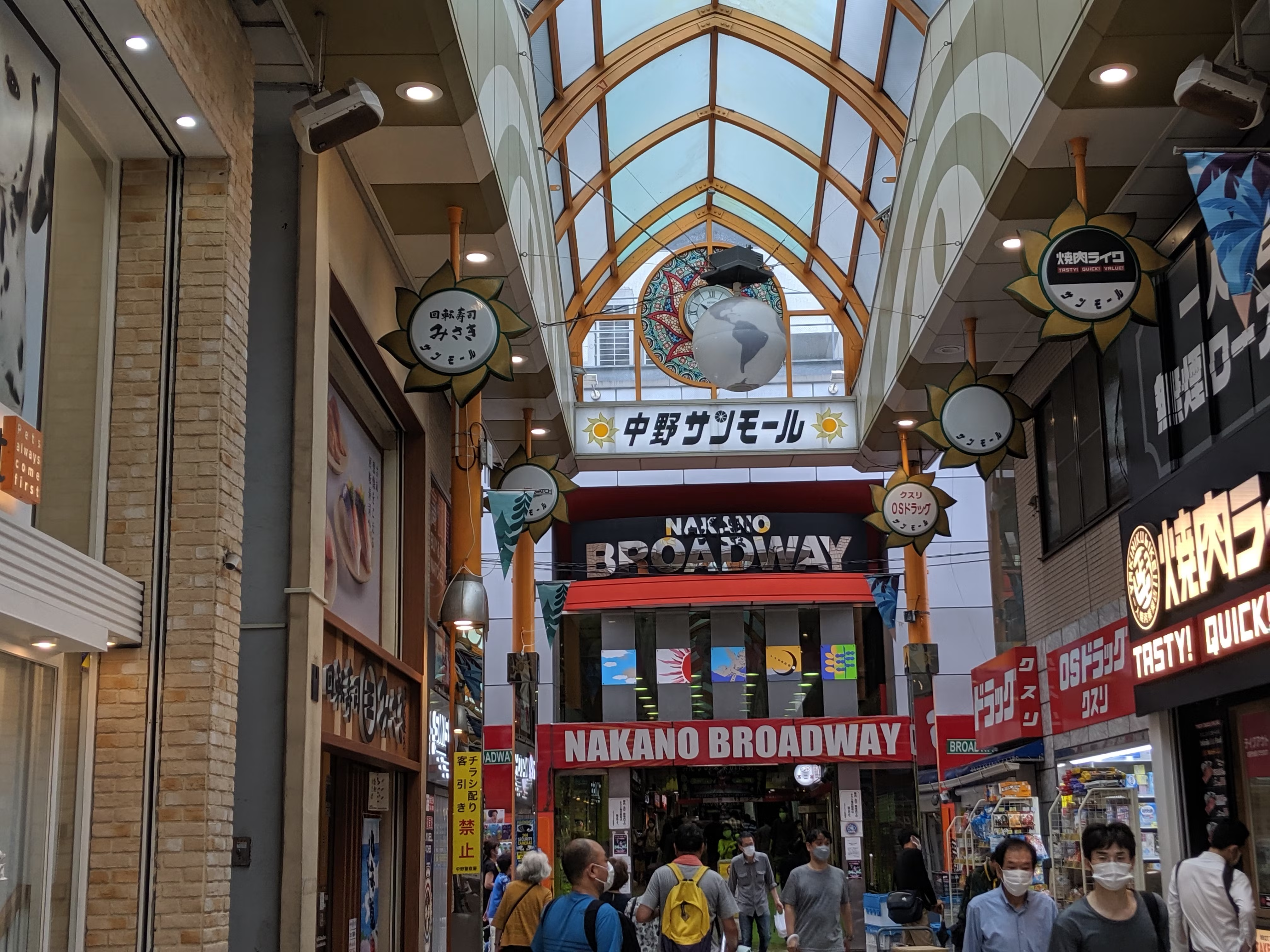
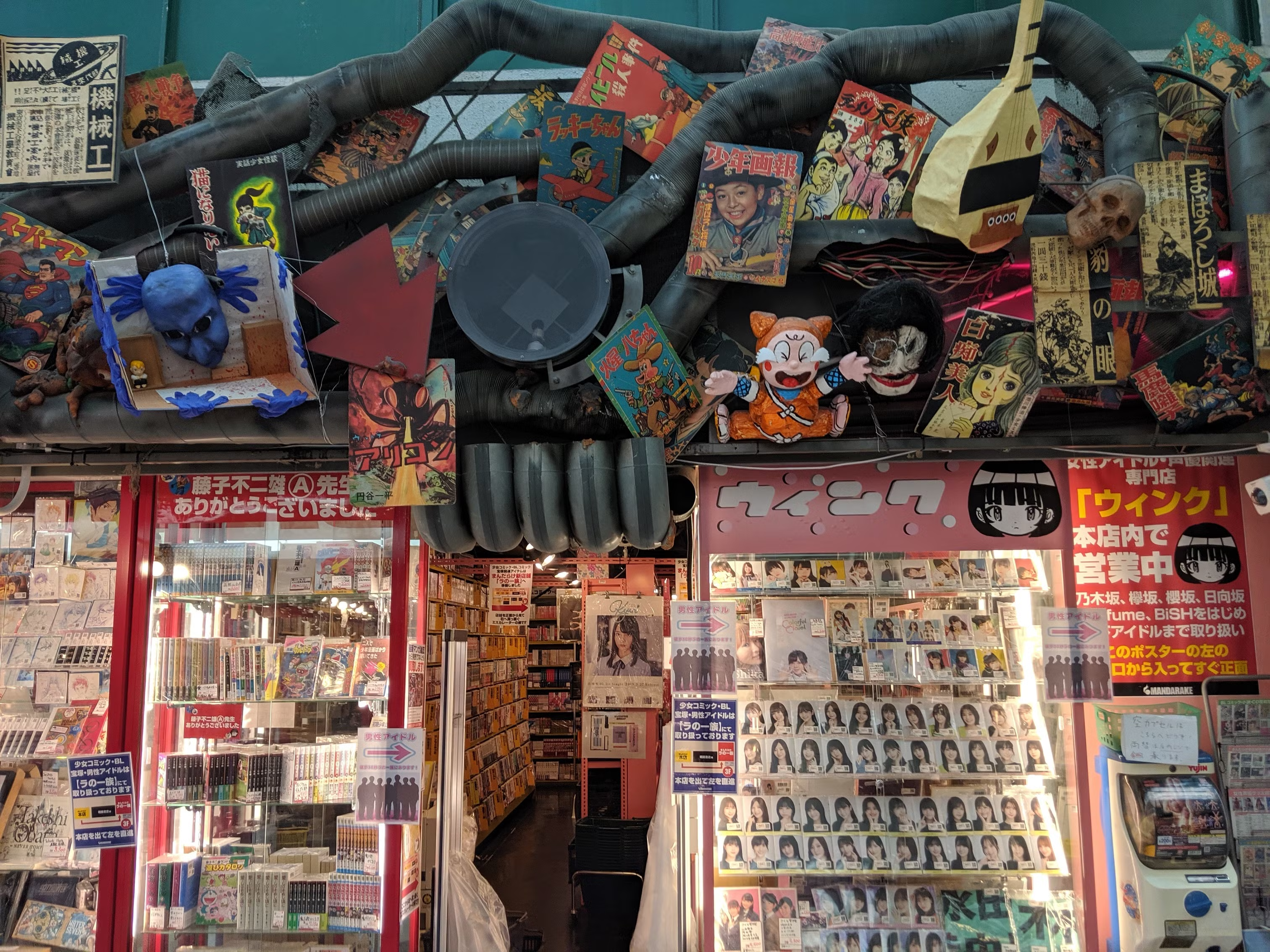
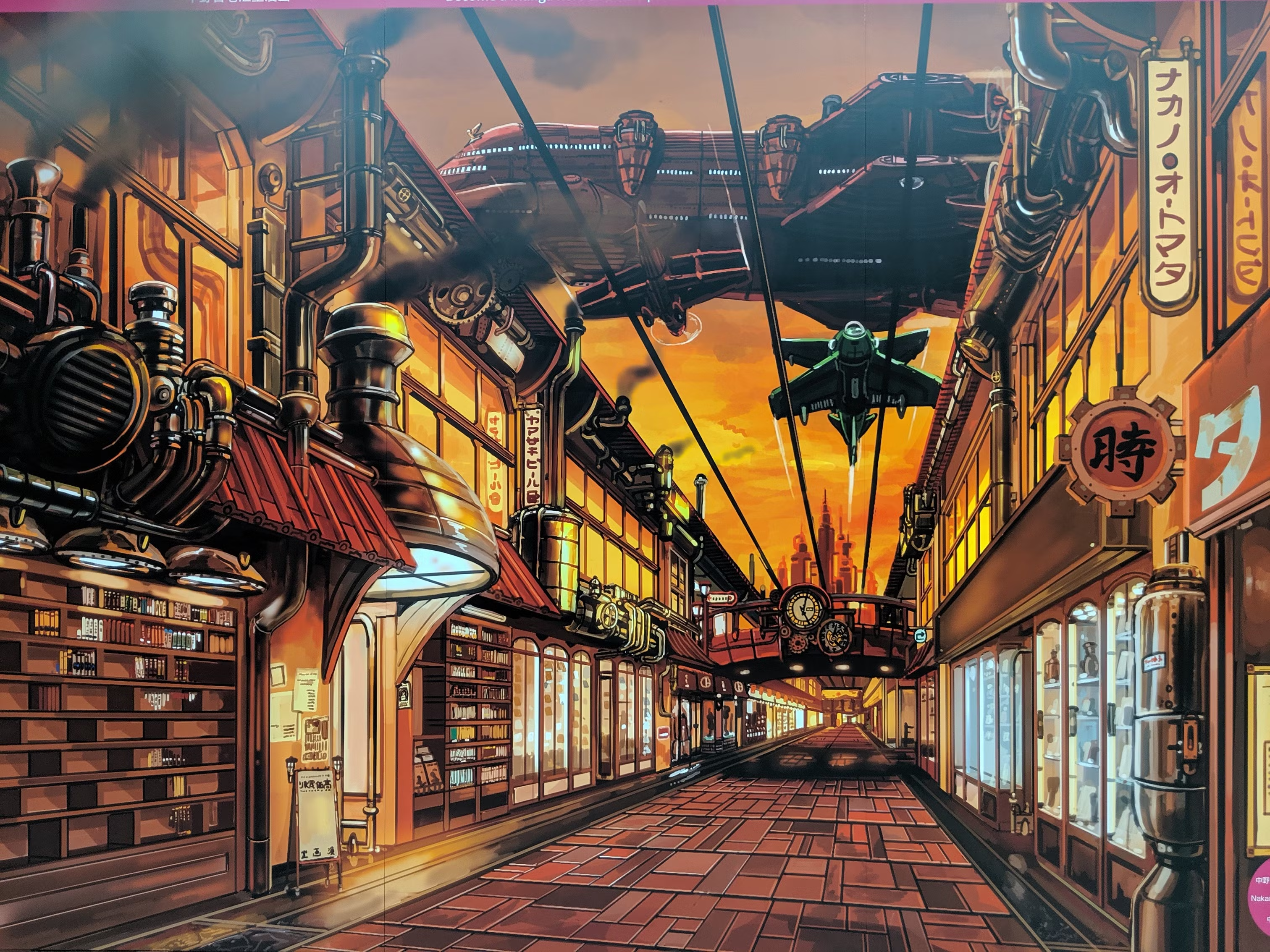
Nakano Broadway building is 4 floors above ground, 1 floor underground.
This building was transformed into a flourishing anime-manga center for enthusiasts of pop culture in 1980s.
At present, this center on the west side of Tokyo is the second largest Otaku paradise next to Akihabara.
Nakano Broadway contains various collections of classic anime-manga characters and cosplay action figures.
Many selling floors are filled with Japanese pop subculture such as anime and manga items, action figures, video games and more.
Inside the center, there are many kinds of famous shops, such as Mandarake.
Visitors can find rare goods that are not sold in any other shops. Most of the action figures can be found in the Otaku culture floor of 2nd and 3rd floor. You can feel nostalgia from Showa era (1926 – 1989) get insight into the Japanese history of Pop culture.
(G) Japanese Modern Architecture:
(a) Tokyo station Marunouchi building:
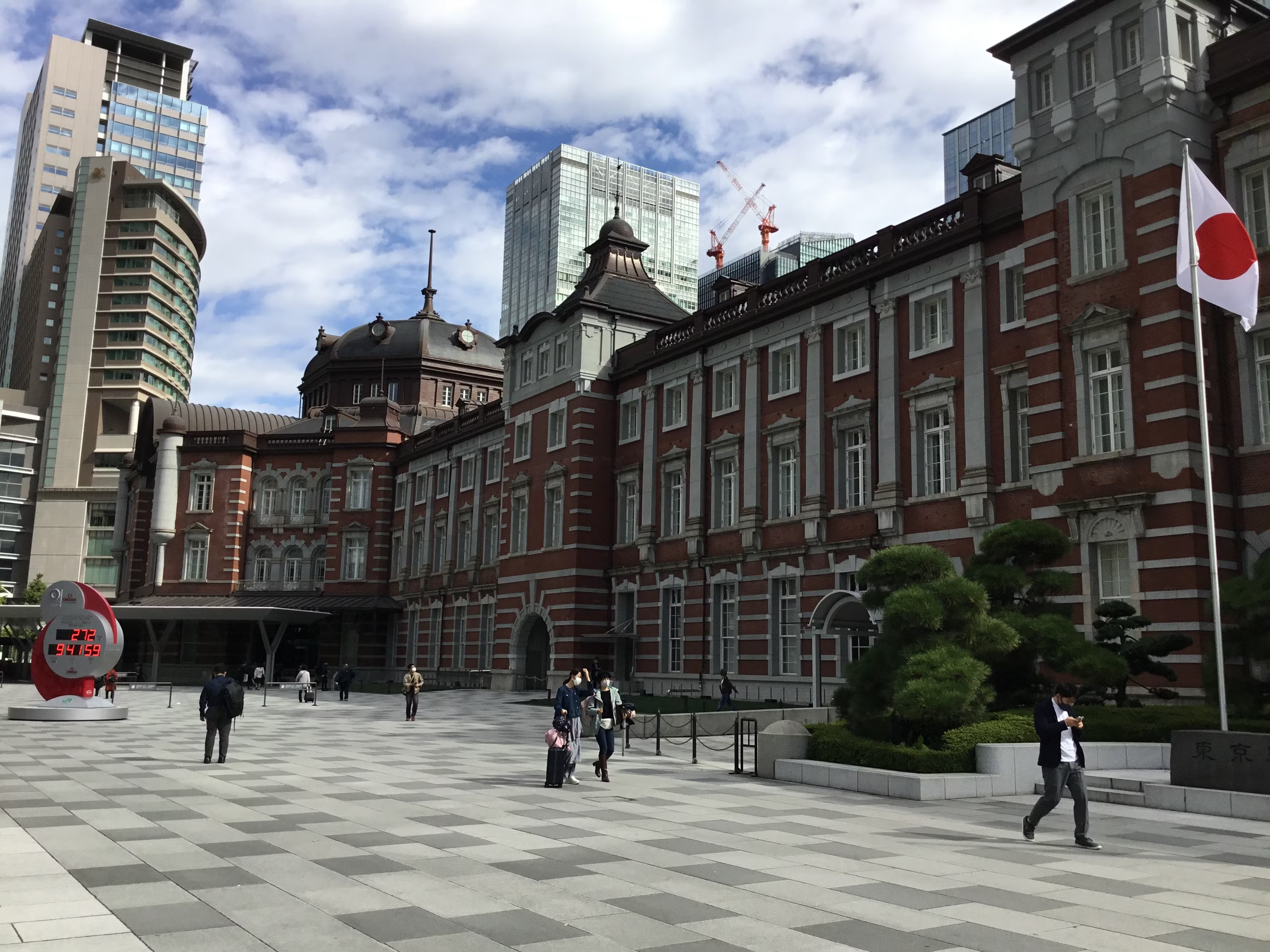
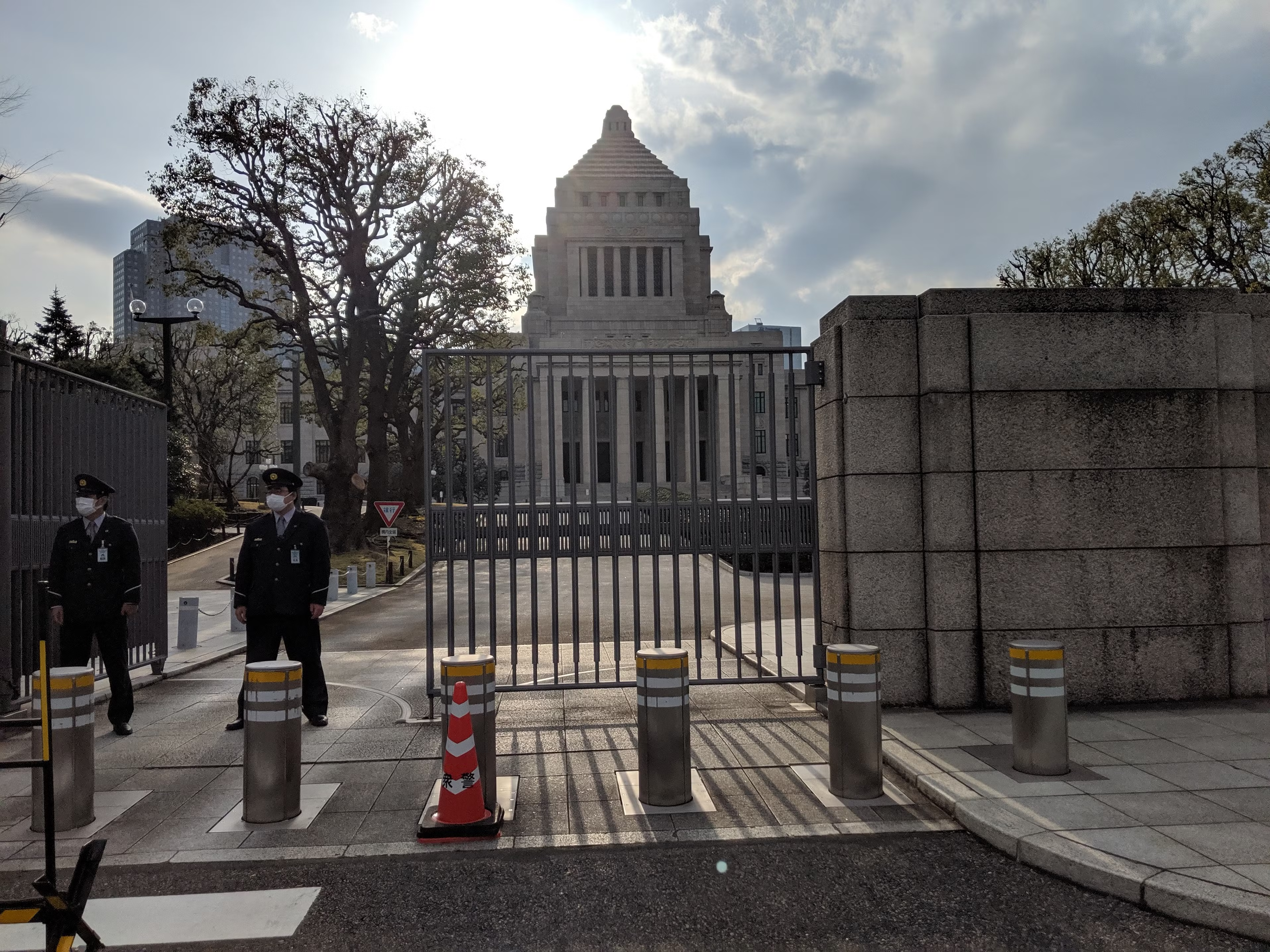
(b) House of Parliament::
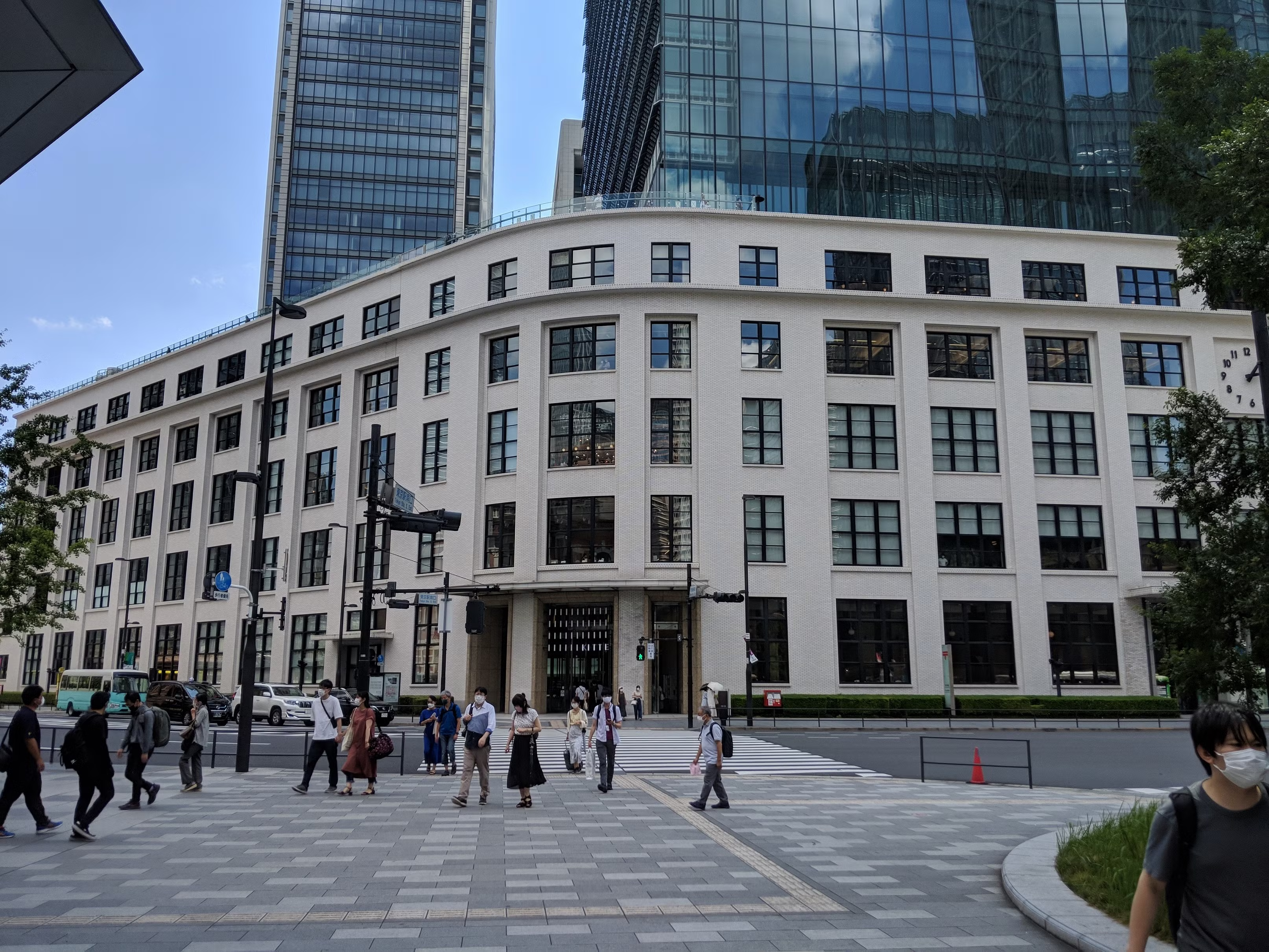
(c) Tokyo central post office/KITTE:
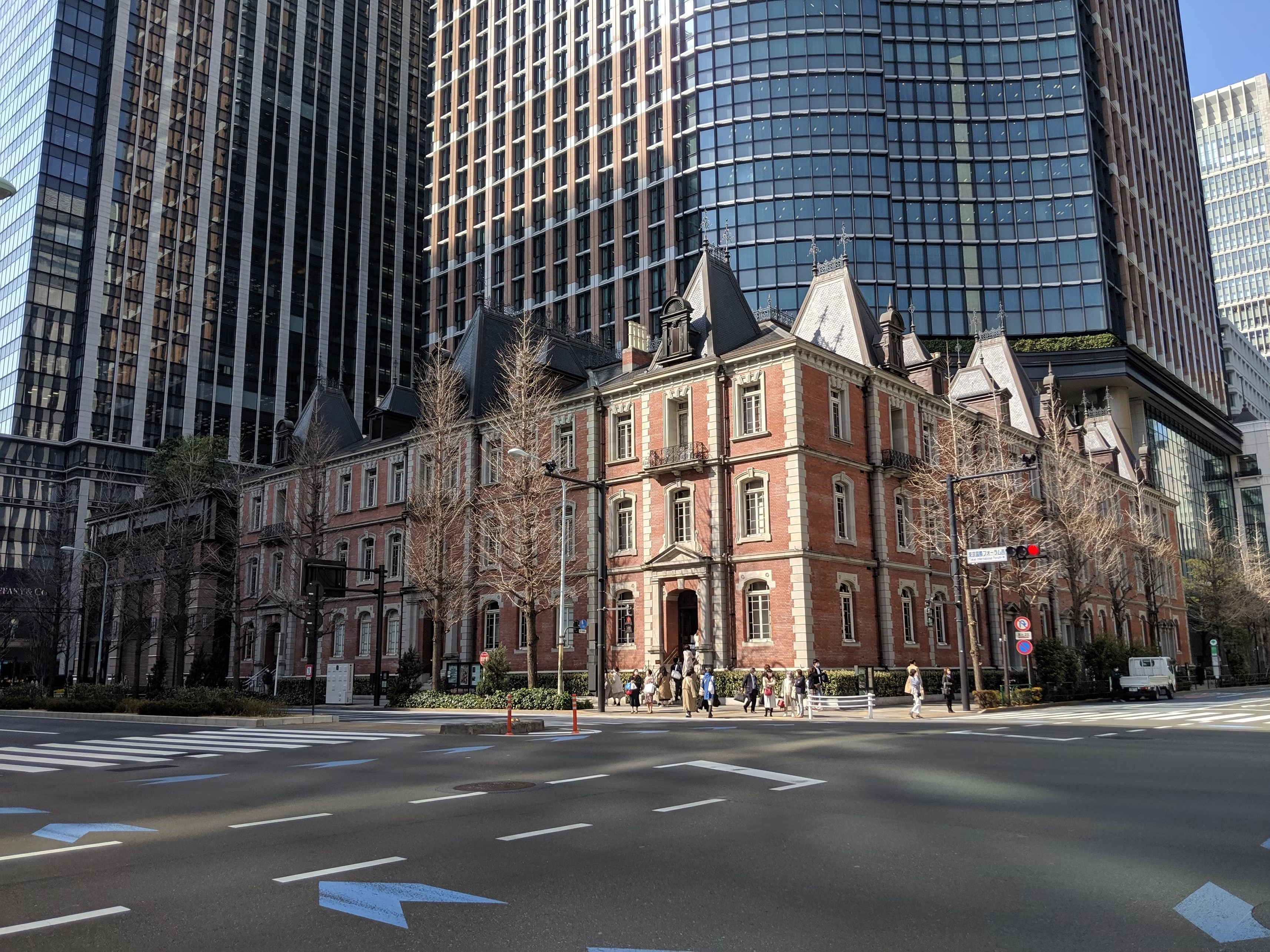
(d) Mitsubishi Ichigokan museum:
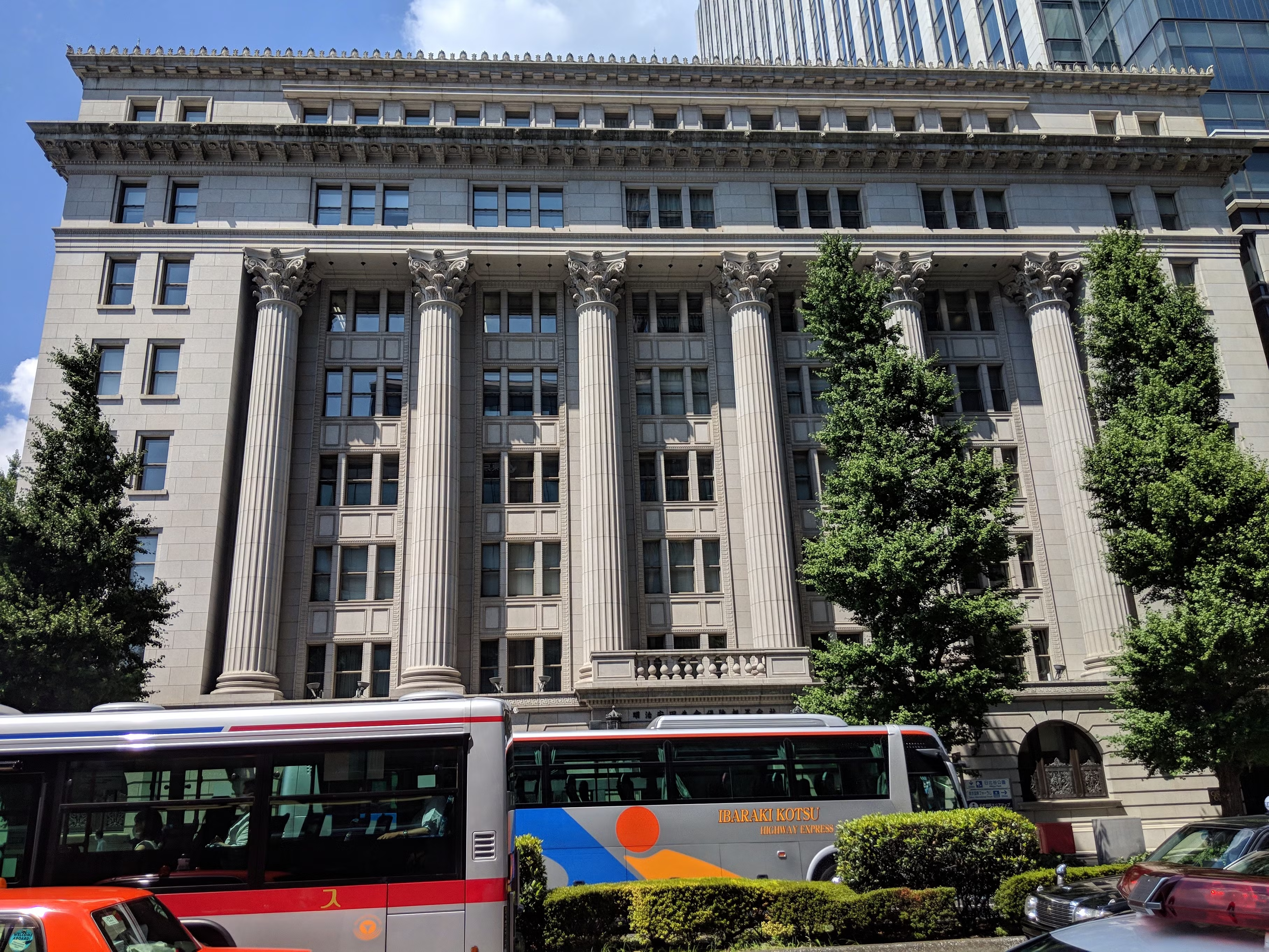
(e) Meiji Seimei Kan:
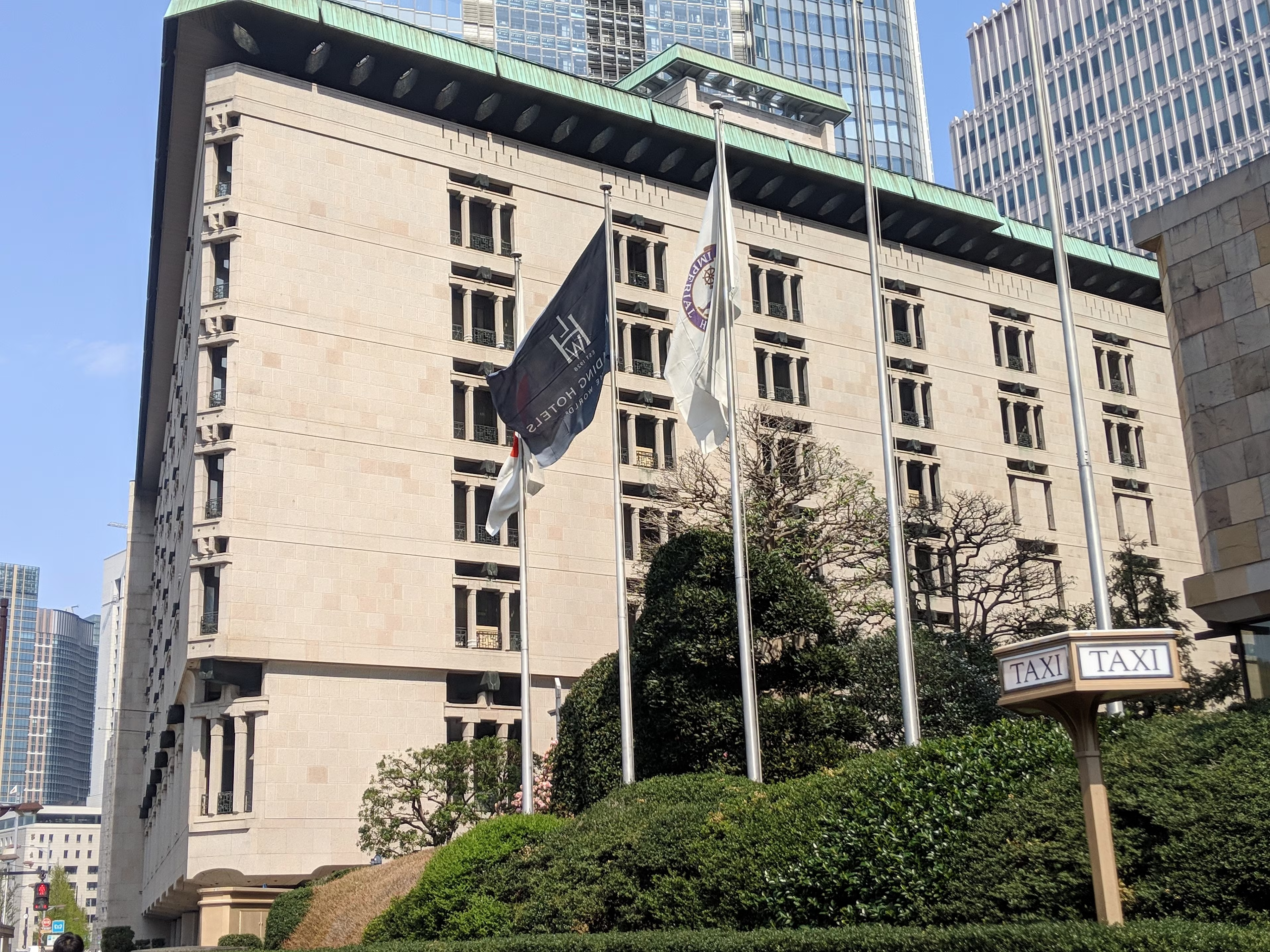
(f) Nihon Seimei Hibiya building / Nissei theater:
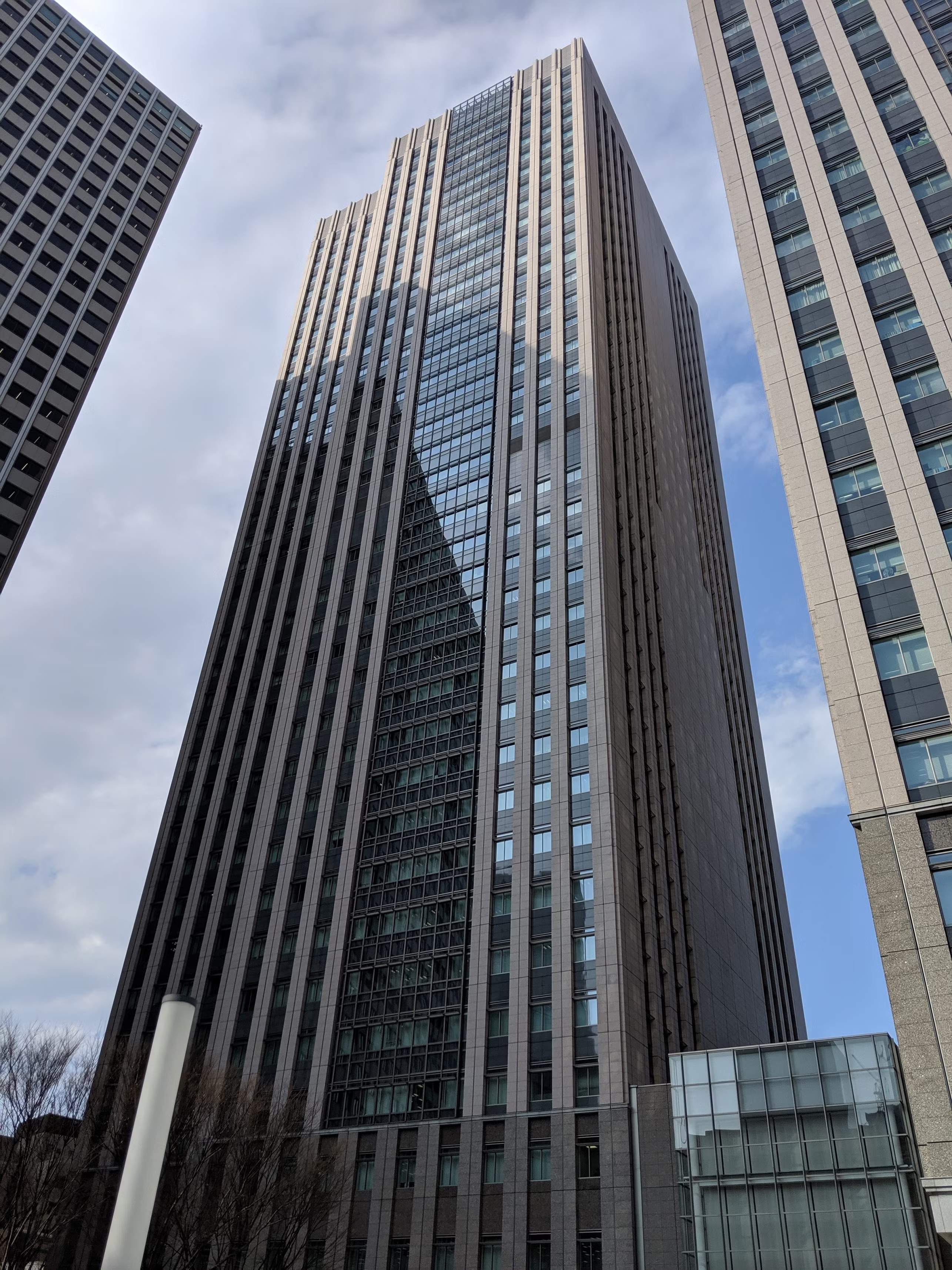
(g) Kasumigaseki-building /Japan’s first skyscraper:
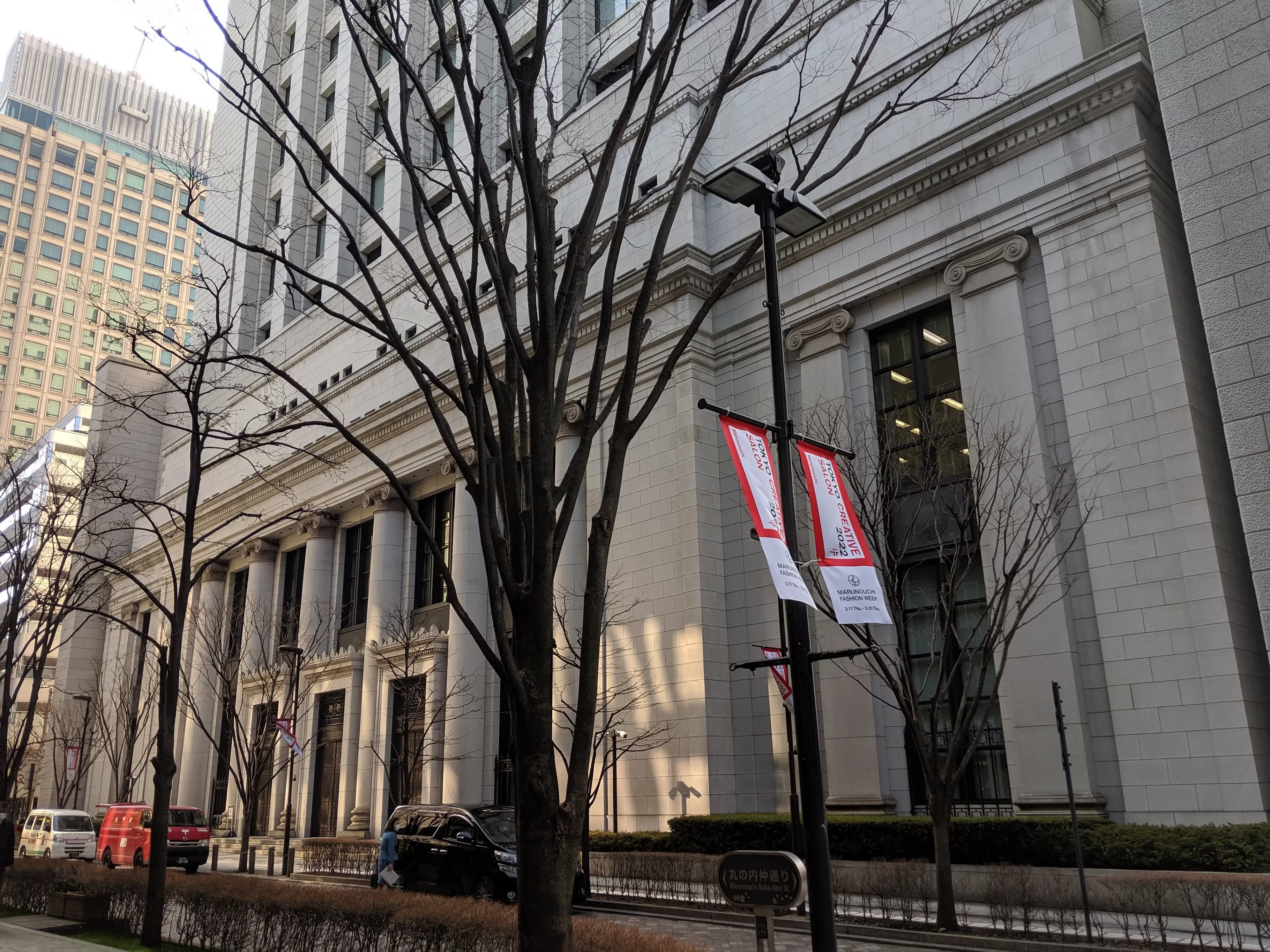
(h) DN tower 21 / Old Daiichi Seimei-kan:
(a) Kyu-Iwasaki Hisaya-Tei / Mitsubishi-Zaibatsu group 3td owner:
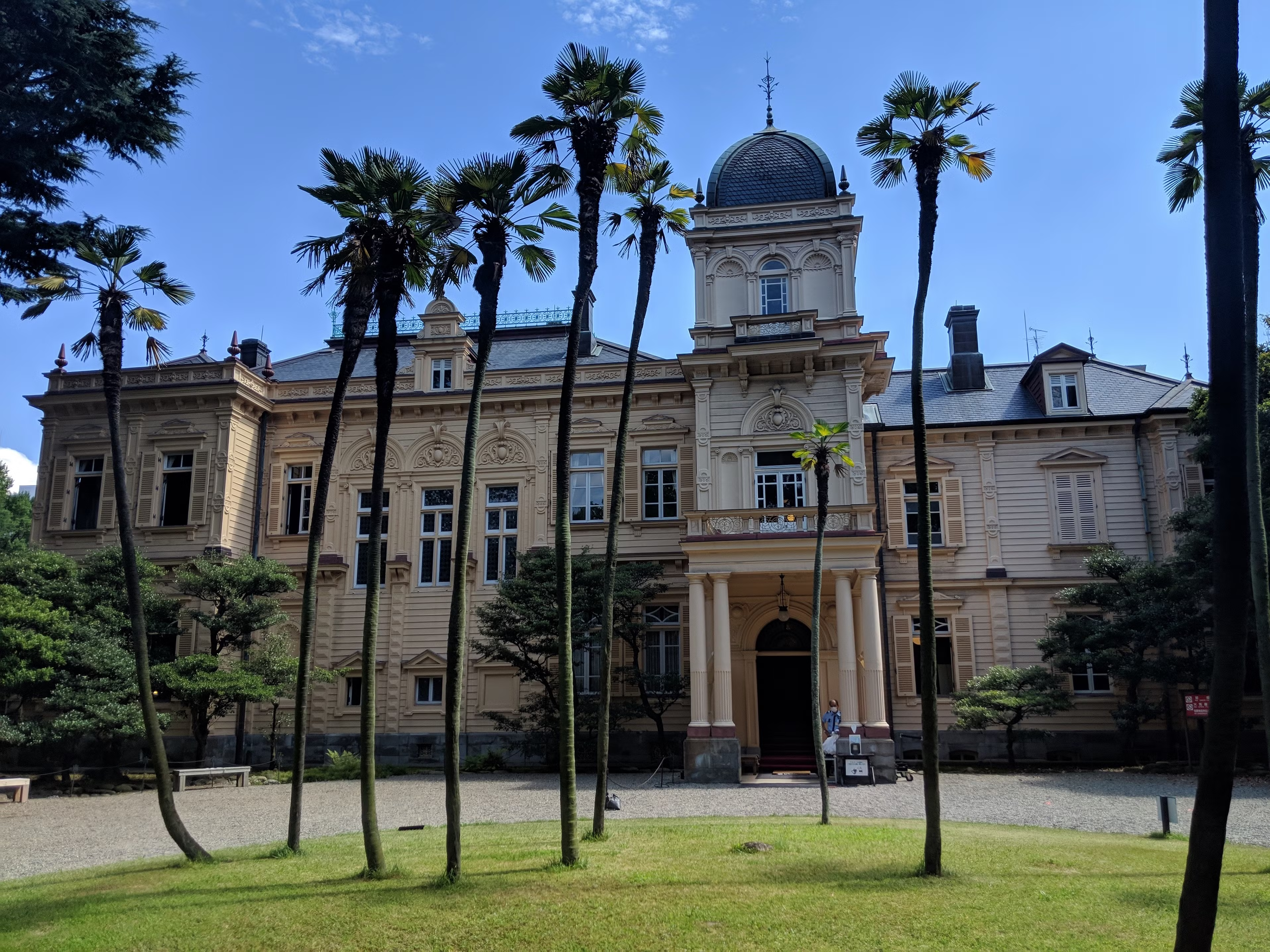
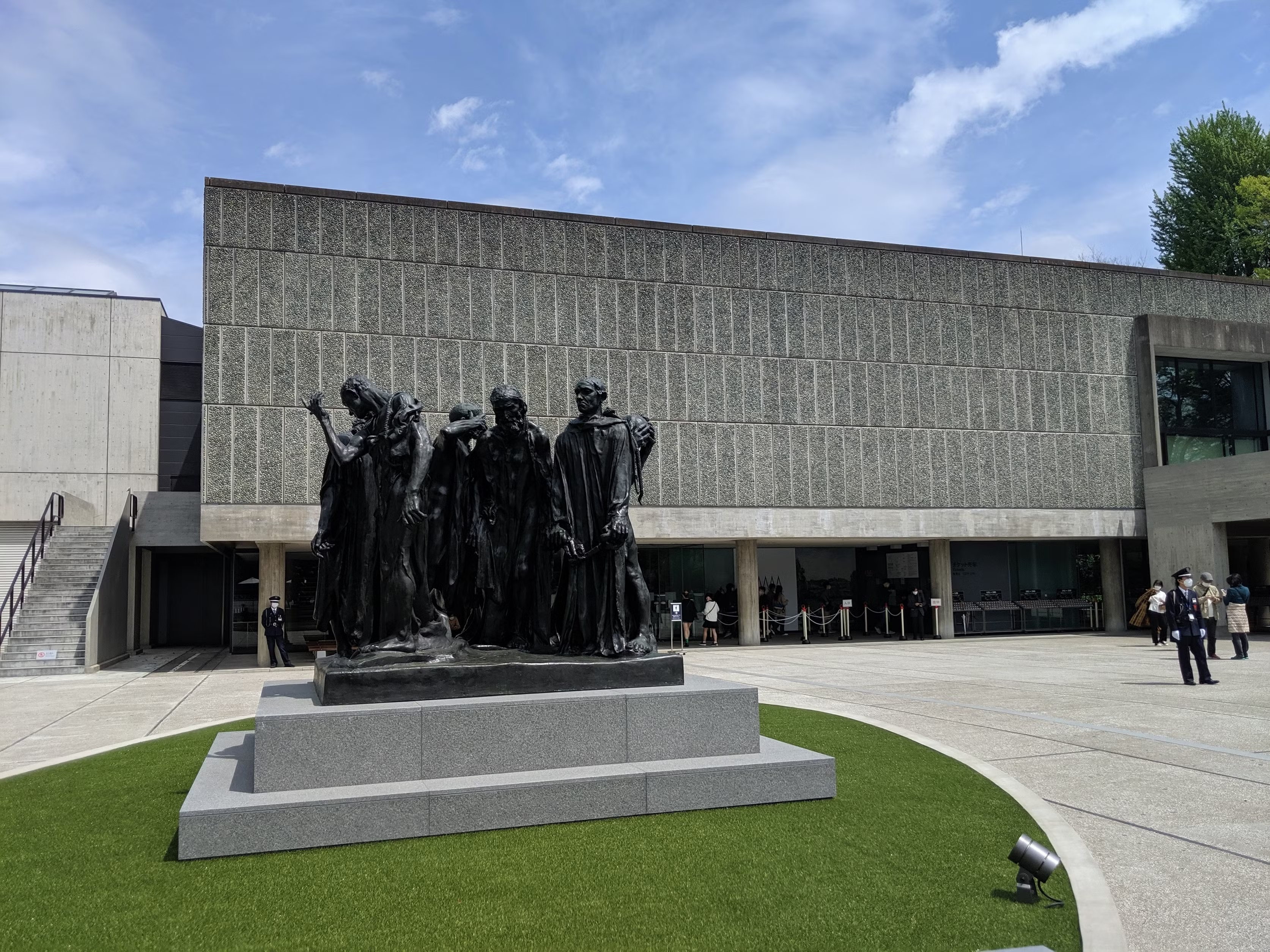
(b) National Museum of Western art:
(c) Tokyo National Museum Hyokeikan
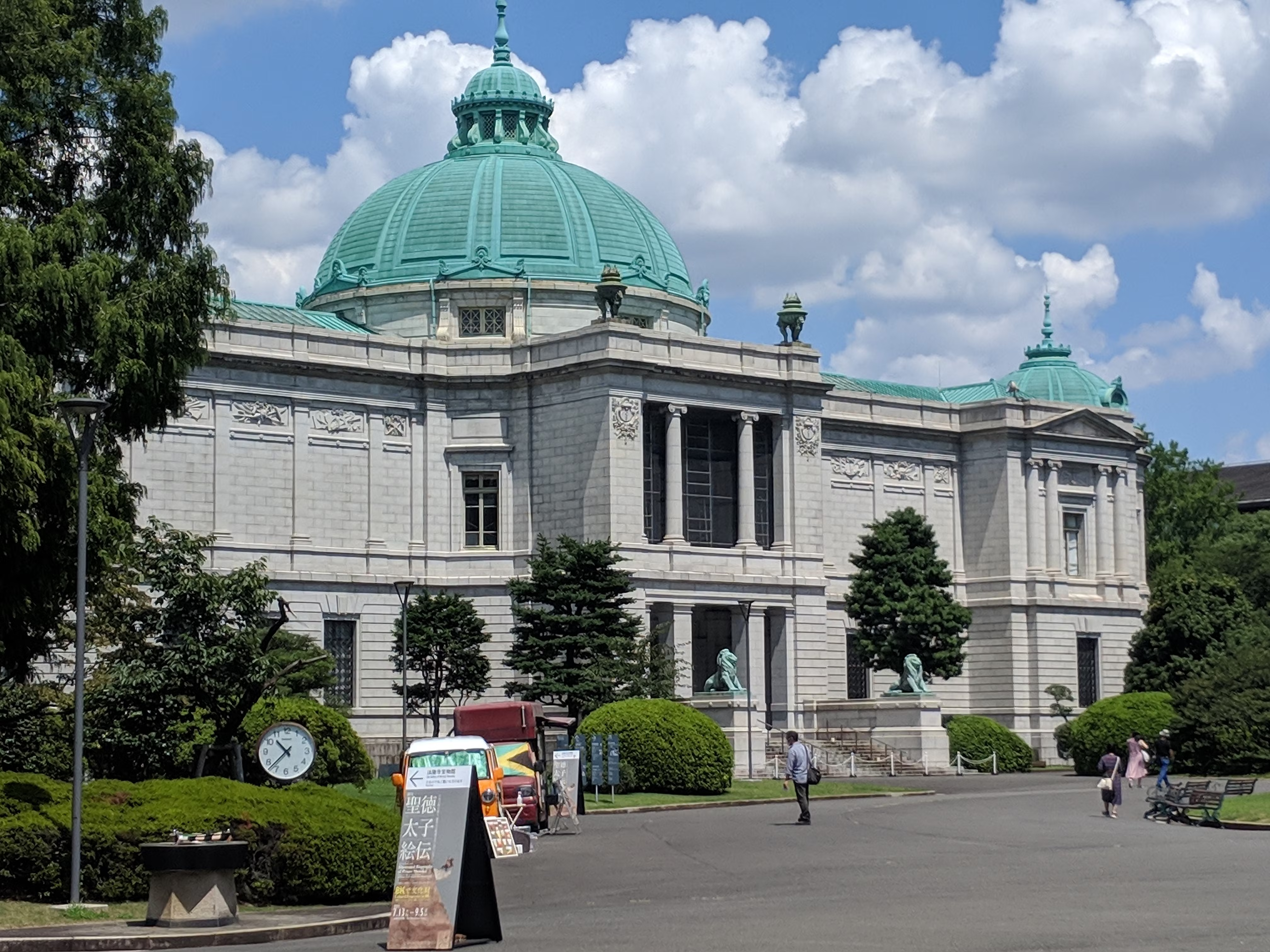
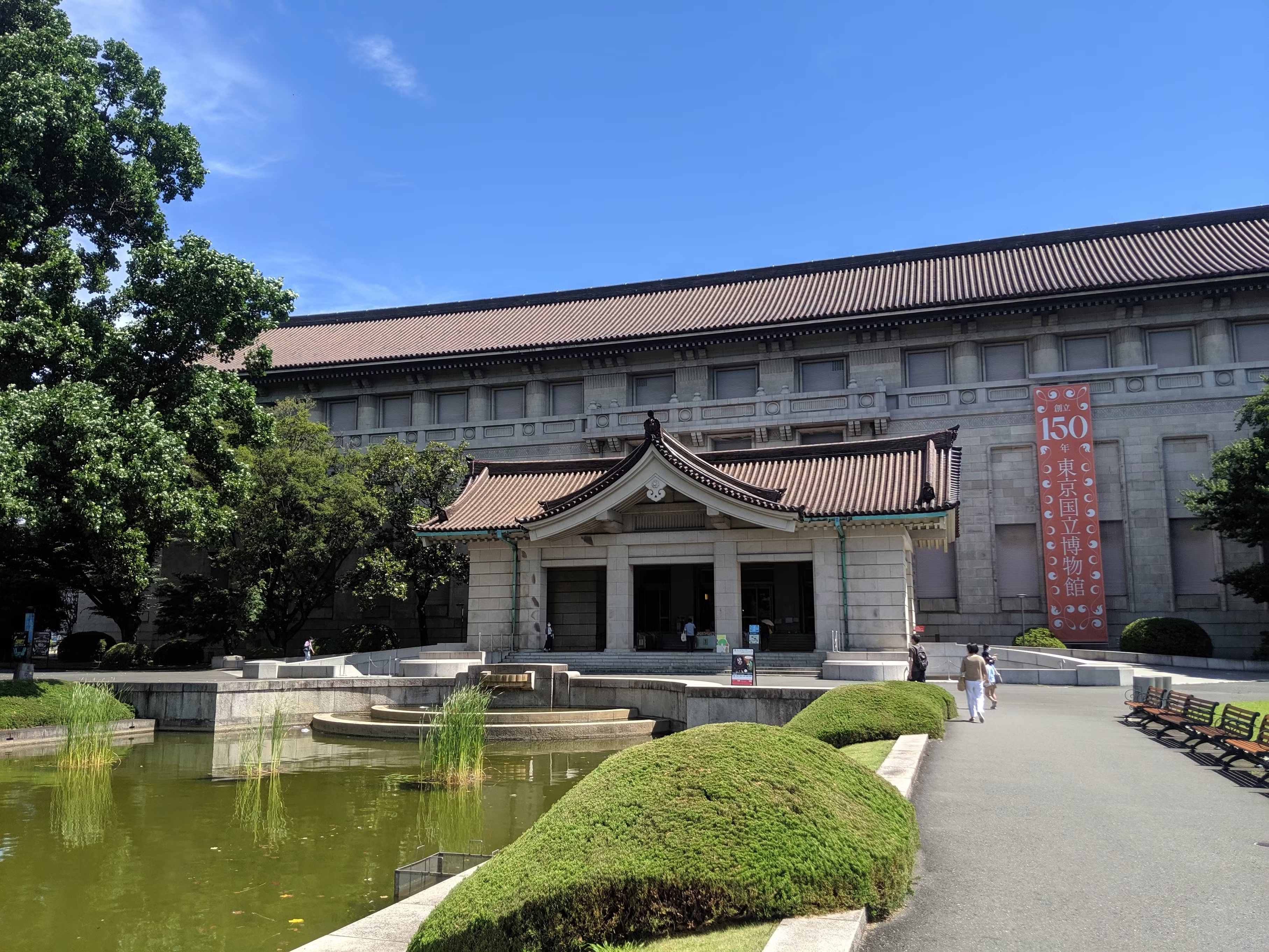
(d) National Museum Main building:
(e) Tokyo Bunka Kaikan
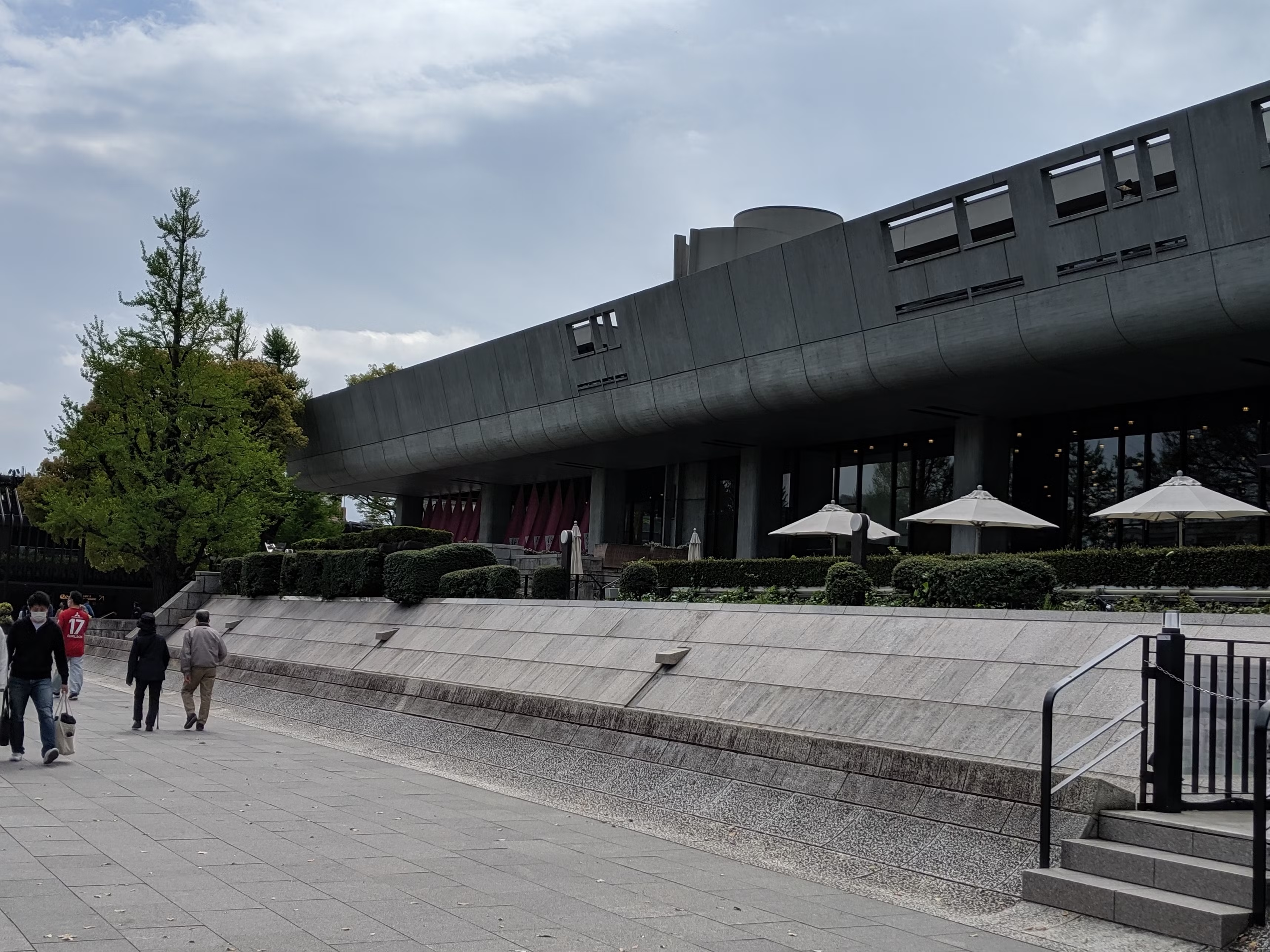
(f) Kuroda Memorial Hall

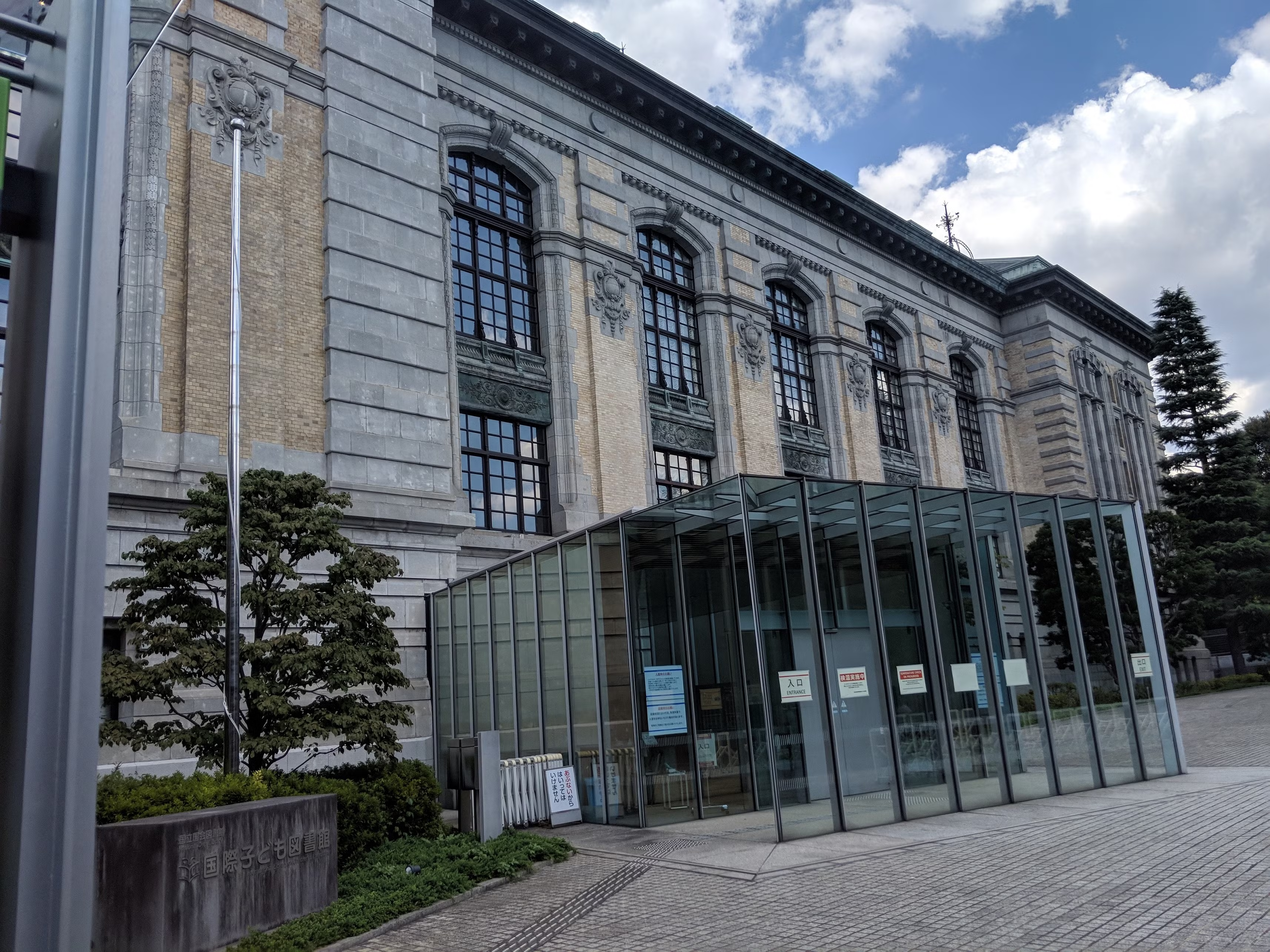
(g) Diet Library / International library of children's literature:
(a) Guest house Akasaka palace:
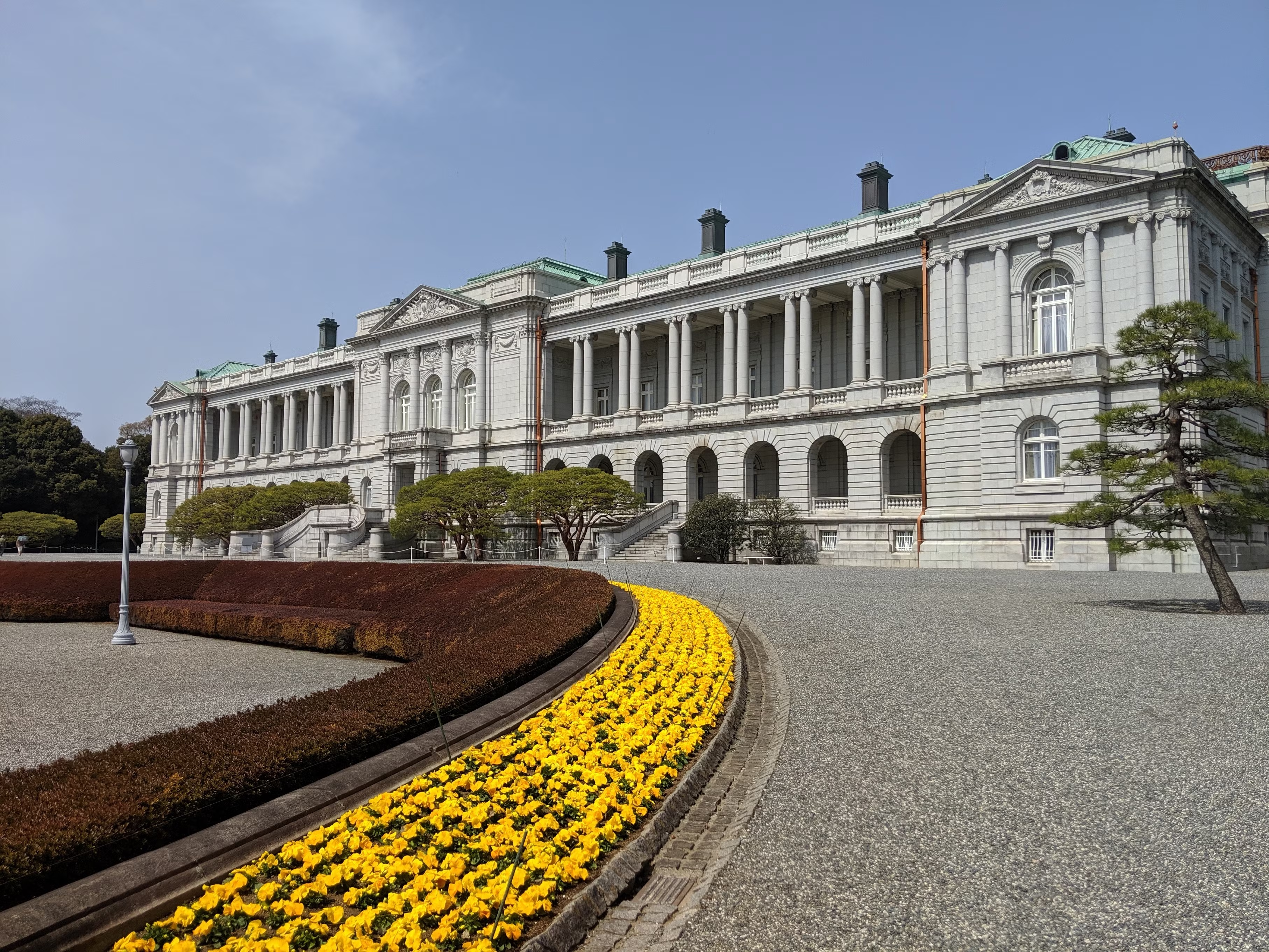
House Akasaka palace/ Japanese style Annex named “Yushintei”:
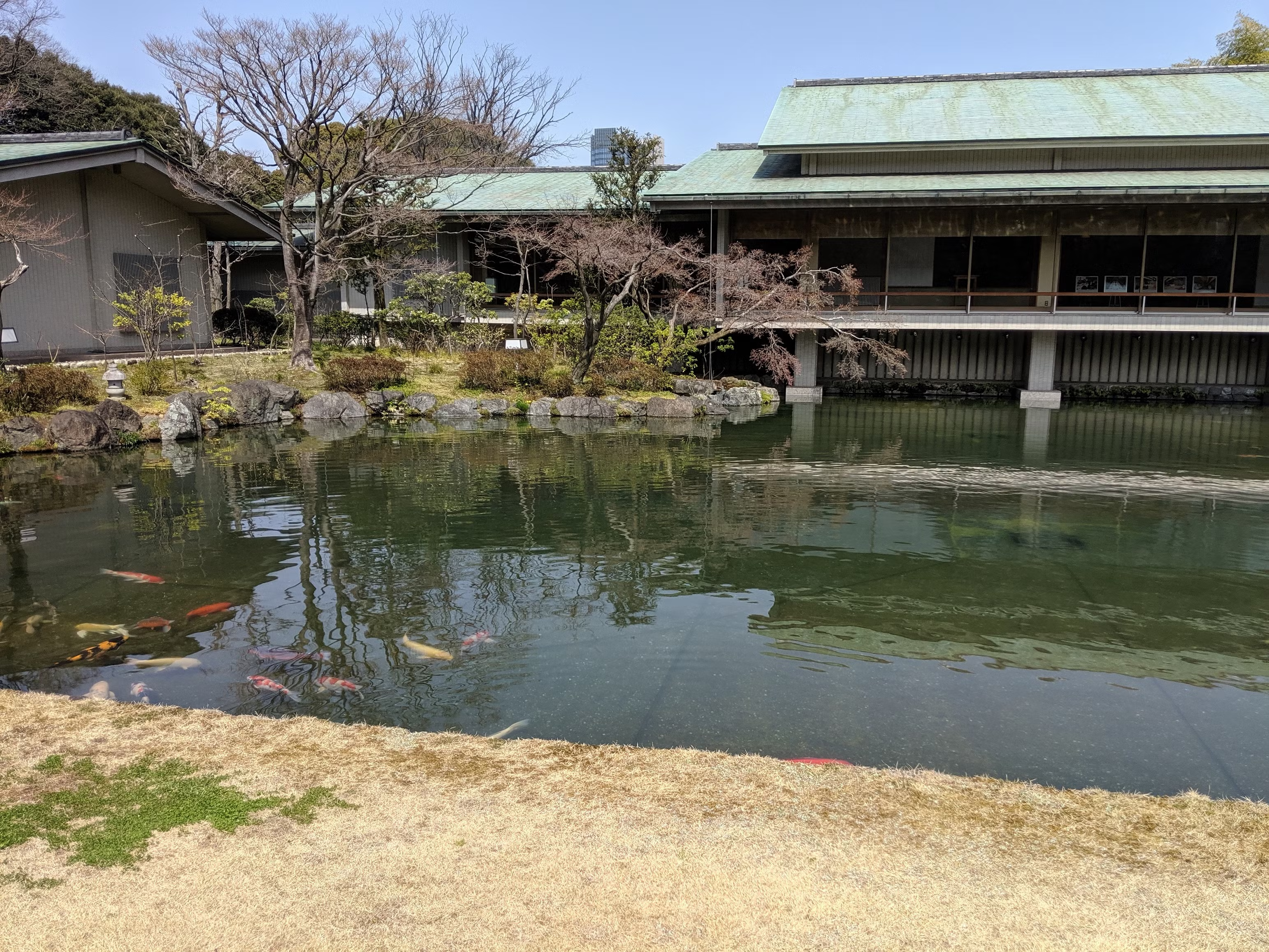
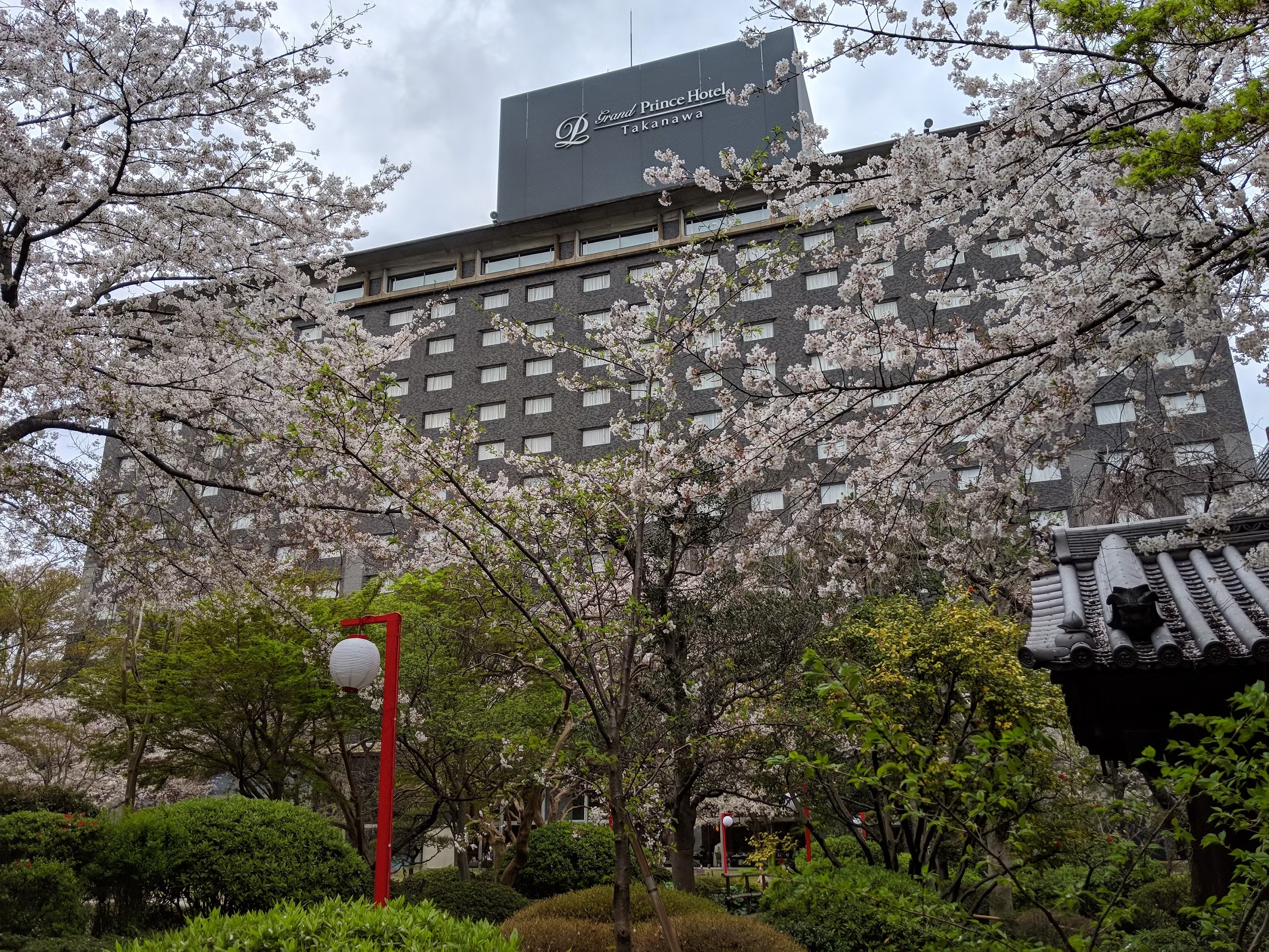
(c) Grand Prince Hotel Takanawa:
Grand New Prince Hotel Takanawa:
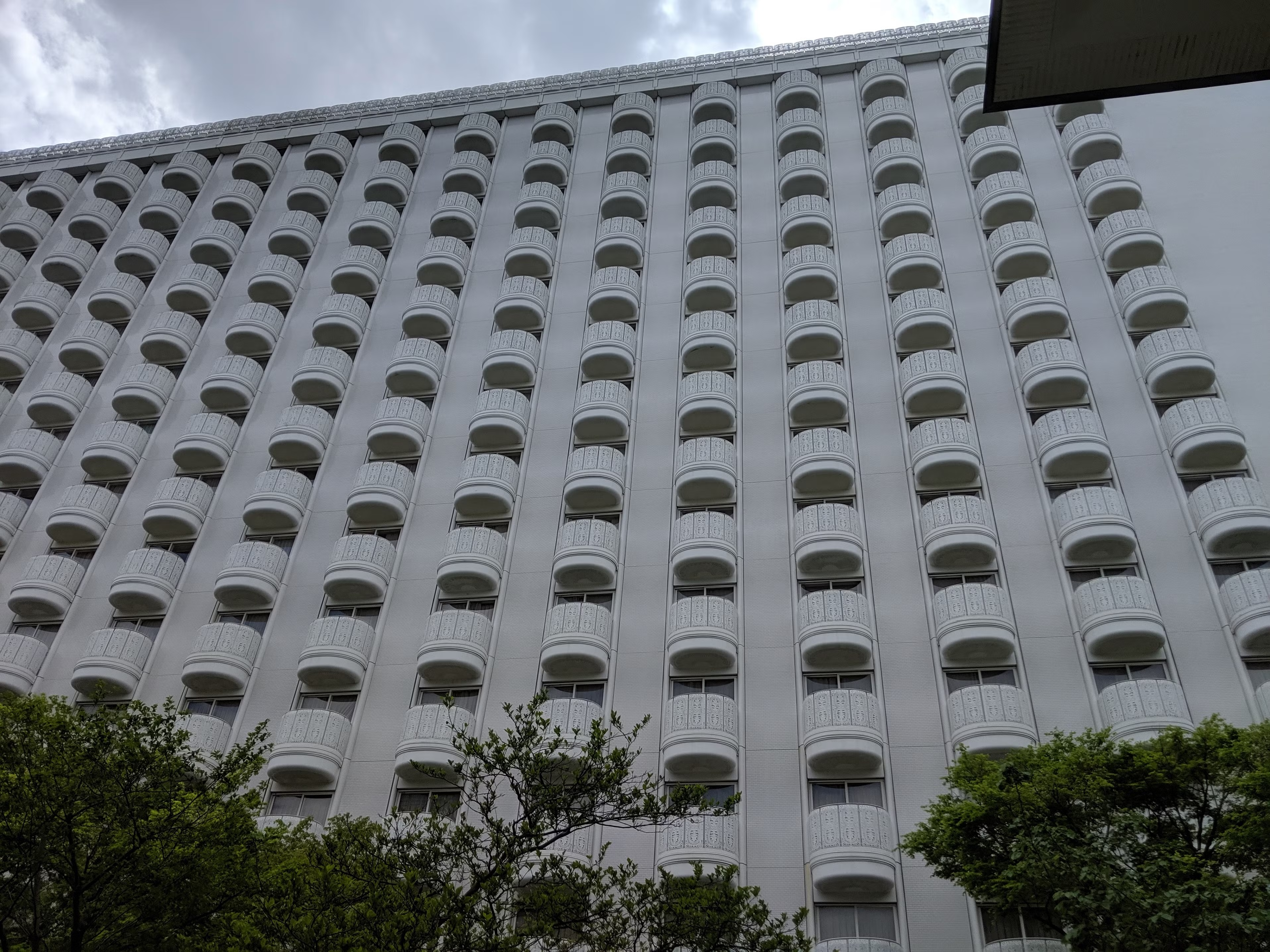
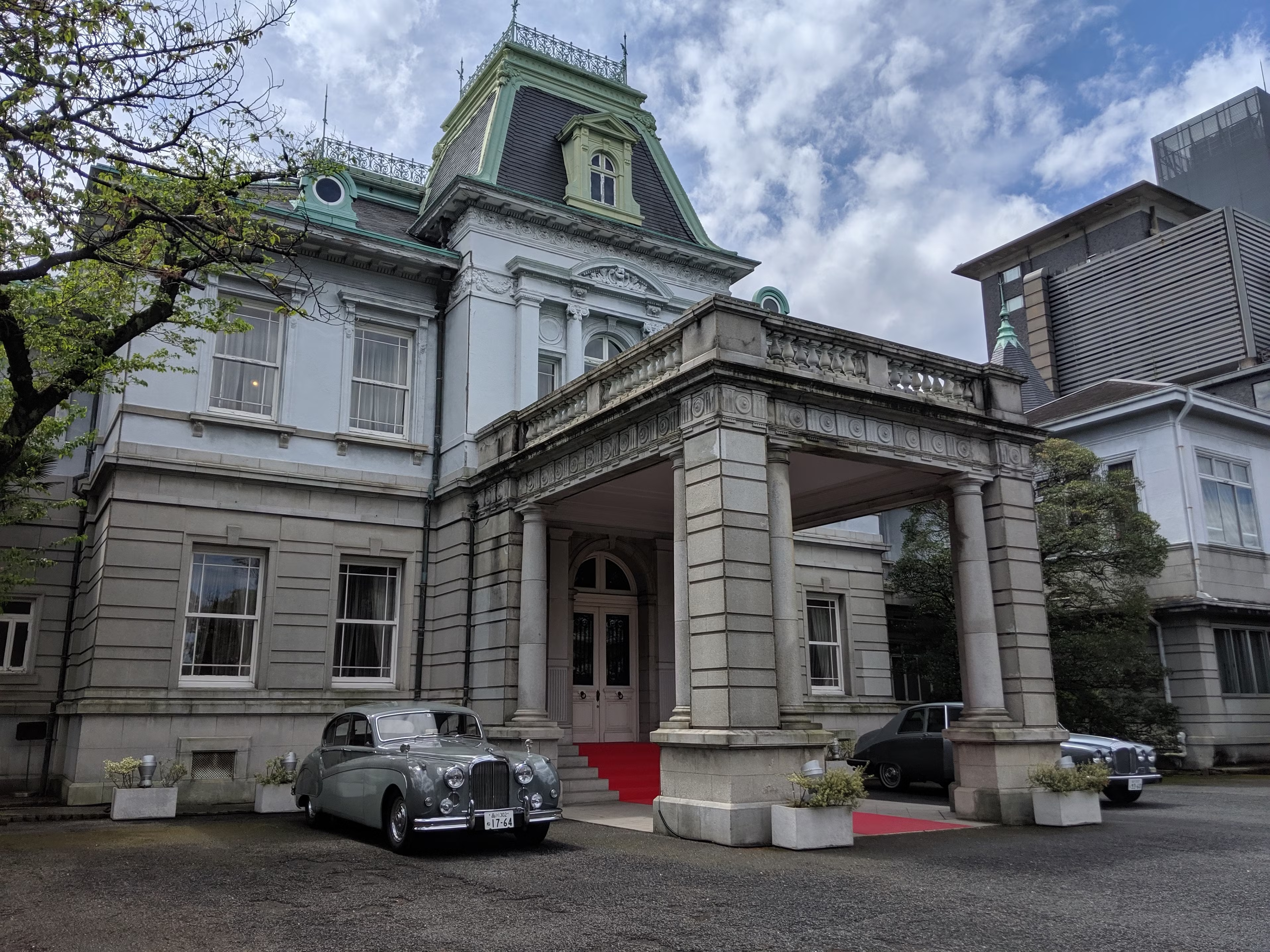
(d) Grand Prince hotel Takanawa/Guest house which used to be the residence of Imperial prince.

(e) Tokyo Metropolitan garden art museum / Former Asaka Palace house:
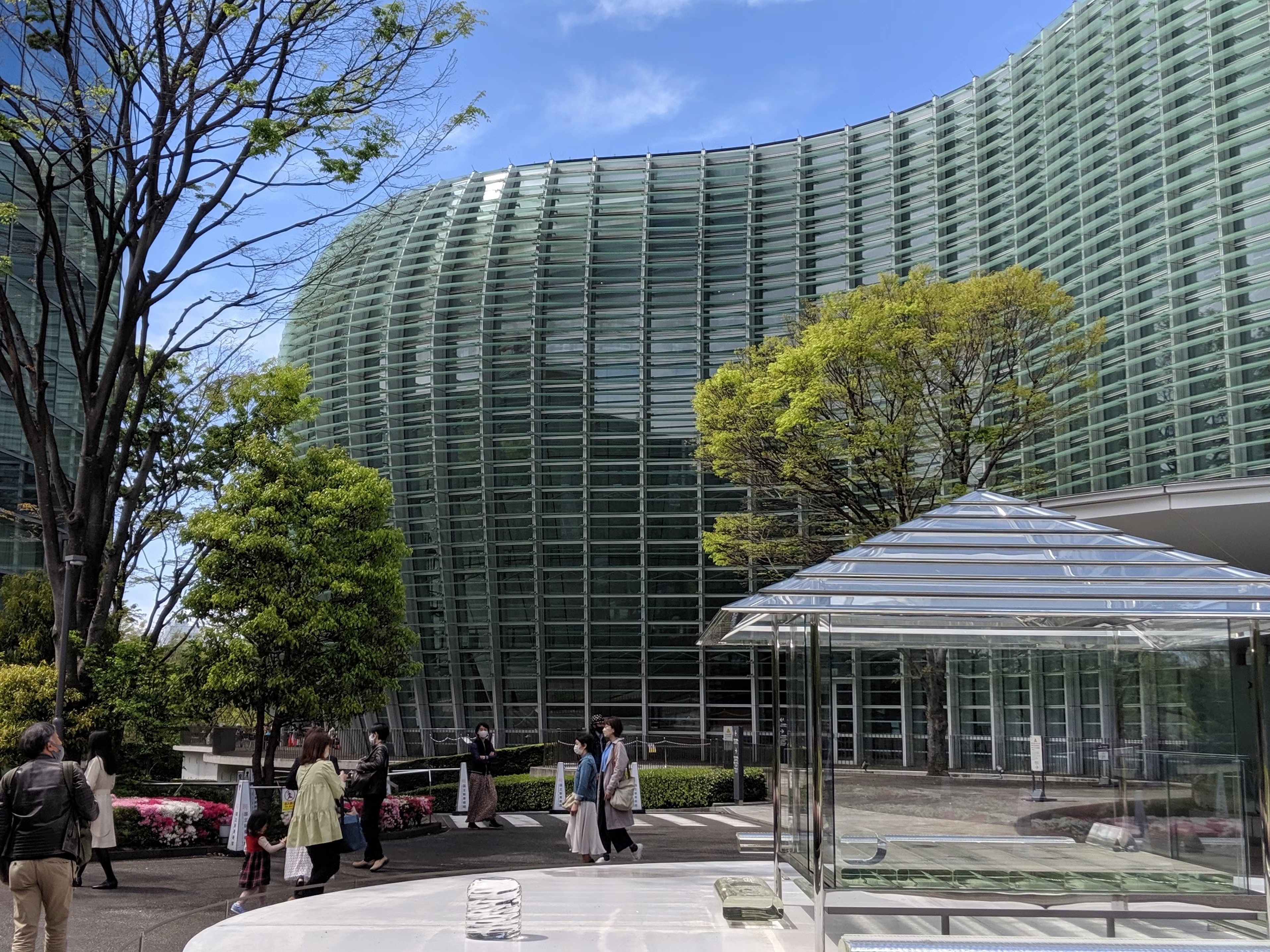
(f) The National Art center, Tokyo:
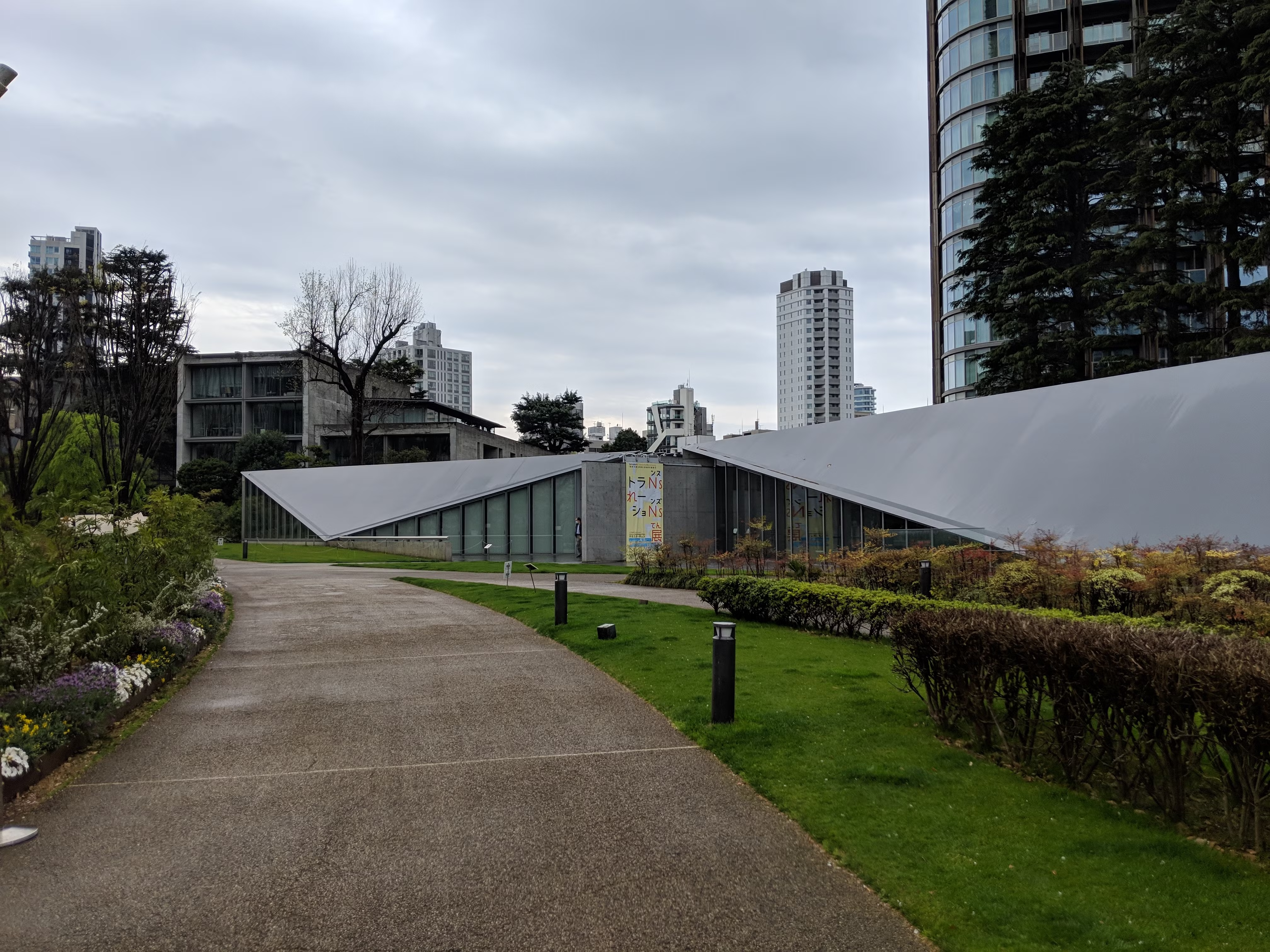
(g) 21_21 DESIGN SIGHT:
(h) Tokyo midtown tower
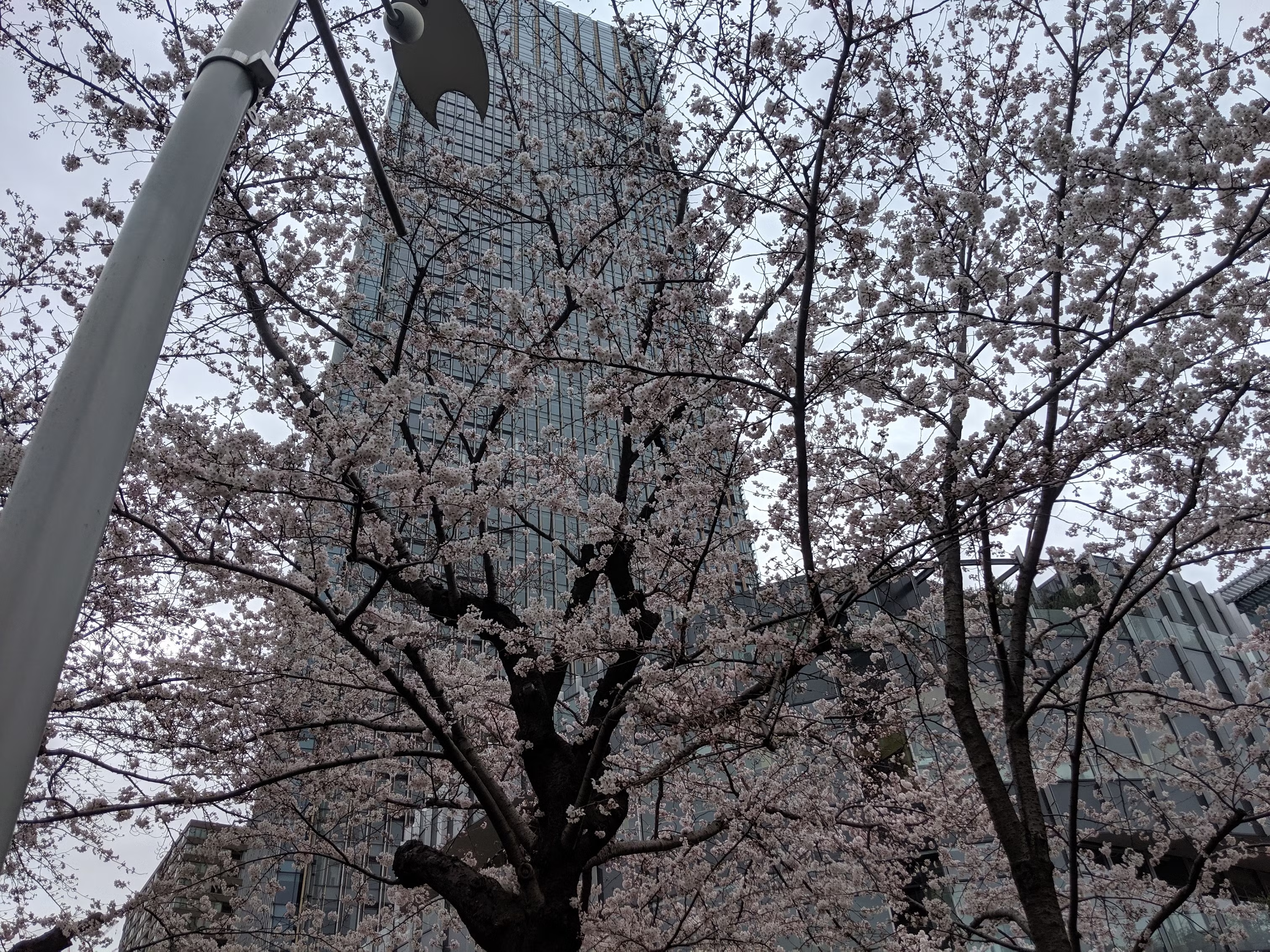
(a) Kabuki Theater

(b) Wako

(c) San-ai Dream center
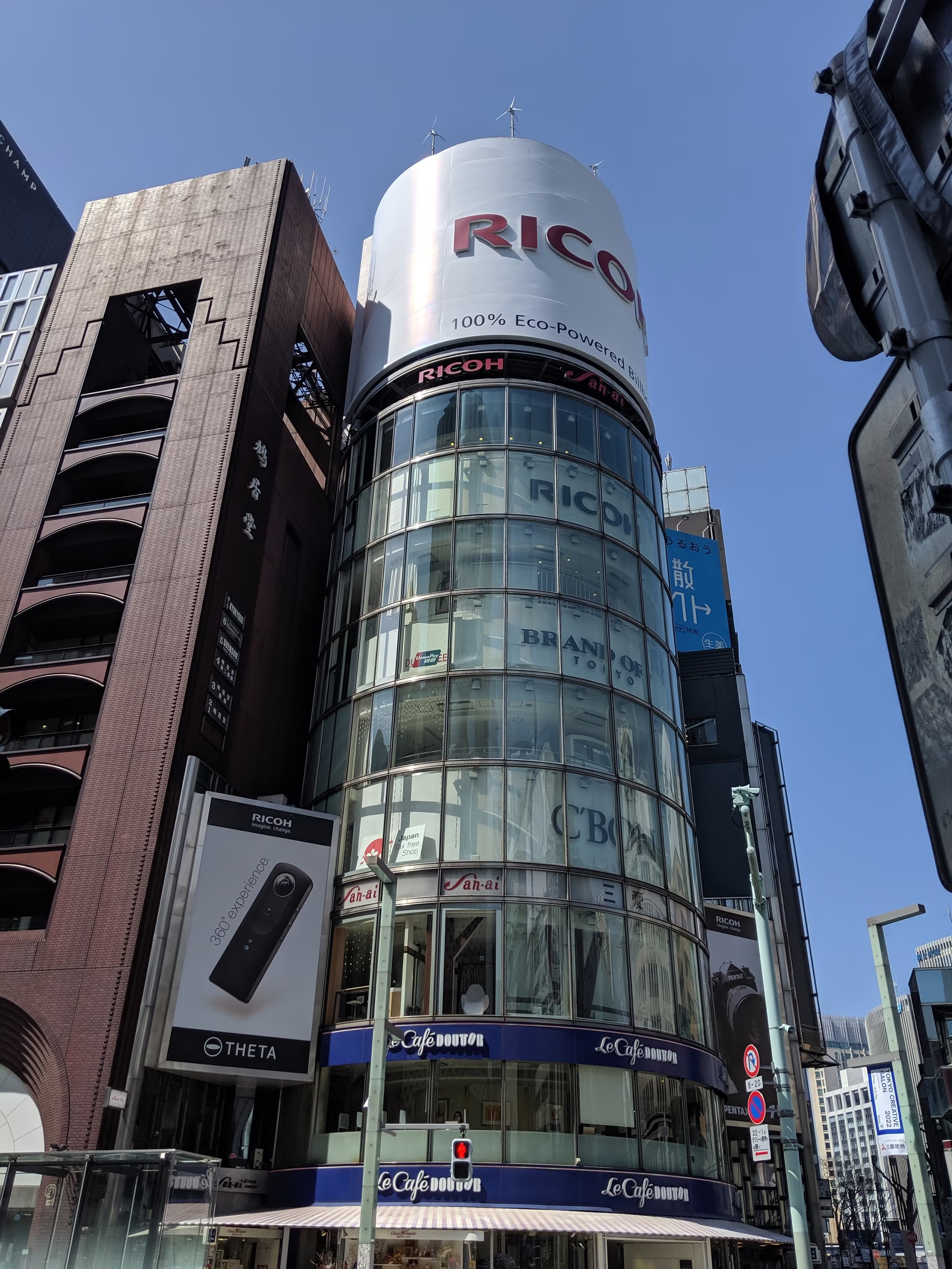
(d) The Beer Hall Lion Ginza on 7-Chome
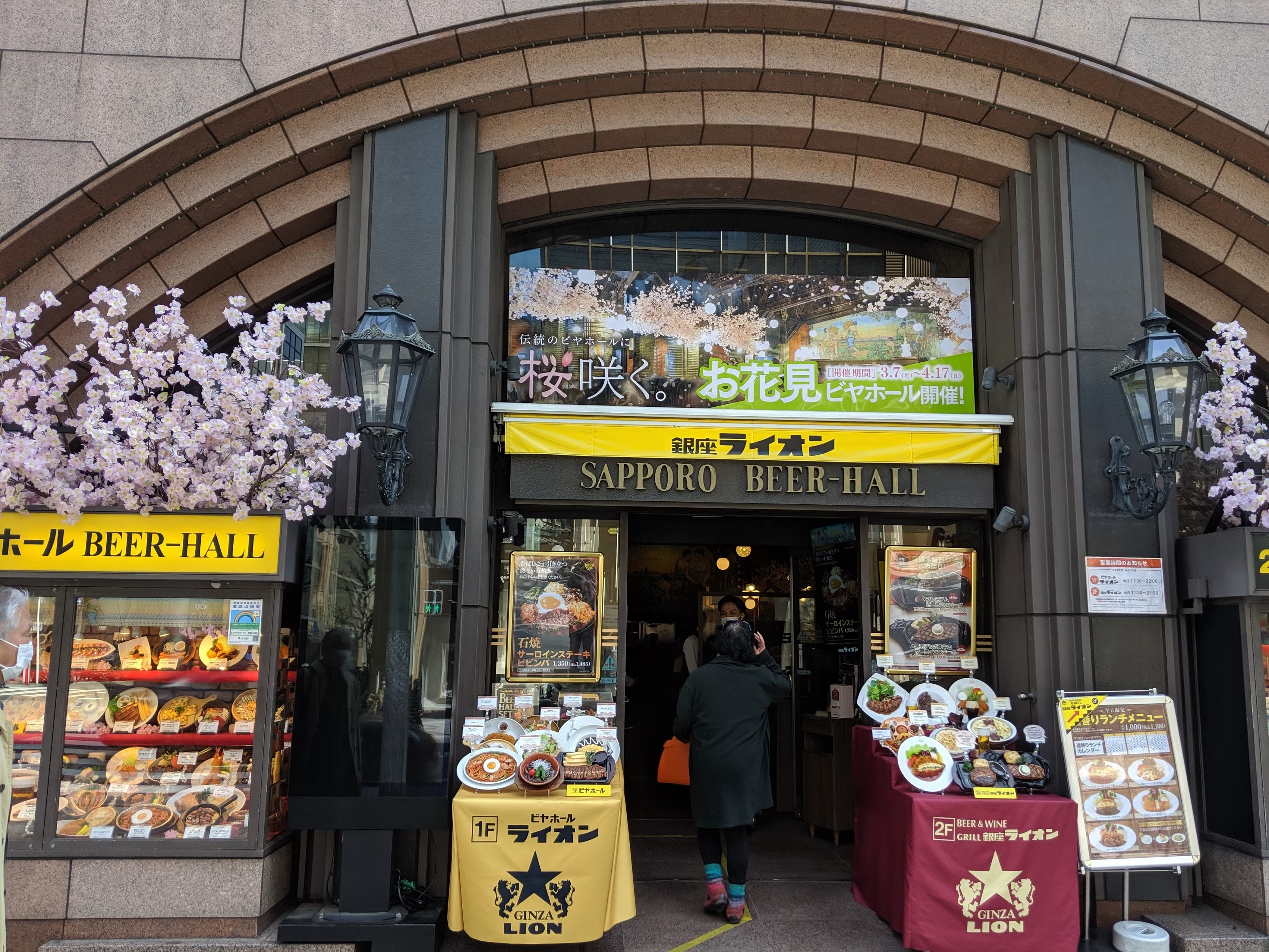
(e) Nakagin Capsule Tower:
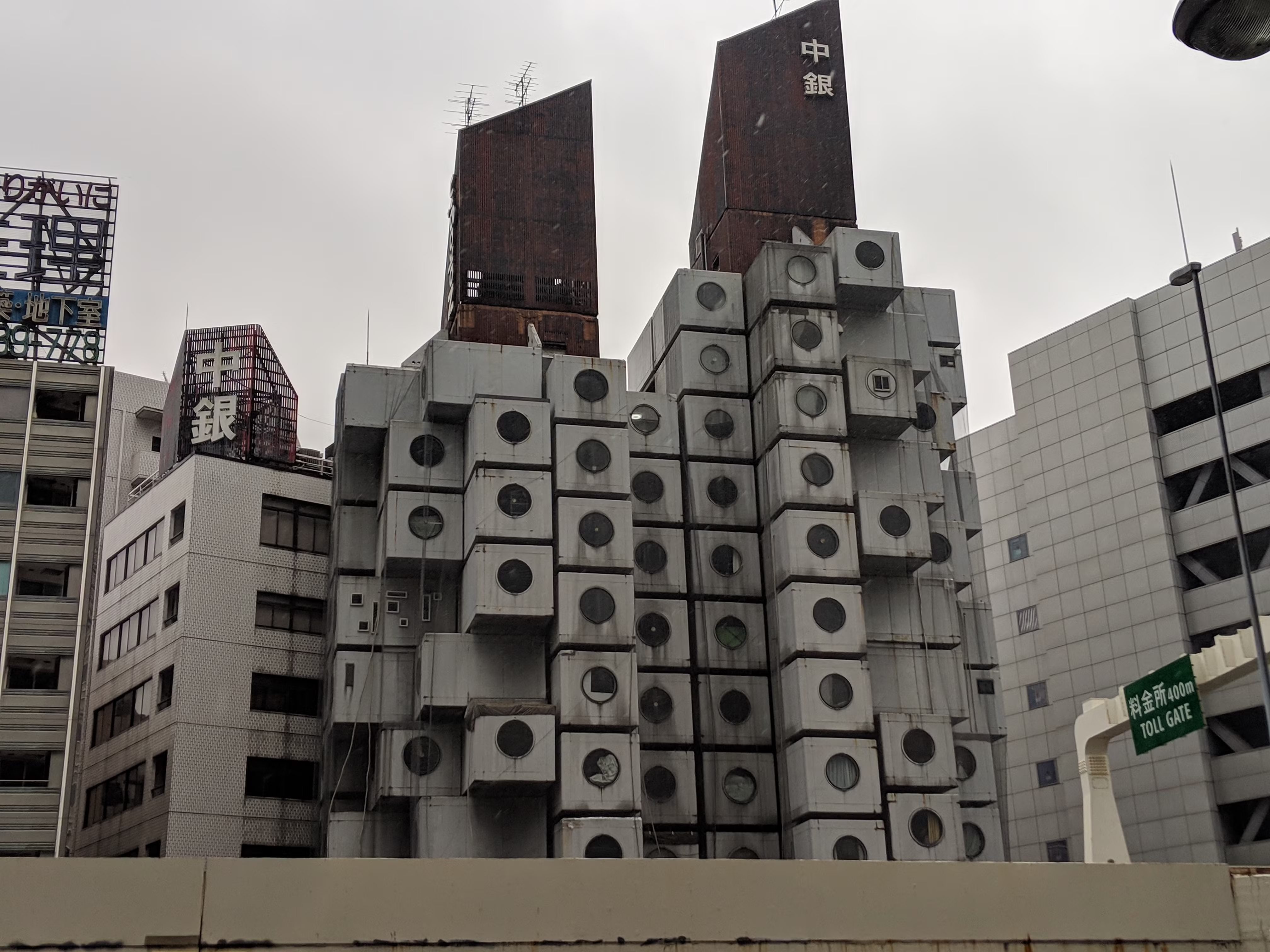
(f) Shizuoka newspaper/Shizuoka broadcasting Tokyo branch

(g) Asakusa culture sightseeing center

(h) Bank of Japan Head office
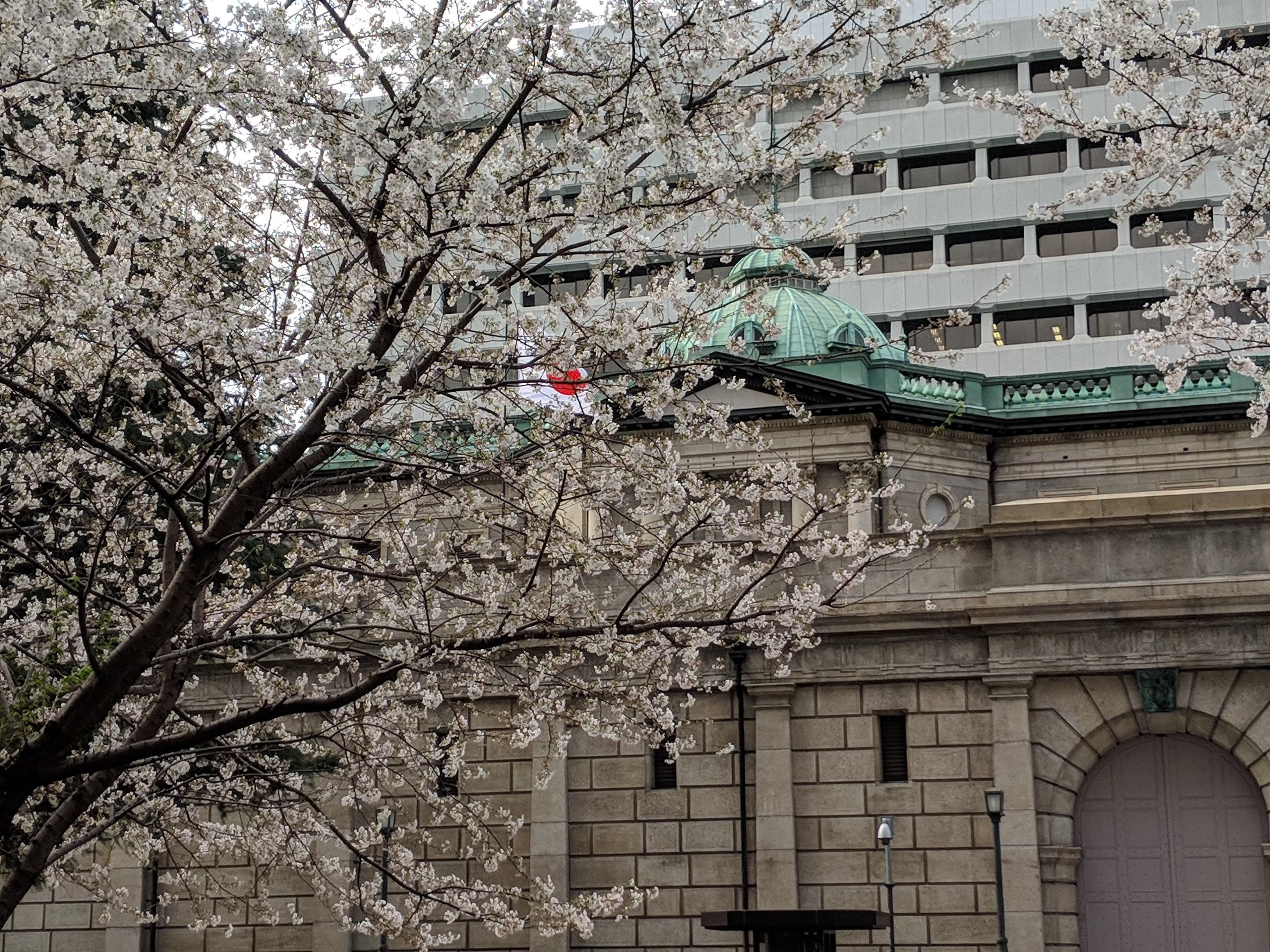
(i) Tsukiji Honganji Buddhist temple
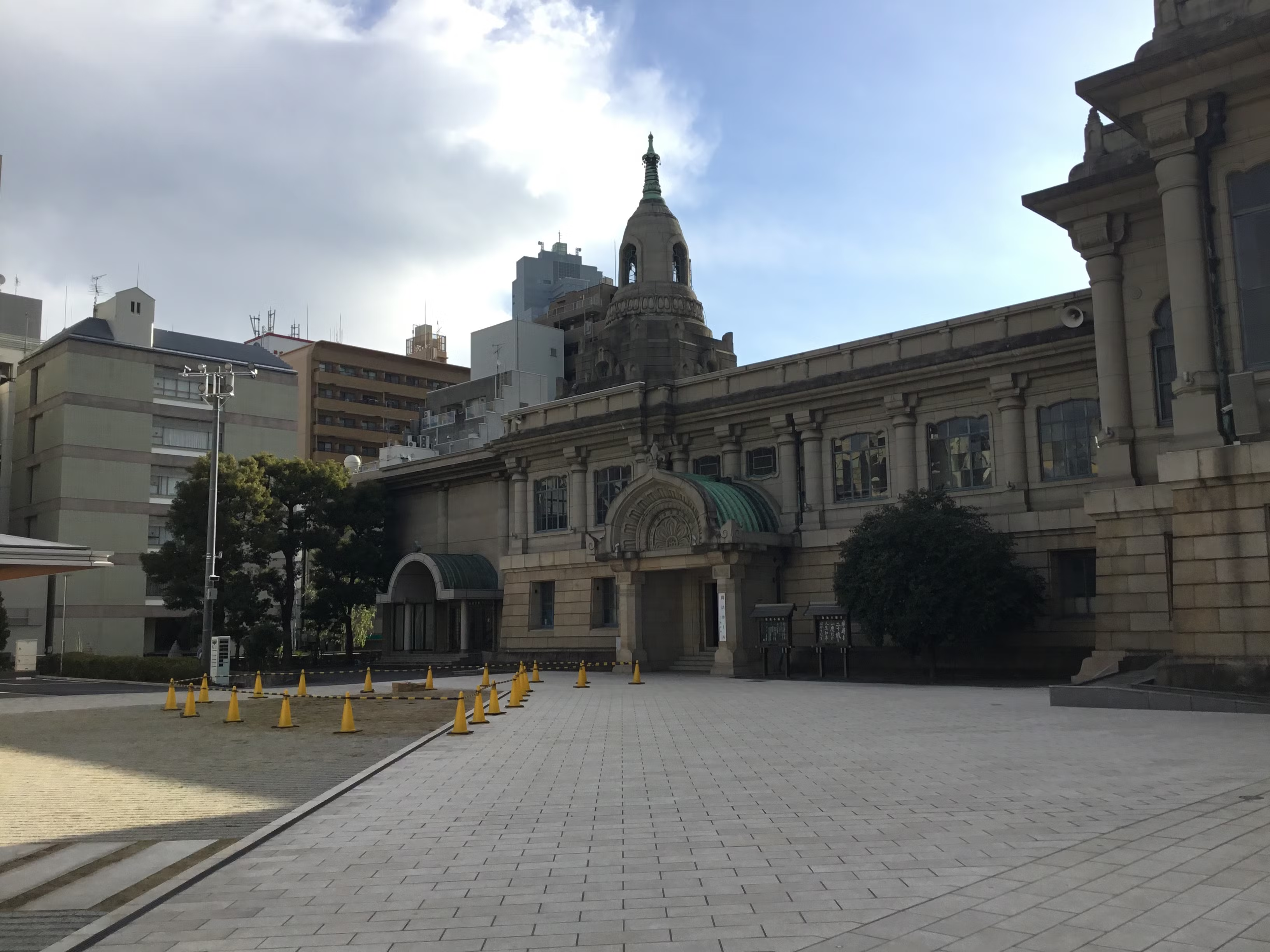
(j) Nihonnbashi / Important cultural property

(k) Nihonbashi Mitsukoshi

(l) Mitsui head office
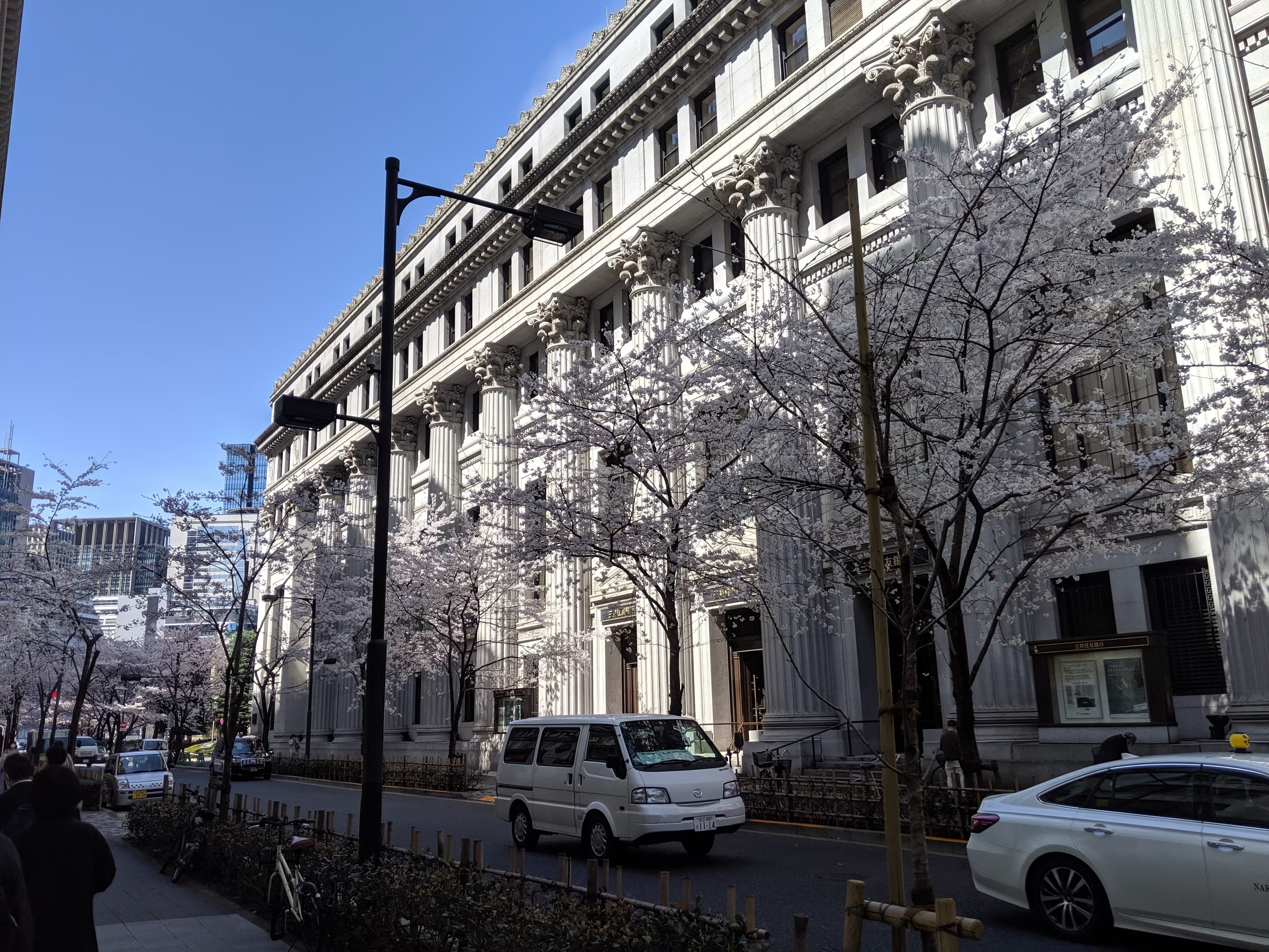
(a) Tokyo Metropolitan Government
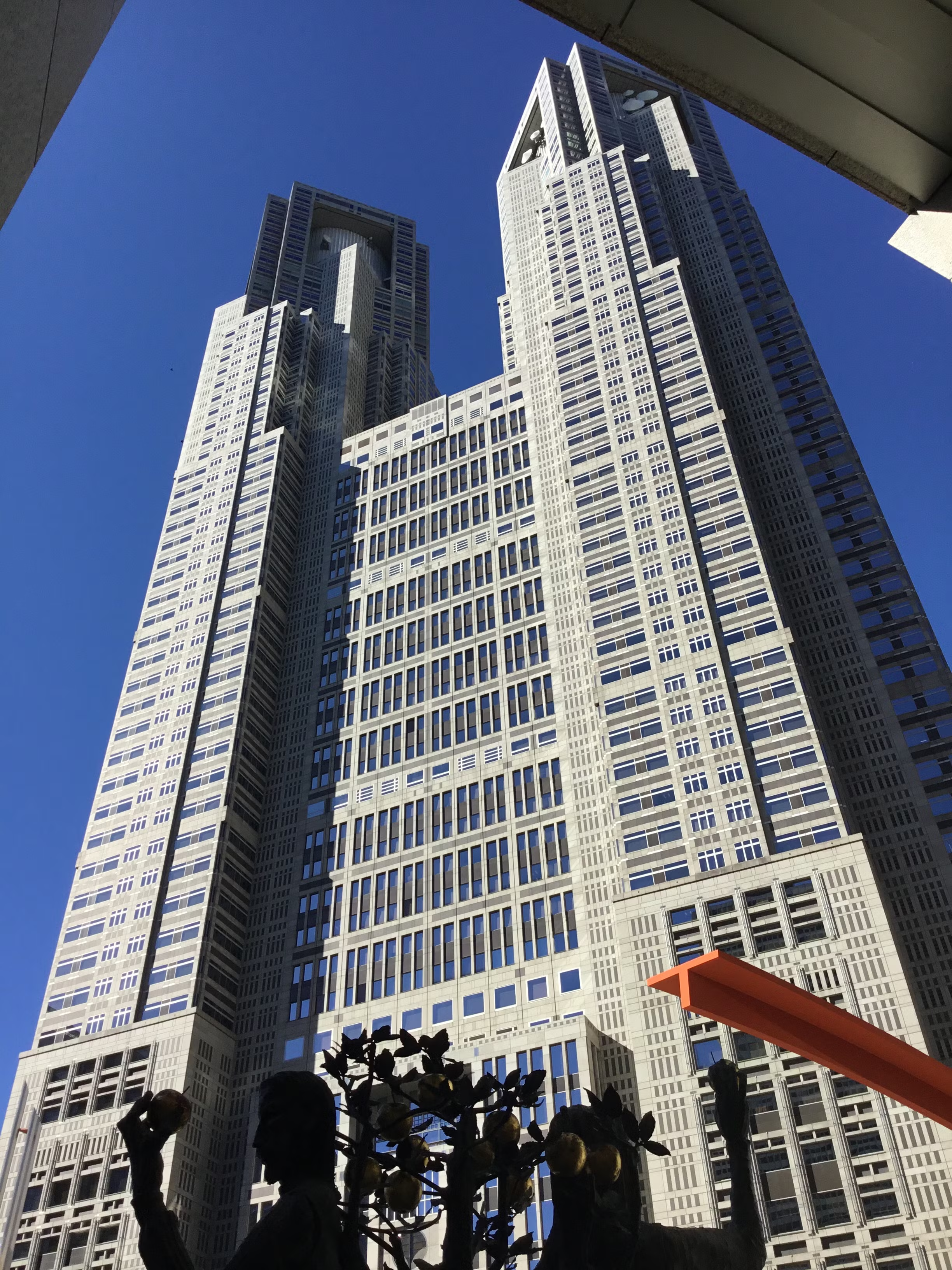
(b) Yoyogi National stadium first Gymnasium with 13,000 accomodation

(c) Tokyo Cathedral St. Mary`s Cathedral
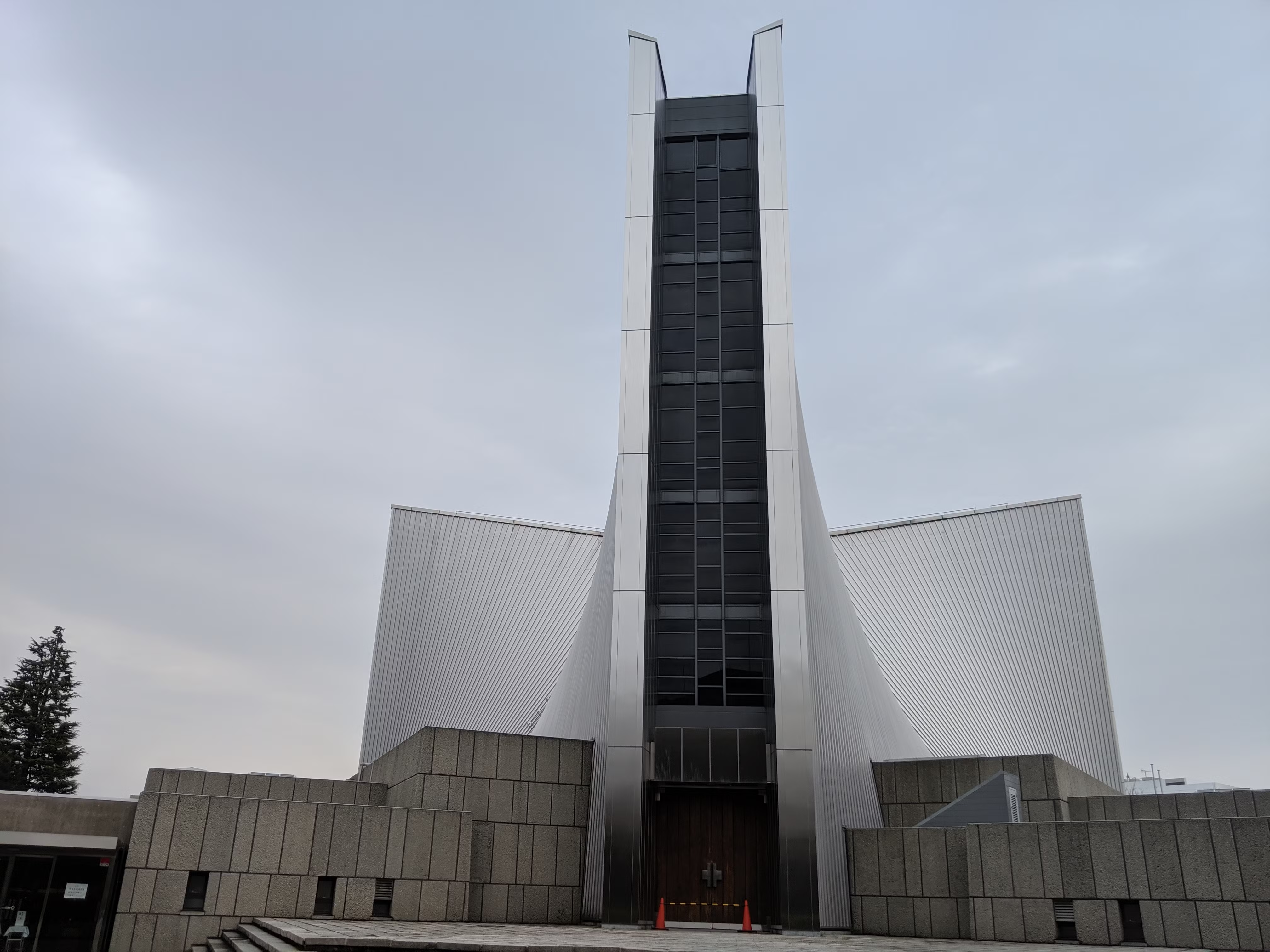
(d) Daikanyama Hillside Terrace

(e) Jiyu Gakuen Myonichikan

(f) Zoshigaya : Old Missionary Hall
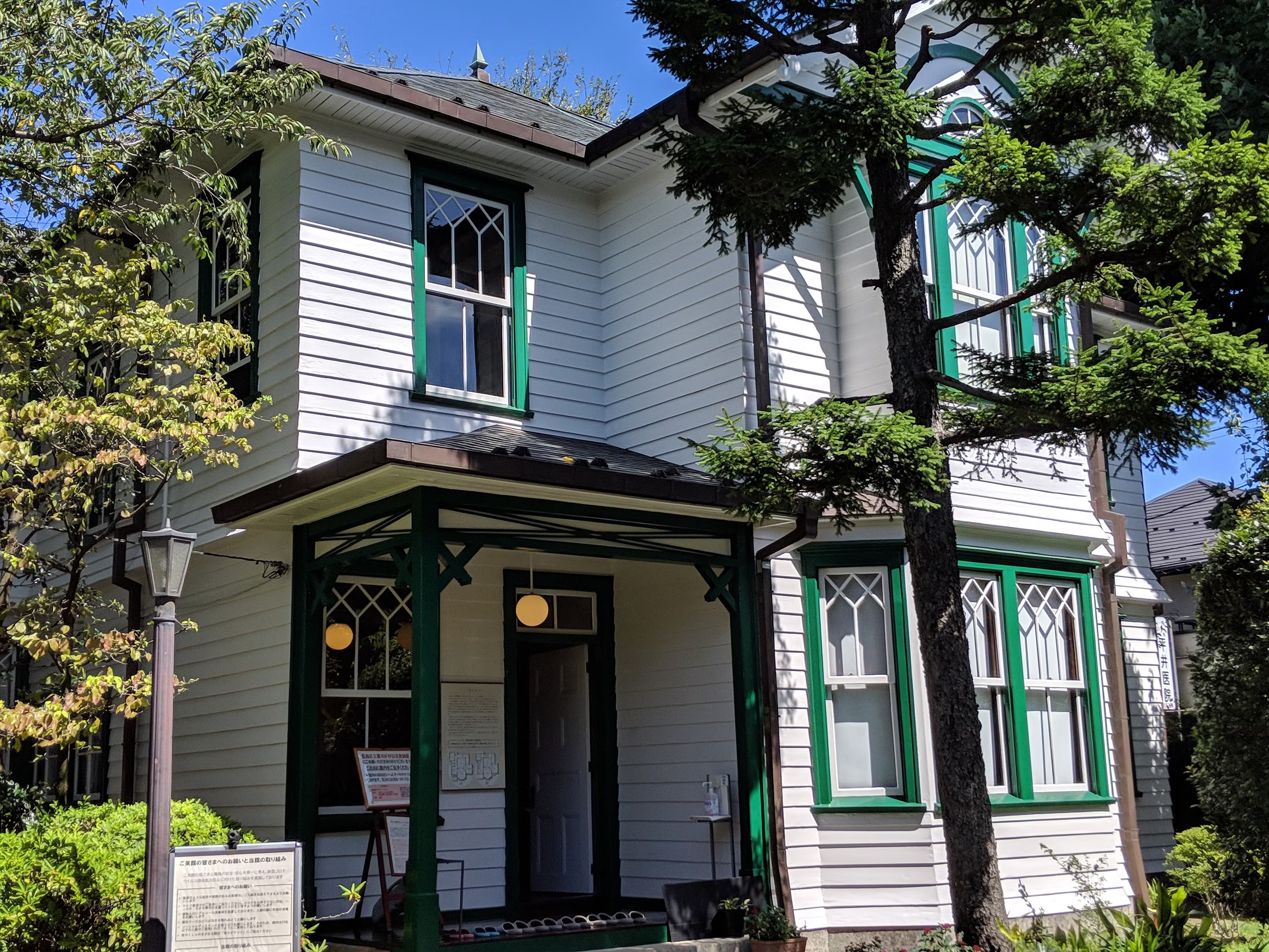
(g) New National stadium

Japanese Modern Architecture in Tokyo (Omote-Sando Area ) | GoWithGuide
(a) Omotesando Hills by Ando Tadao:

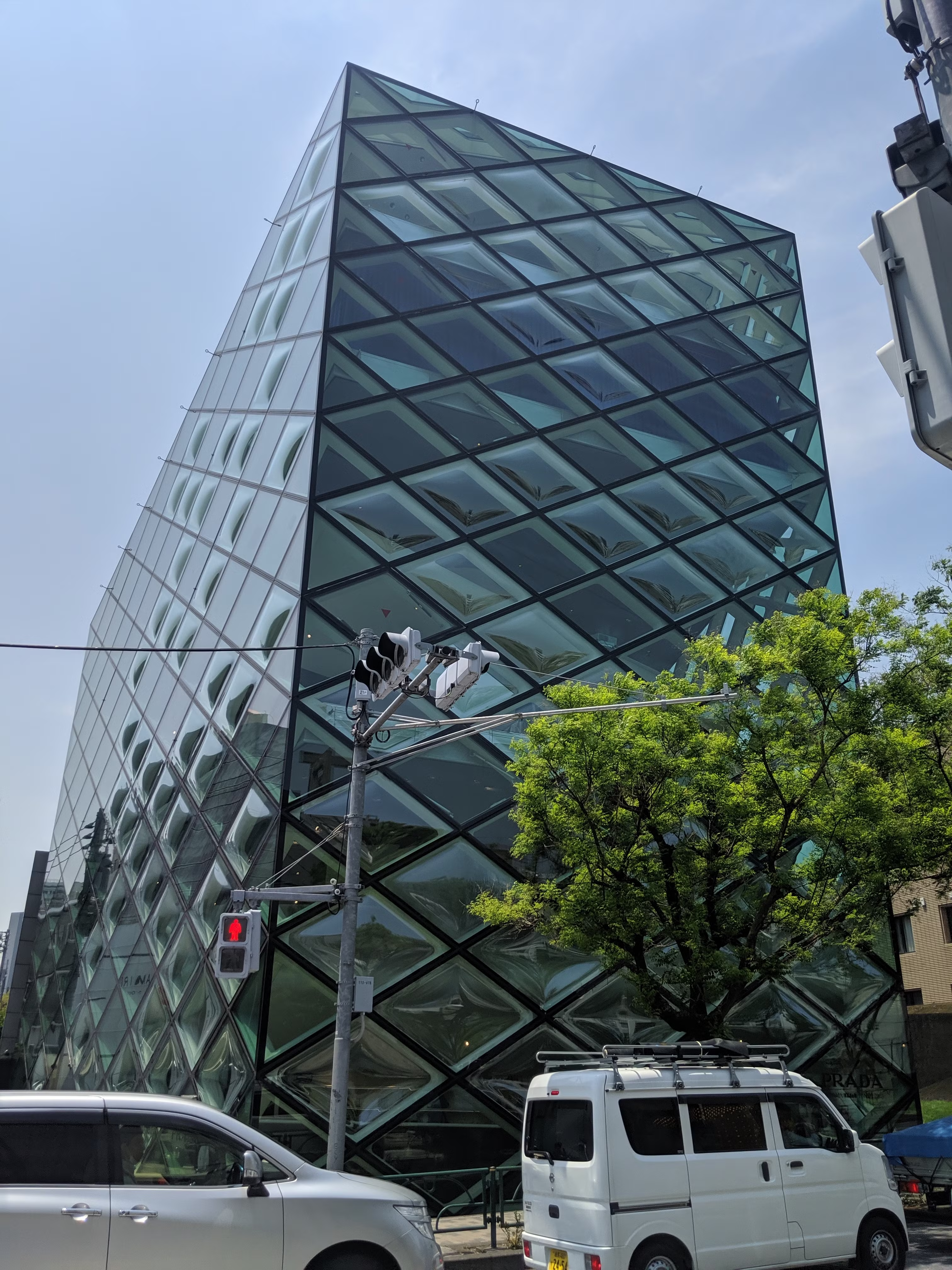
(b) PRADA Boutique Aoyama by Hertz Fork & Dome Ron :
(c) Ometesando Keyaki building by Dan Norihiko:
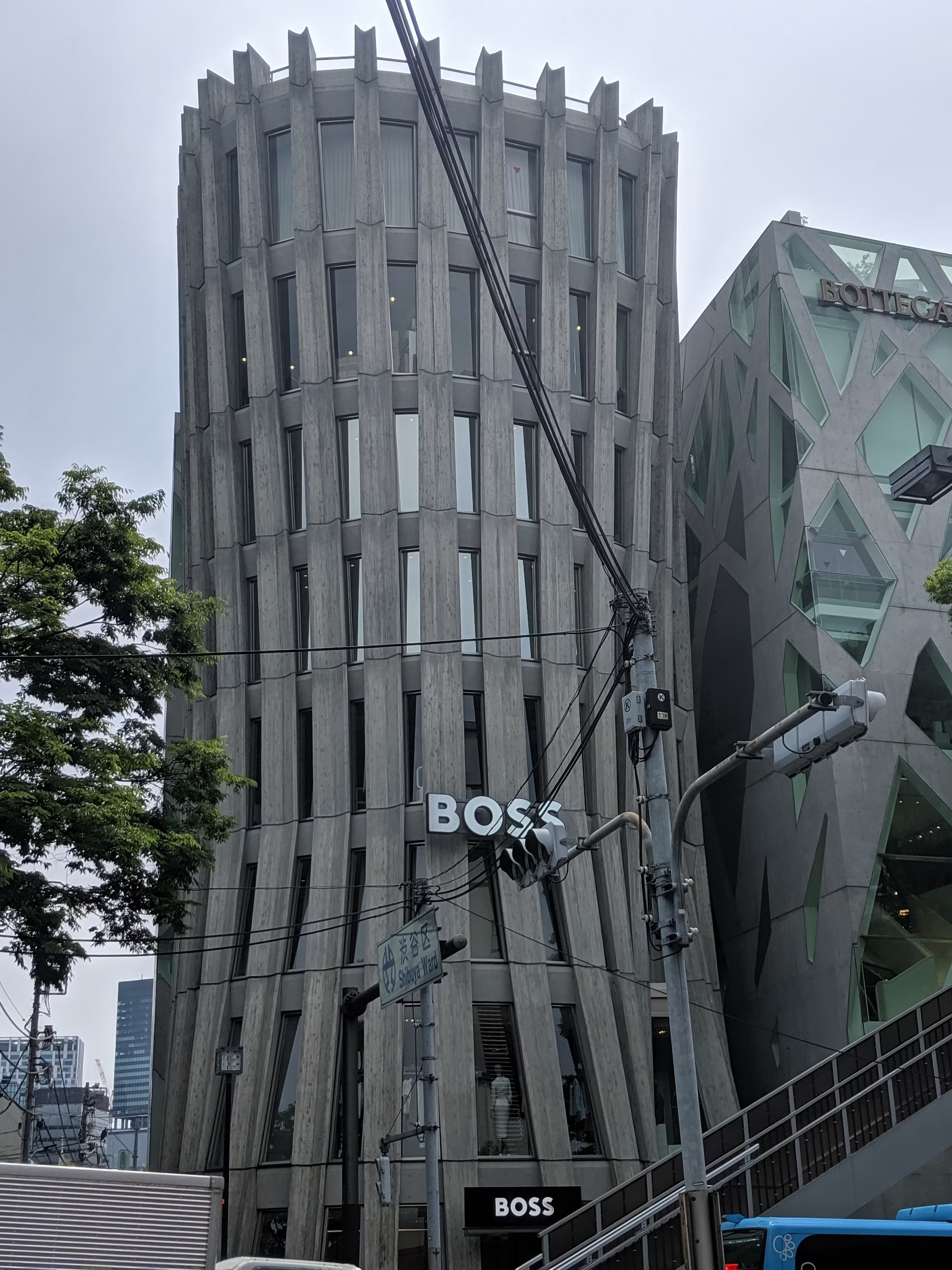
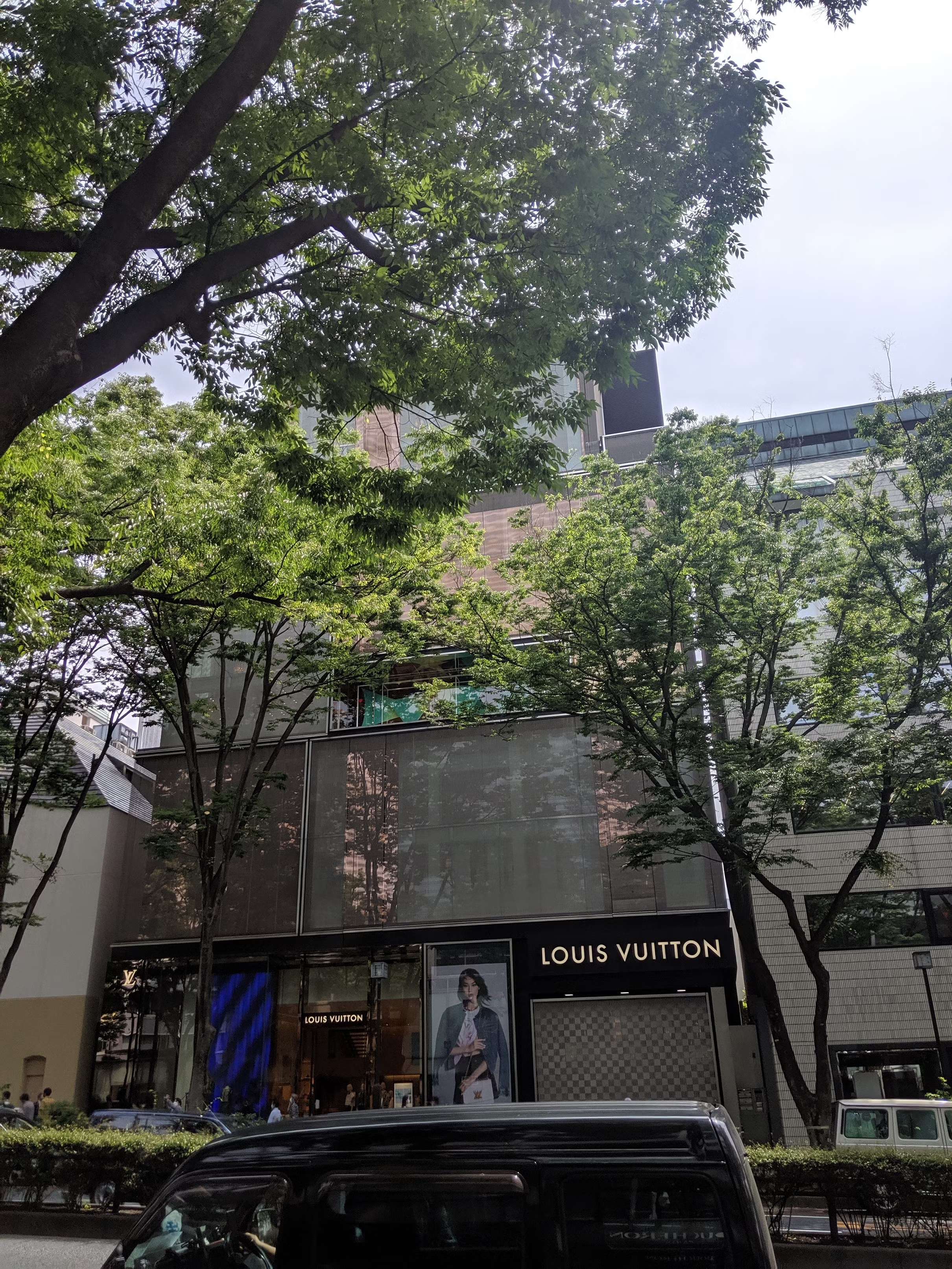
(d) LOUIS VUITTON OMOTESANDO by Aoki Jun:
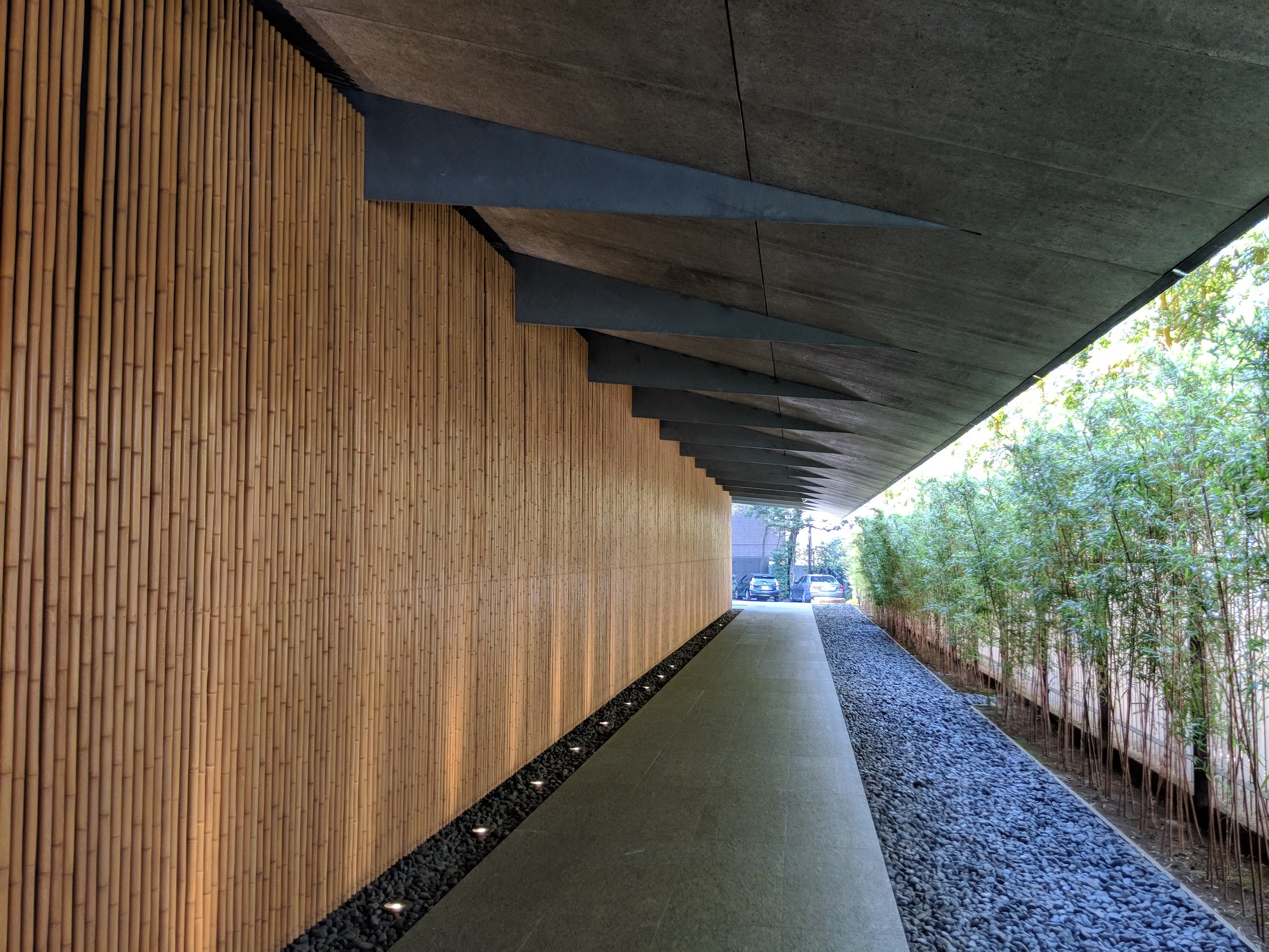
(e) Nezu museum by Kuma Kengo:
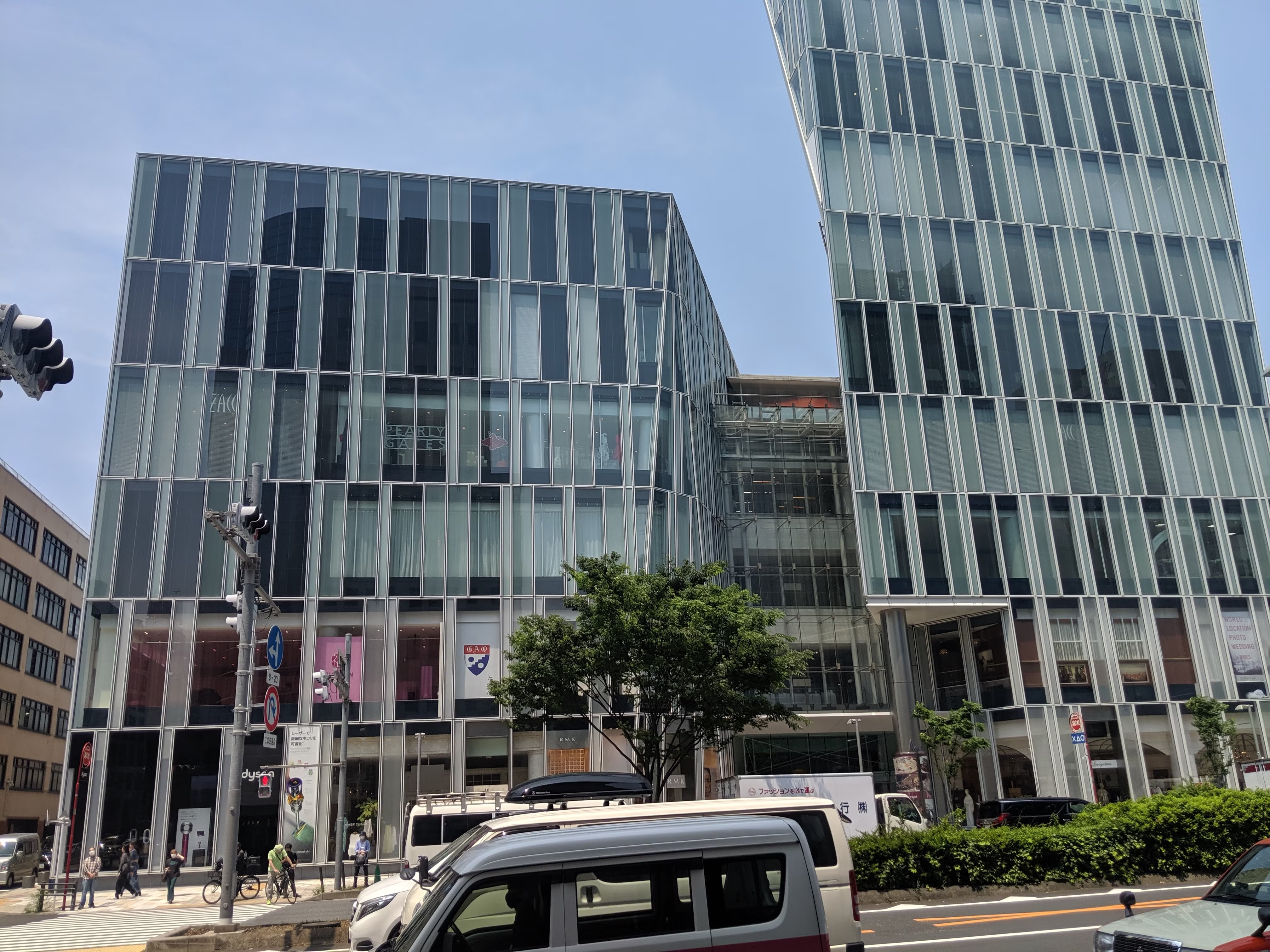
(f) AO building by Nihon sekkei:
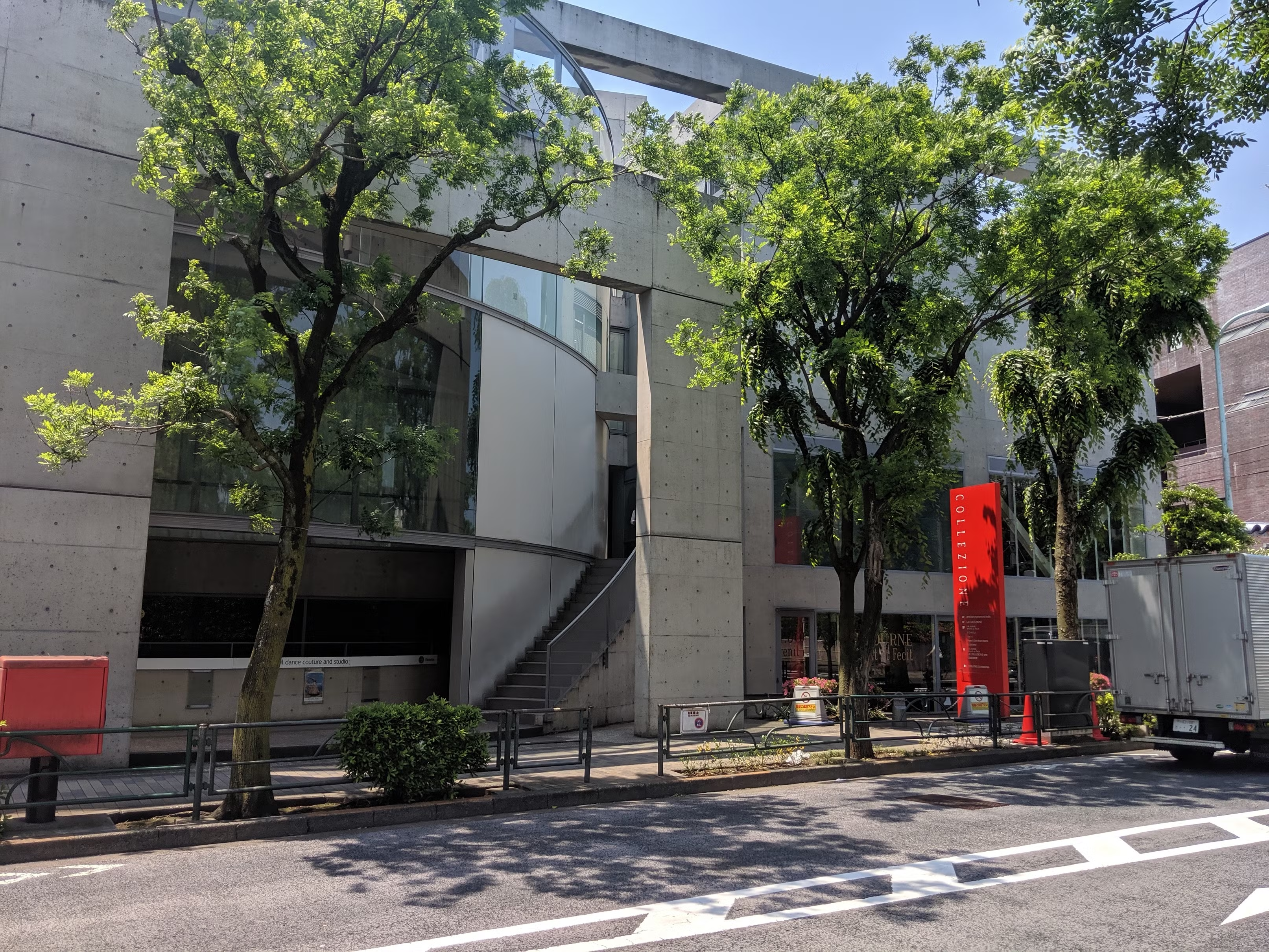
(g) COLLEZIONE by Ando Tadao:
(h) Dior by SANNA as the unit by Sejima Kazuyo and Nishizawa Ryue:
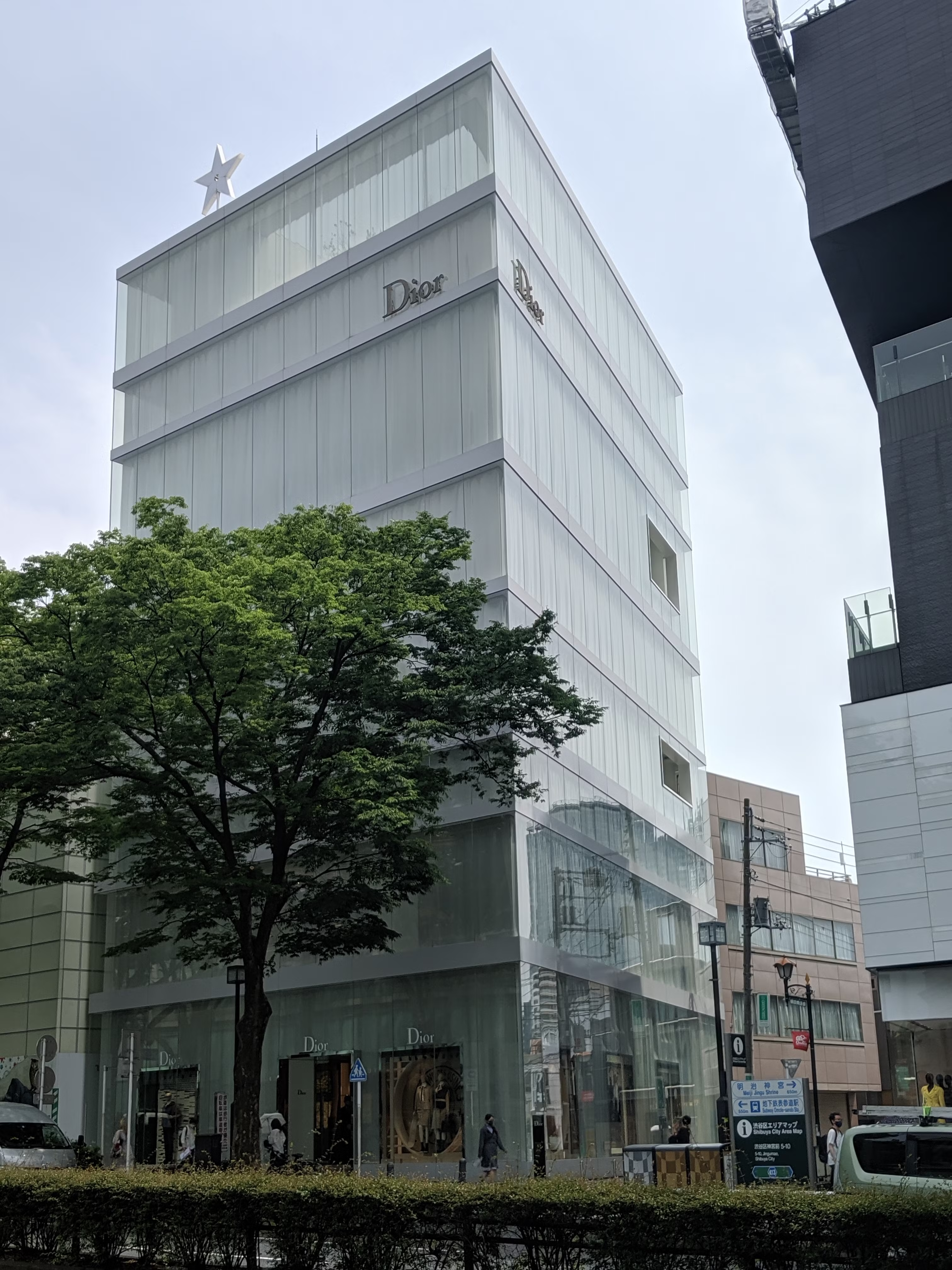
(i) ONE Omotesando by Kumano Kengo: A head quarter building of LVMH group including Loui Vuitton:
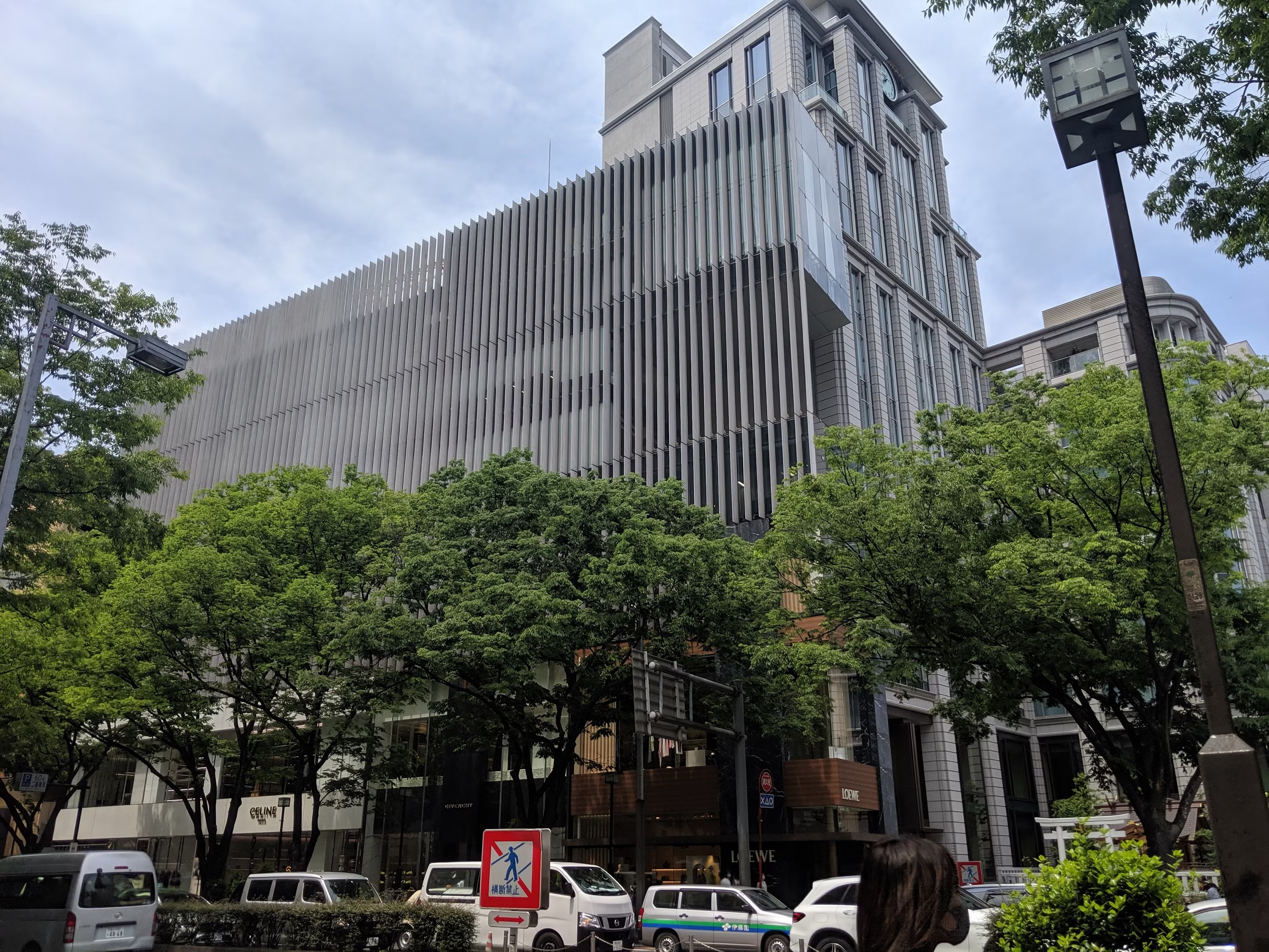

(j) Spiral by Maki Fumihiko:
(k) TOD's Omote-Sando building by Itoh Toyoo:
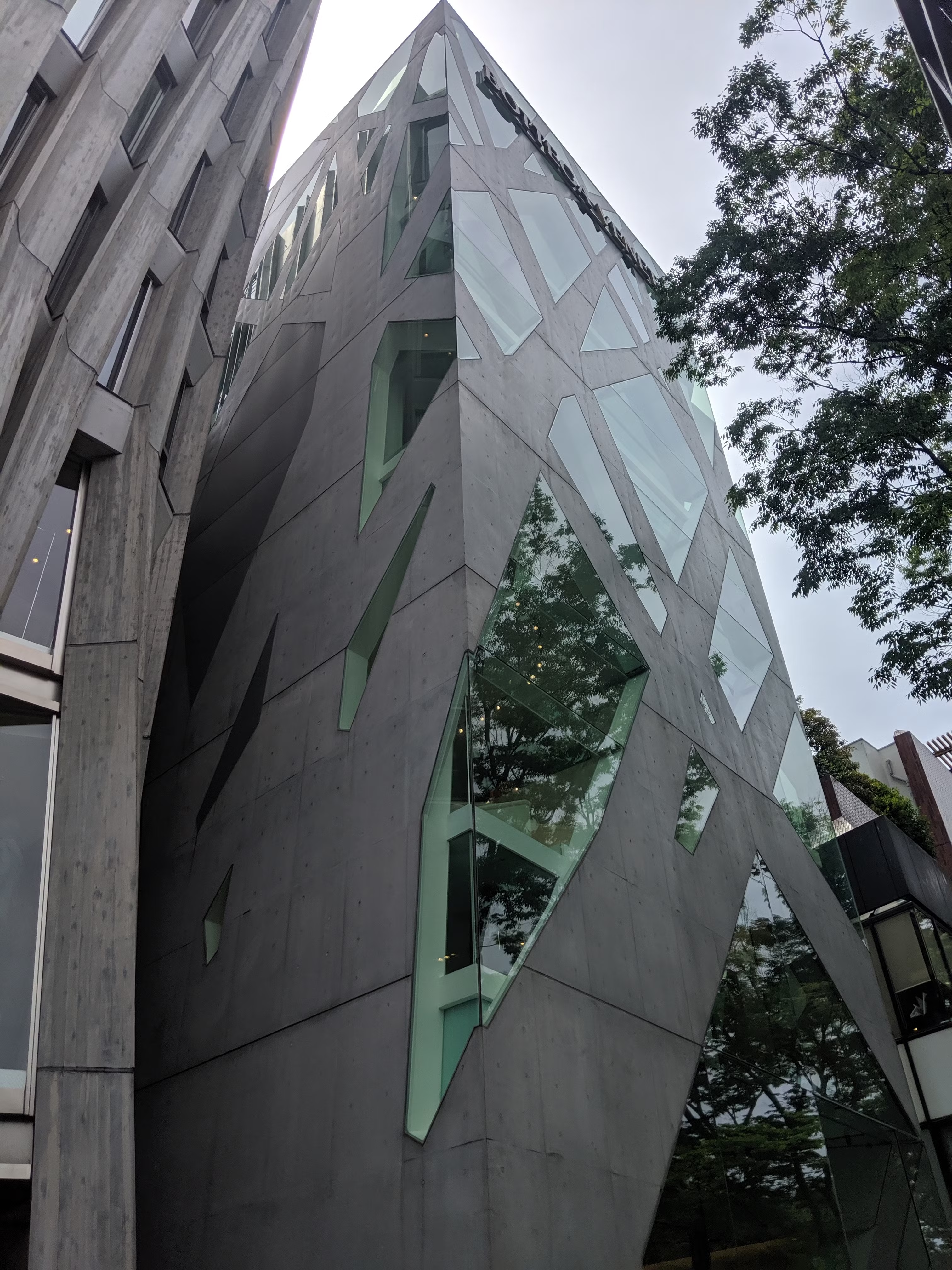
(l) Co-op Olympia by Simizu Corporation:
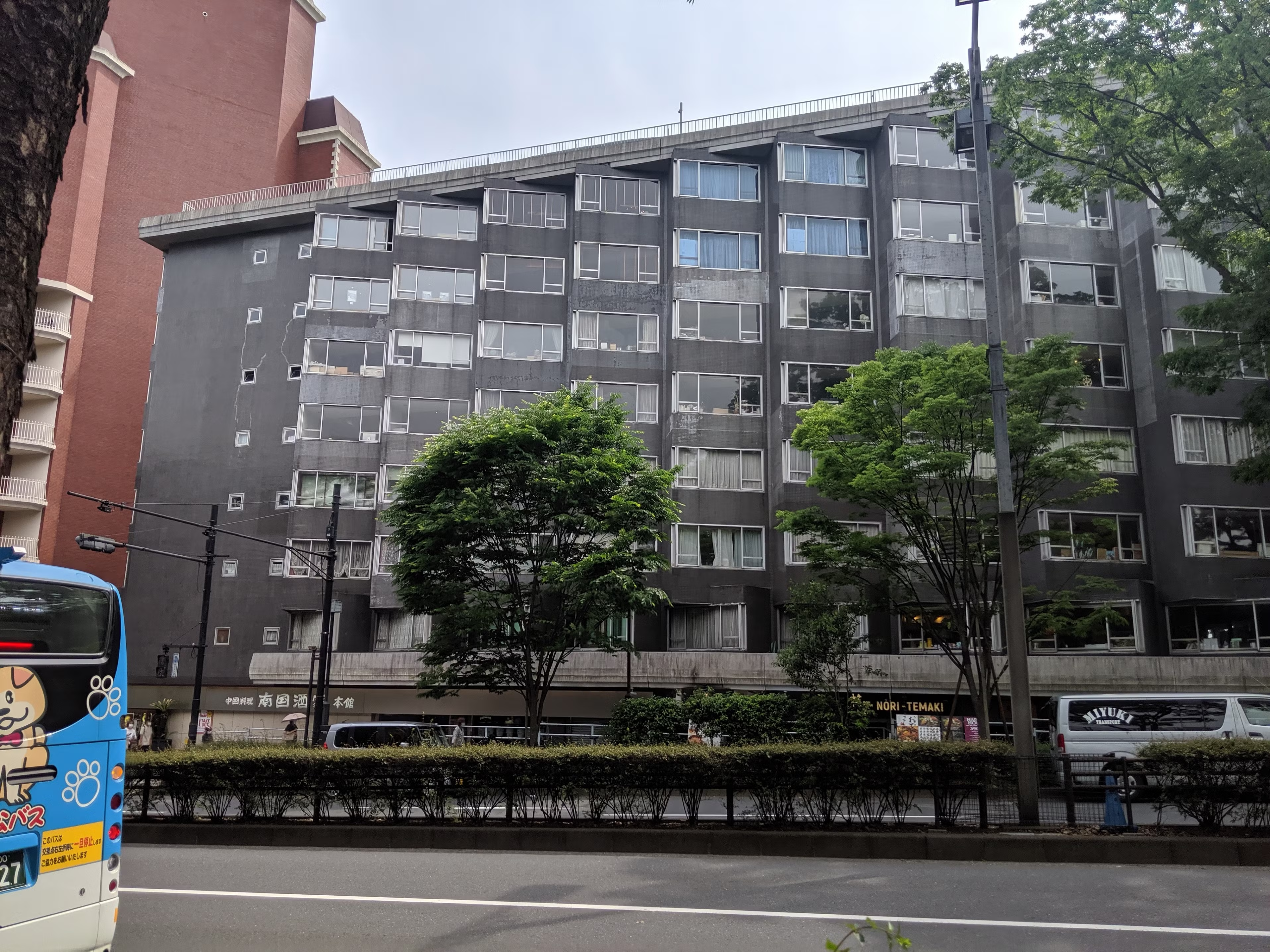
(m) Jewels of Aoyama by Mitsui Jun & Associate architectural design office:
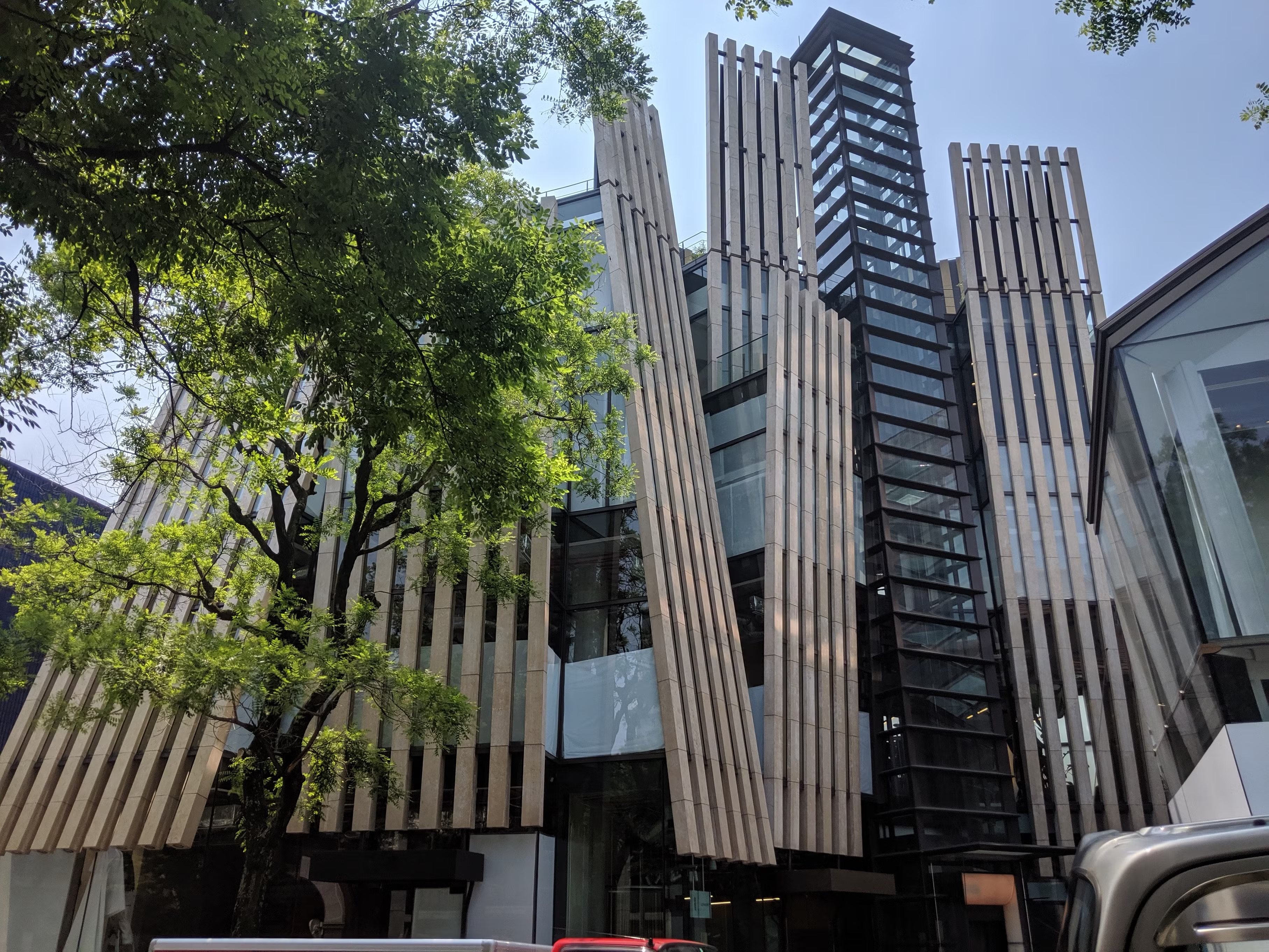
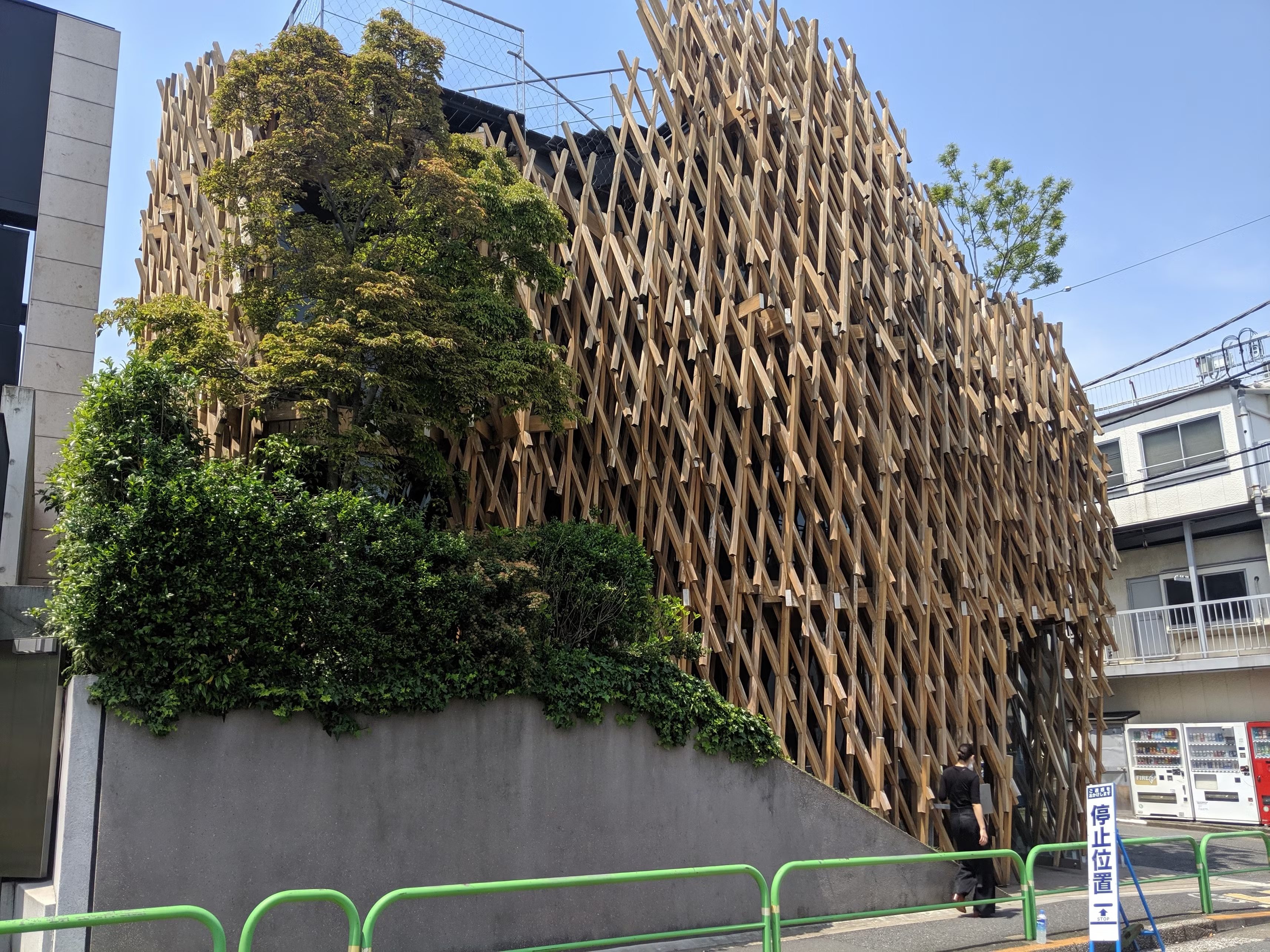
(n) SunnyHills at Minami Aoyama by Kuma Kengo:
(o) FROM-1st building by Yamashita Kazumasa:

(p) Tokyu plaza Omote-sando Harajyuku by Nakamura Takushi and Takenaka engineering firm:
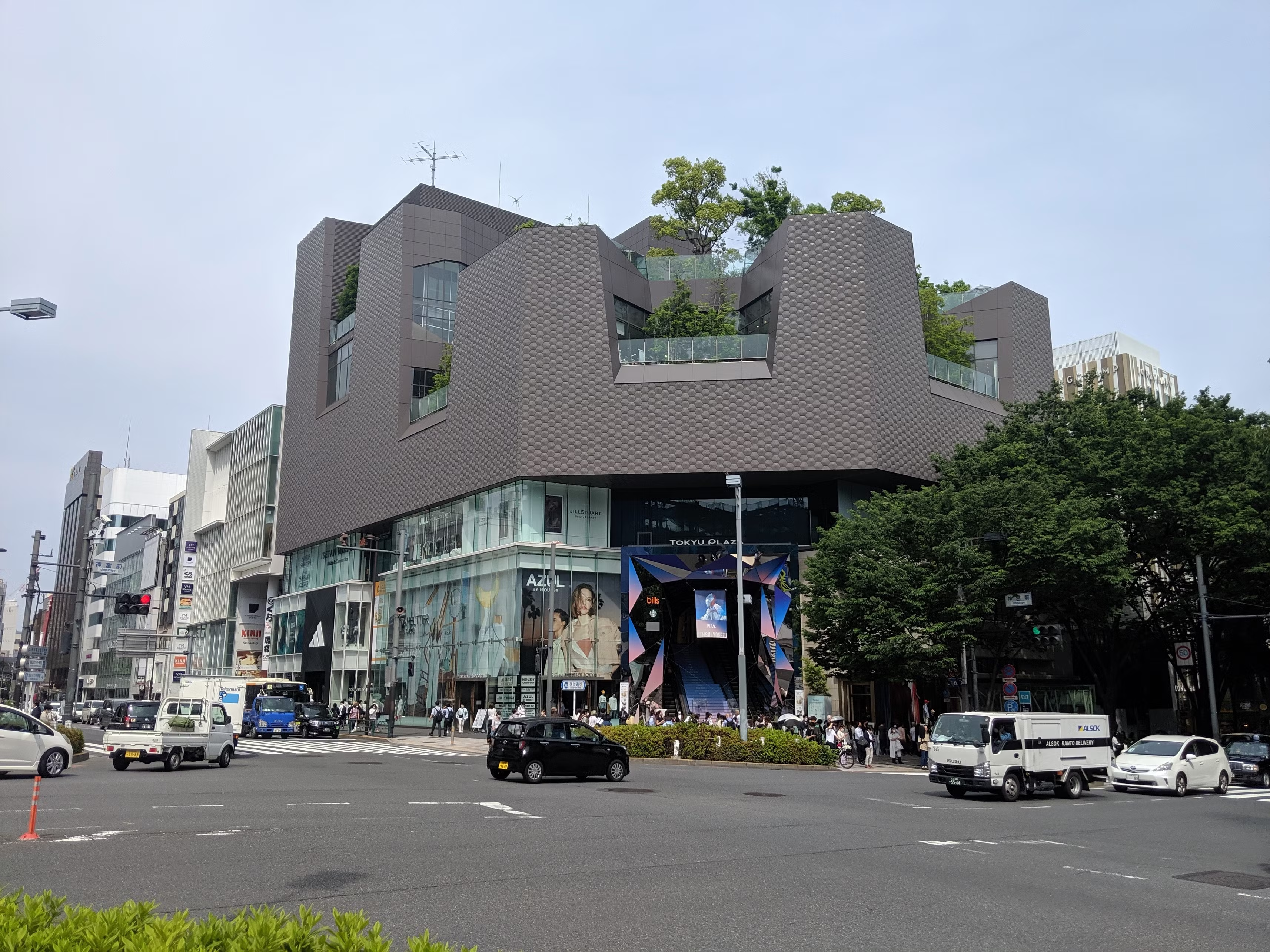
Cherry Blossoms Viewing in Tokyo | GoWithGuide
(1) Tsukiji Fish Market
Tokyo government already relocate the inner market of Tsukiji to Toyosu new market on Oct,2018.
Tsukiji Fish Market consisted of two main areas as the inner market and the outer market.
The inner market is the wholesale market for the professionals where about 480 kinds of marine products are traded.
The outer market sells various kinds of food fish related, cooking tools, retaurants and so-on.
1) The sightseeing of Tsukiji inner market can not be effective at present.
2) The outer market is still available in Tsukiji market.


(2) Shinjyuku / Omoide - Yokocho
Shinjuku station is the place where the world top number of passengers are getting on and off with more than 3million per day and one of the best tourist spot in Japan. - Omoide Yokocho: A lot of small scale of old style food restaurant are lined in both side of the Omoide Yokocho street and serve various kinds of Japanese food such as Yakitori (Grilled chicken), grilled eel, grilled giblets and so-on.
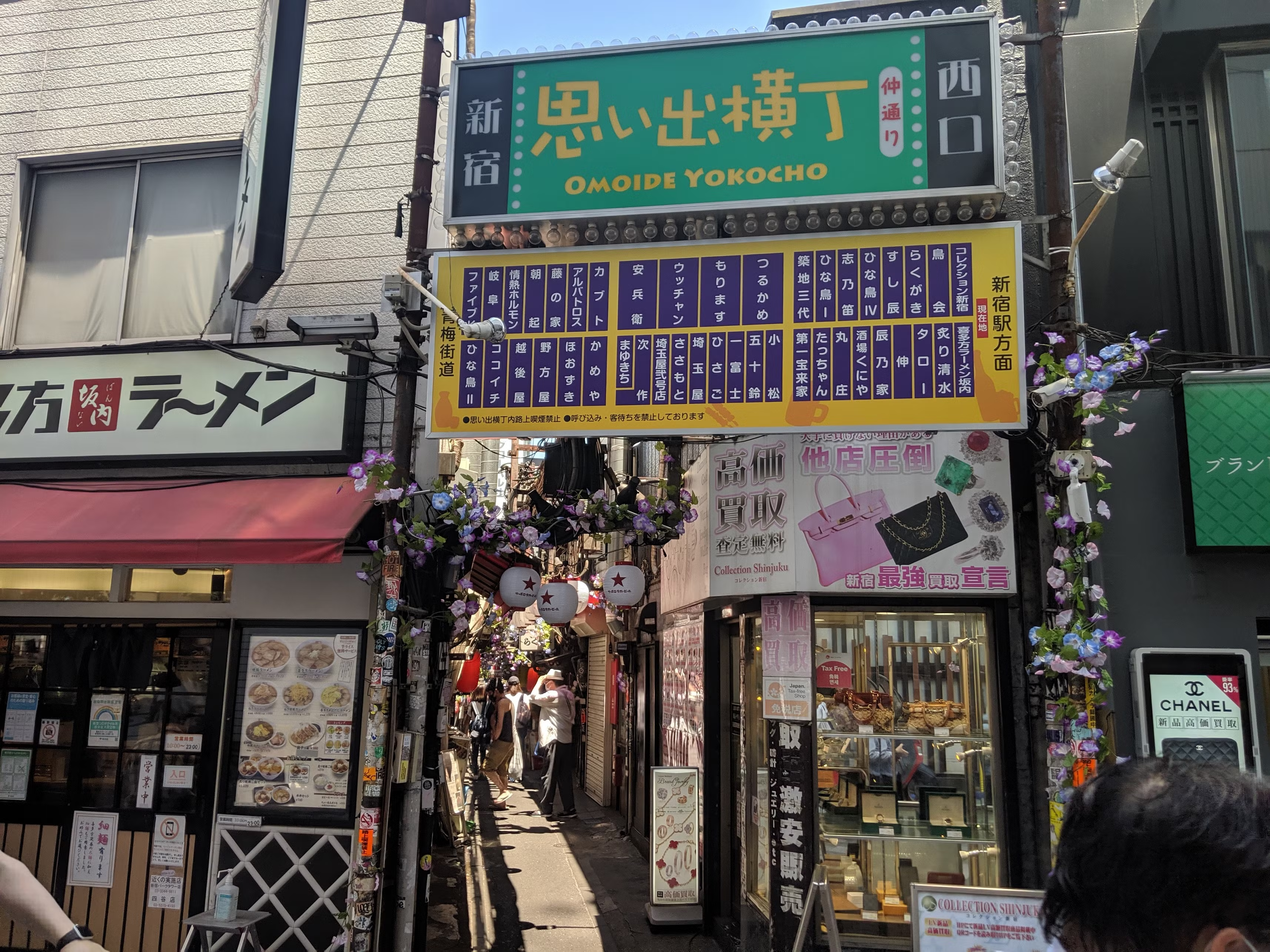
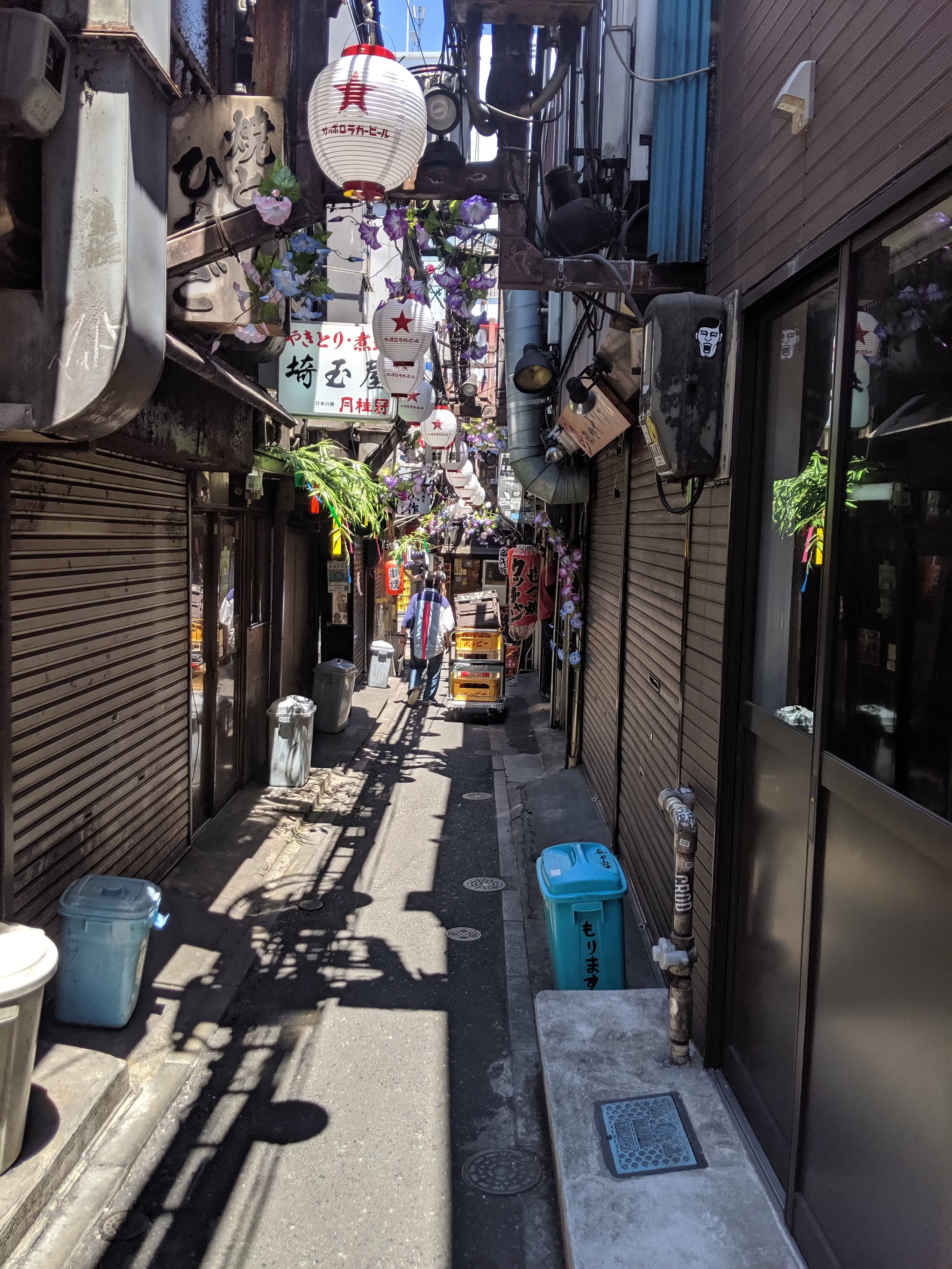
(3) Ame-Yoko Shopping street:
The Ame-Yoko has about 450 stores selling a variety of commercial products. The merchants sell everything from clothing, footwear, and house wears to fresh seafood, fruits, and vegetables at bargain prices.
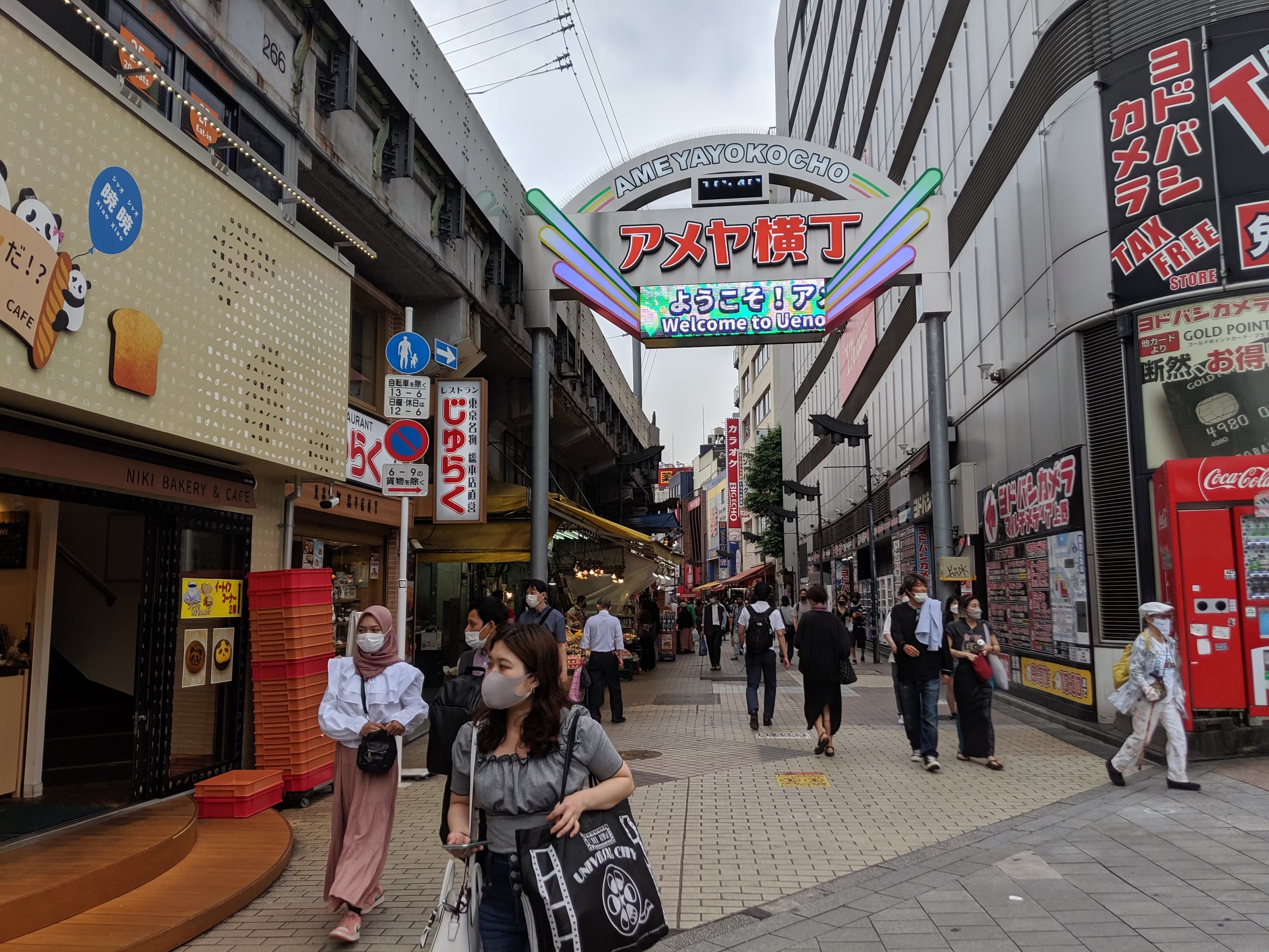
There are also many small restaurants and food stalls selling skewered grilled chicken (Yaki-tori) and grilled cooked octopus balls wrapped in batter (Takoyaki) in this shopping street.
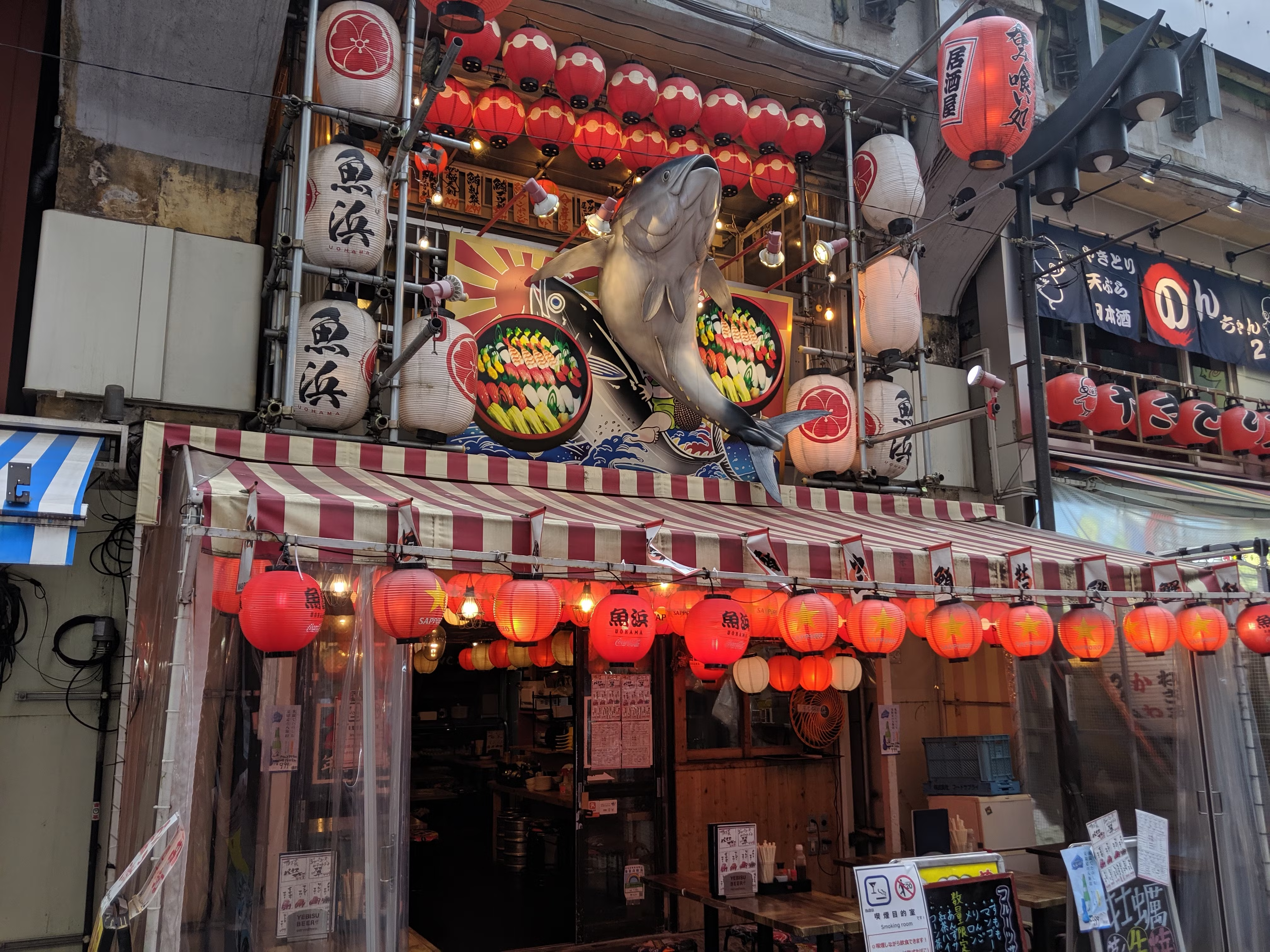
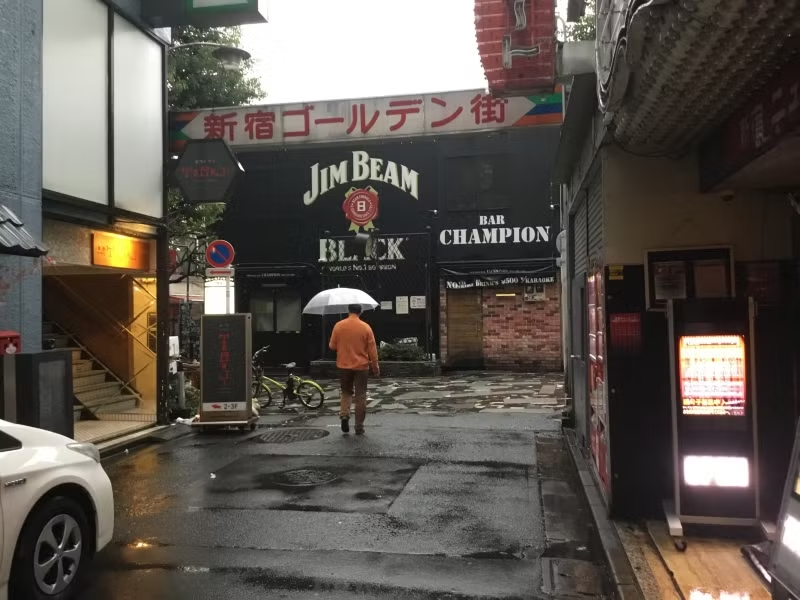
(4) Shinjuku Golden Gai (drinking street)
Shinjuku Golden gai is a drinking restaurant district in Shinjuku which has been built with Japanese style wooden Single Story low houses just after World War2. Lots of people from old ages to young generation come here to drink and eat with enjoying conversation. Recently, many tourists from various foreign countries have visited here.
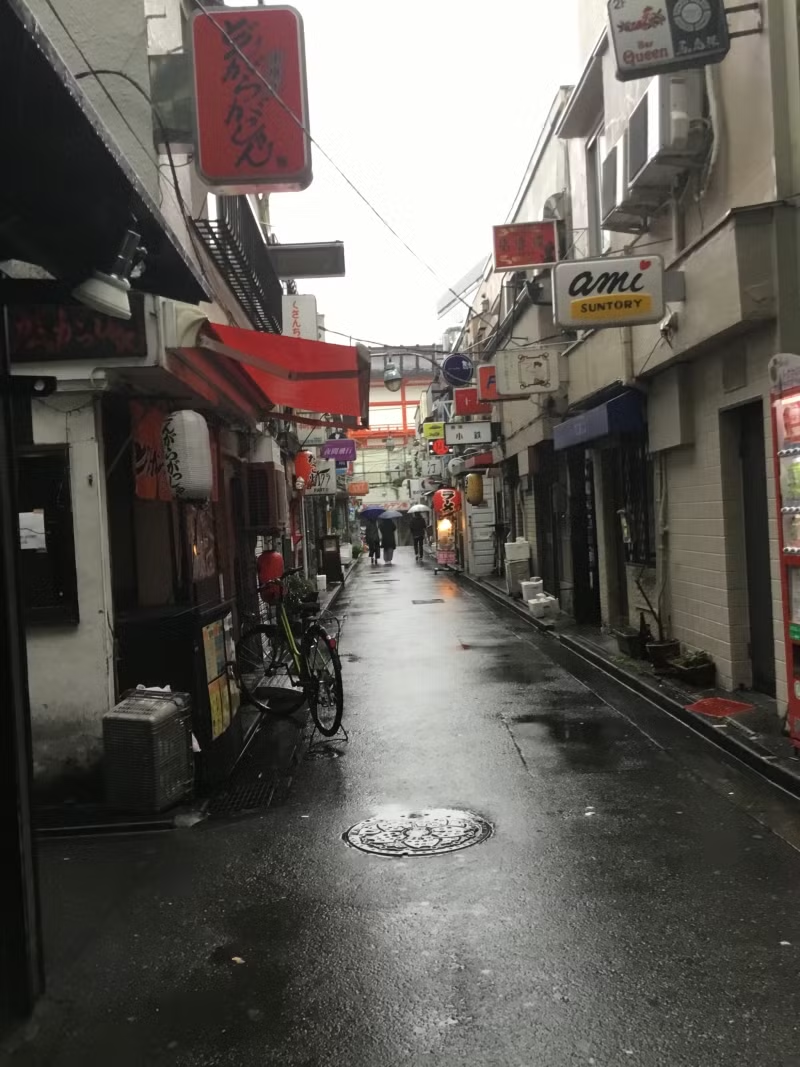
(1) Enjoyment of Ninjya training :
Asakusa Ninjya Café:
This café is a entertainment café for people not only children but also adults can enjoy Ninjya training such as Ninjya weapon (a throwing- knife and blowguns) handling and sword handling. The staffs are professional Ninjya who are trained in authentic Iga.
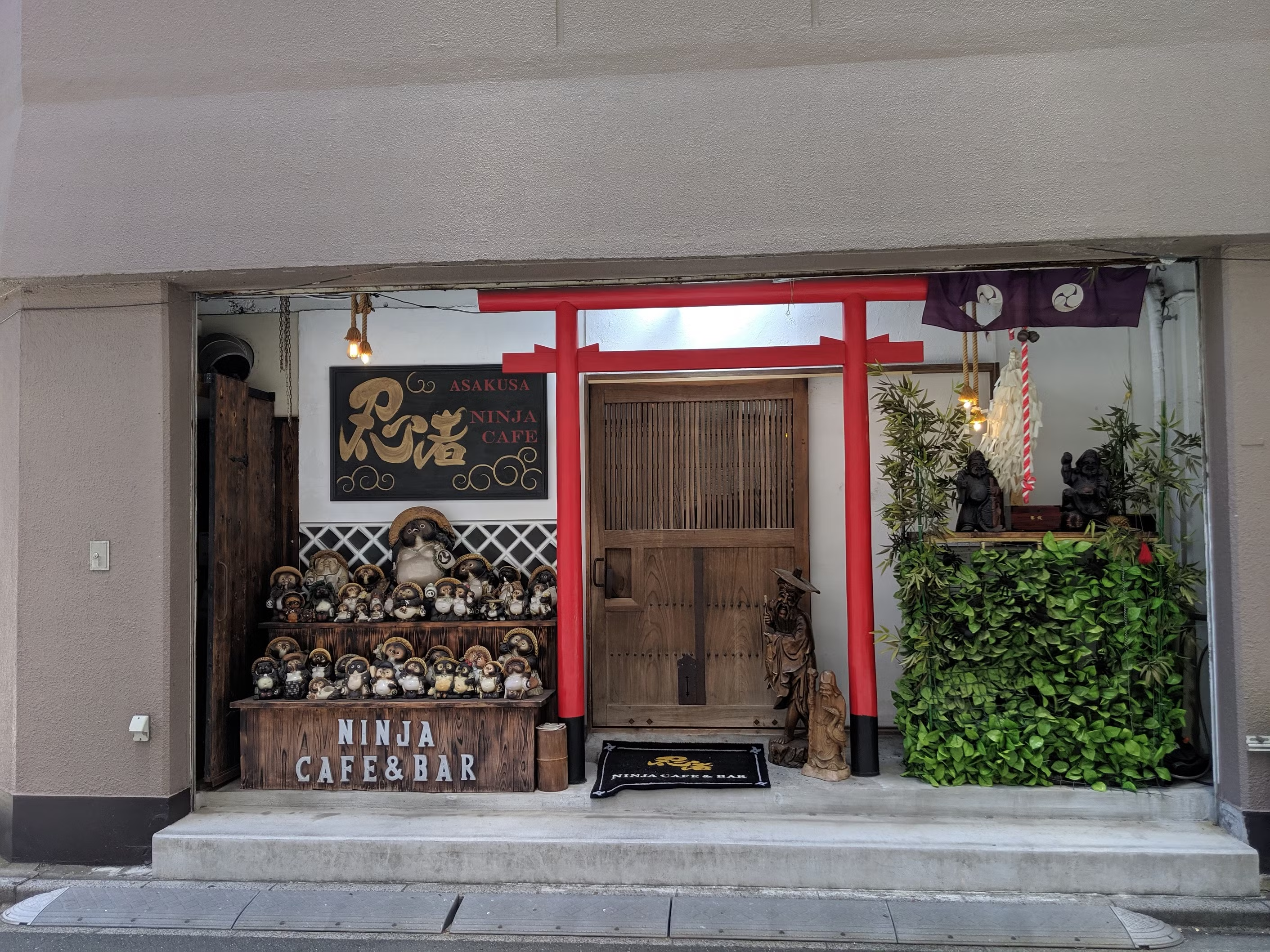
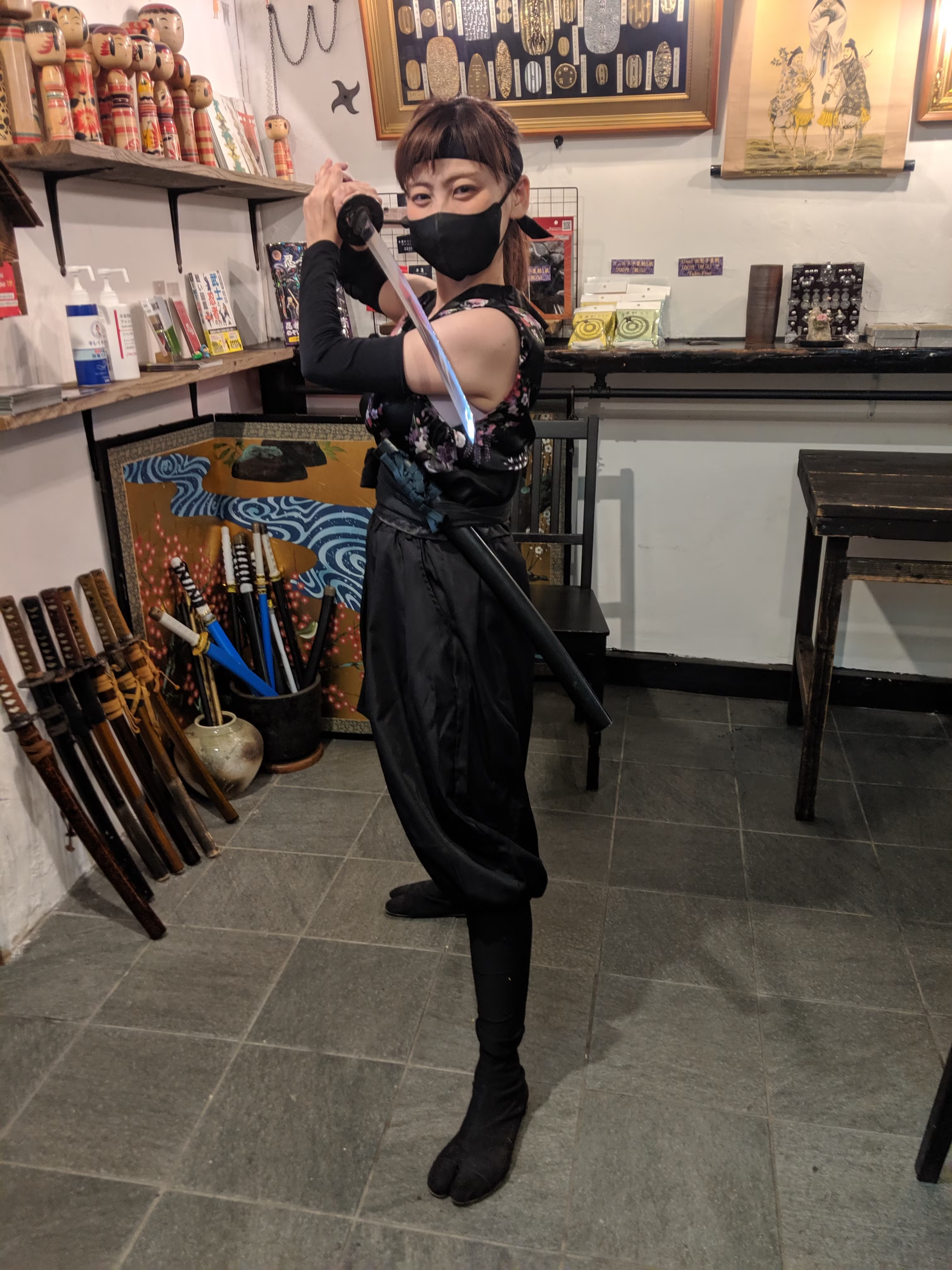
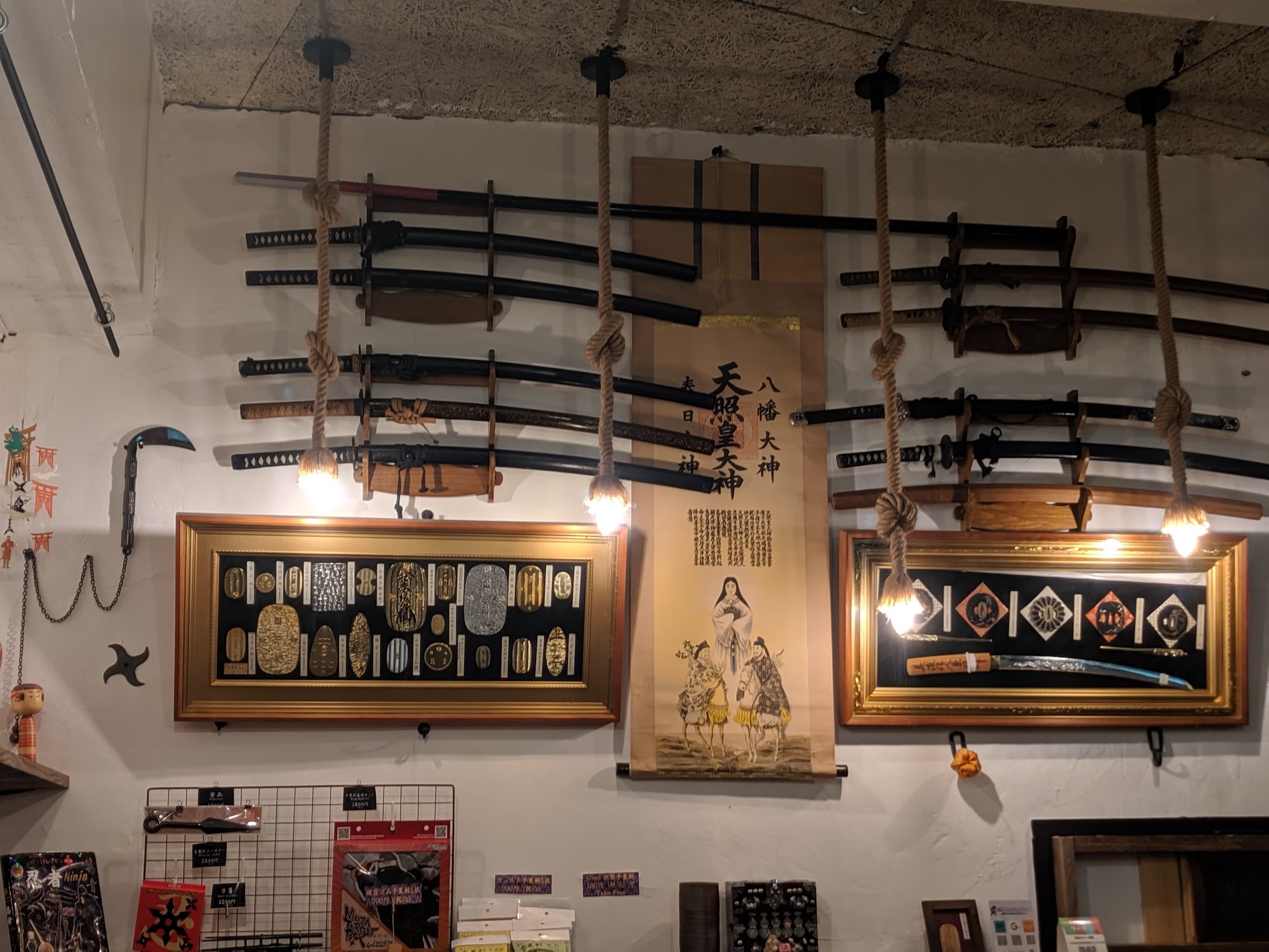
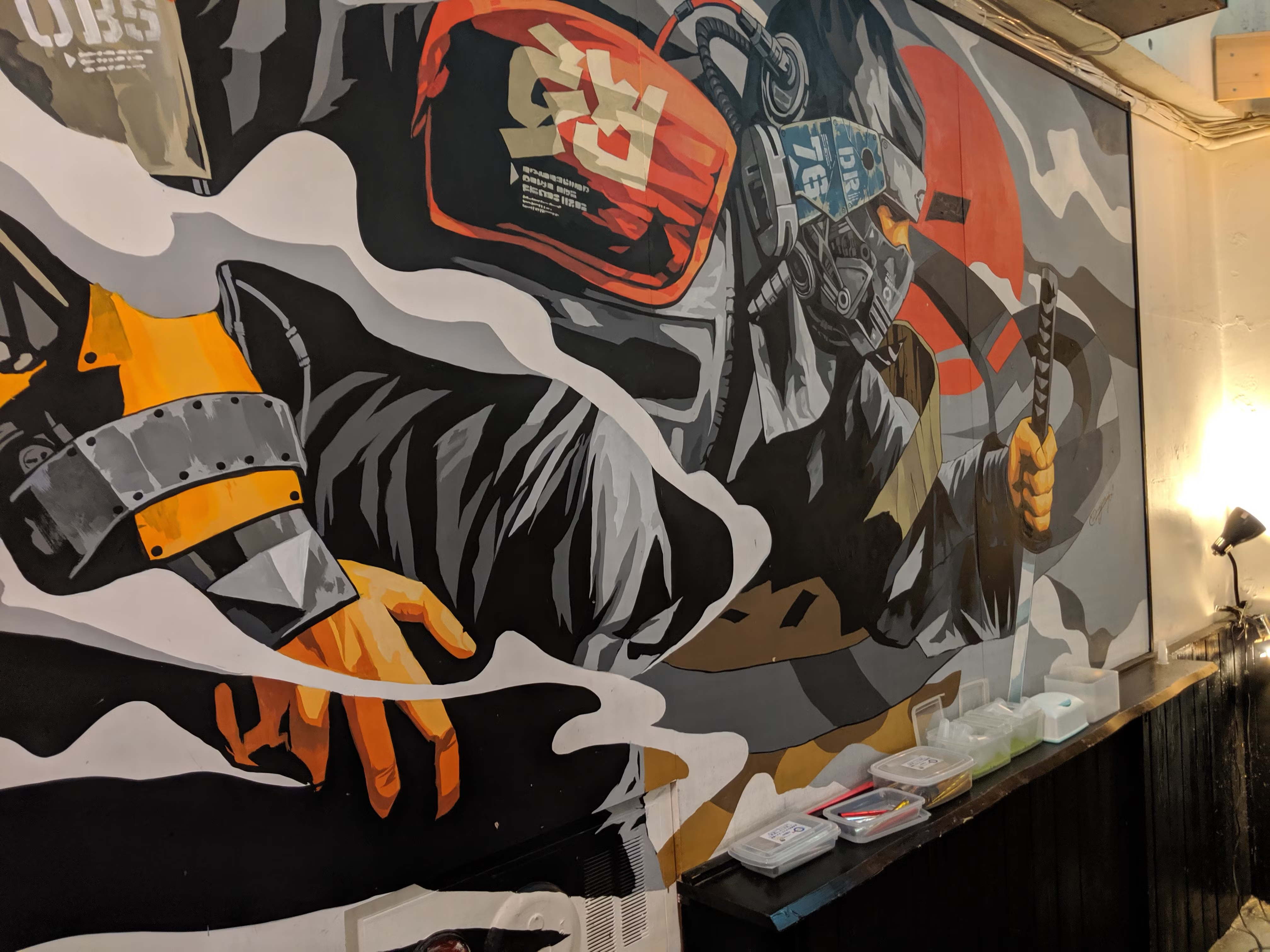
(2) Sumo-training watching
Sumo Introduction For Your Great Experience
(3) Kabuki short watching in Ginza
Ginza is the best graceful and sophisticated town in Japan where a lot of brand name shops are lined along the street and all kind of luxurious and delicious food restaurants are gathered. (photo: below left & middle) Kabuki Theater (photo: below right) is located in the eastern end of Ginza that was built in 1889.
Regarding Kabuki show:
One is formal show watching over around 3 hours with fairly expensive.
Another is non-reserved one hour (only one stage) show with yen3000 per person. I can arrange either way.
(4) Tea ceremony experience with Kimono trial

(1) Bonsai watching: Shunka-en museum located in east end of Tokyo.
One of the Japanese traditional culture and symbol which is well known in the world is Bonsai. The root of Bonsai is from China called Bonkei. It is said that Bonkei appeared in Tang dynasty (China: 618-907). Landscape painted by two dimension is Shan sui (landscape painting), Landscape created by three dimension is garden and landscape planted into tray is Bonkei. Those Bonkei was transferred to Japan at Heian era (794~1185) by China merchant.
Current technology of Bonsai planting in Japan has been originally developed and transferred by Japanese craftsmanship skill.
This museum was built by Kunio Kobayashi who is the master of Bonsai art field. There is a solemn Japanese house inside the garden where lots of Bonsai art are exhibited. Also you can see many various types of pots of bonsai in the garden. The garden seem to be a Japanese traditional garden with pond and trees.
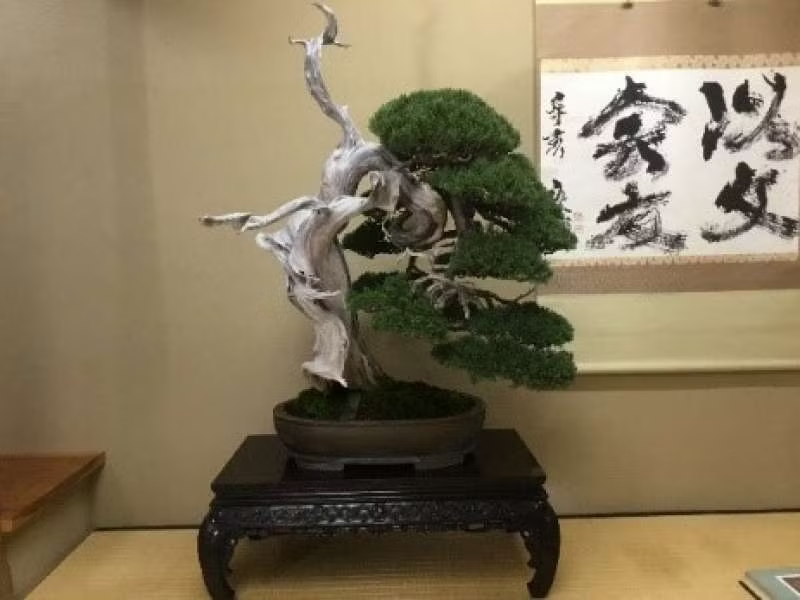
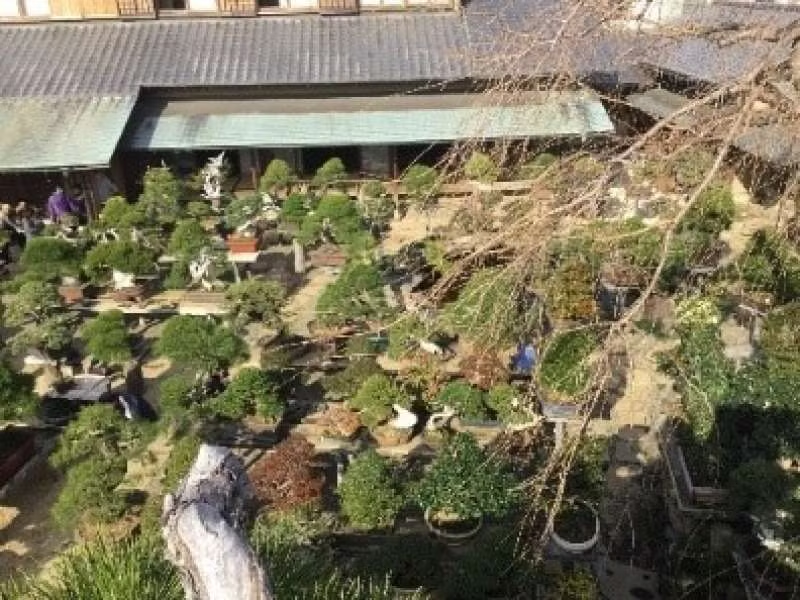
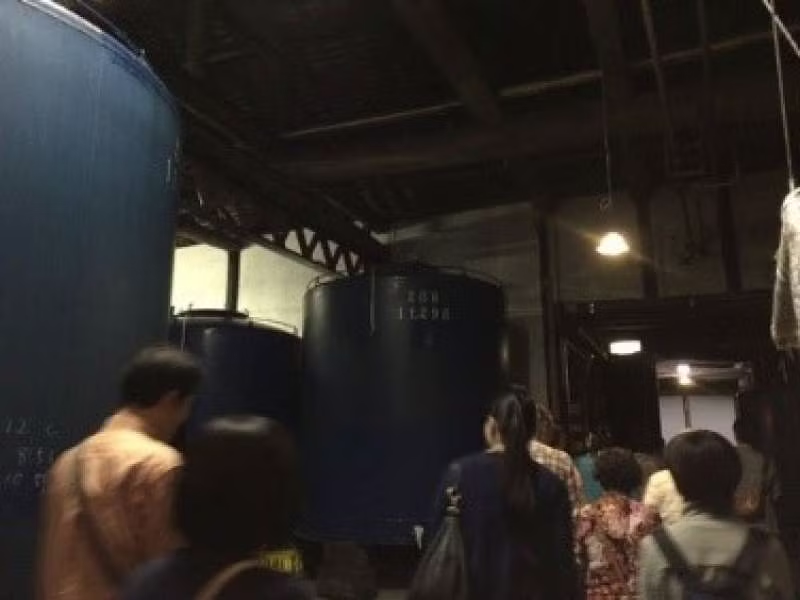
(2) Sake-brewery watching located in Tokyo Oume city which manufactures the Sake named “Sawanoi”.
You can experience the Sake brewery study tour with around 1 hour inside the Sake brewery house.
Also, you can see the garden near the house where you can see Tmagawa river and relaxed.
You can learn the knowledge of sake and the process of sake more in depth and taste of sake. You experience the traditional Japanese-style food with sake in the restaurants of the sake-factory.
You enjoy the view of beautiful autumn leaves in the garden of the sake-factory
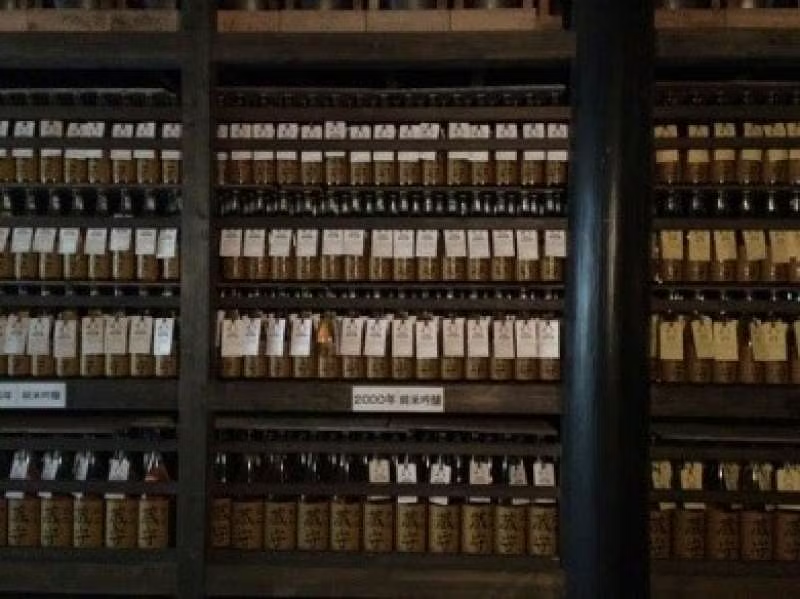
(L) Enjoyment for kids such as Amusement facility, shopping of latest trendy goods, entertainment café and so-on:

(1) Harajyuku / Omotesando
Takeshita street : Shops fit to young people are lined up in both side of the Street.
Trendy accessory and cloths can be purchased with reasonable price.
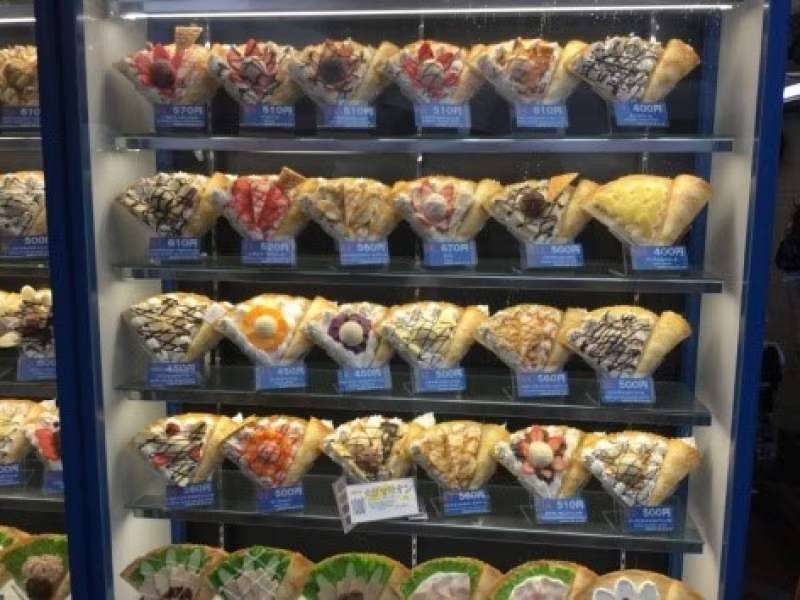
Crepe of popular food in Harajyuku: Harajyuku is famous for the area where the crepe shops started for the first time in Japan.
You can smell sweet scent of the crepe mixed with ice cream and fruits.
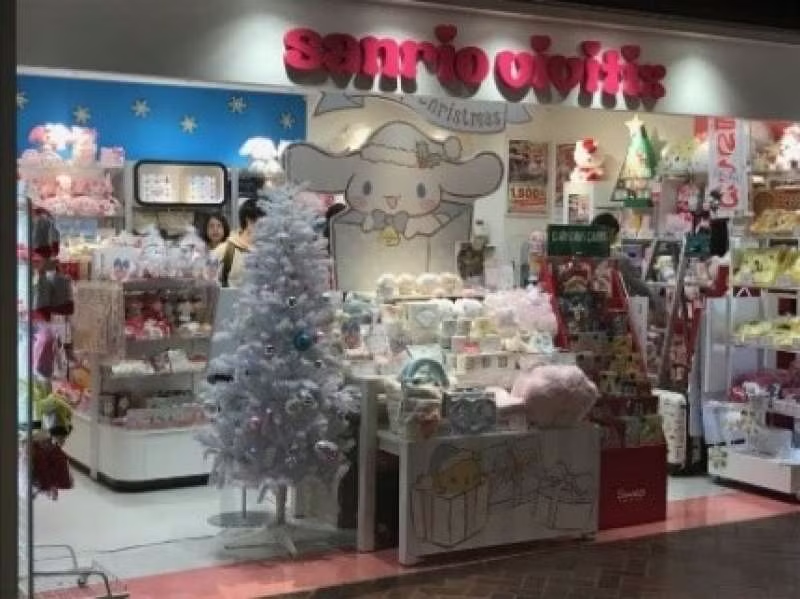
Hello Kitty: sanrio vivitix Harajuku:
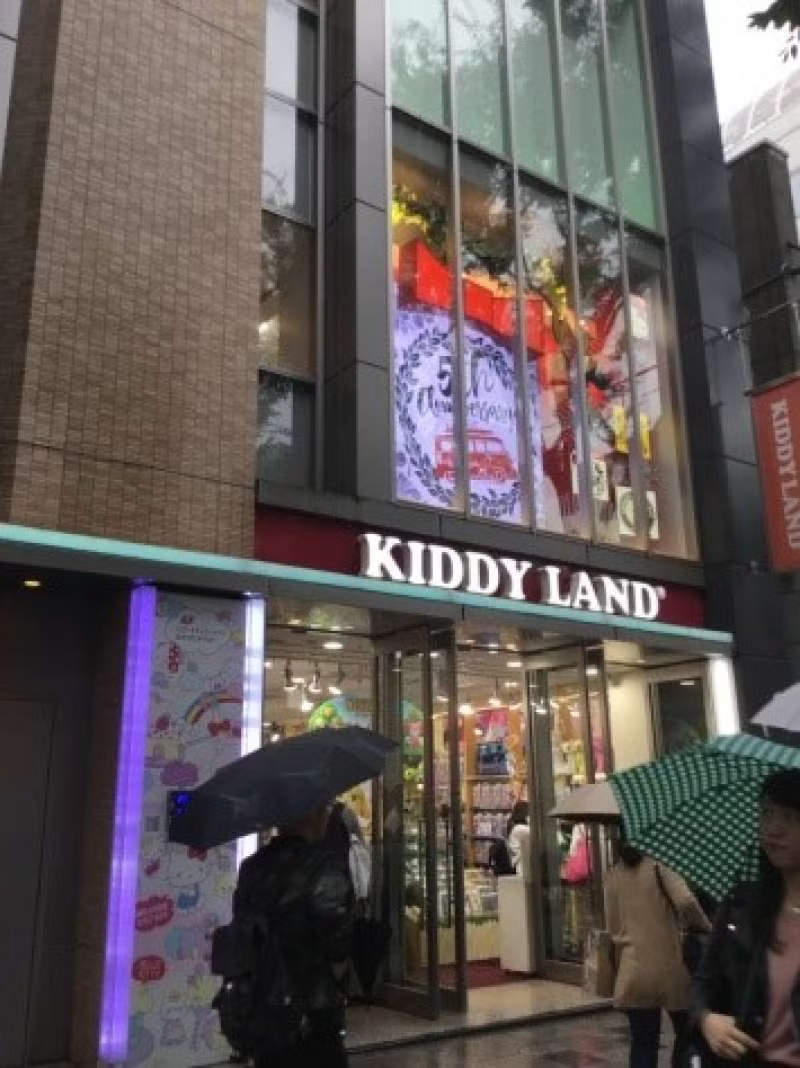
Kiddy land: Many character goods such as Kitty chan, Funassy, Snoppy are sold.
People who like pretty goods will rise up with high tension.
(2) Akihabara: Anime, Games, Comics, and new fashion trend experience:
Akihabara is the town where various culture gathered at one place. This town is famous for not only Electrical town but also the holy place of Otaku culture such as Anime, comic, card game shops, maid cafes, anime products and idol which all the world knows well. The shop filled with many toy vending machine selling capsule toys called “Gasha-pon” which is popular along with the instant photo booth, Pri-Kura. Recently, Akihabara also has been re-developed for trendy shops and facilities which are attracted as one of attention items of this town.
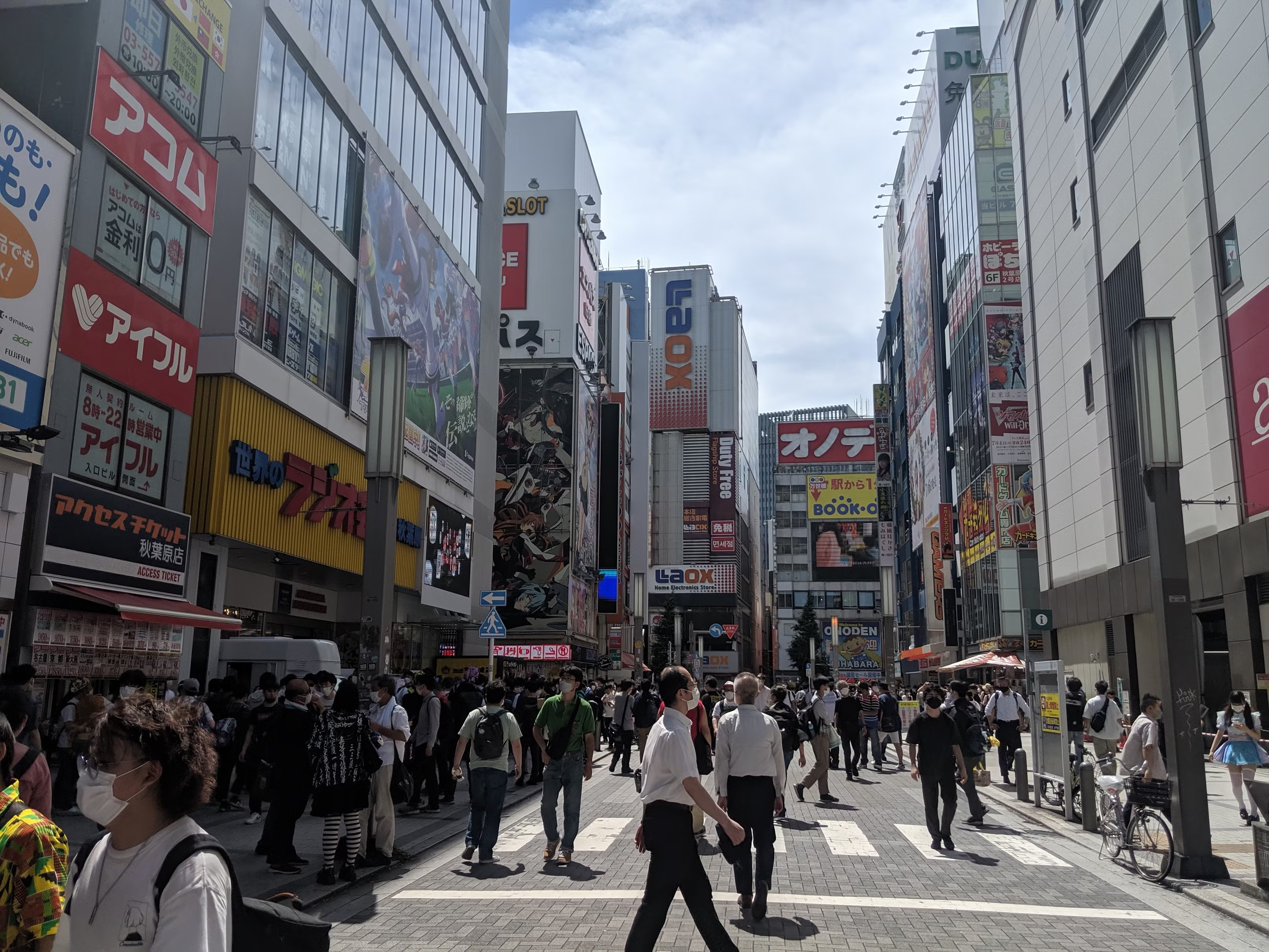
Electrical town:

Anime, comic, card game shops:
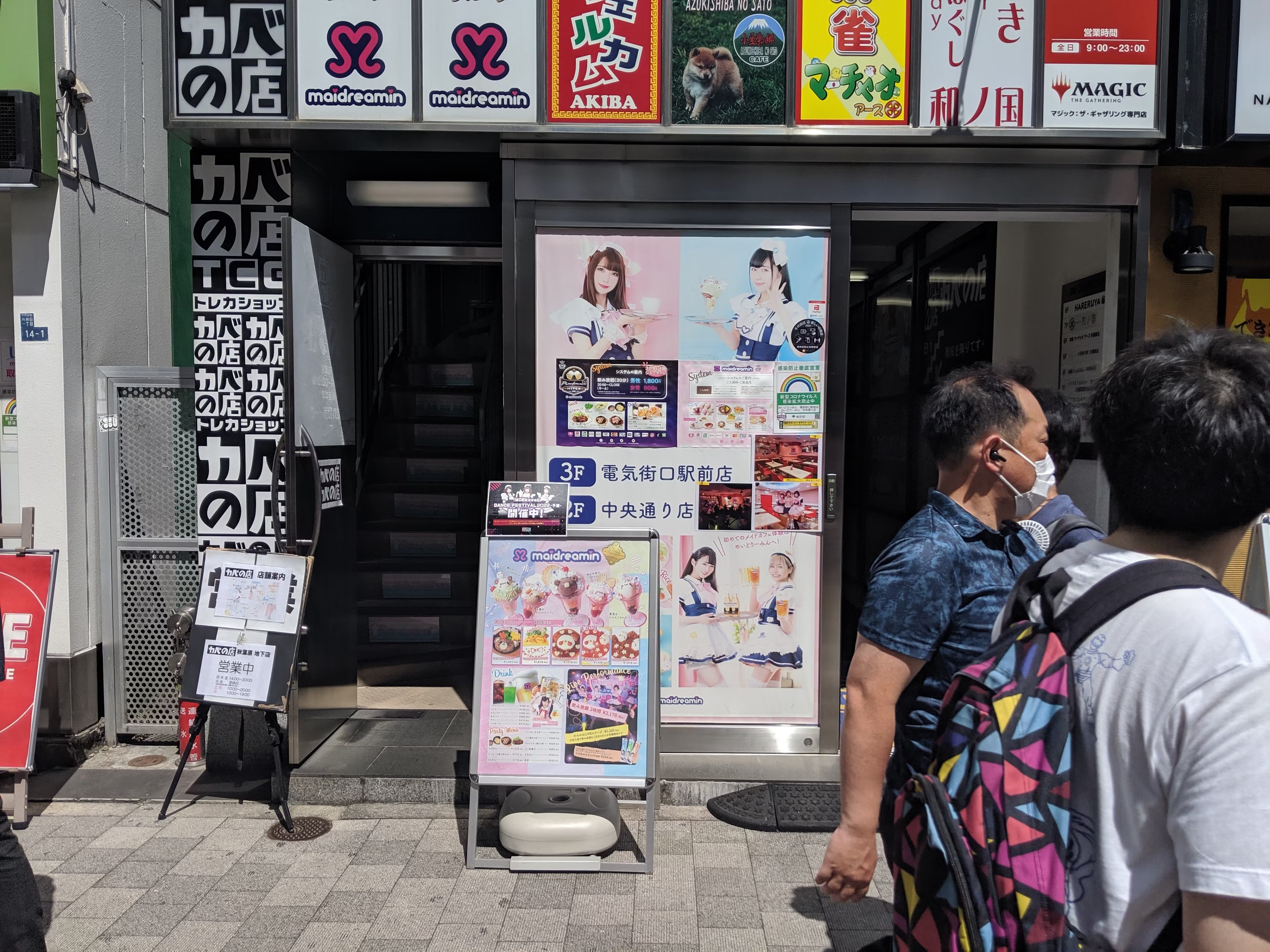
Maid cafes:
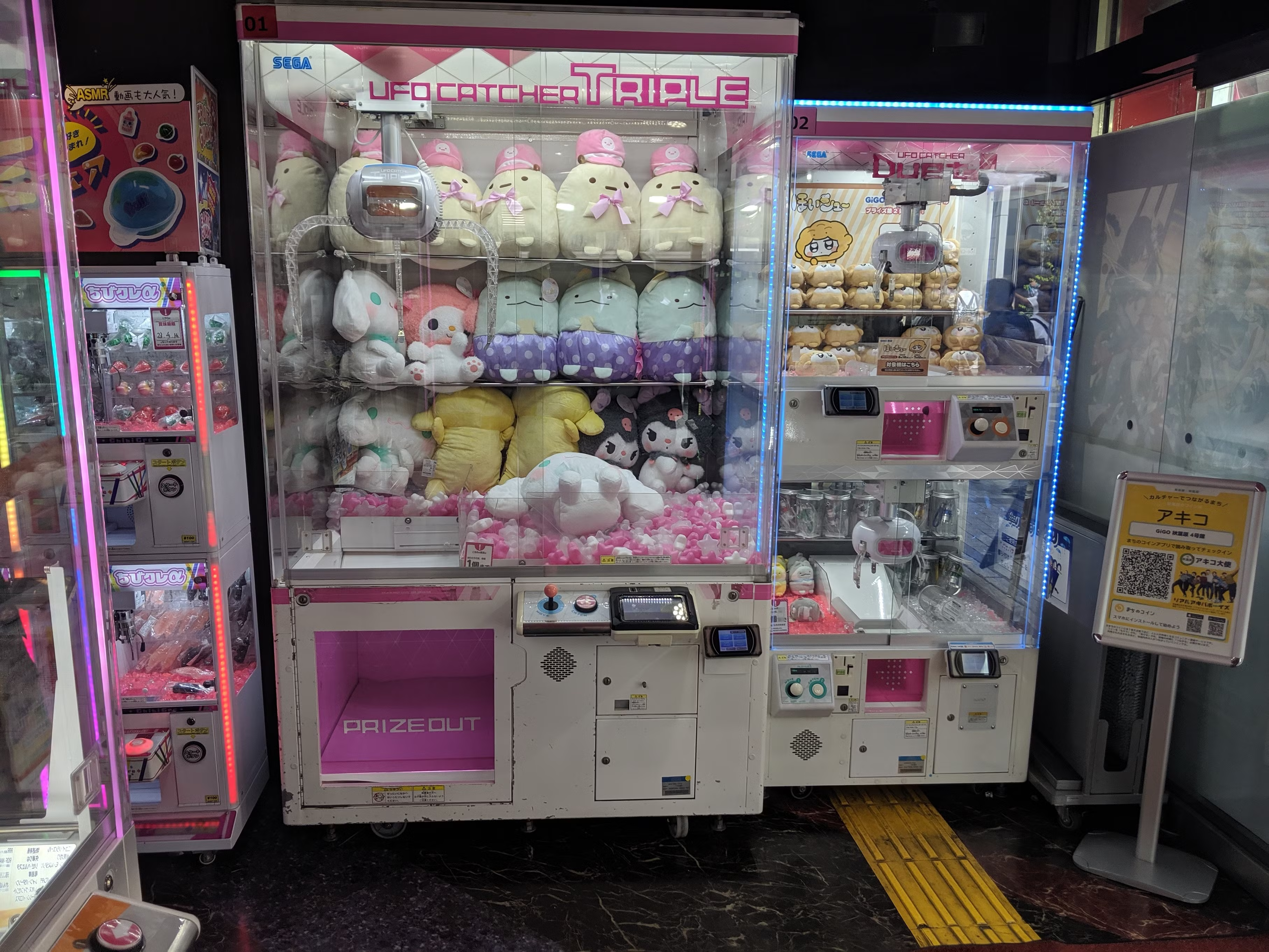
Shop filled with many toys, vending machine selling capsule toys called “Gasha-pon”:
(3) Anime official shop such as Doraemon and so-on in Diversity Tokyo plaza
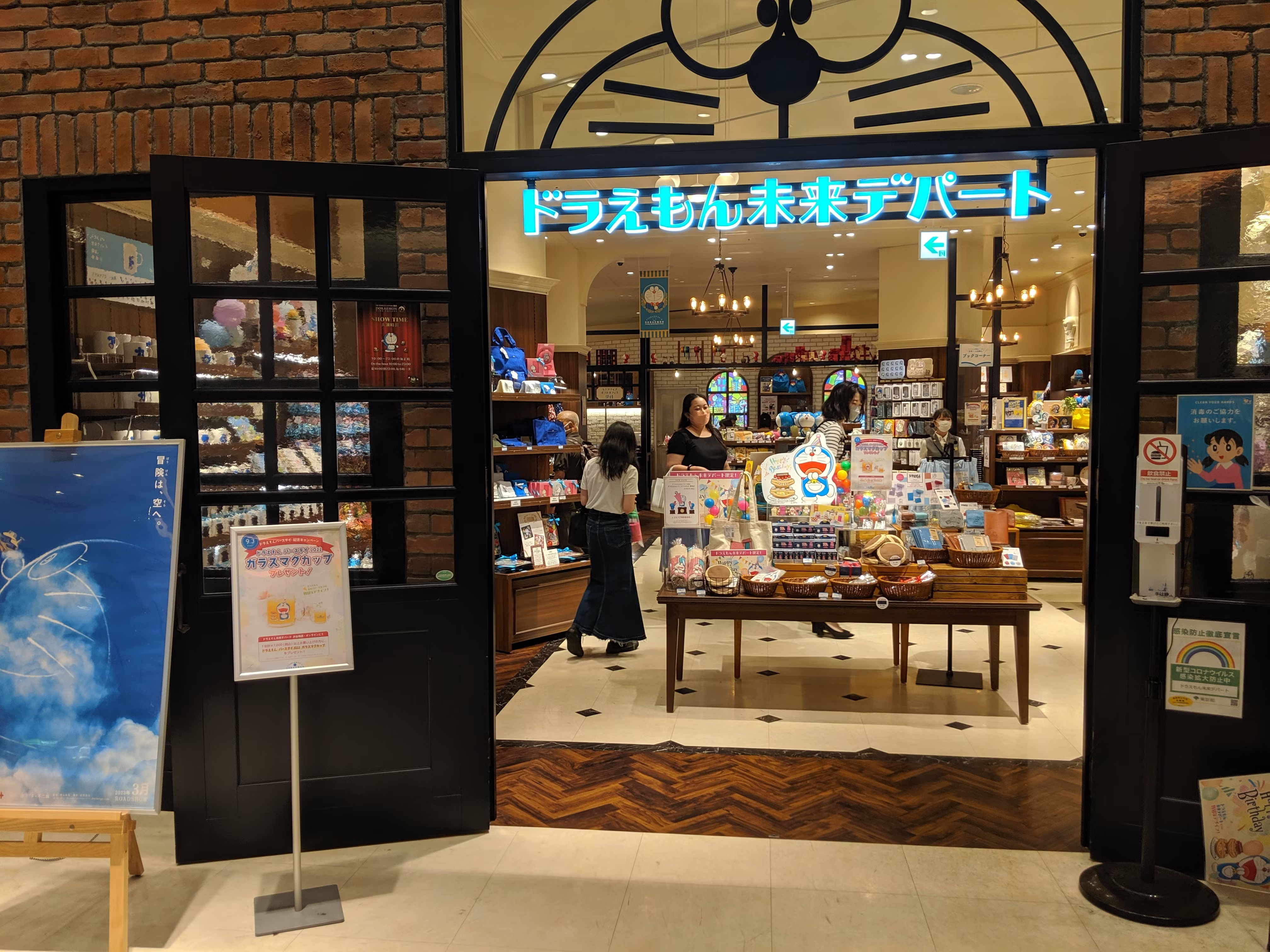
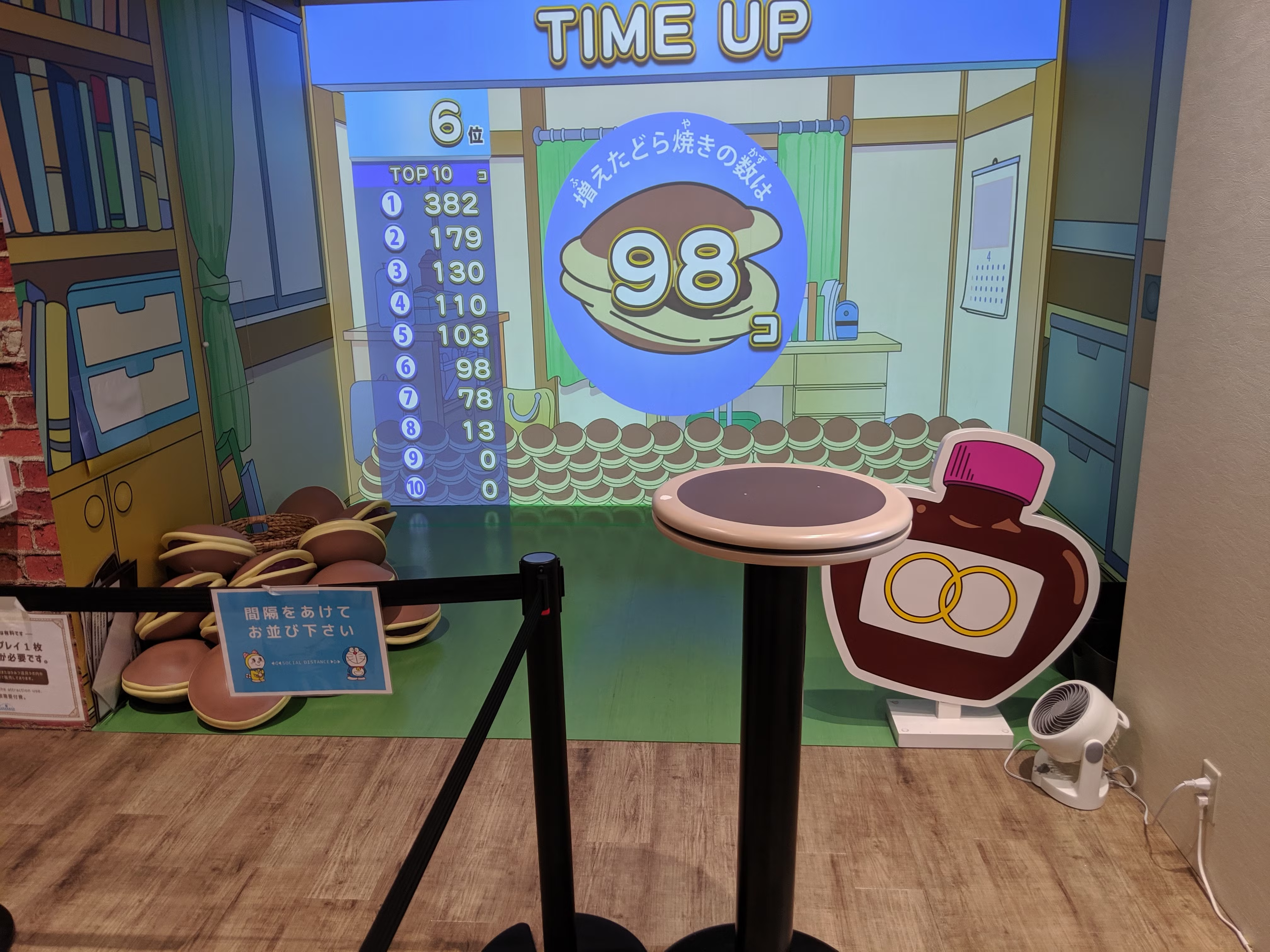
(4) Tokyo Joy Police in Odaiba:
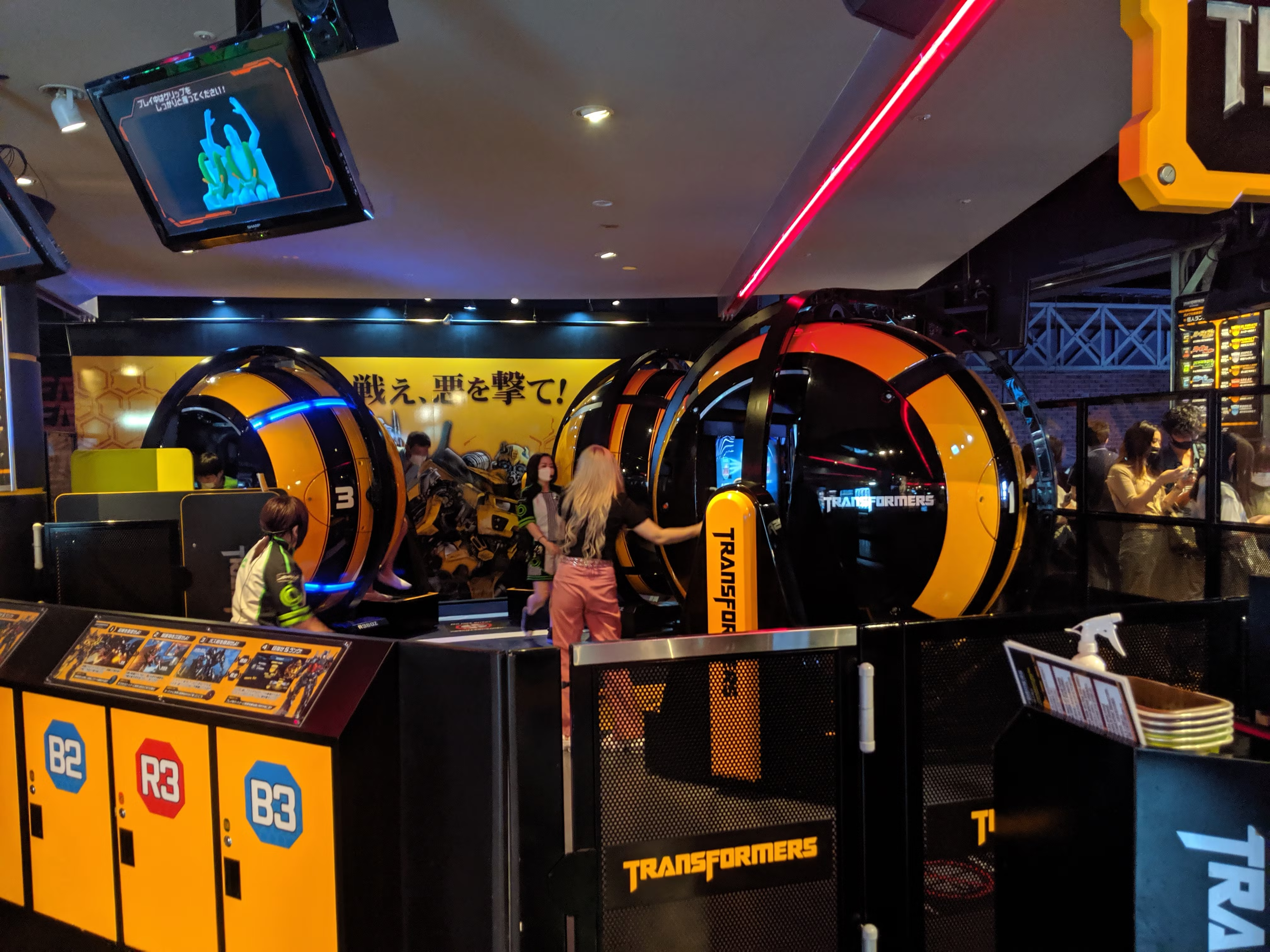
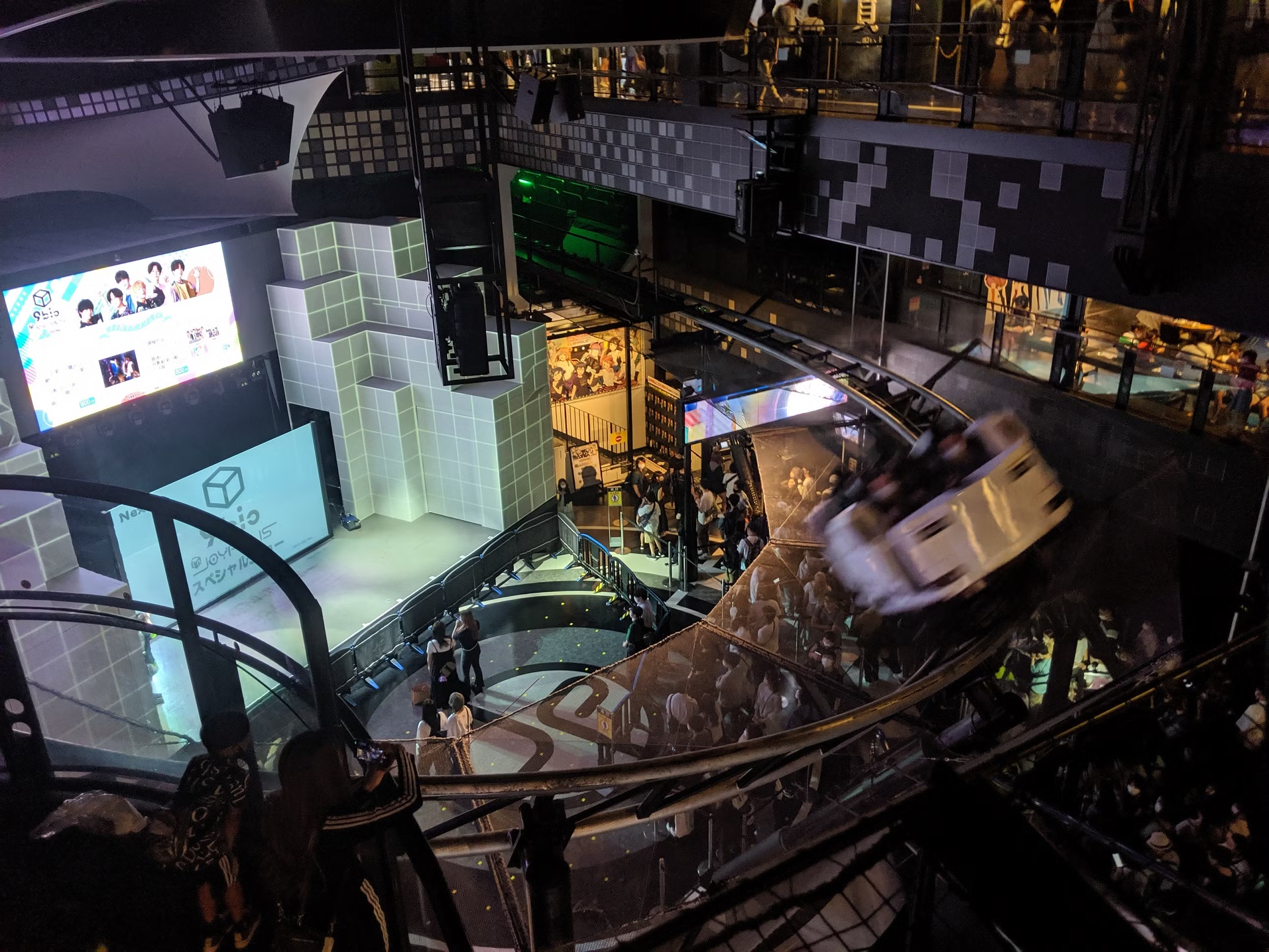
(5) Shibuya Parco Anime & game floor

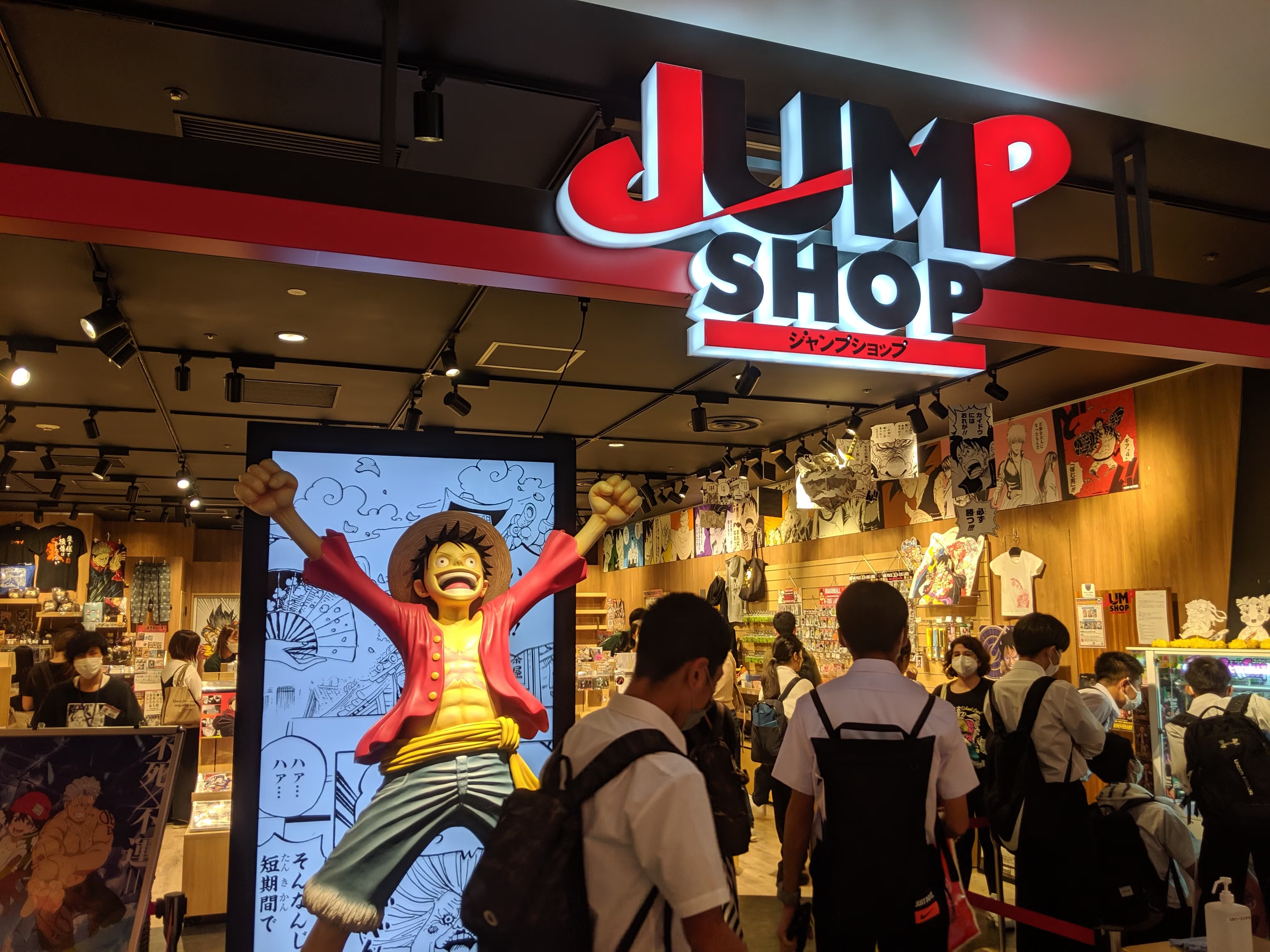
If you would like to visit theses spots, please contact me through below URL which show my tour proposal registered in GoWithGuide.
Tokyo full enjoyment tour of historical atmosphere and modern advanced entertainment spots
Tokyo full enjoyment tour of historical atmosphere and modern advanced entertainment spots
Tokyo Full Enjoyment Tour of Traditional Town, Buildings and Beautiful Garden
By Kashima
You can send me a message to get a customized itinerary and quotation for an unforgettable experience.
I'll be waiting for you, so please check my profile and get your trip plan now
Chat with a local tour guide who can help organize your trip.
Send a MessageTokyo, Japan
Tokyo, Japan
Tokyo, Japan
Tokyo, Japan